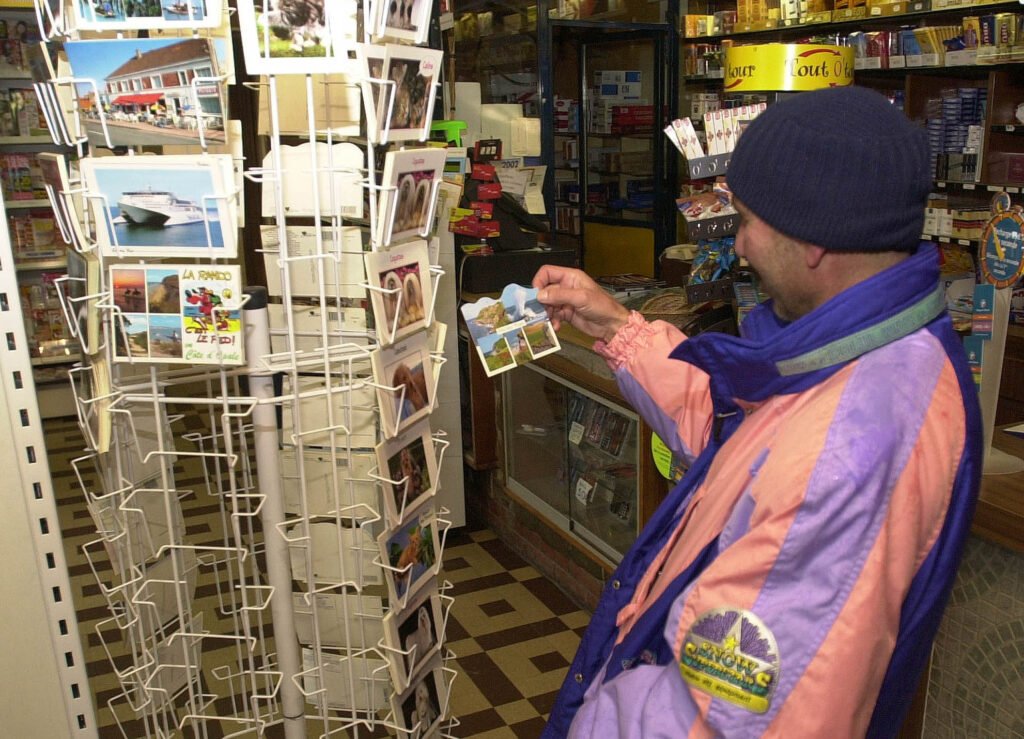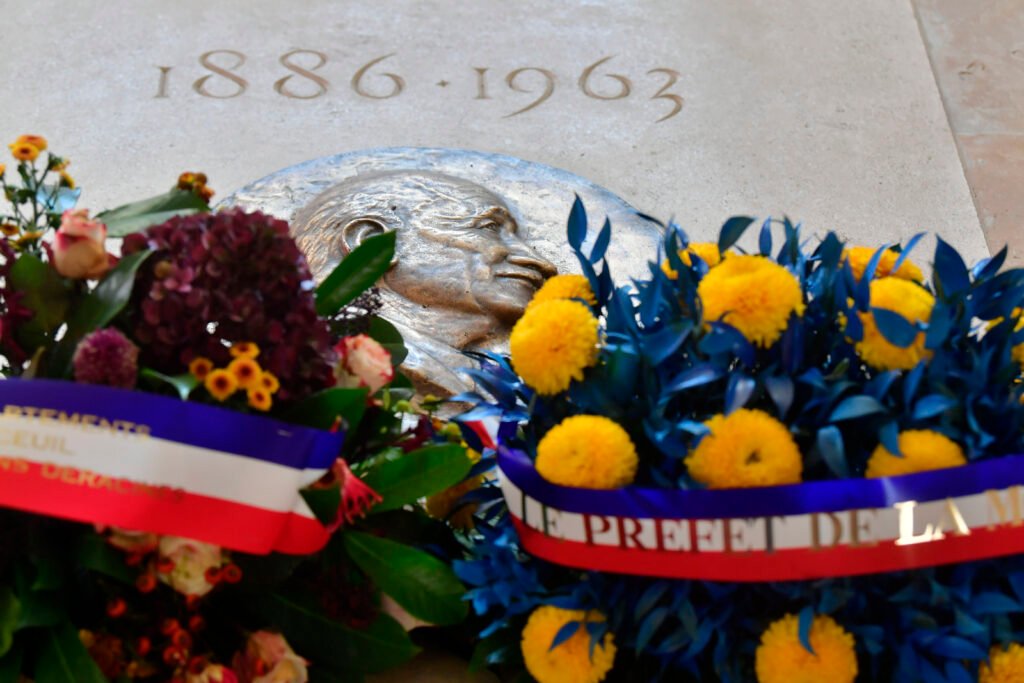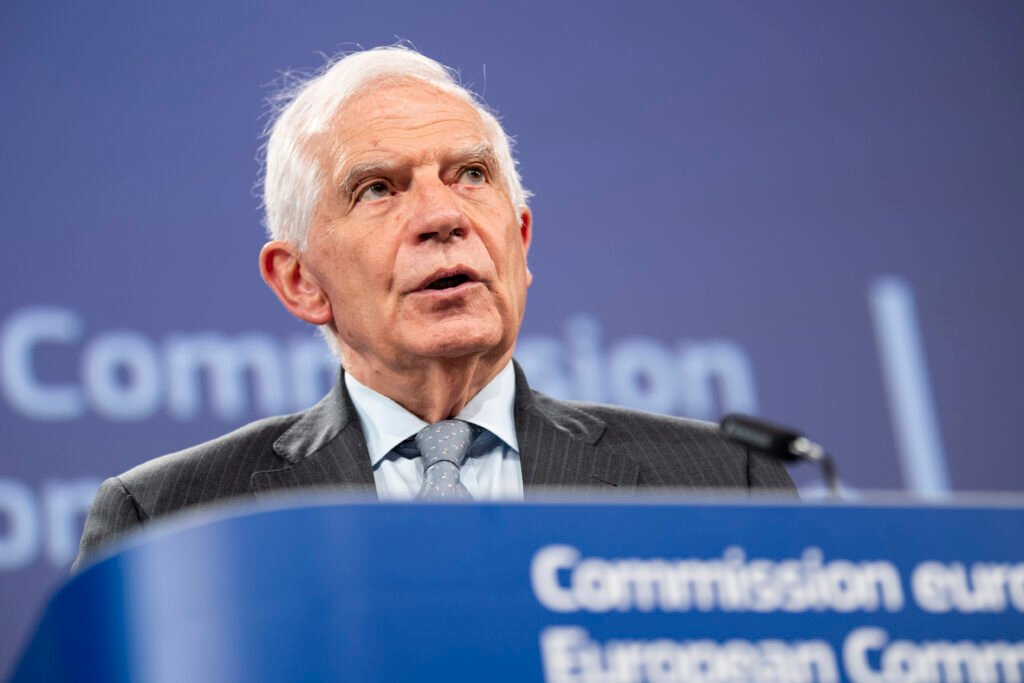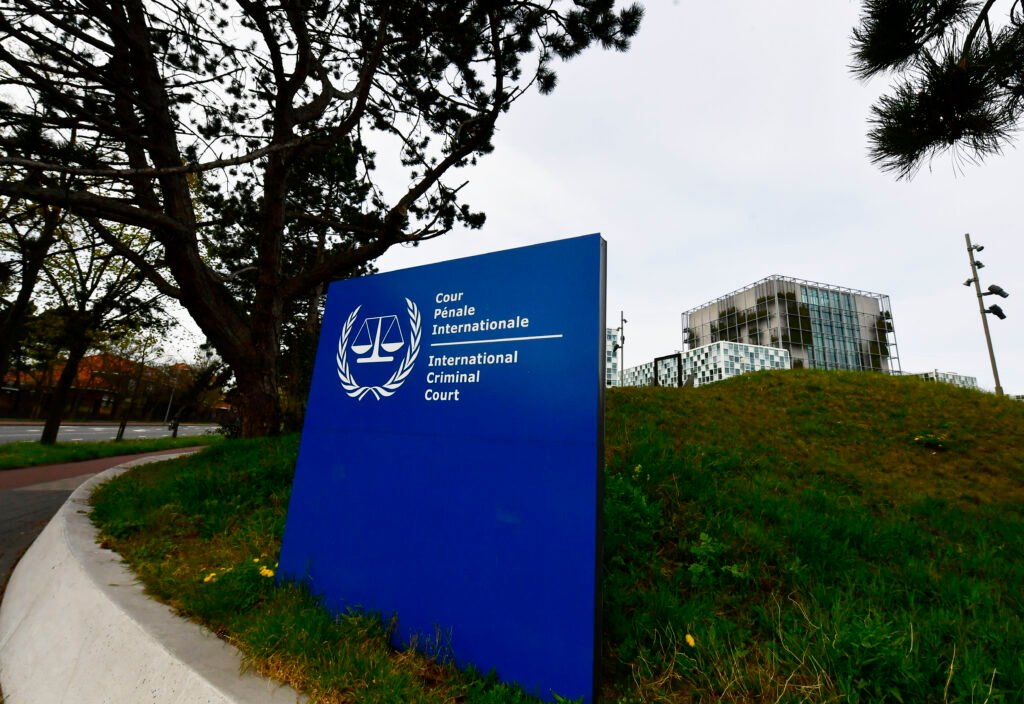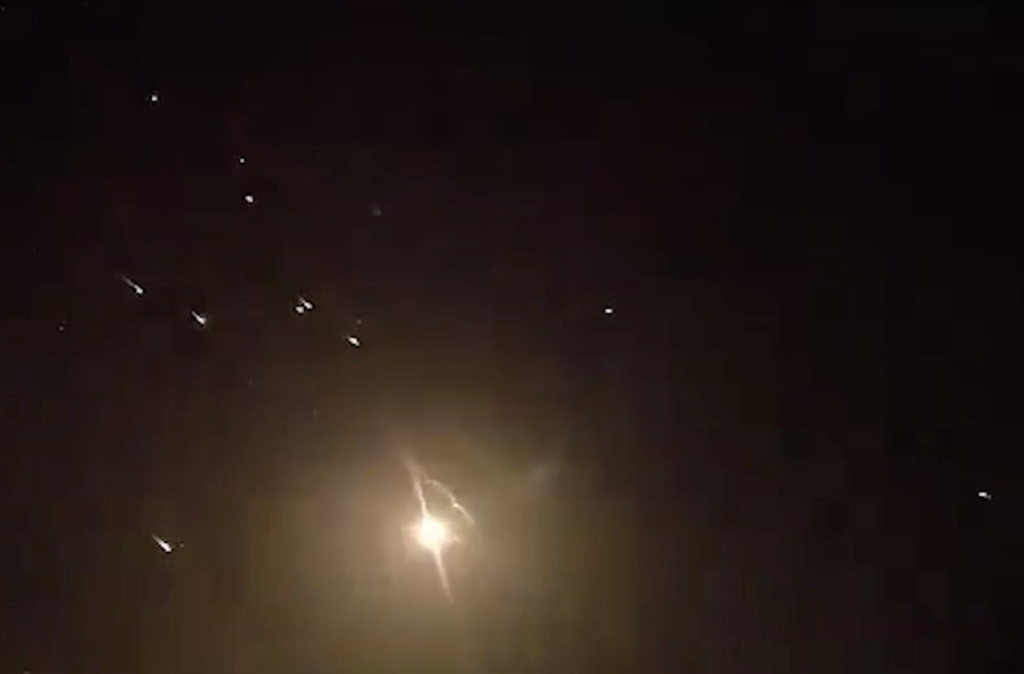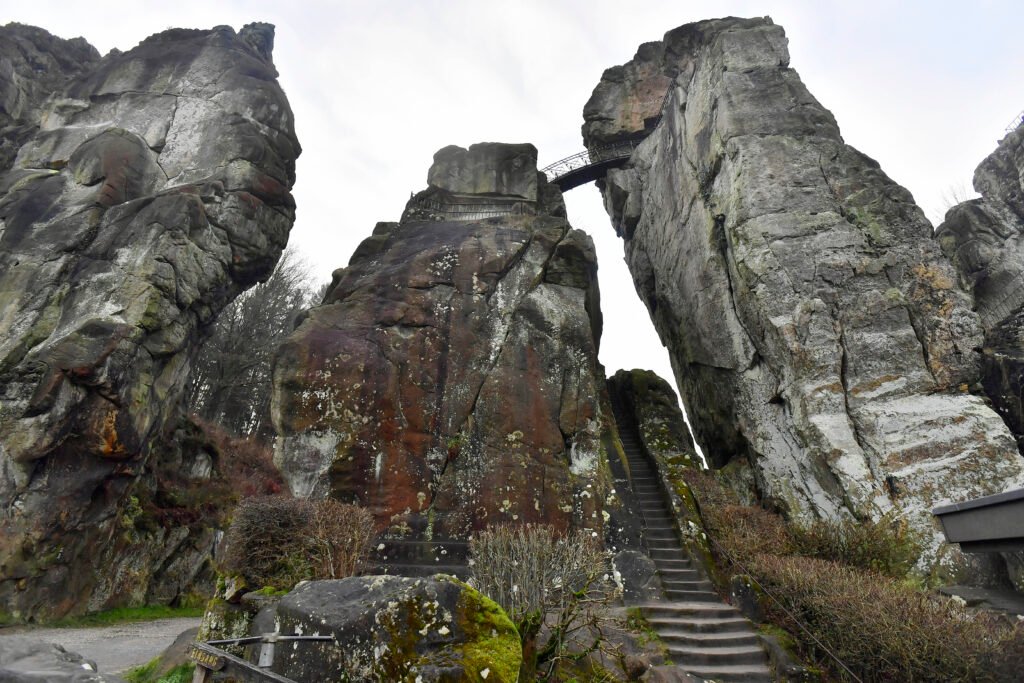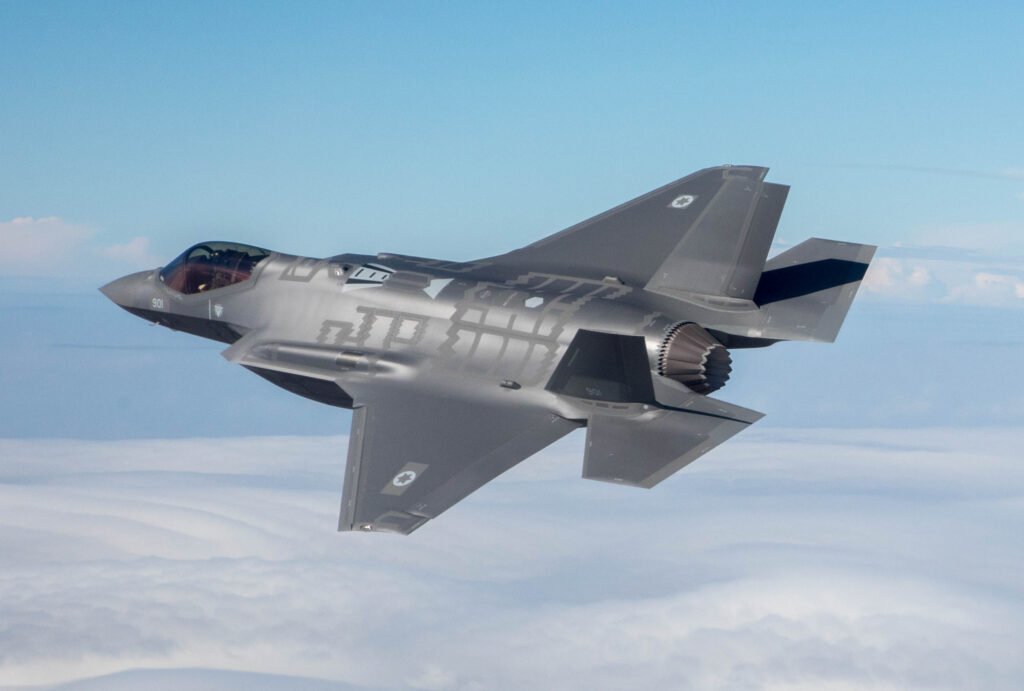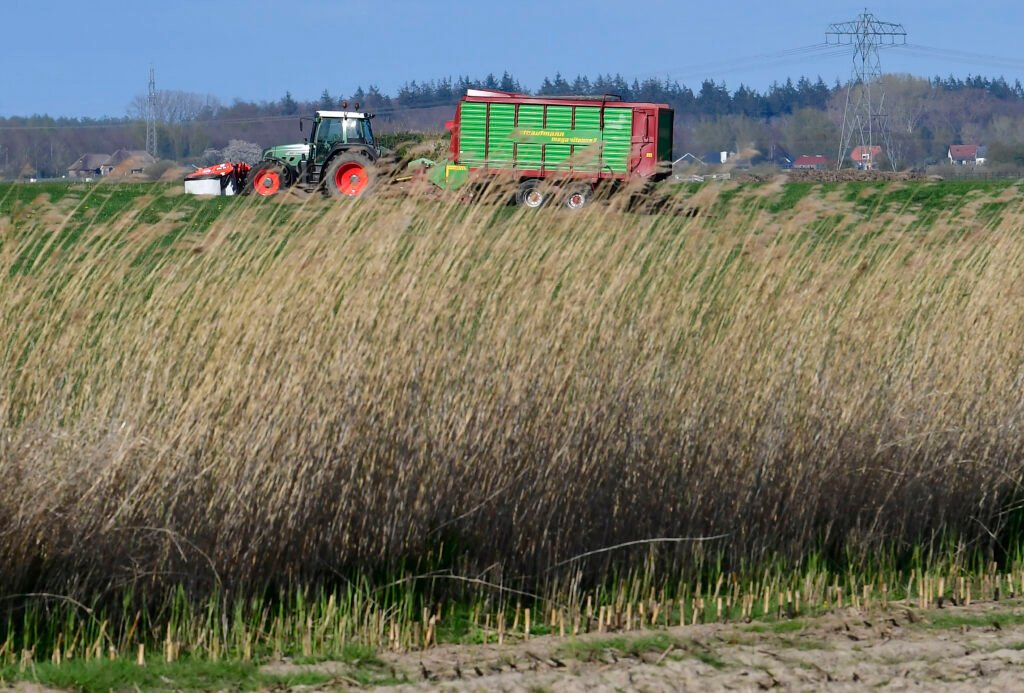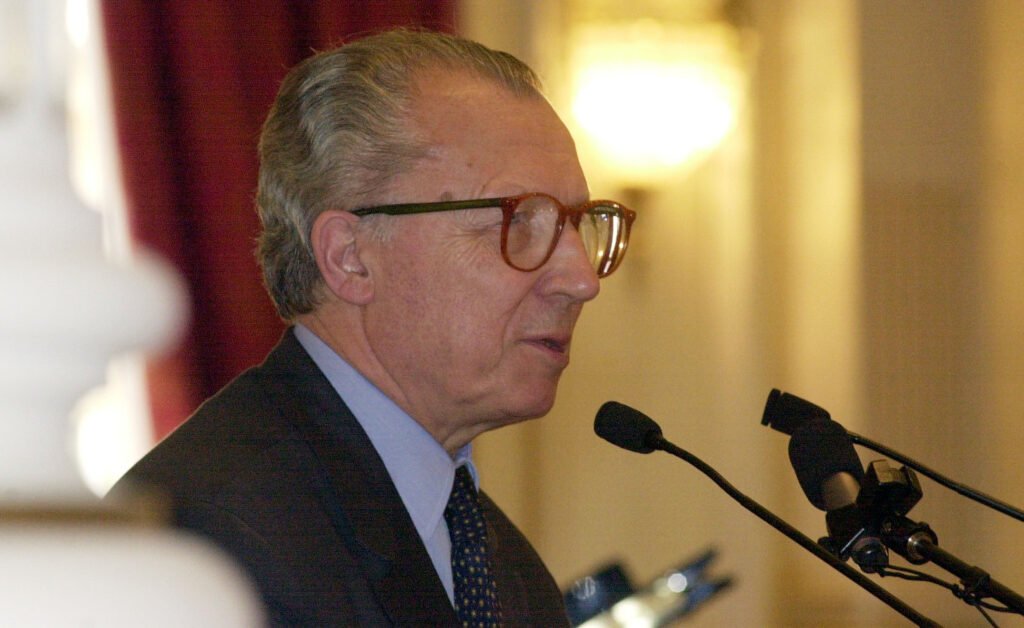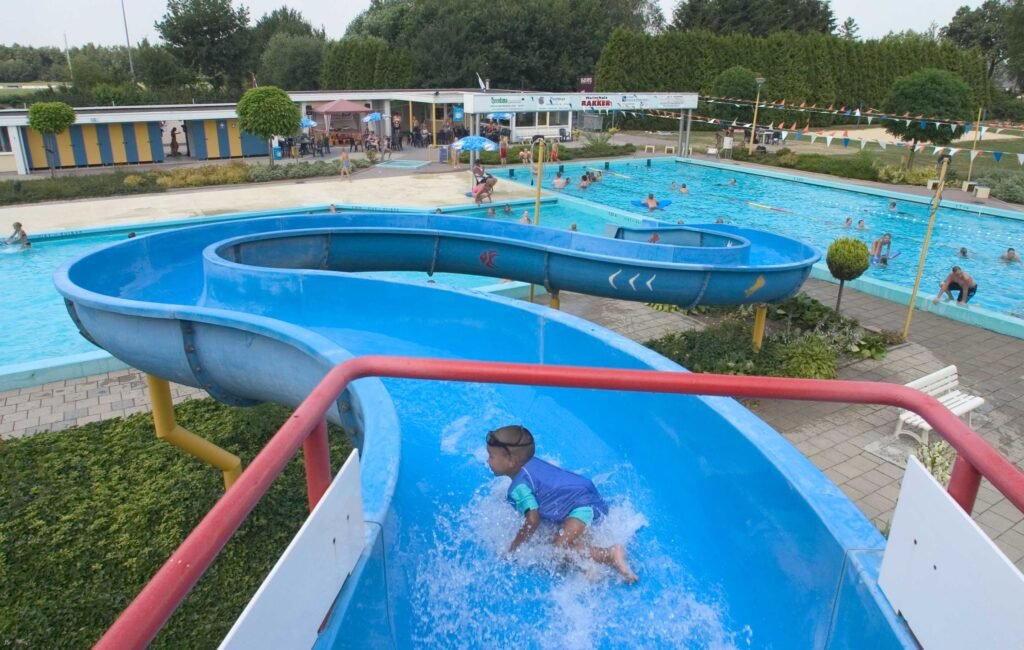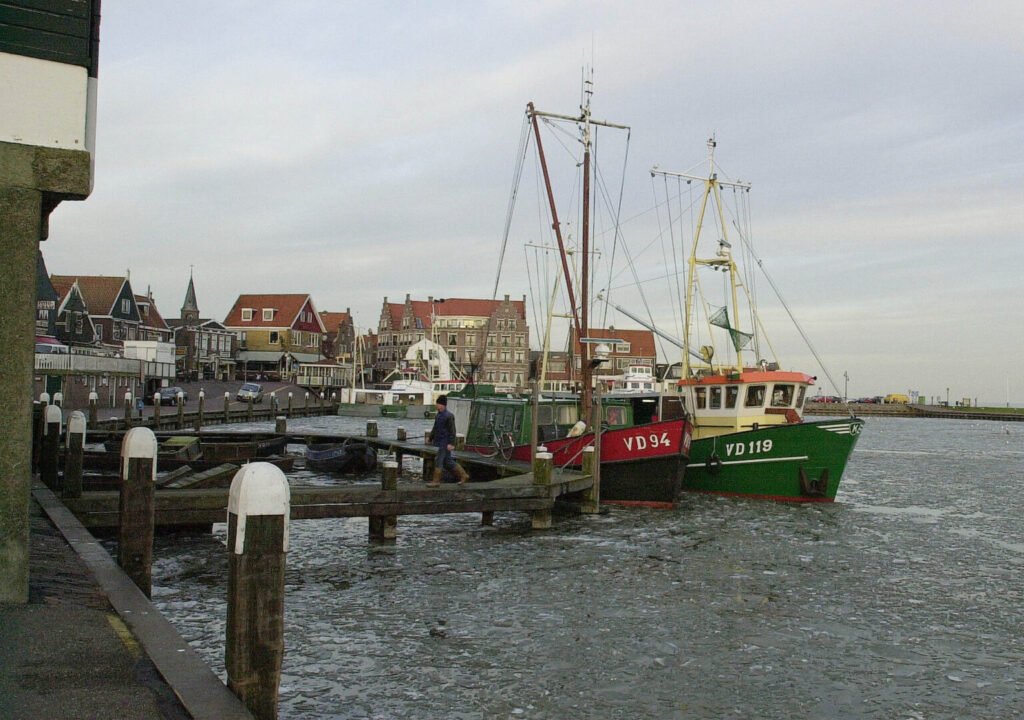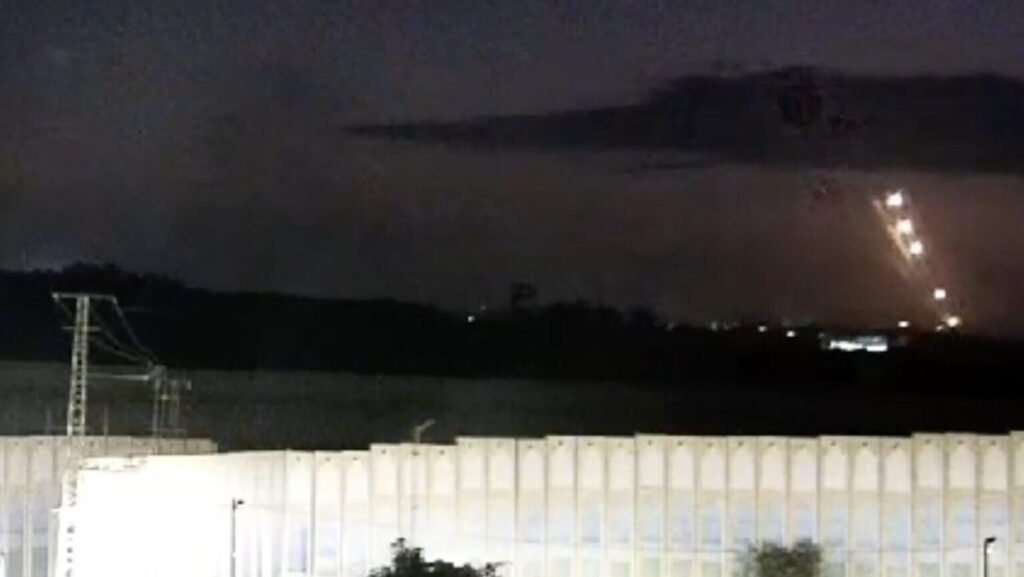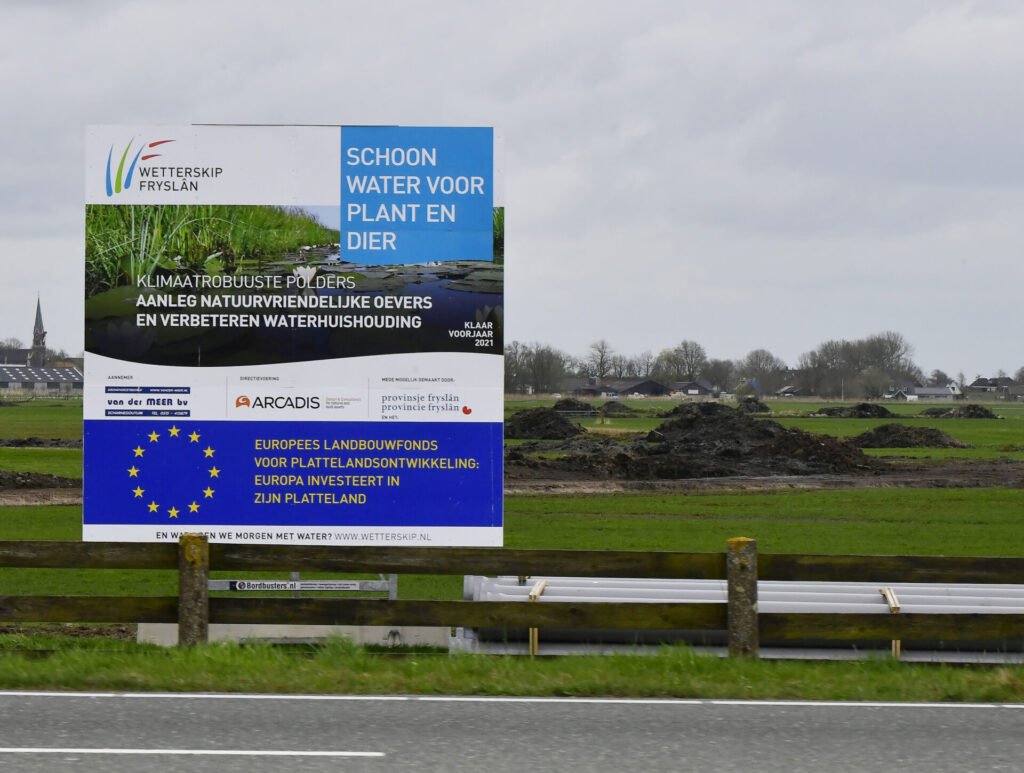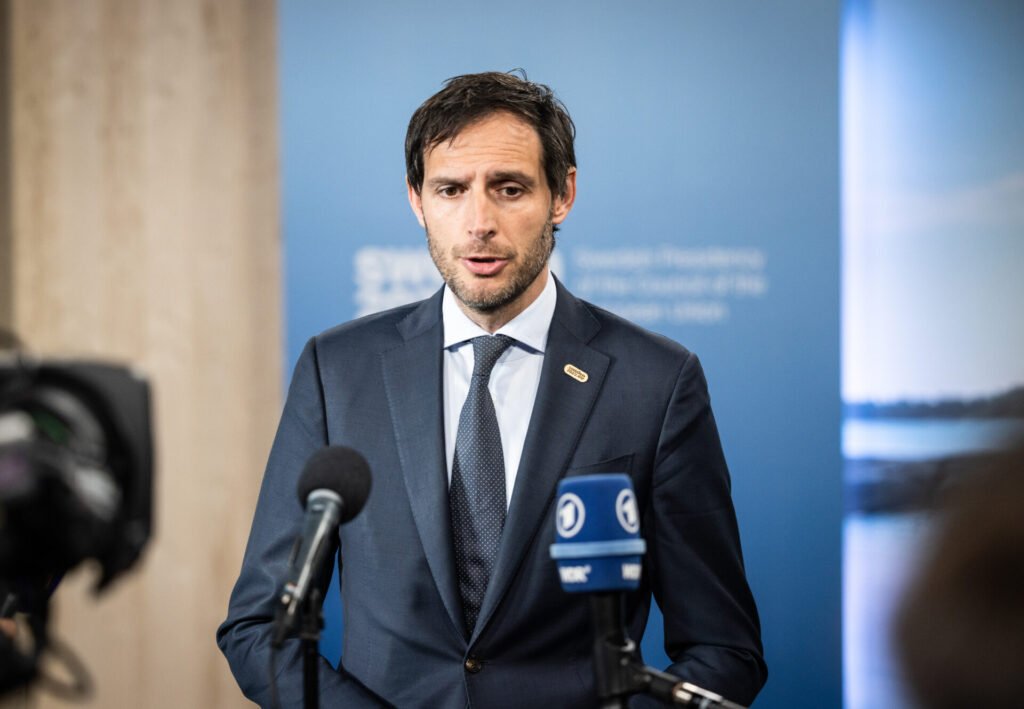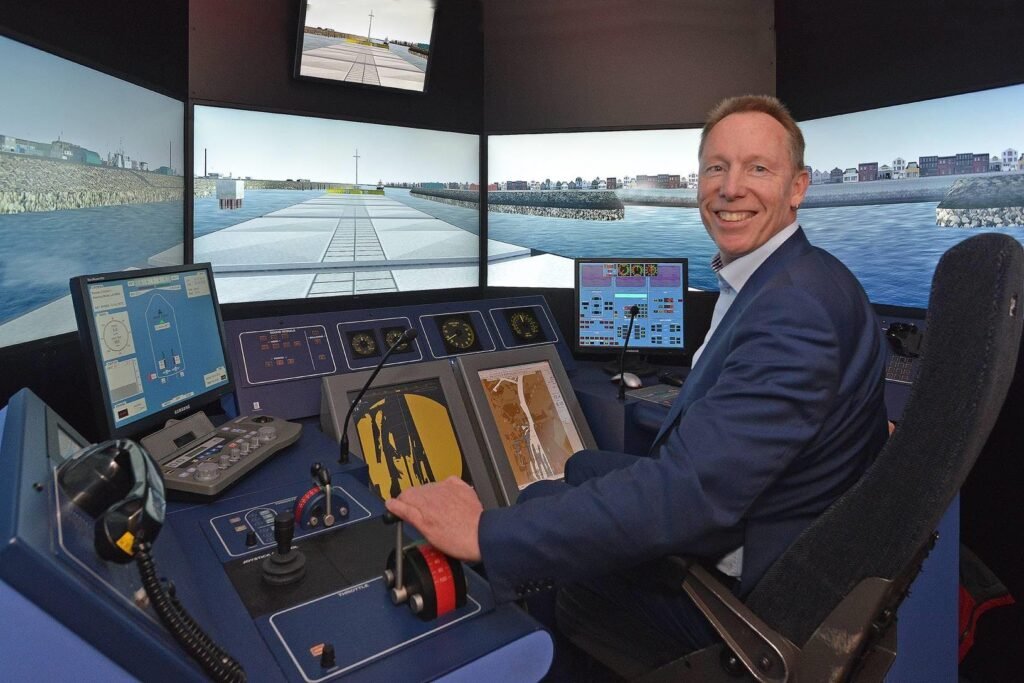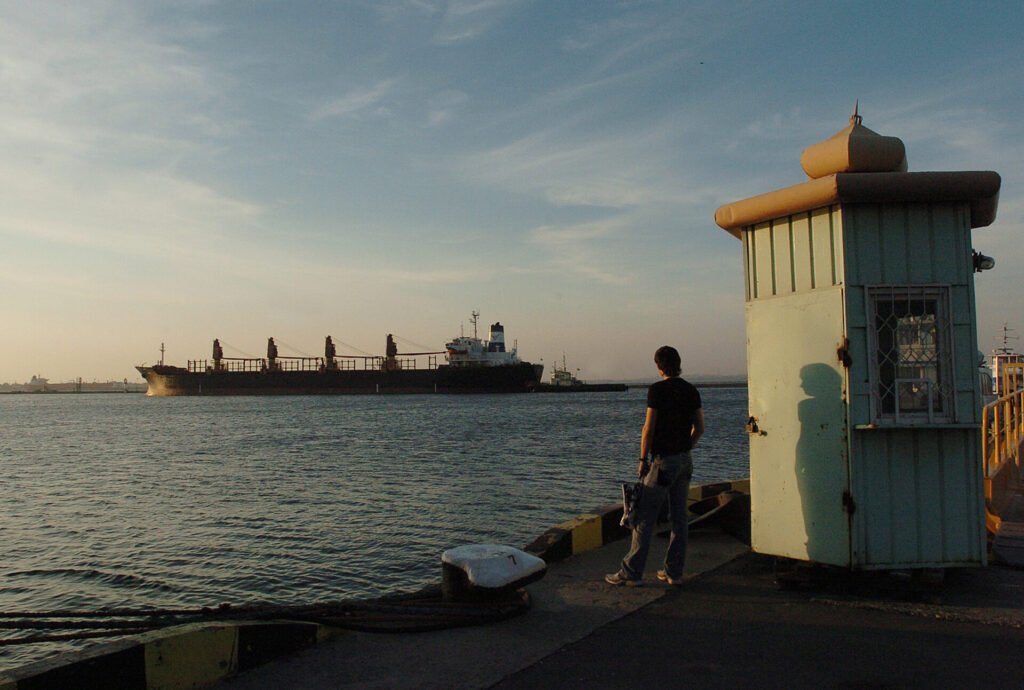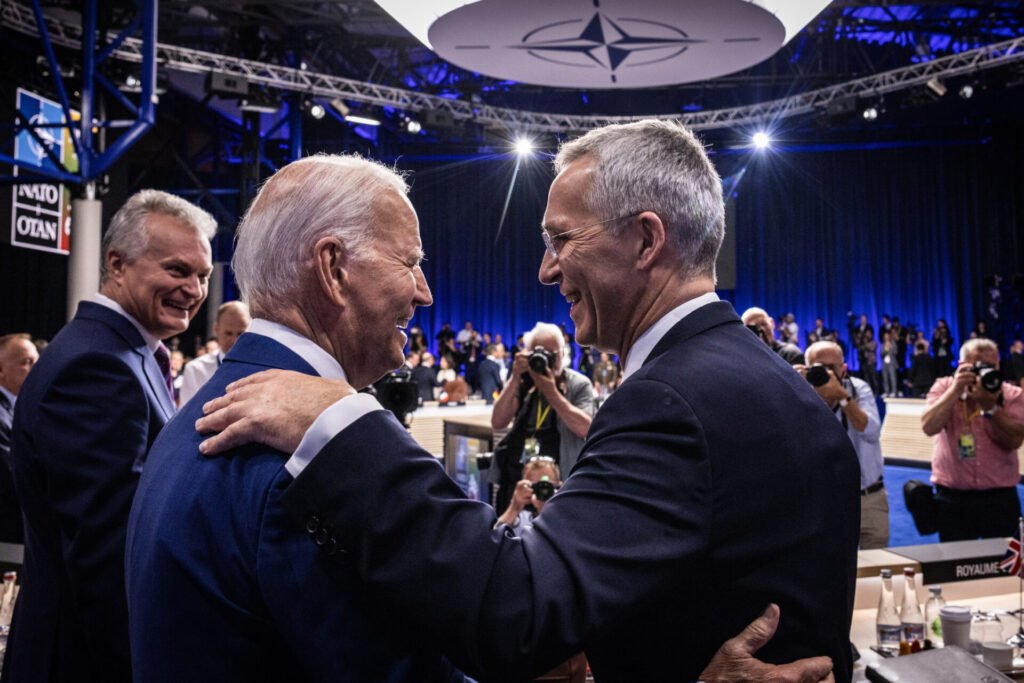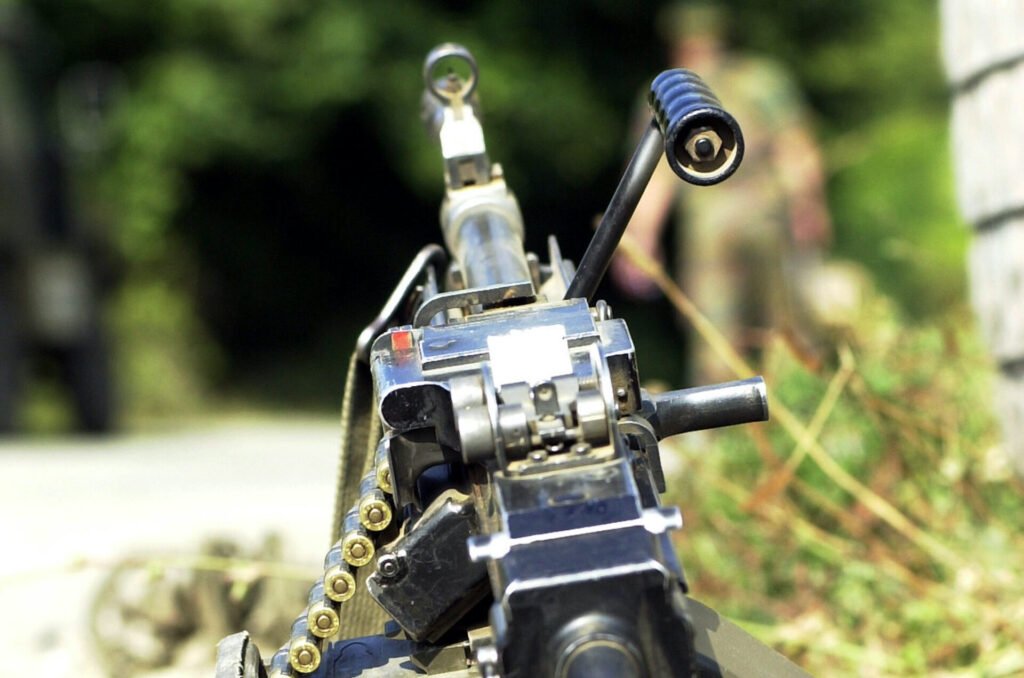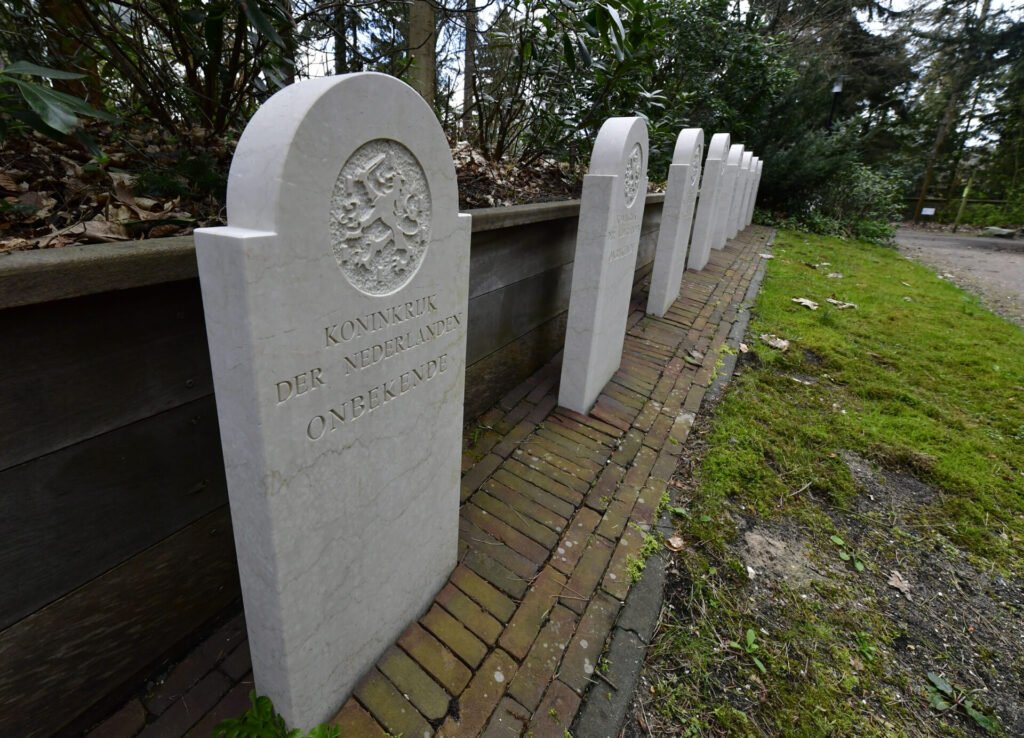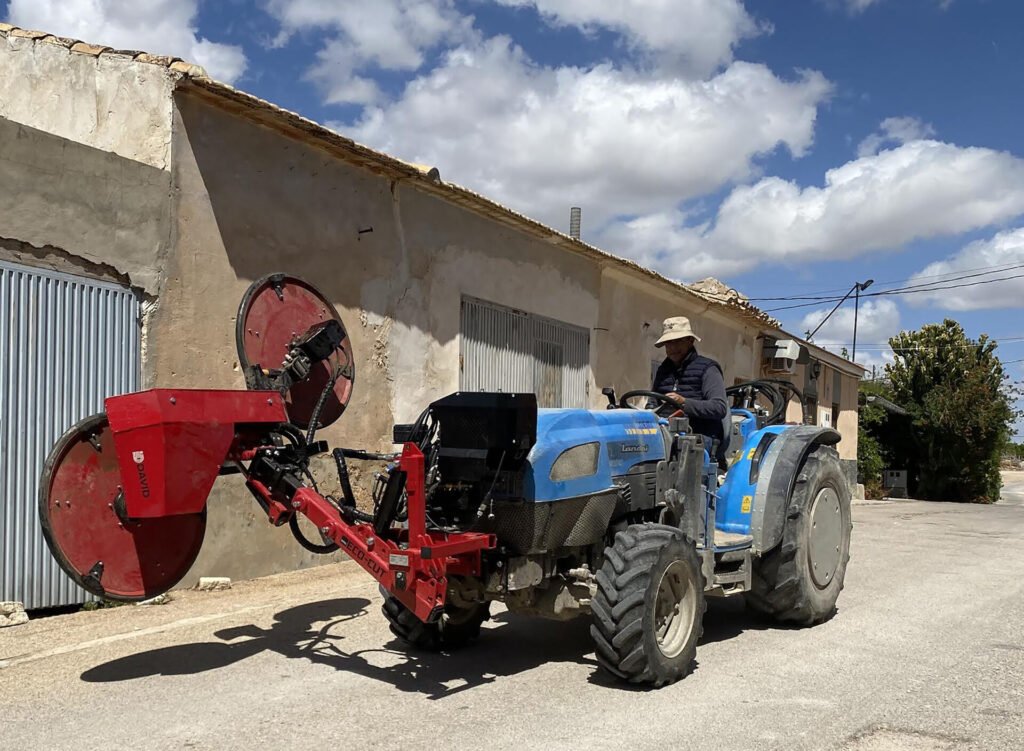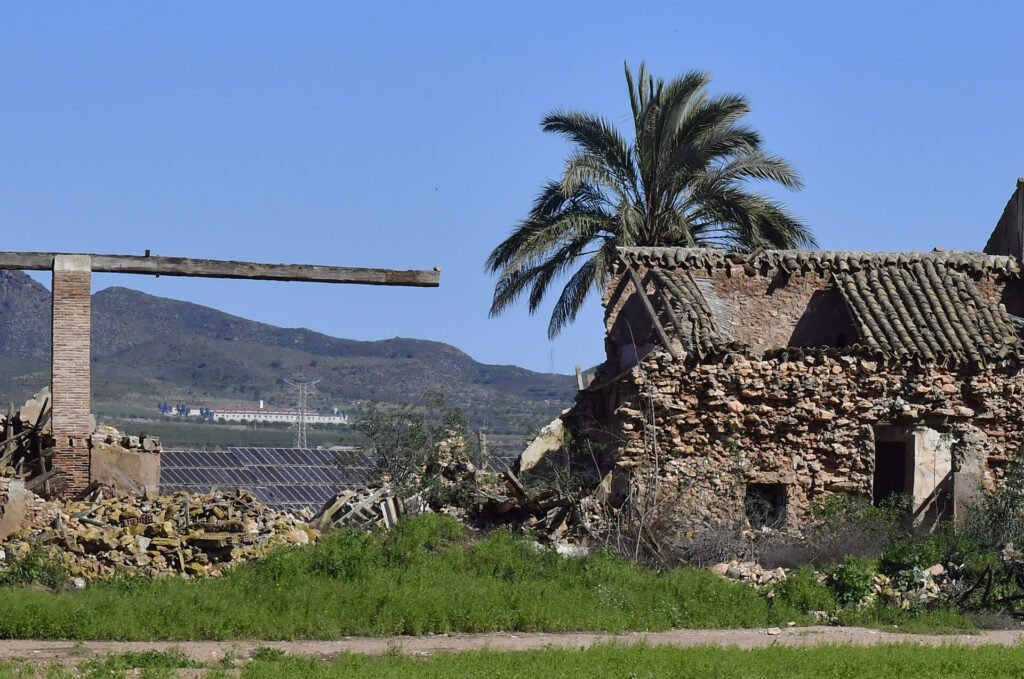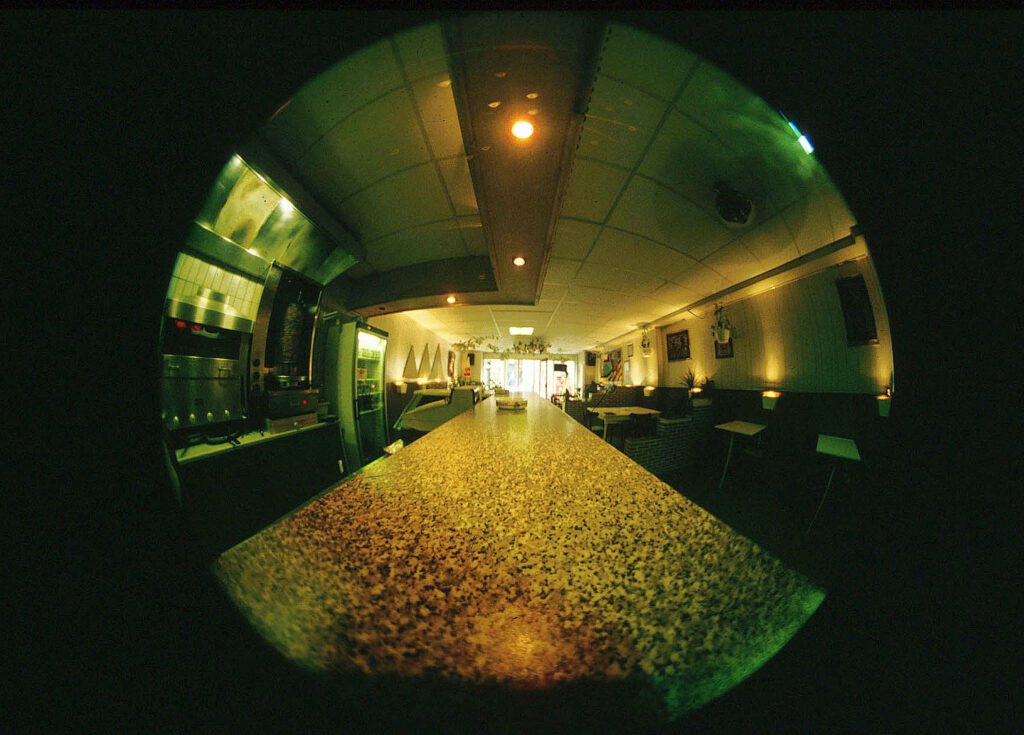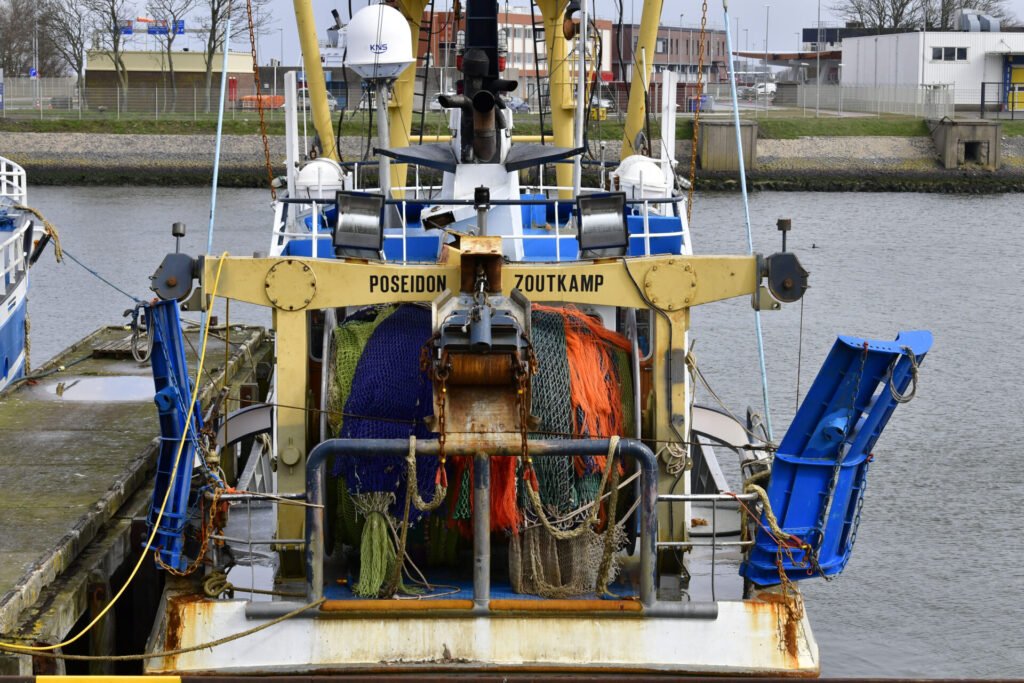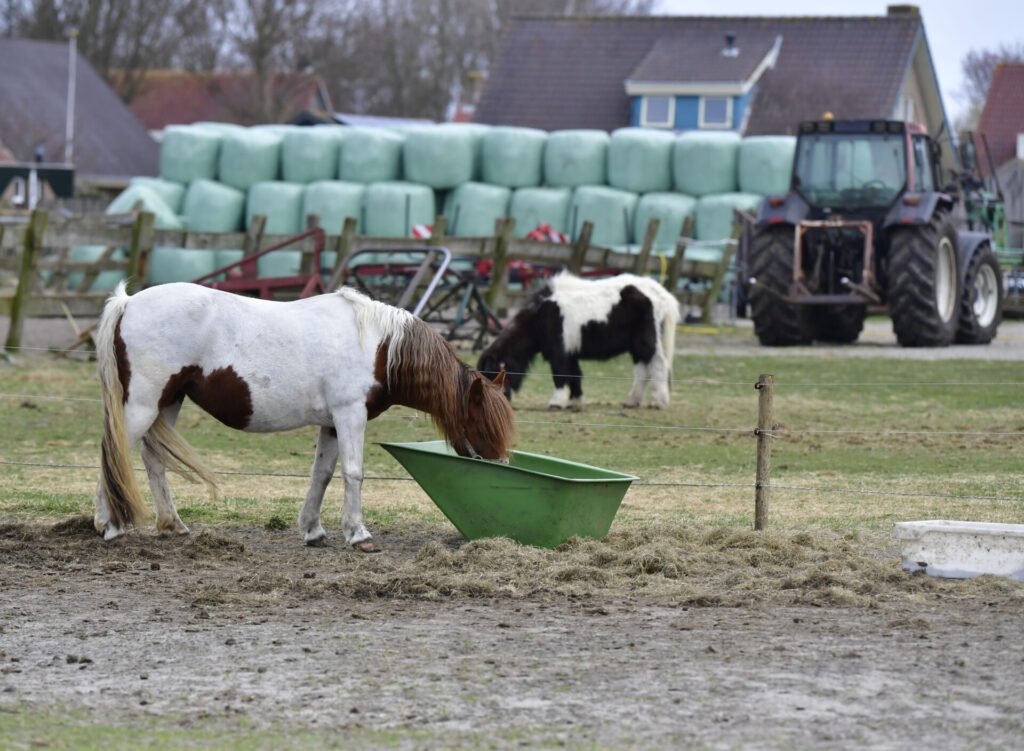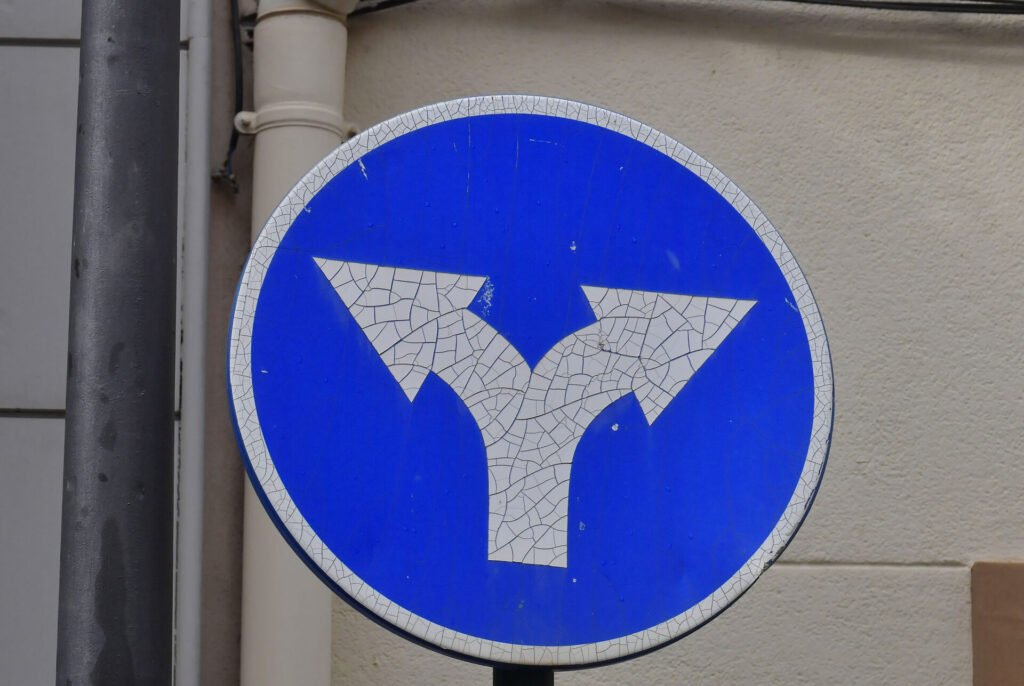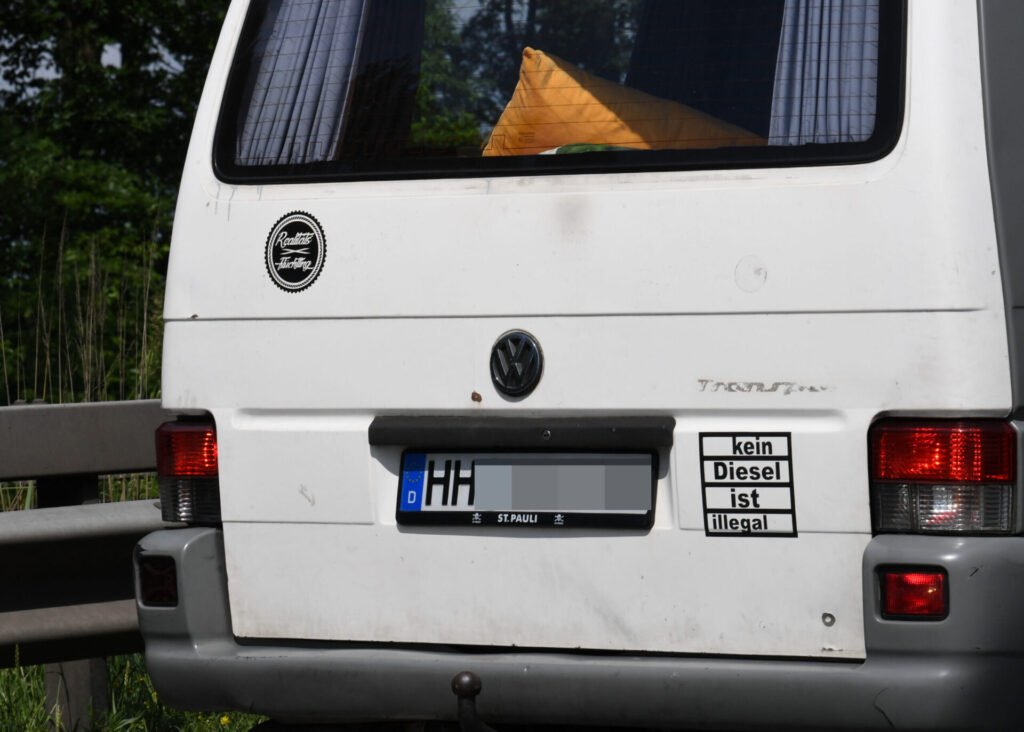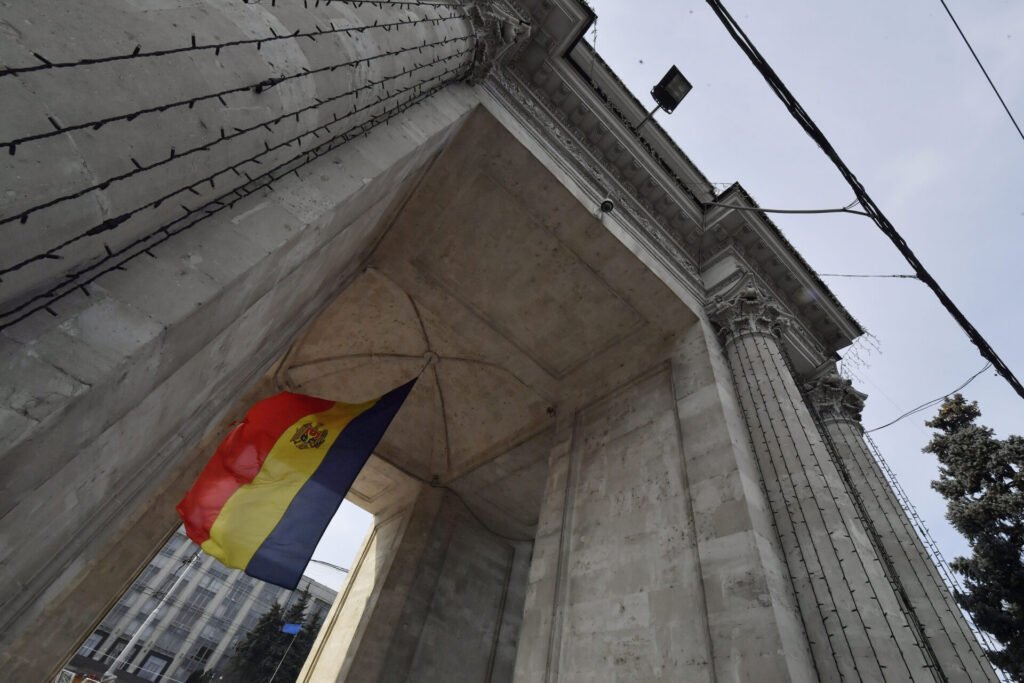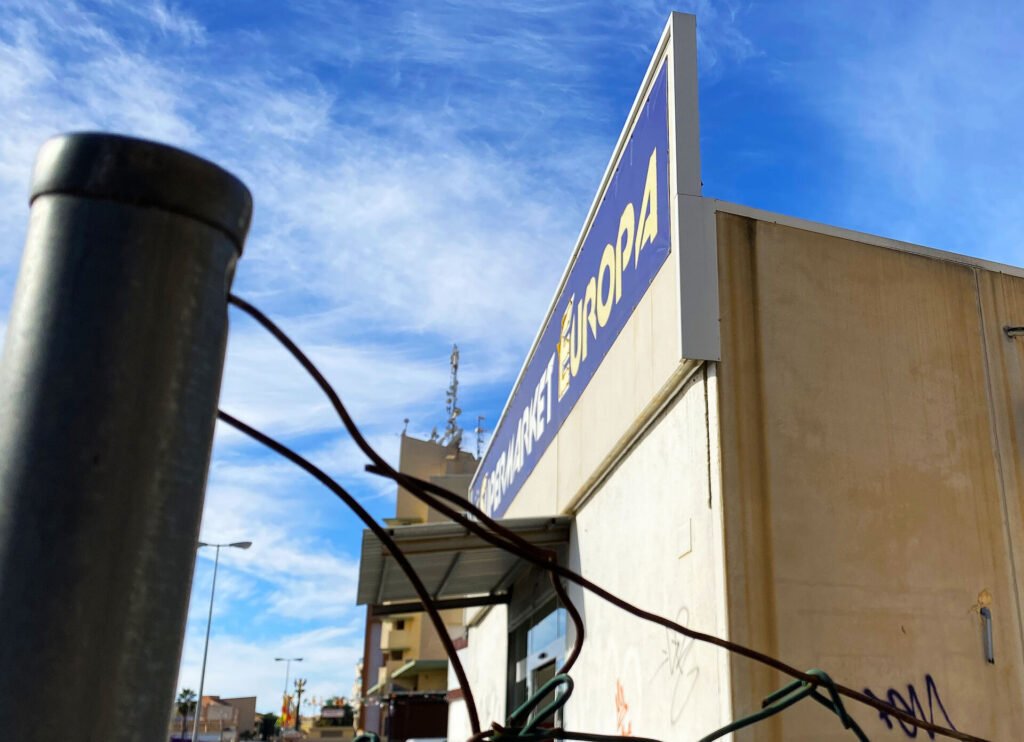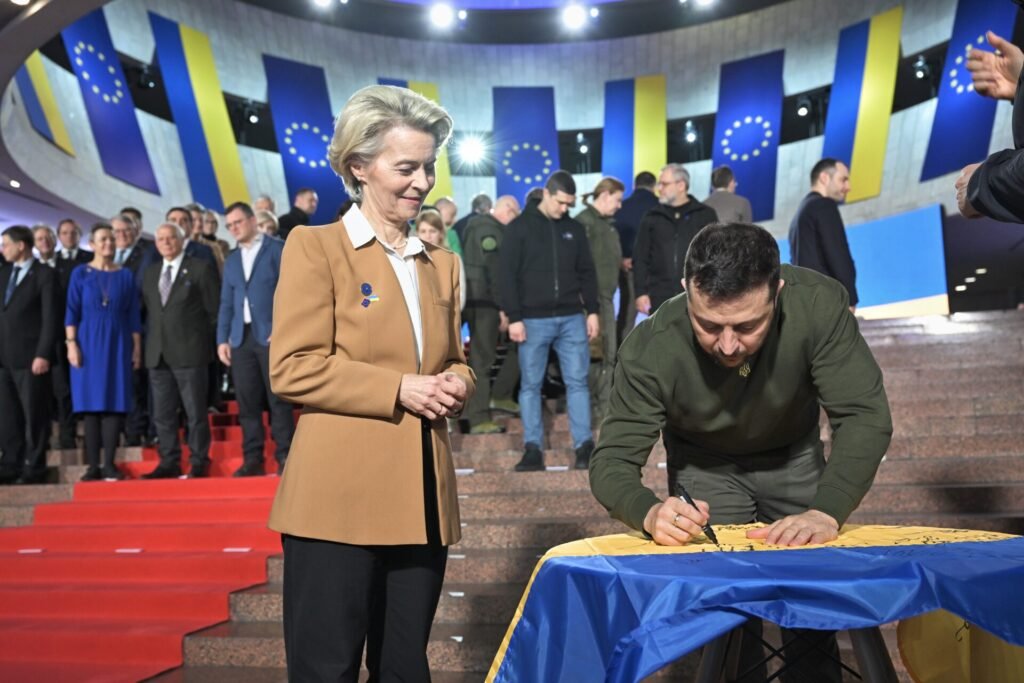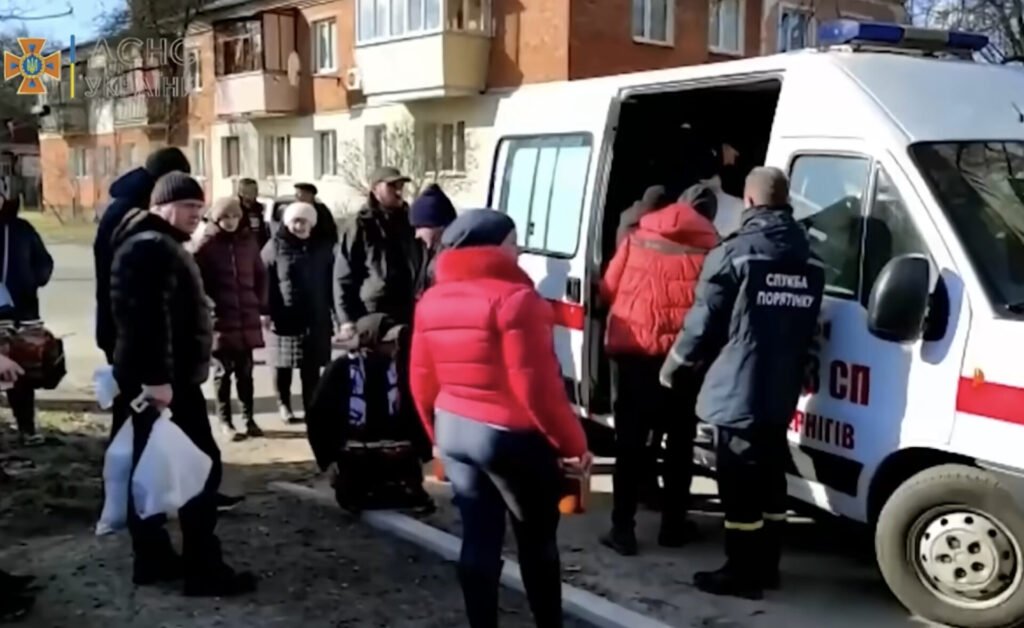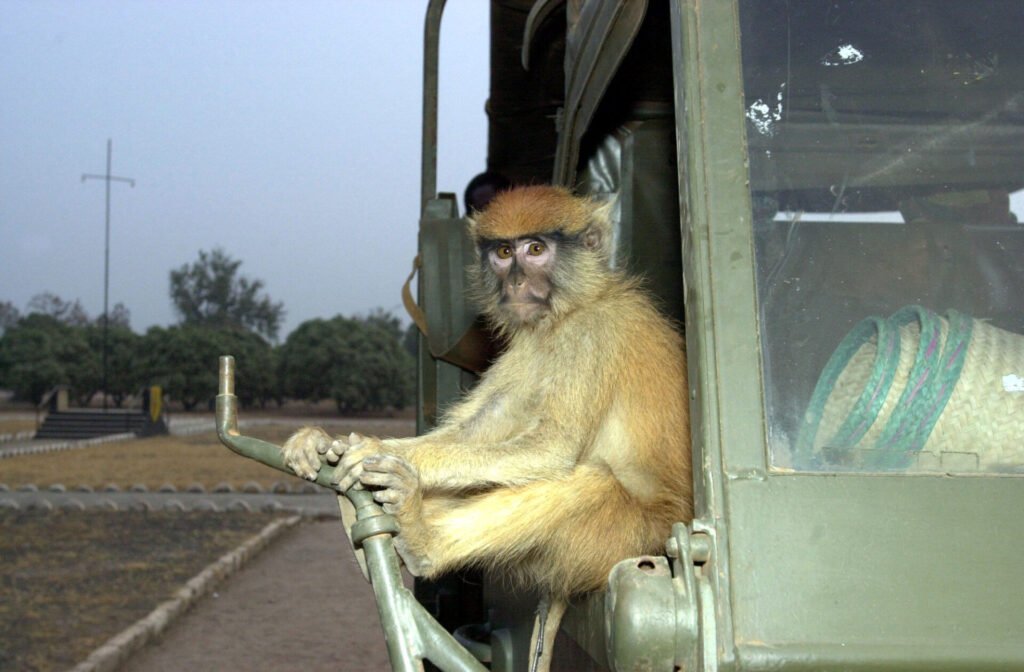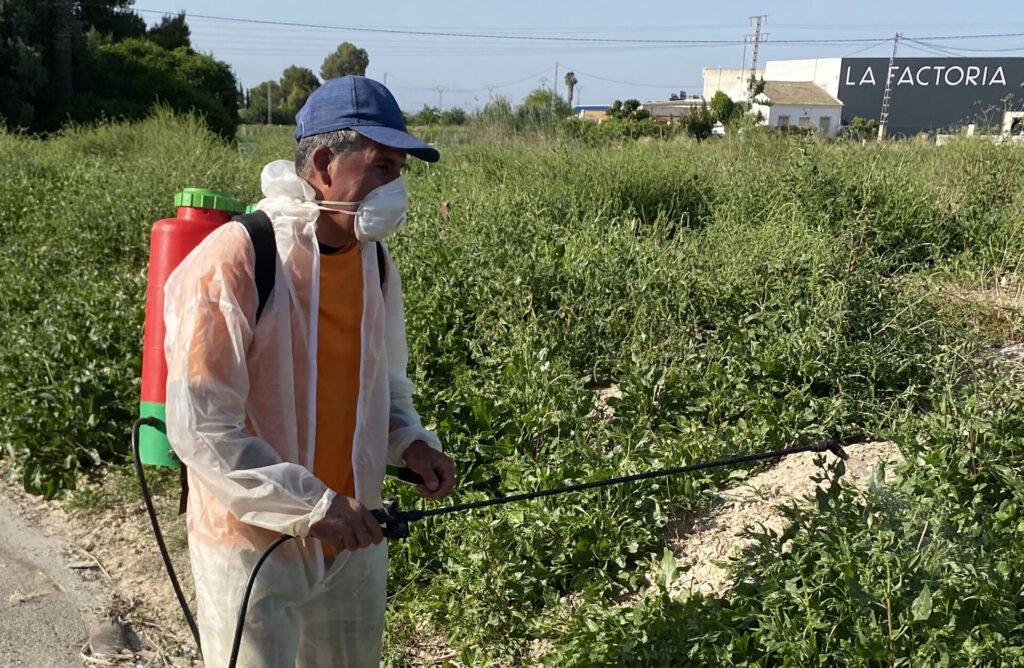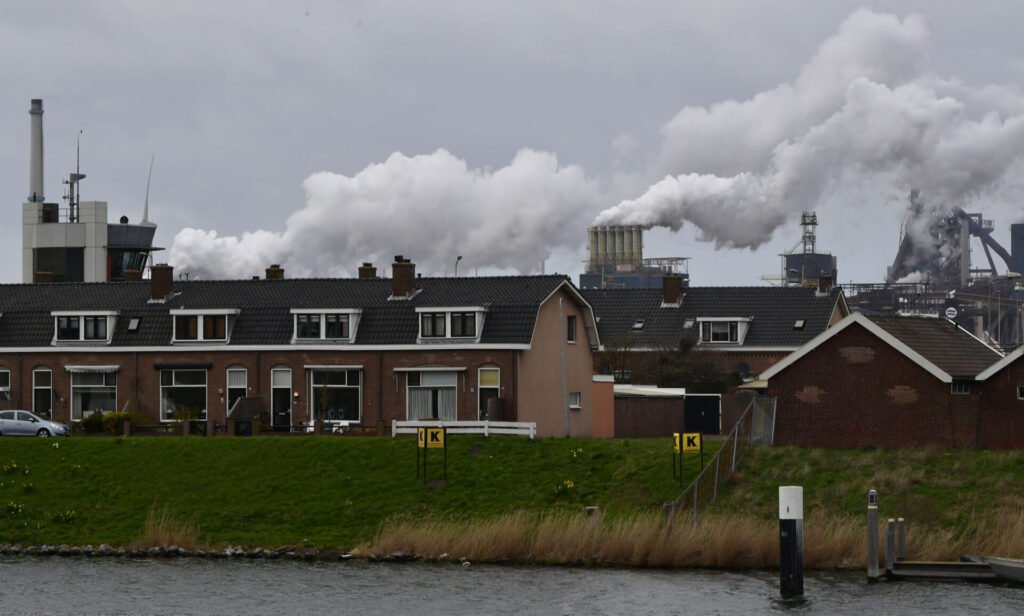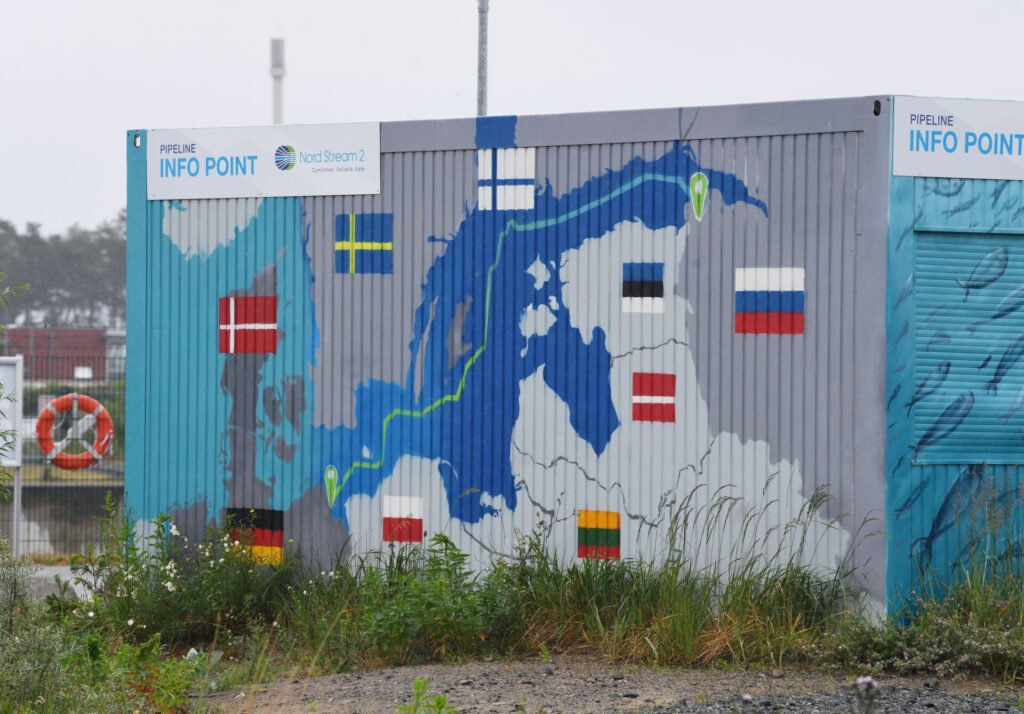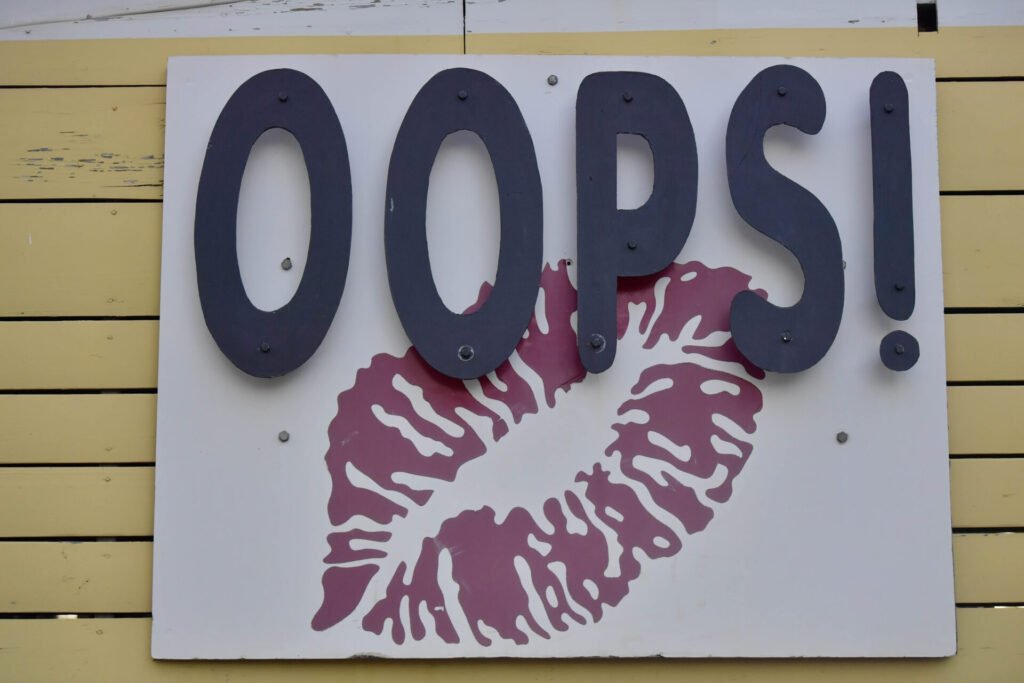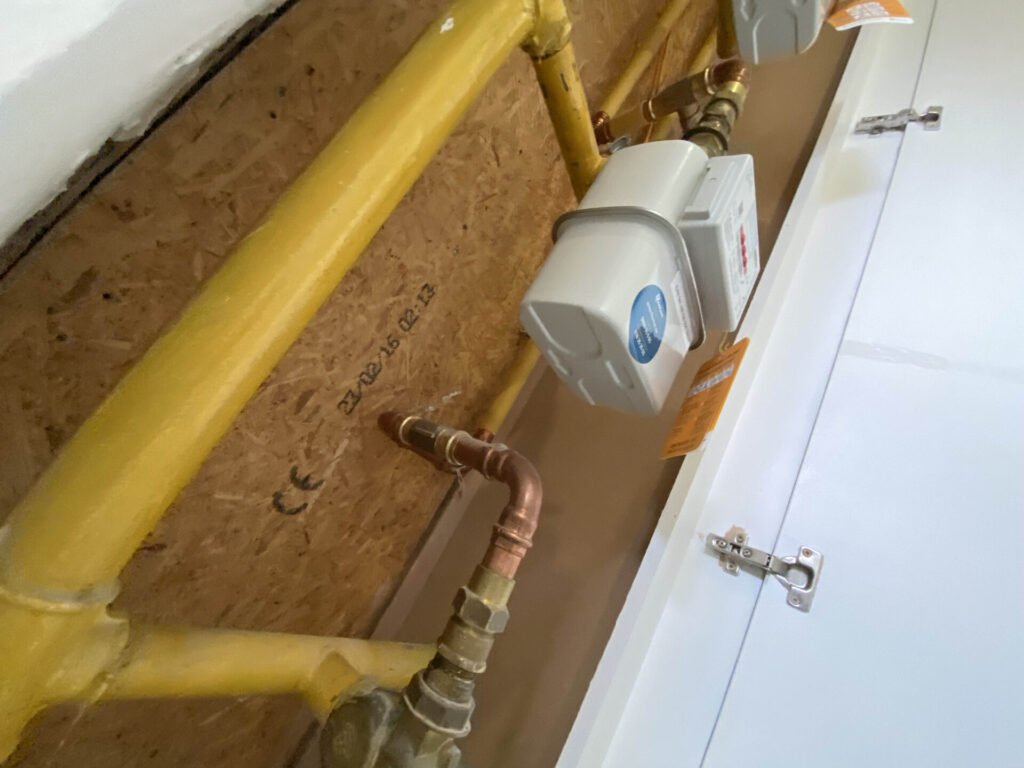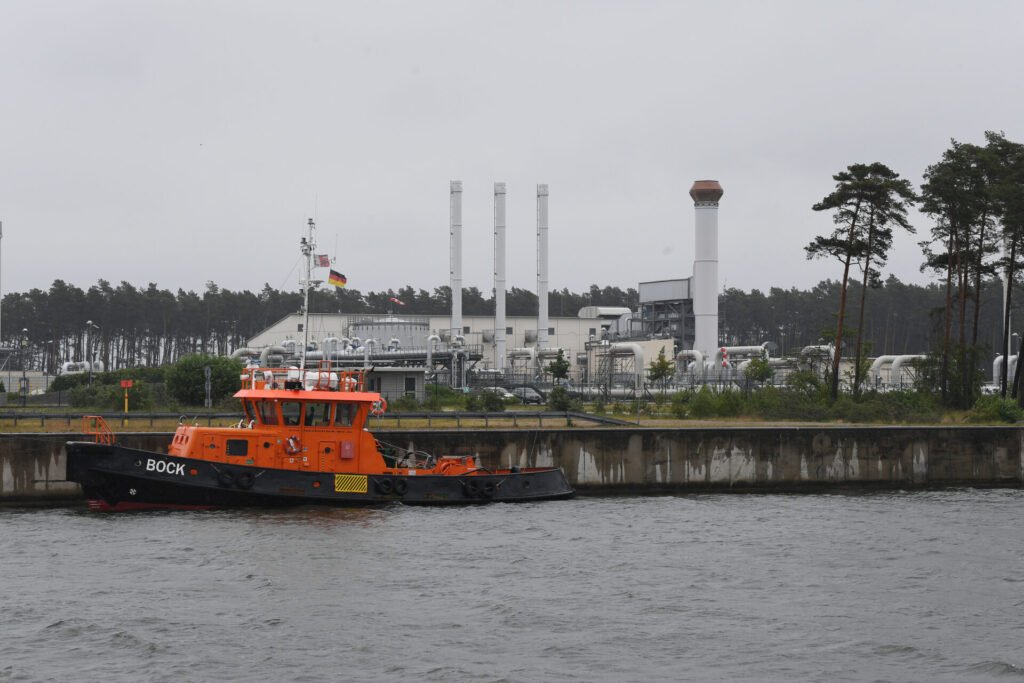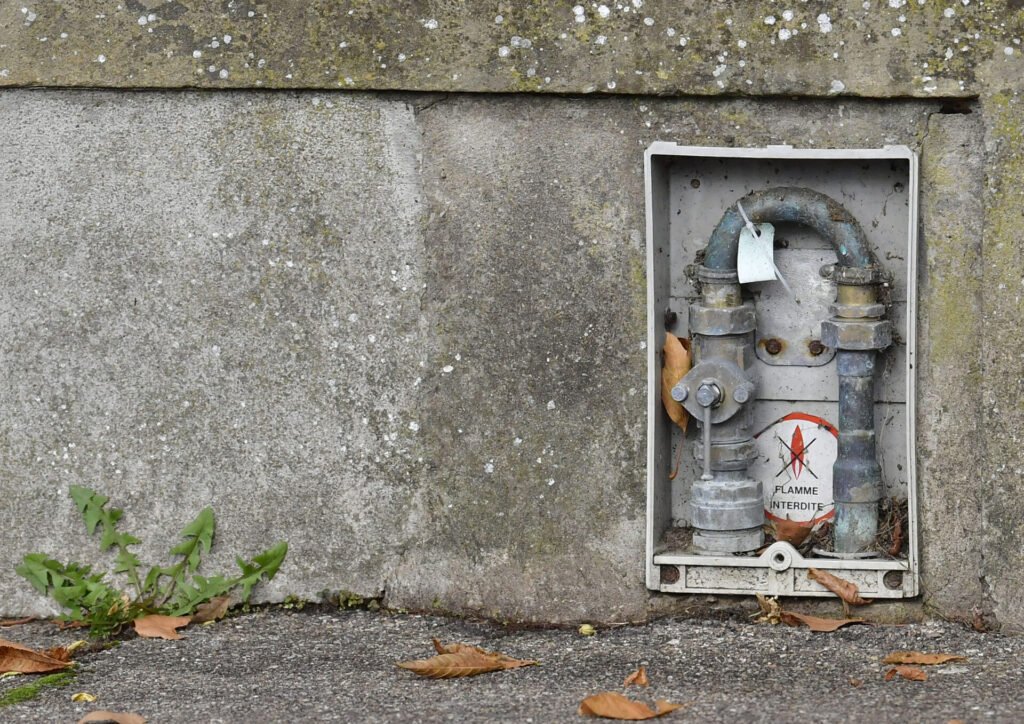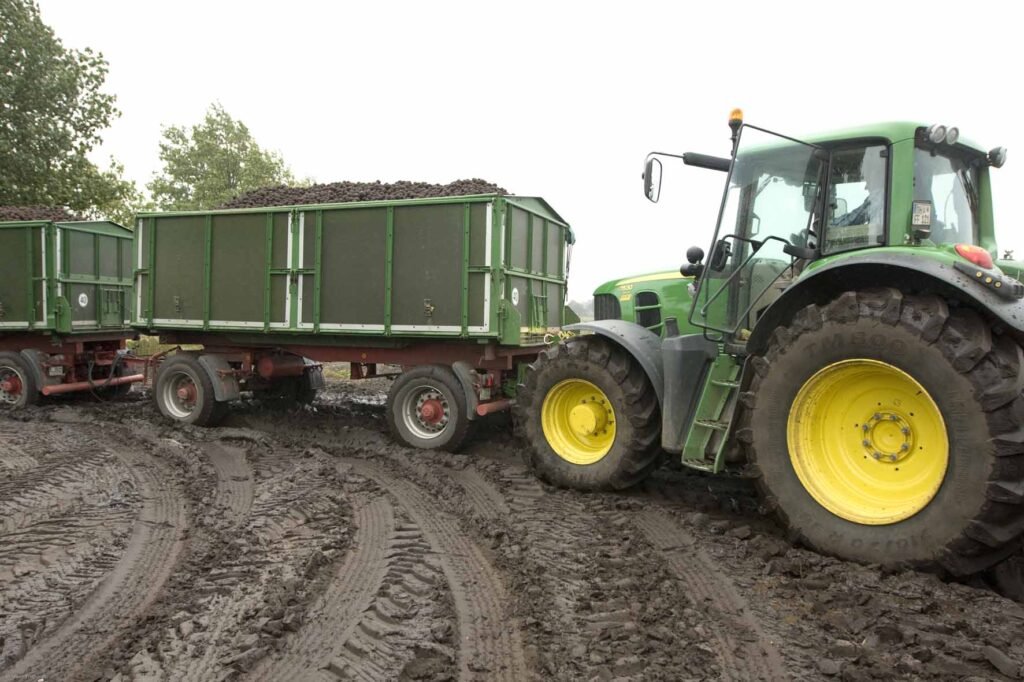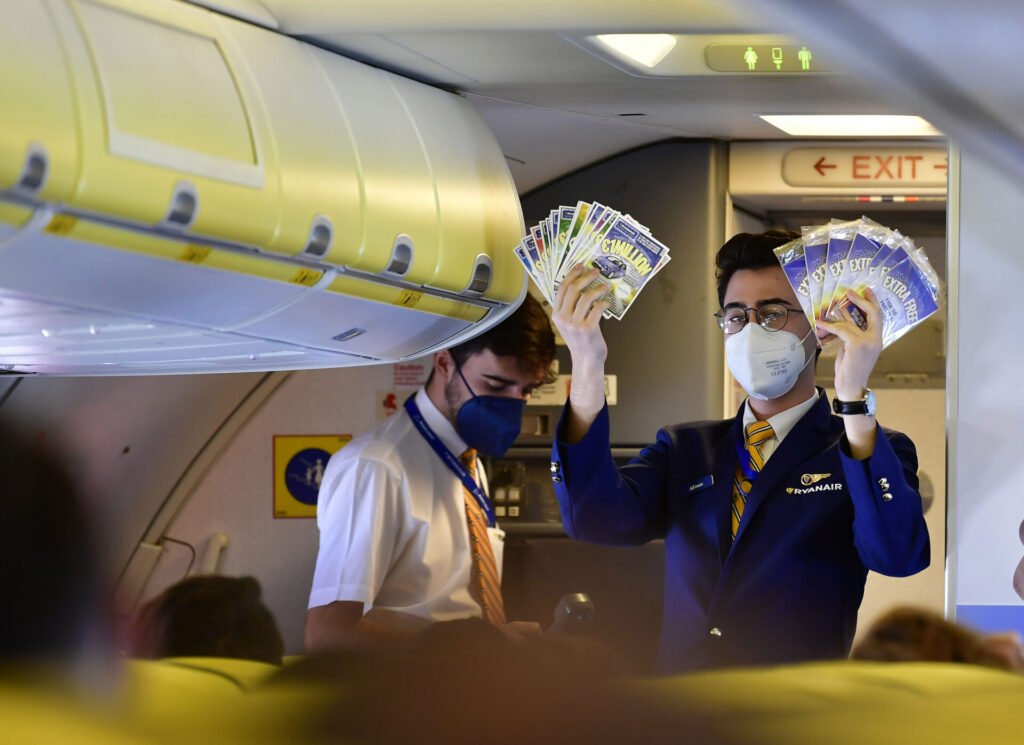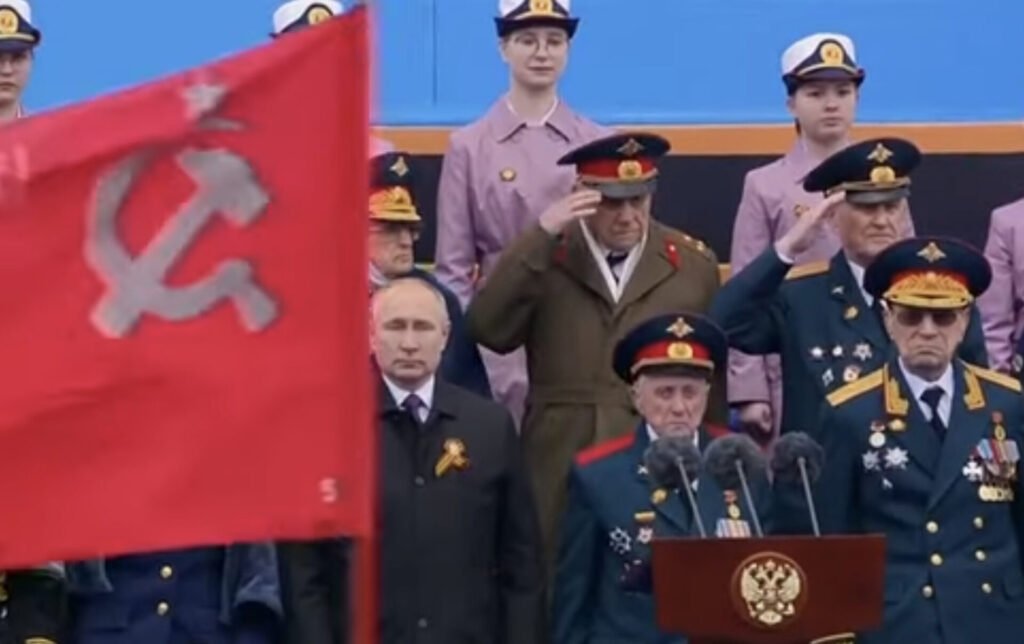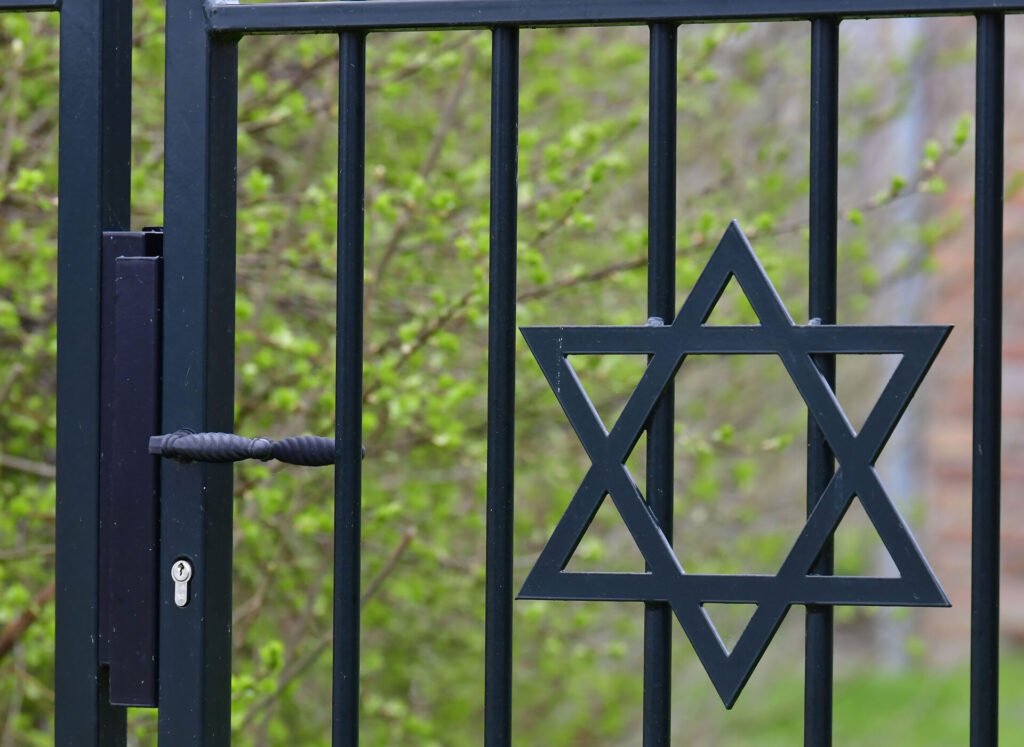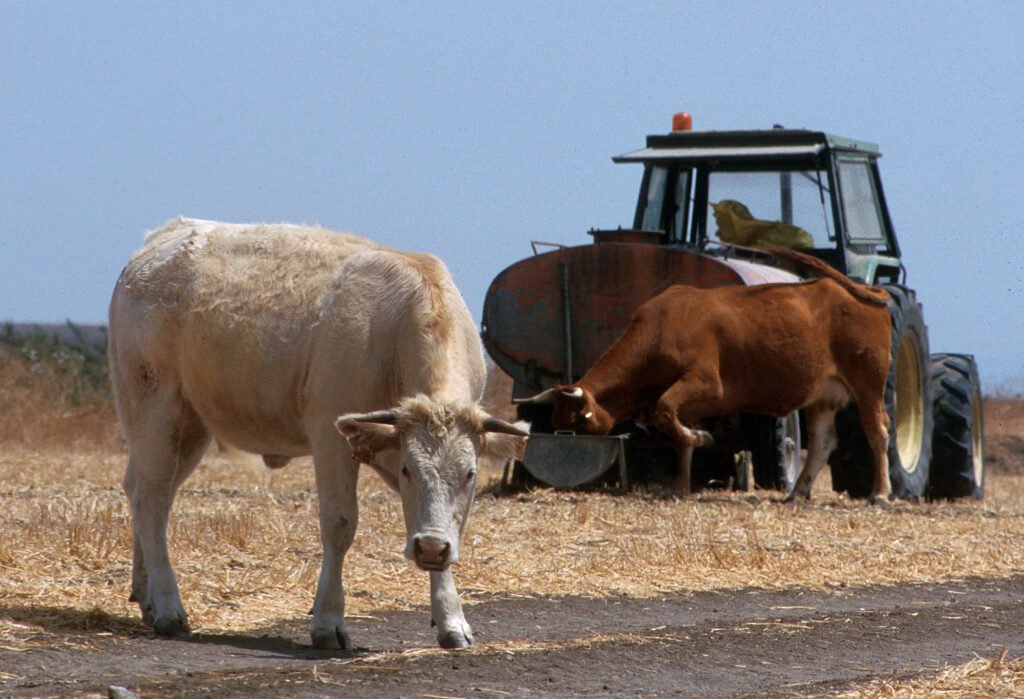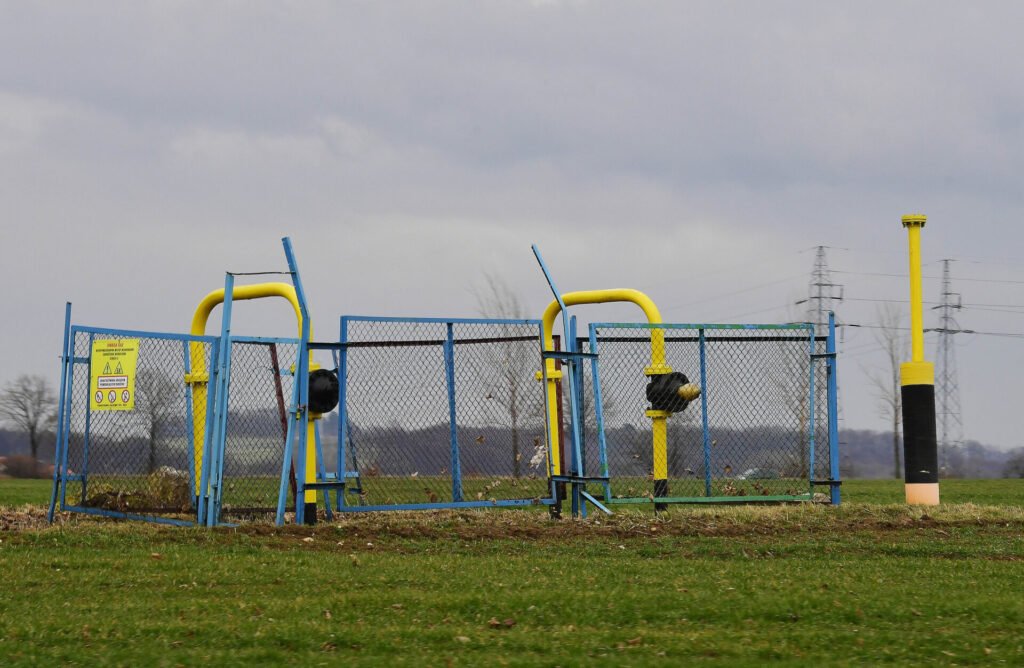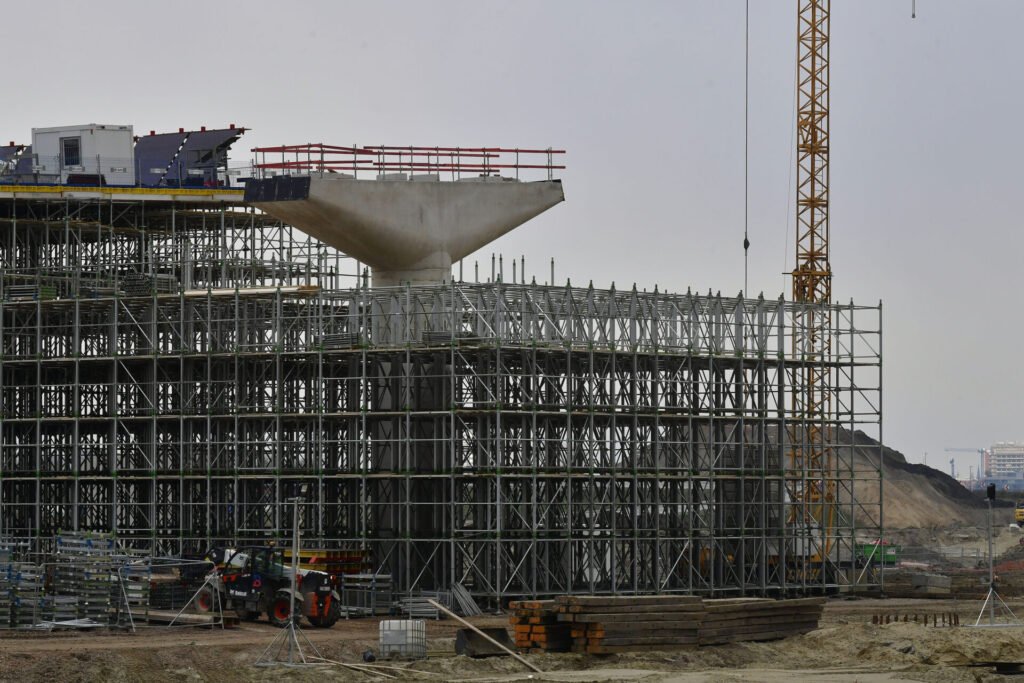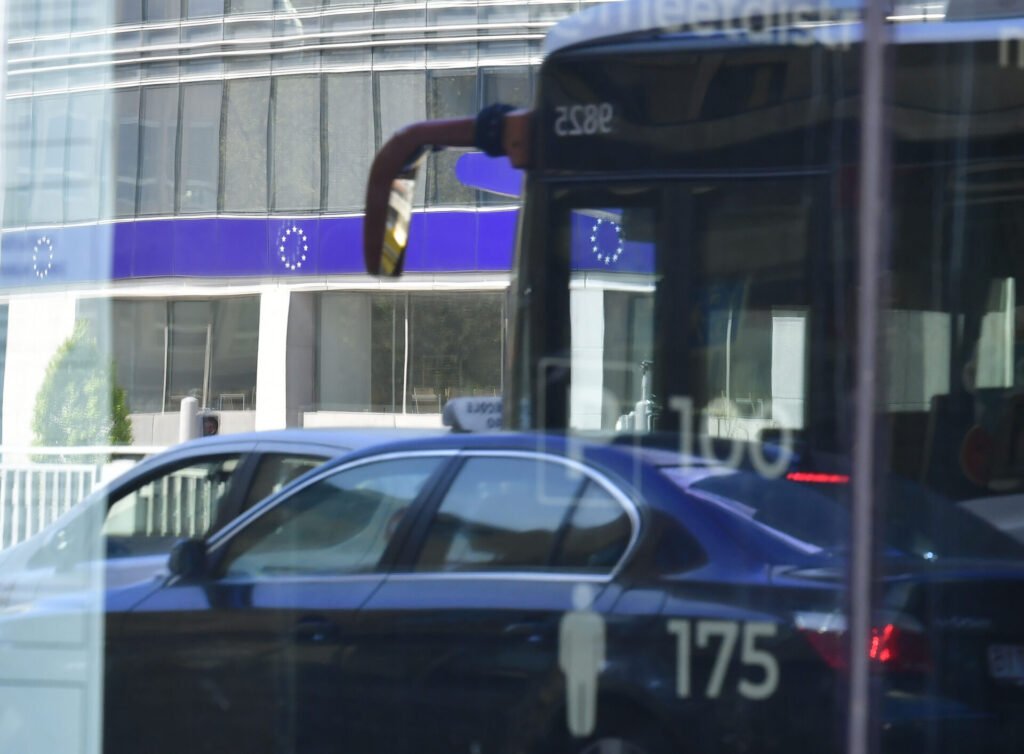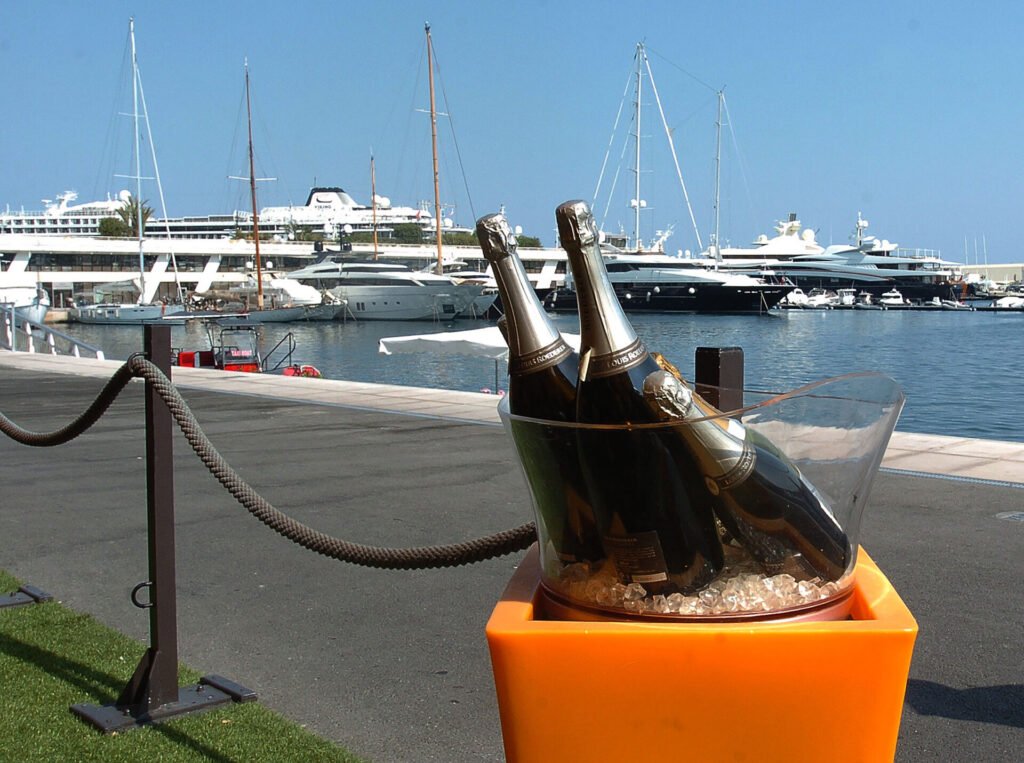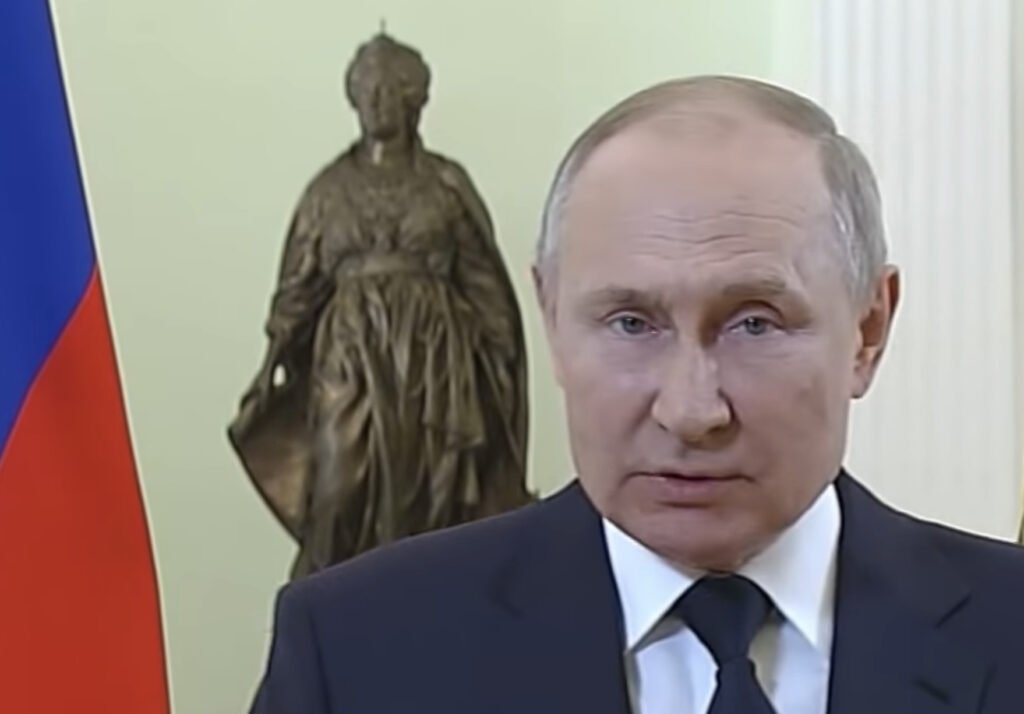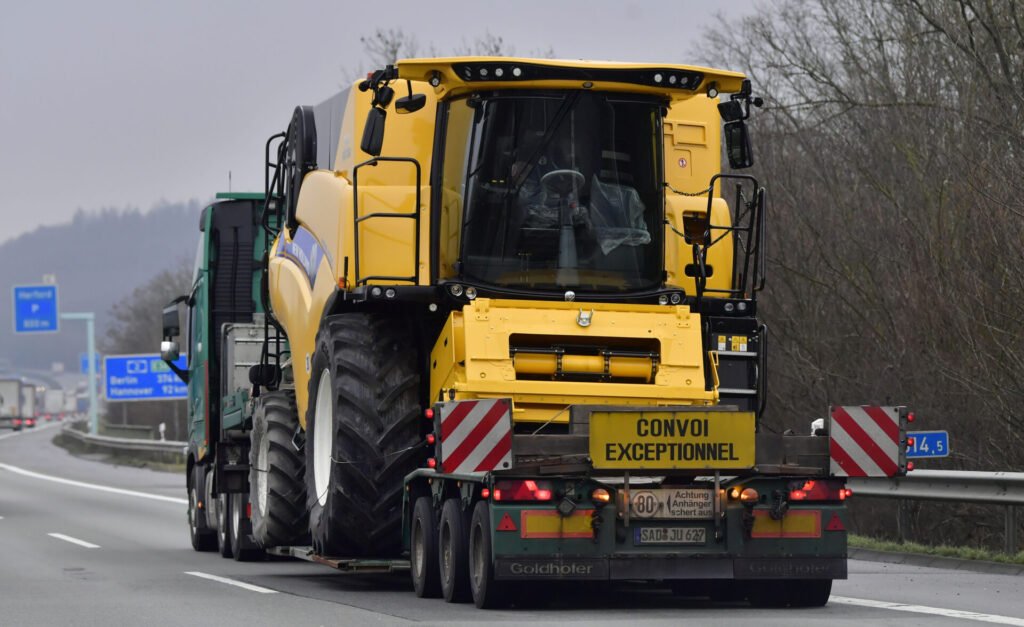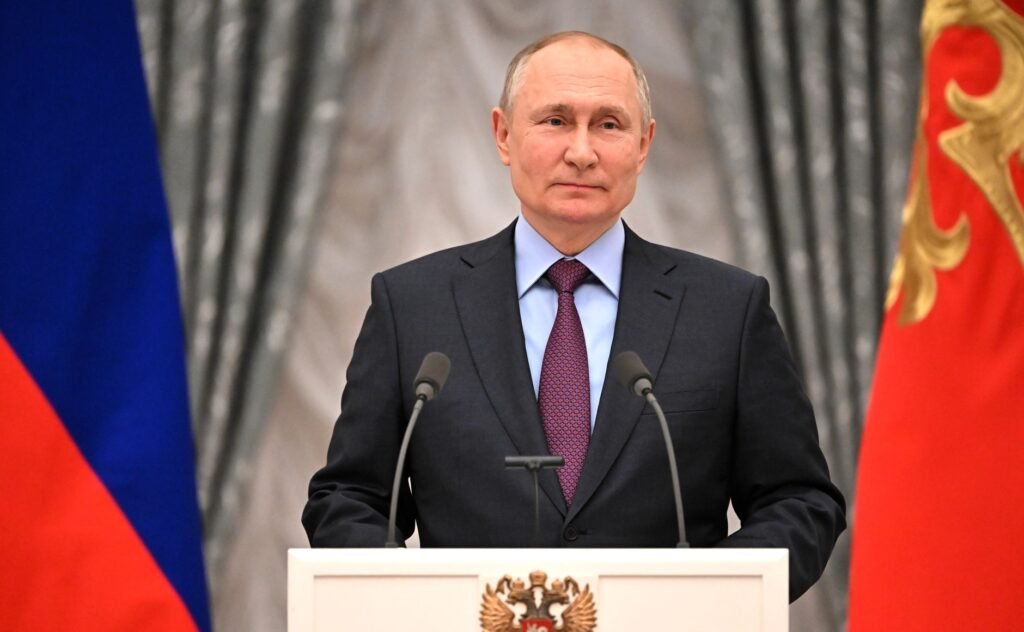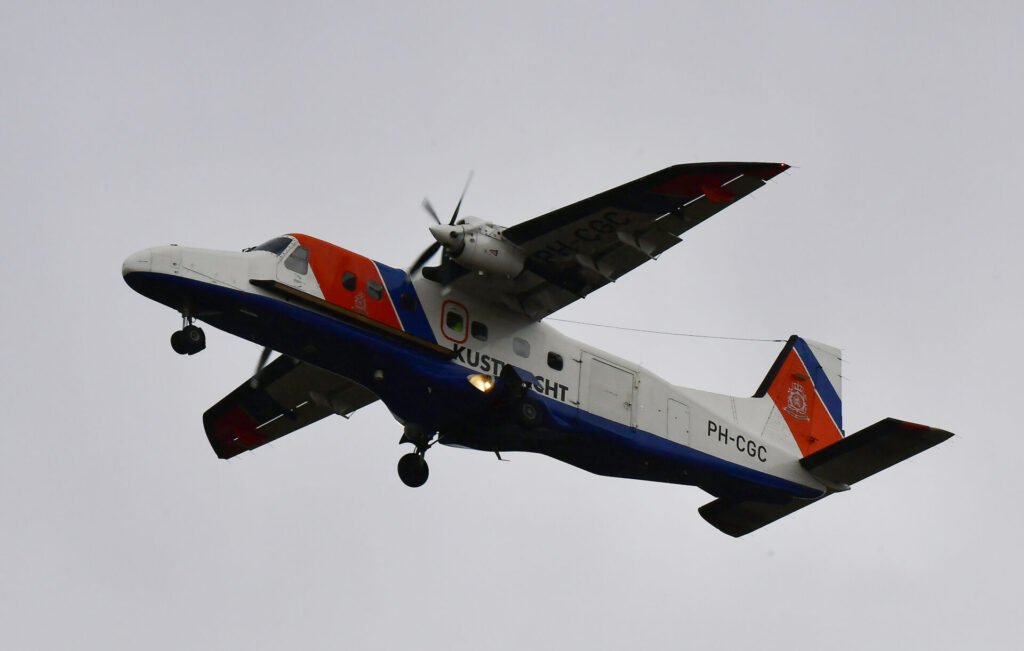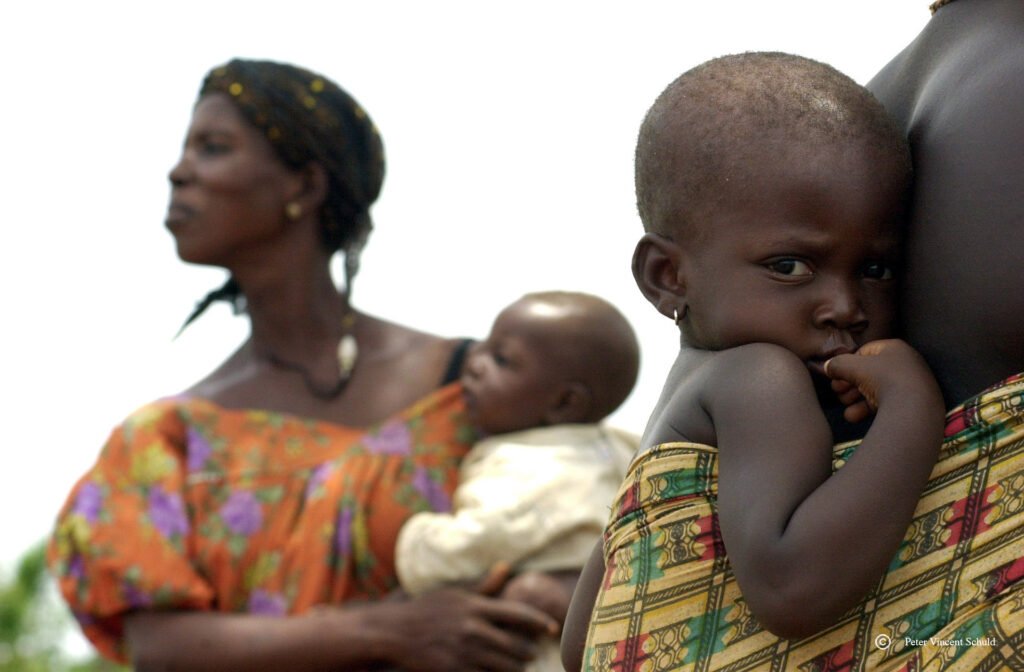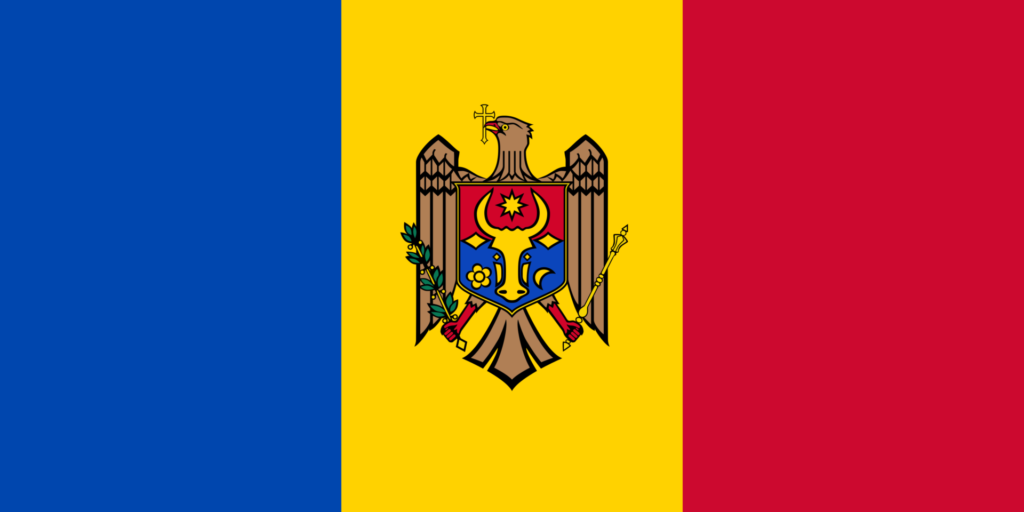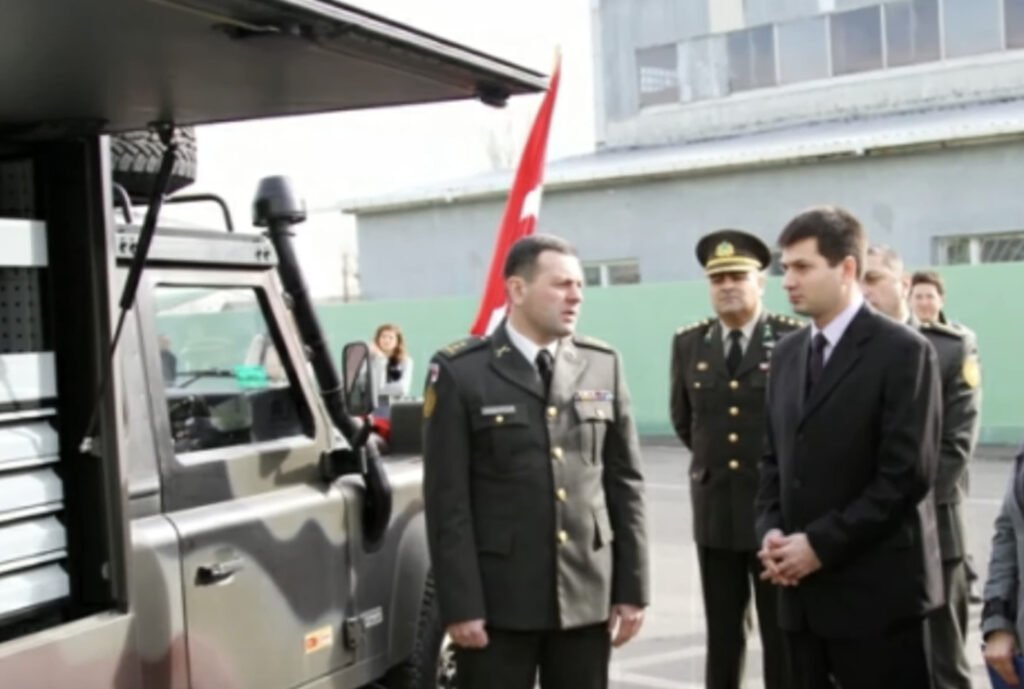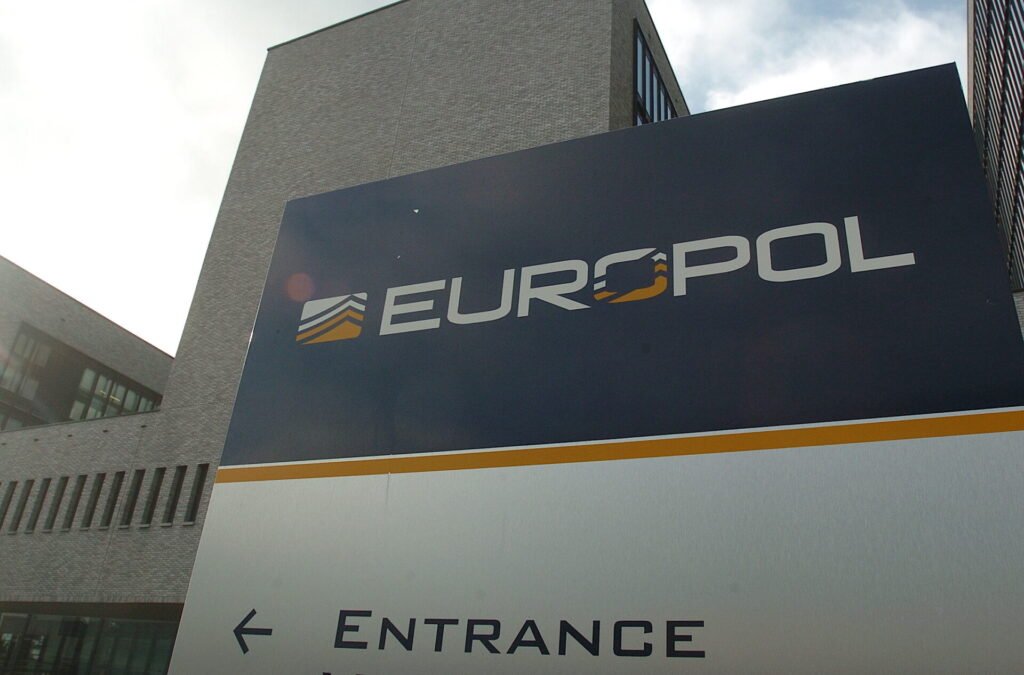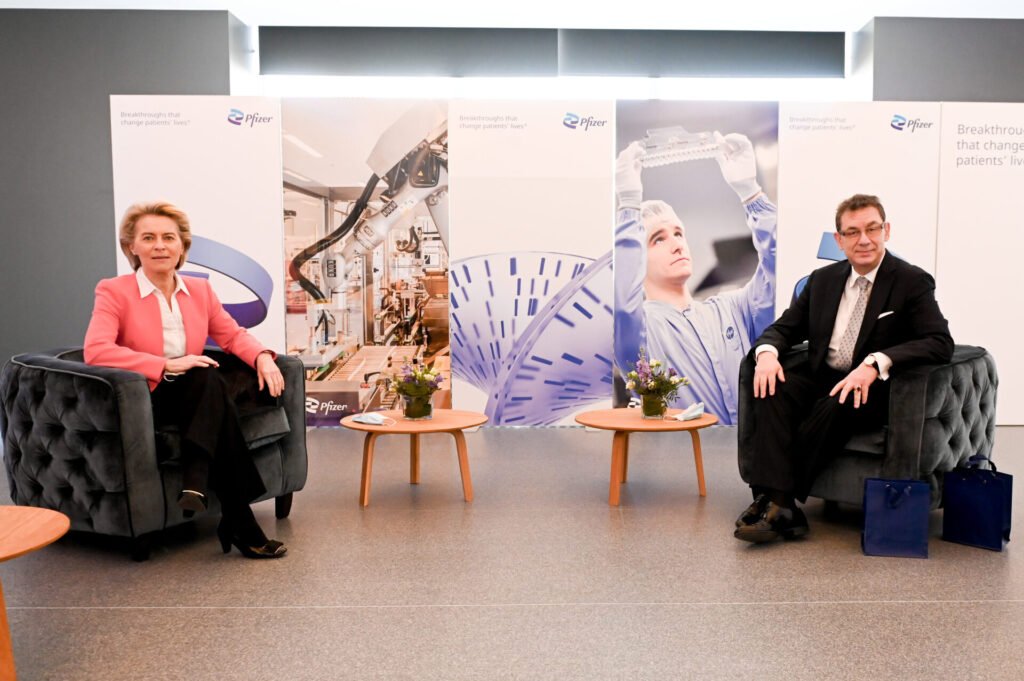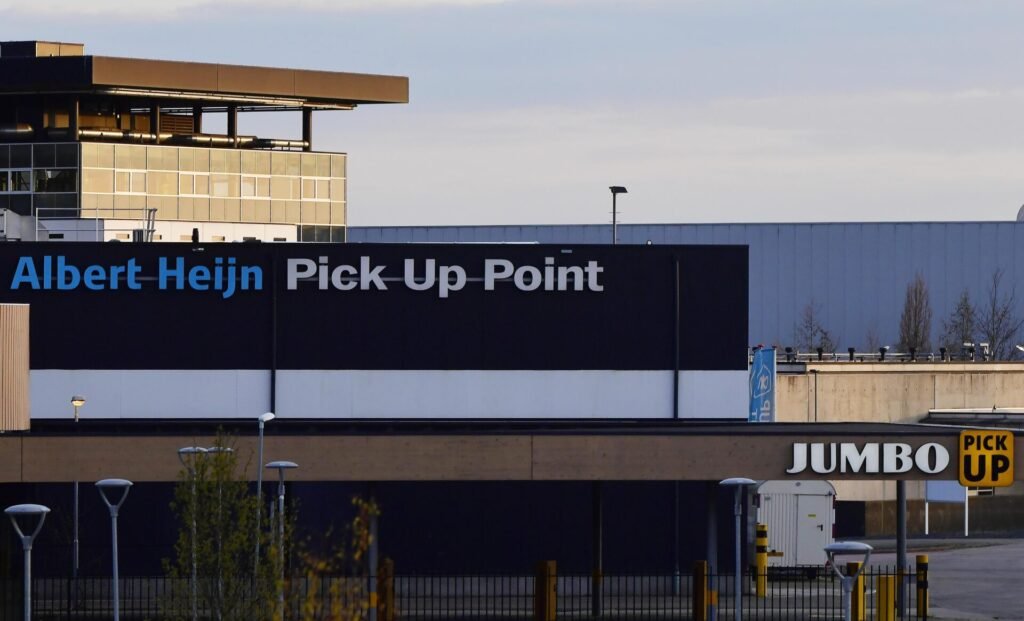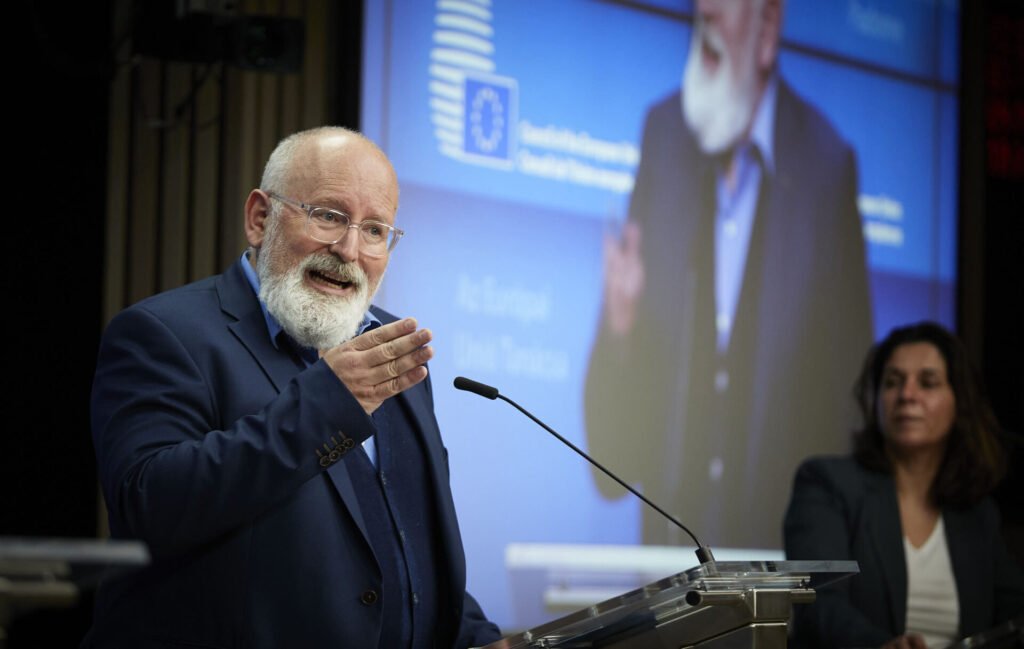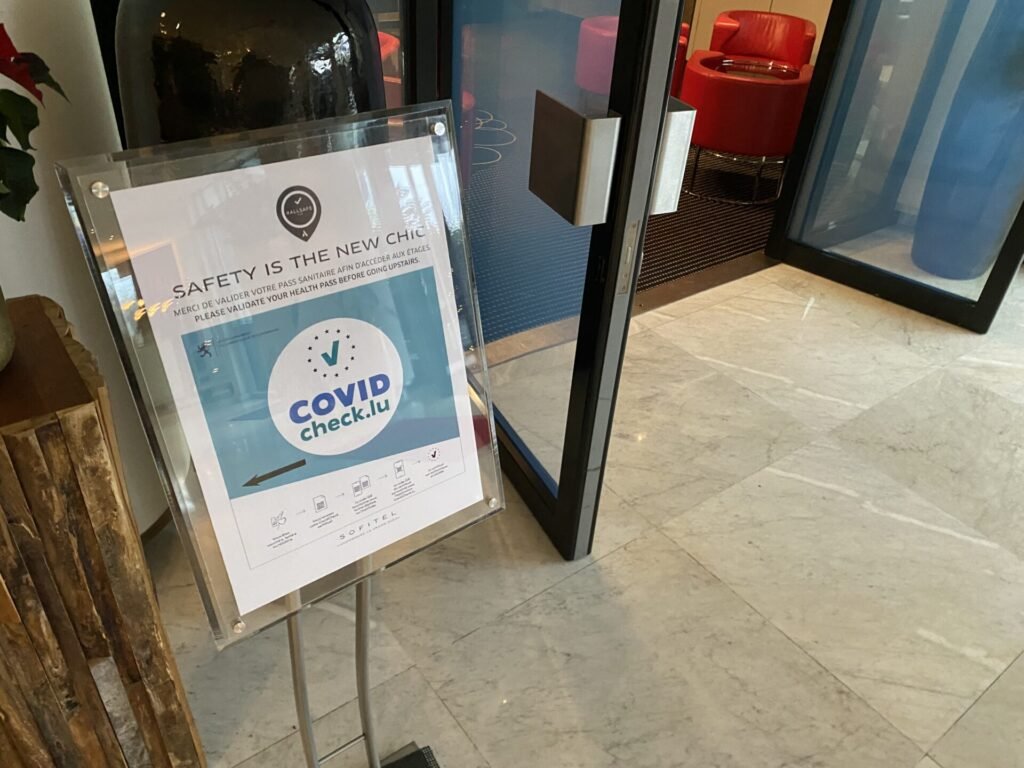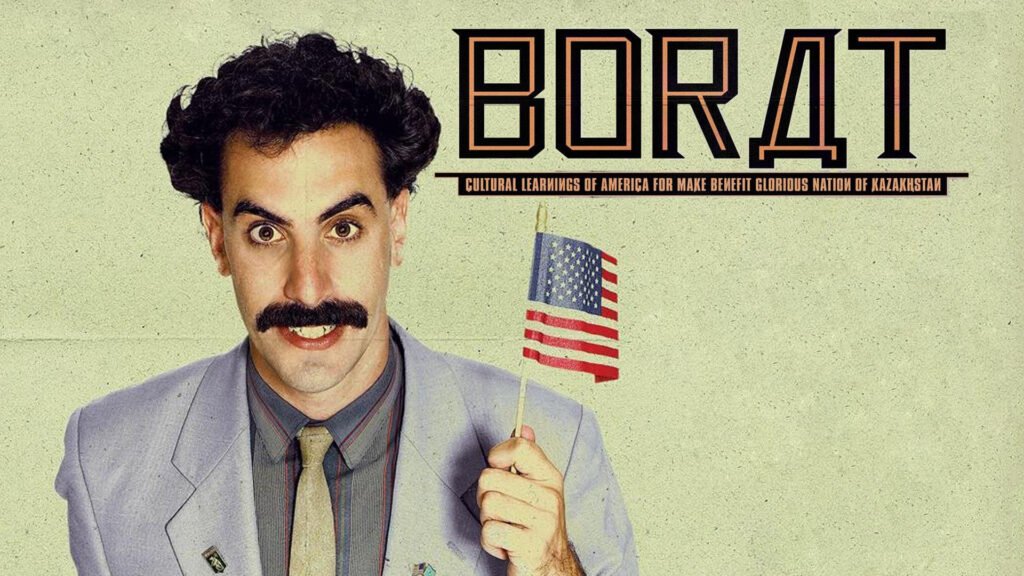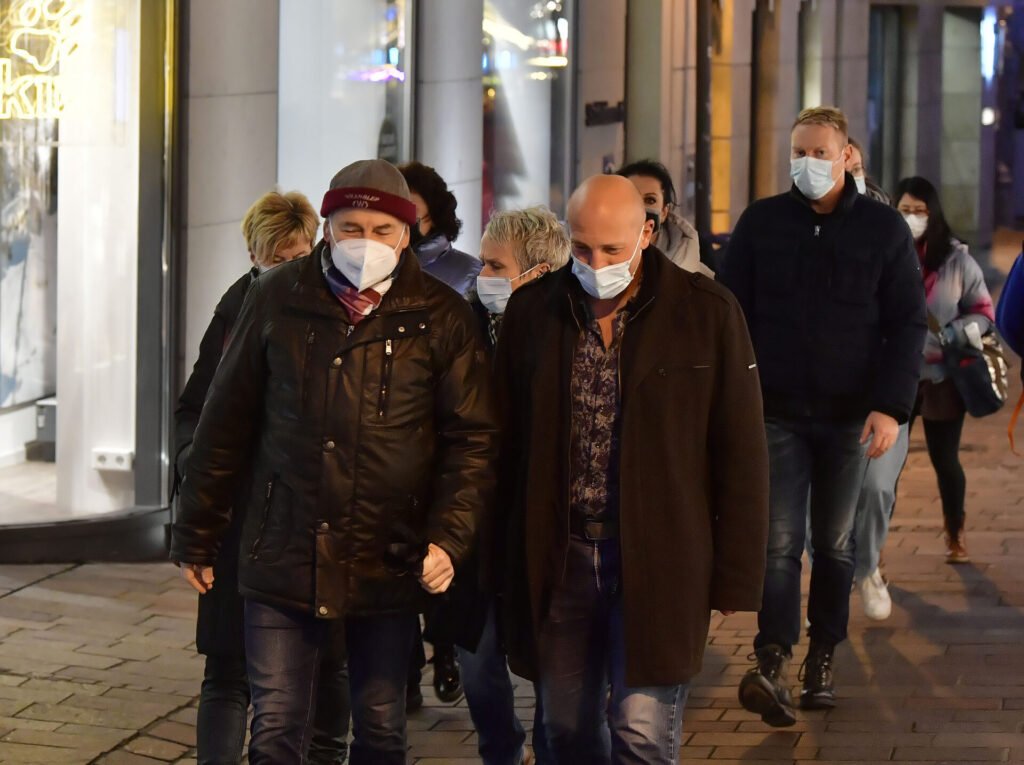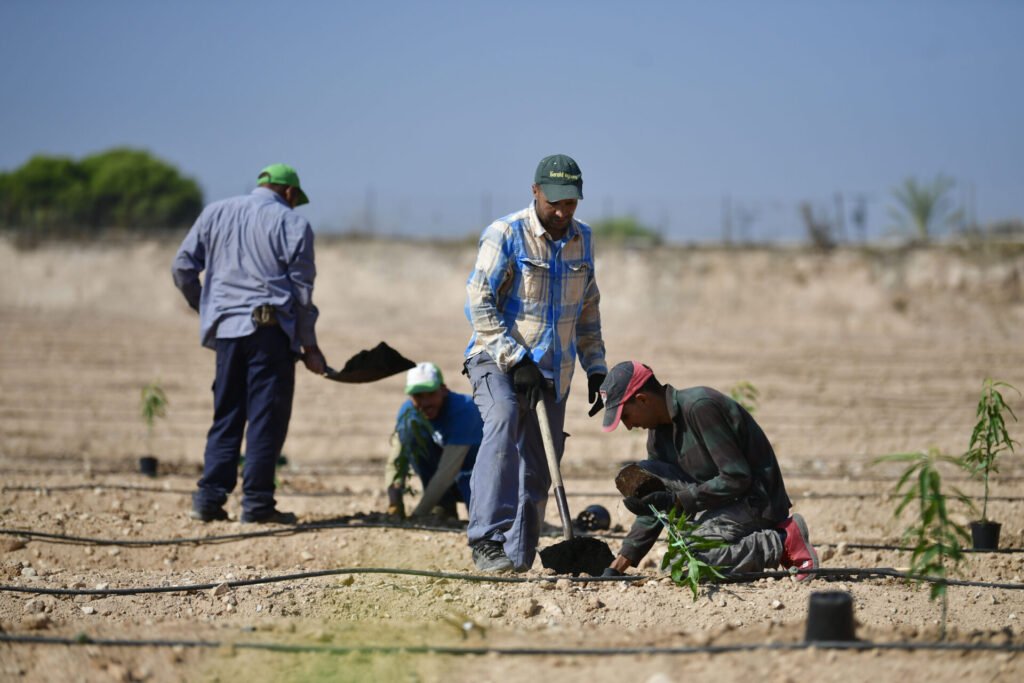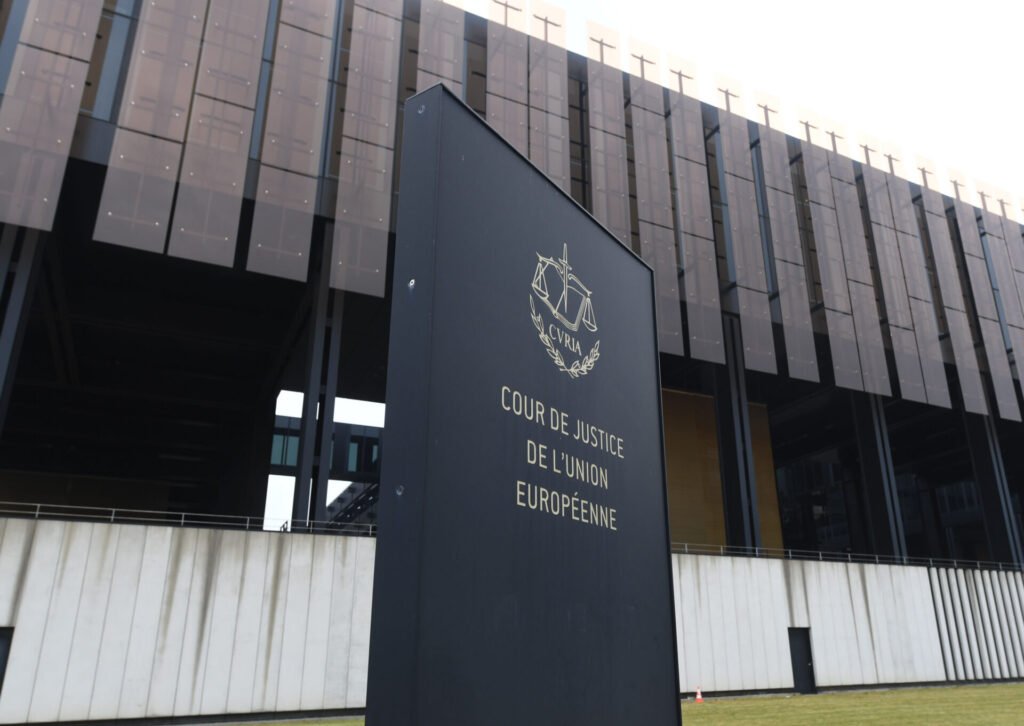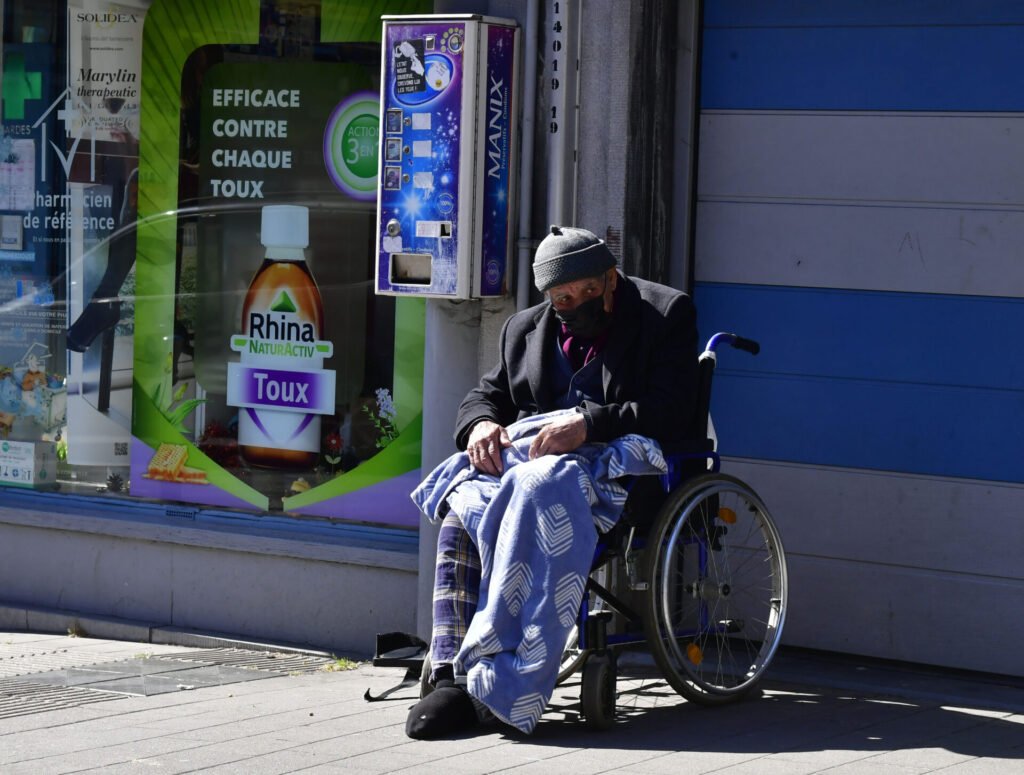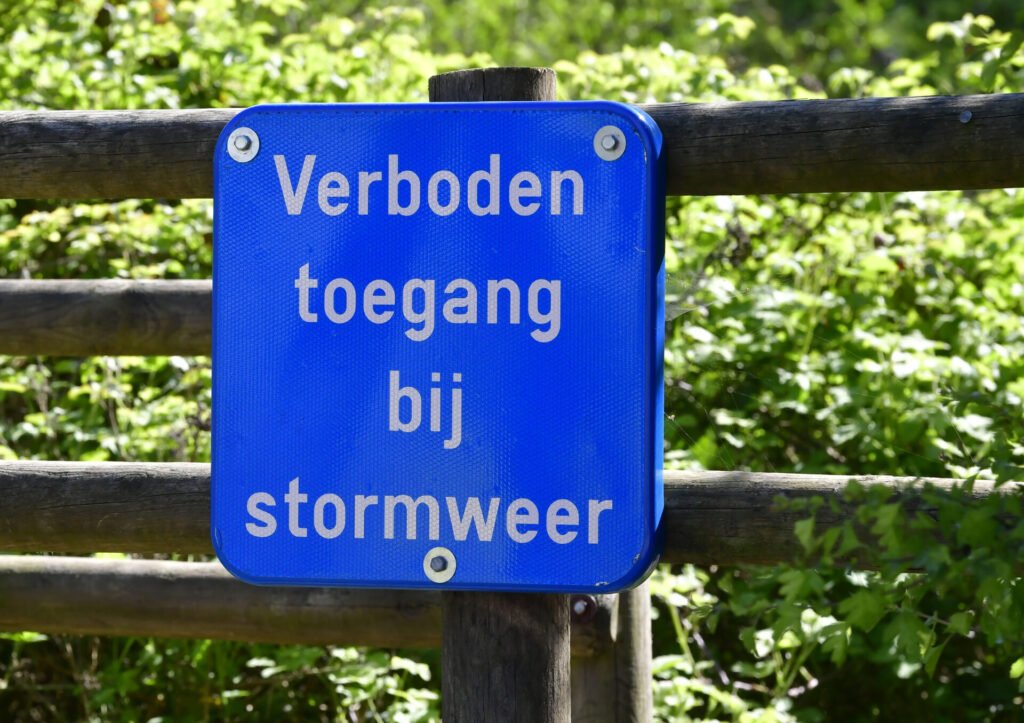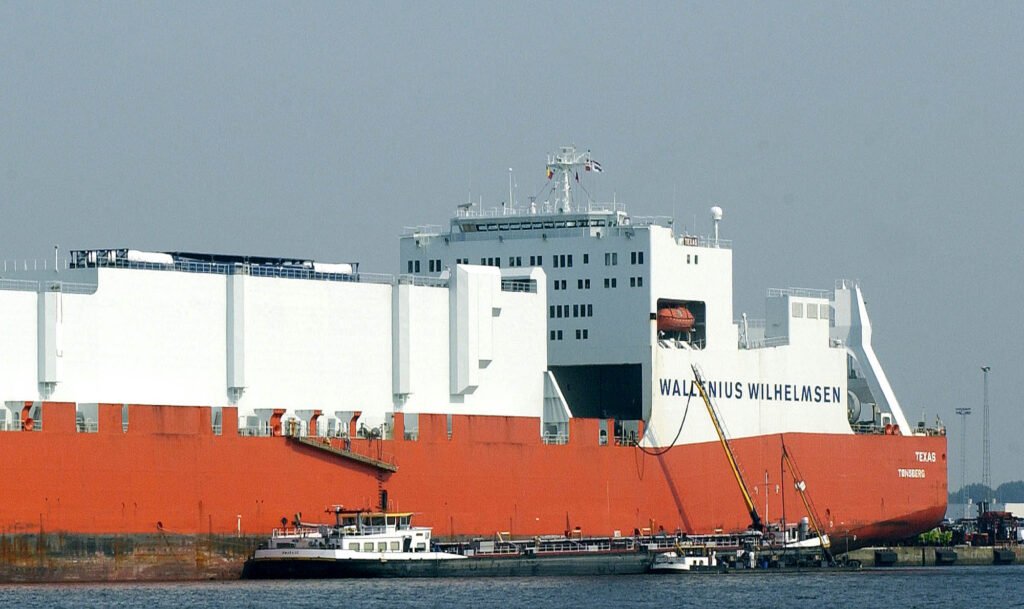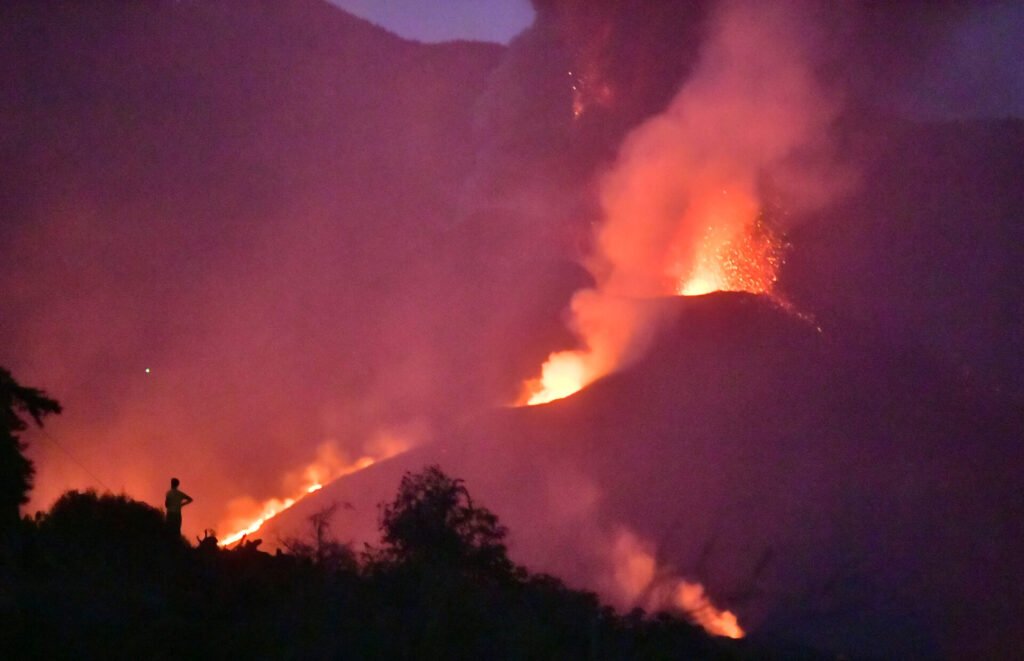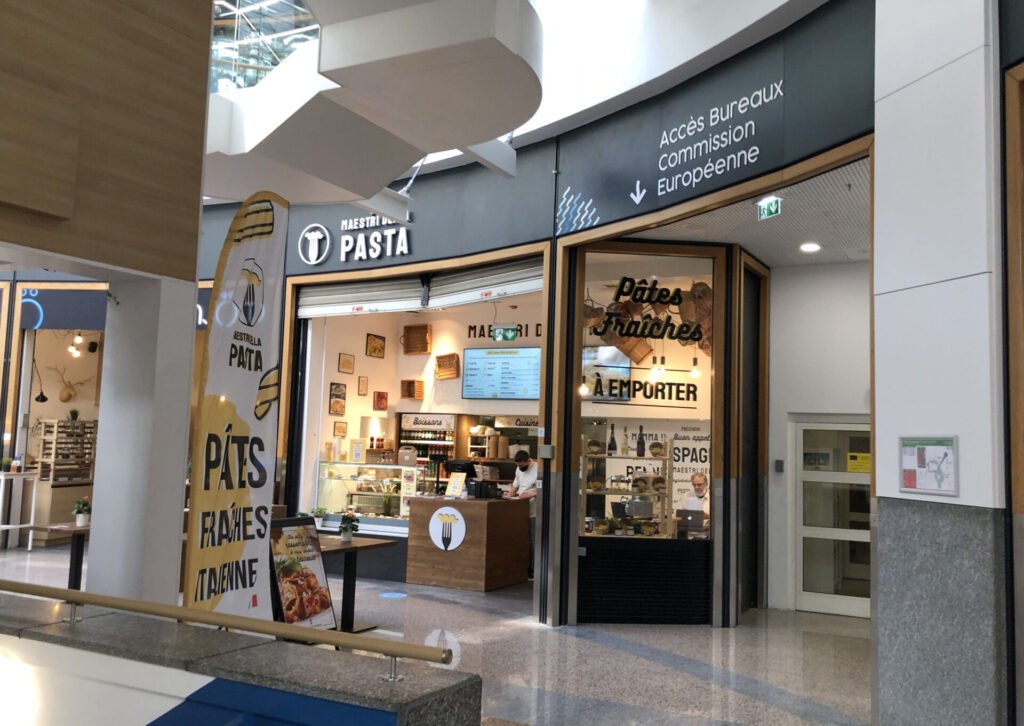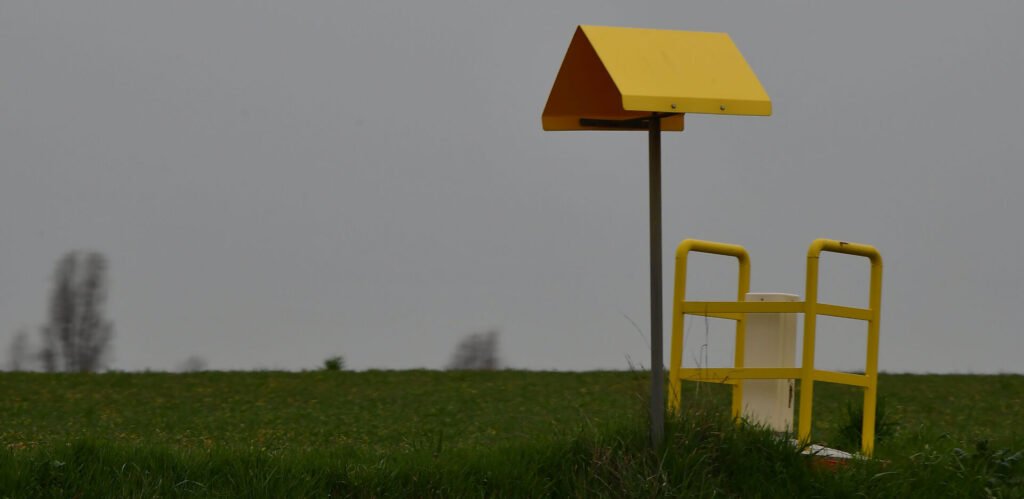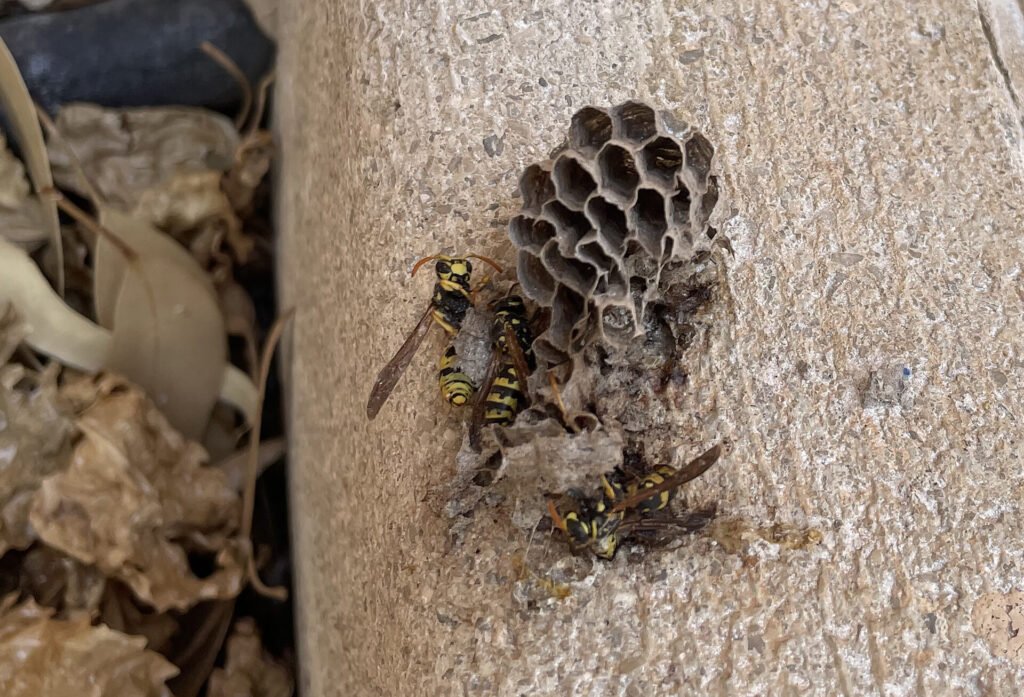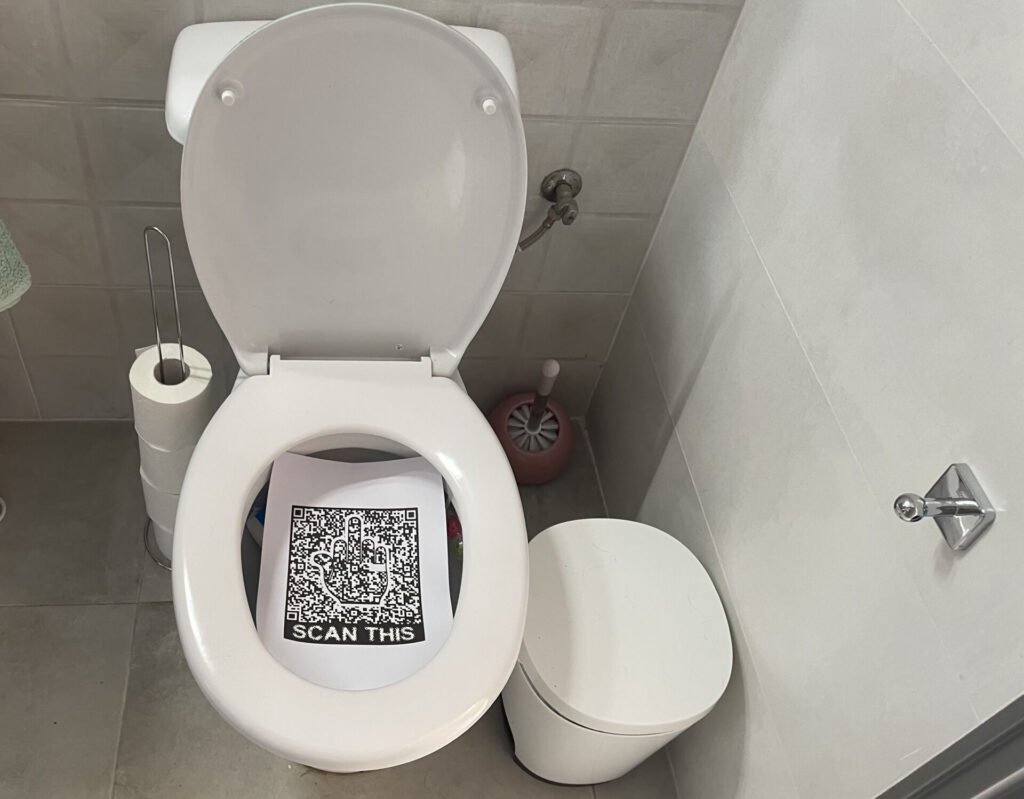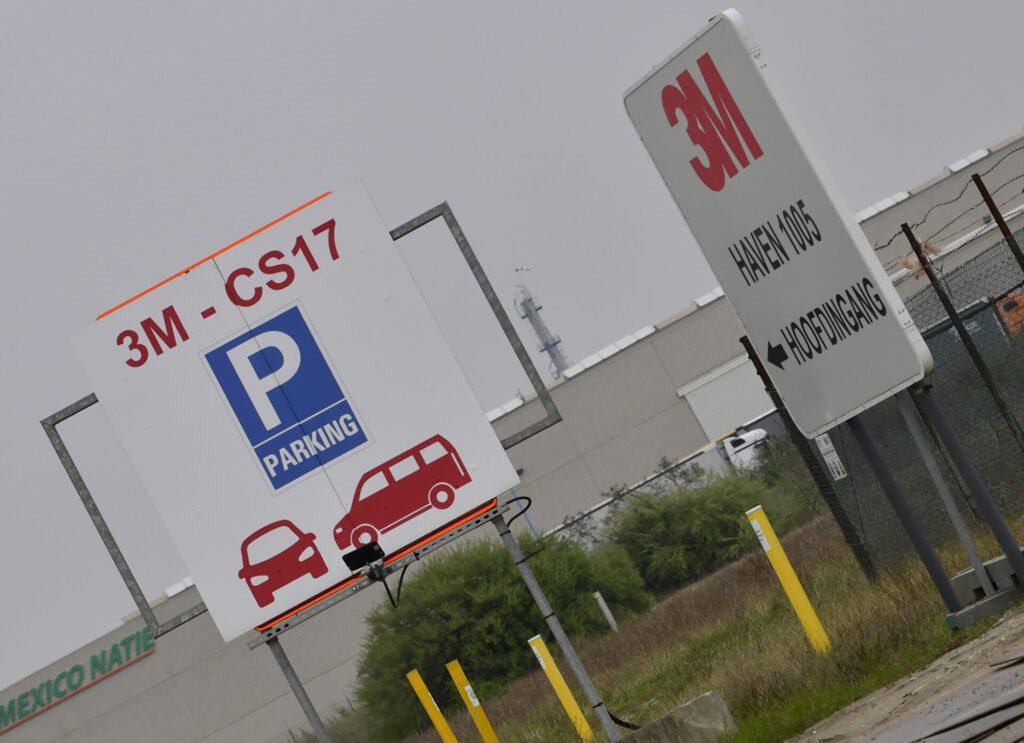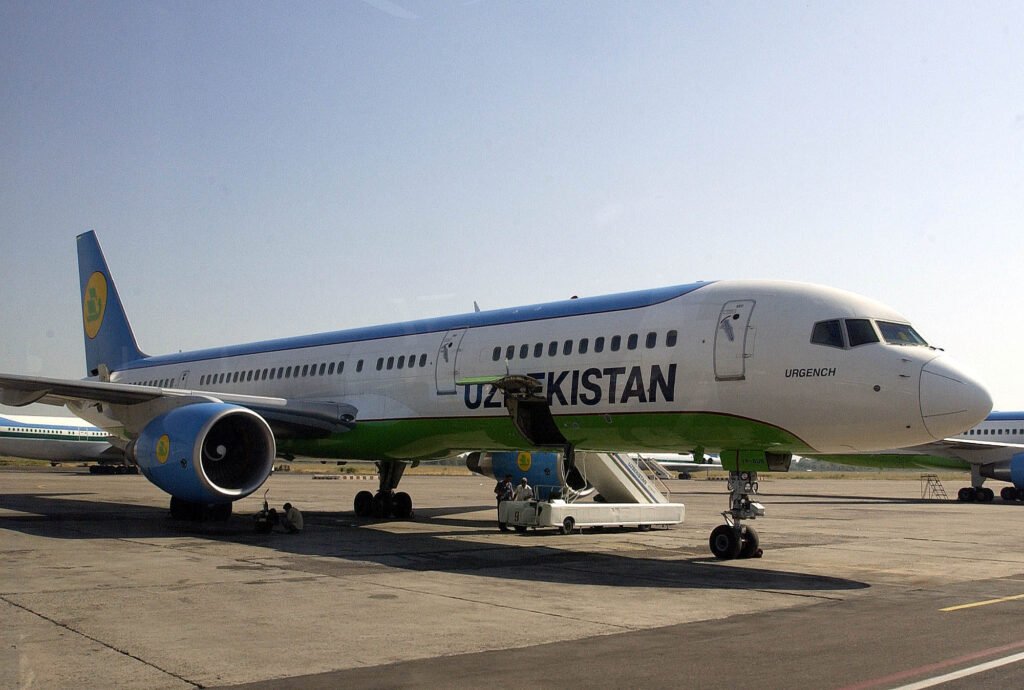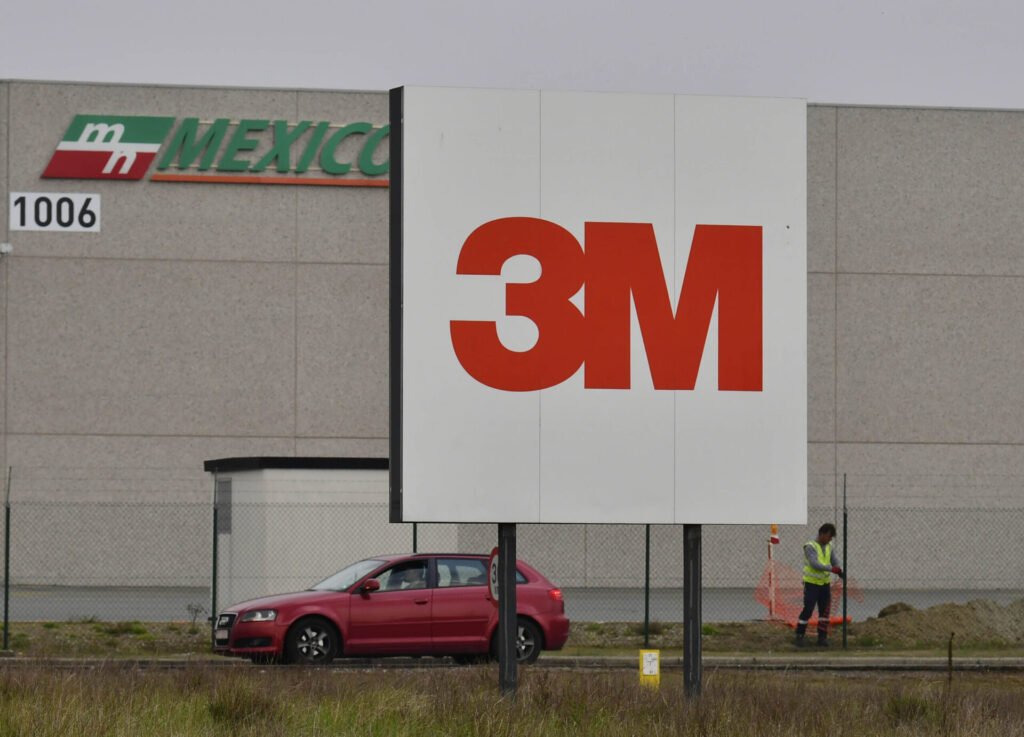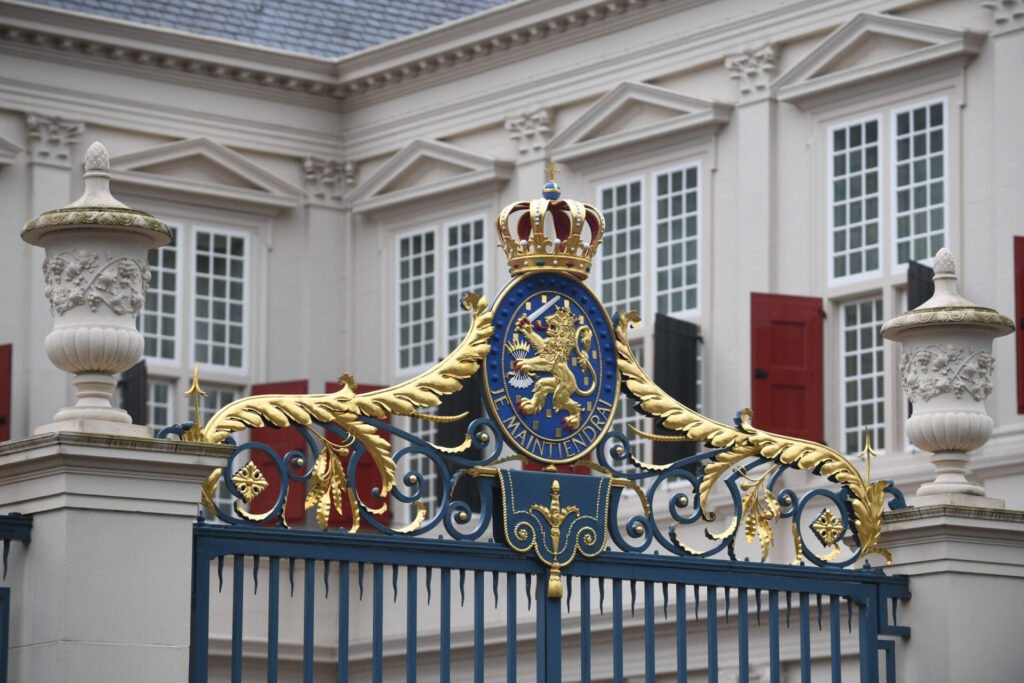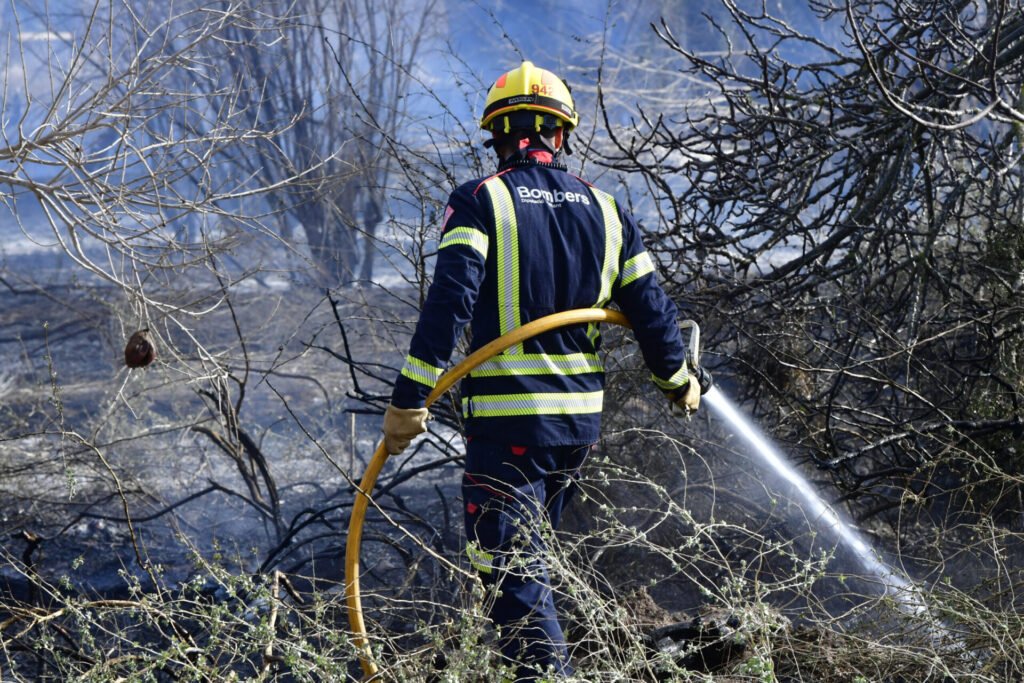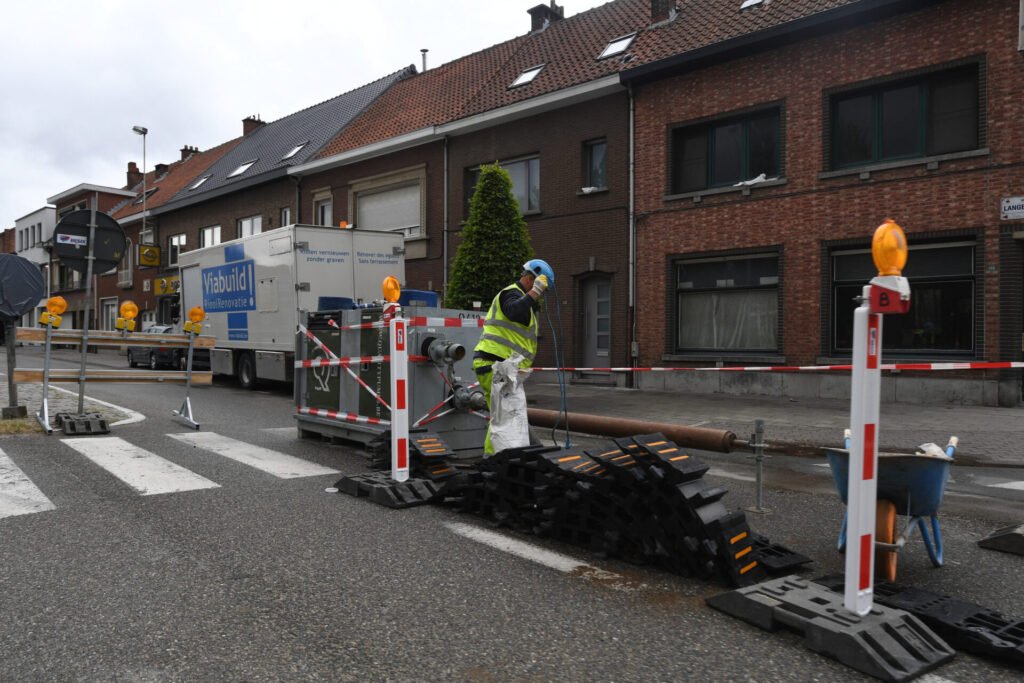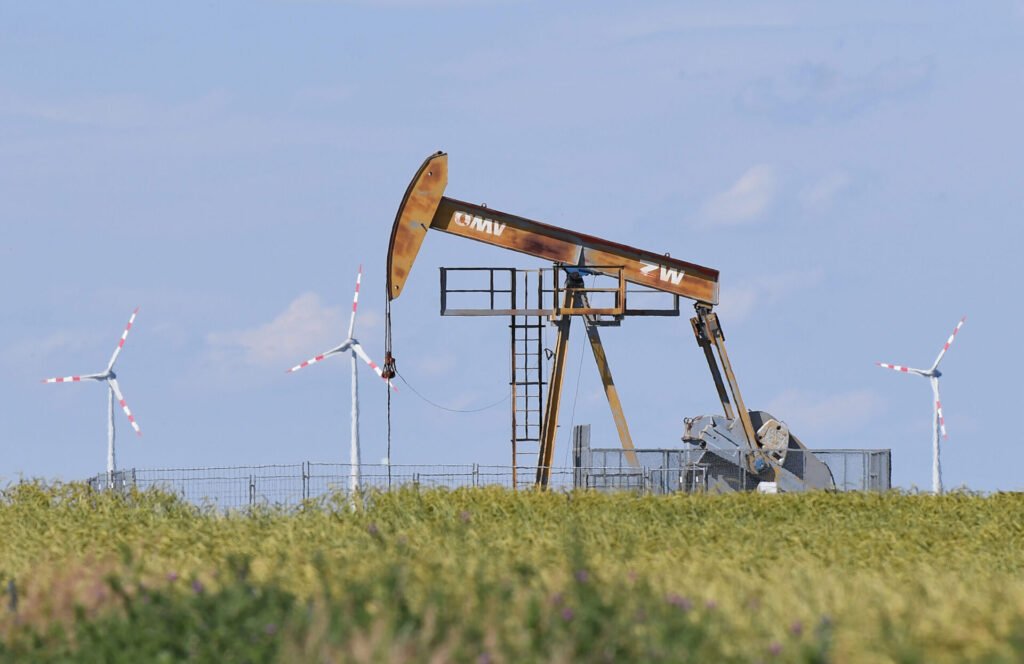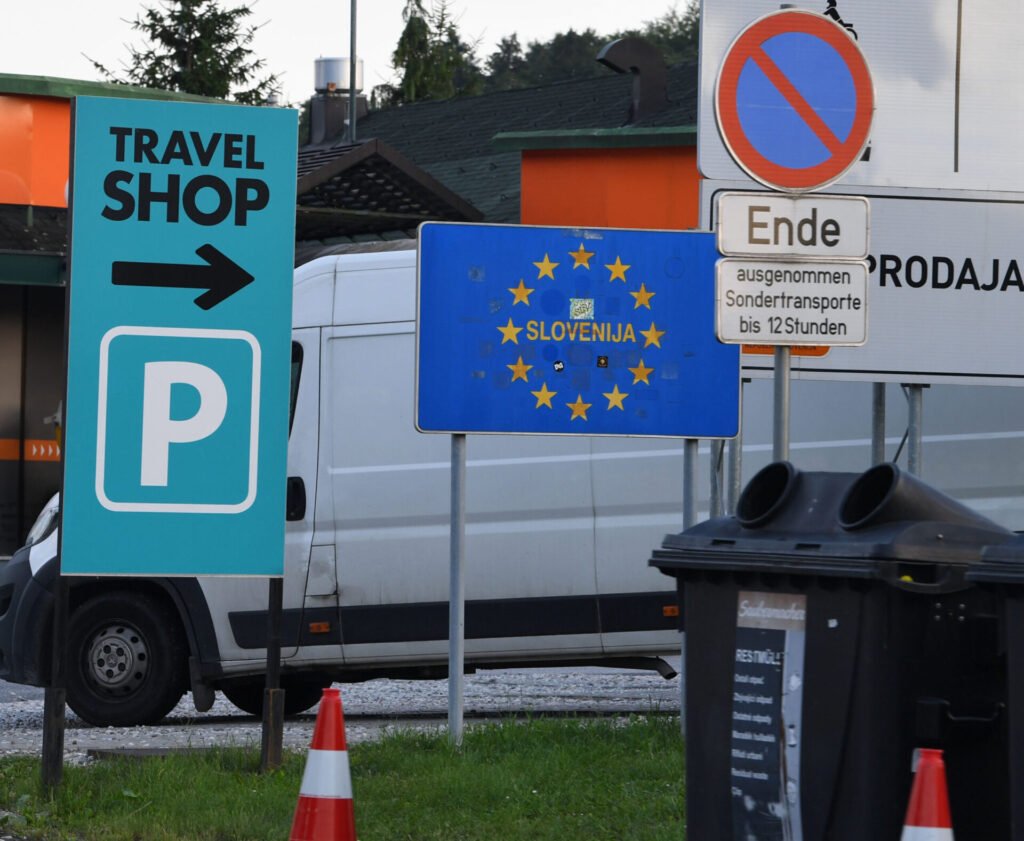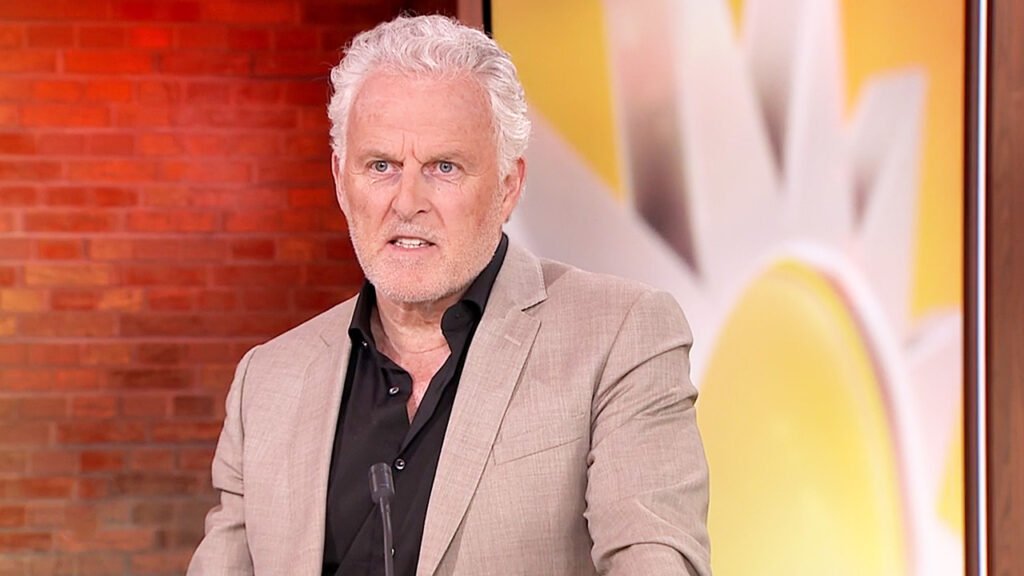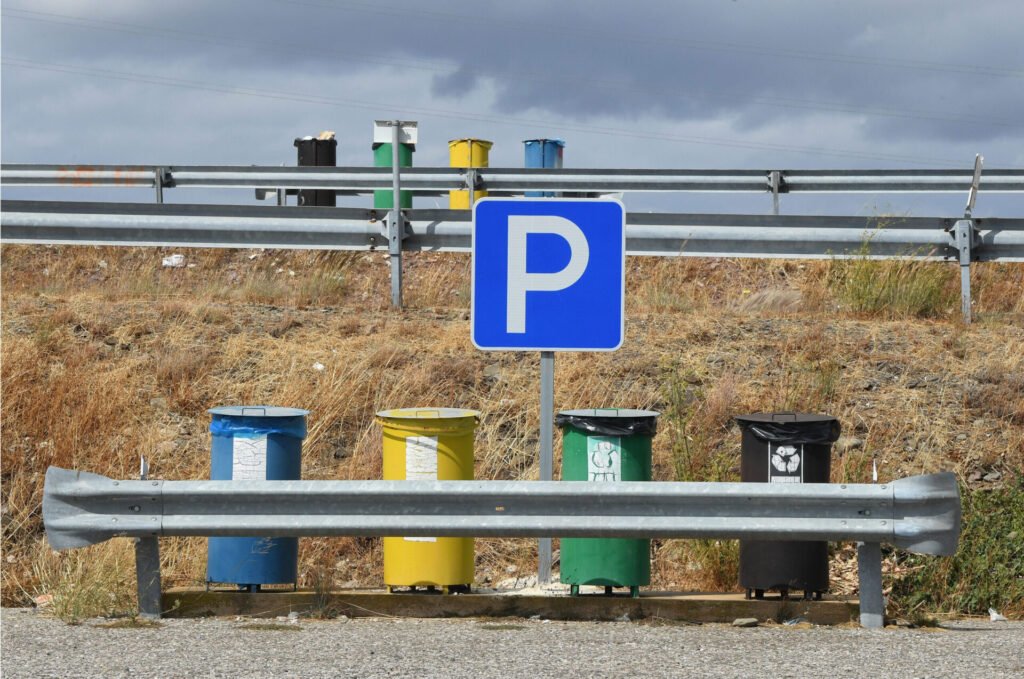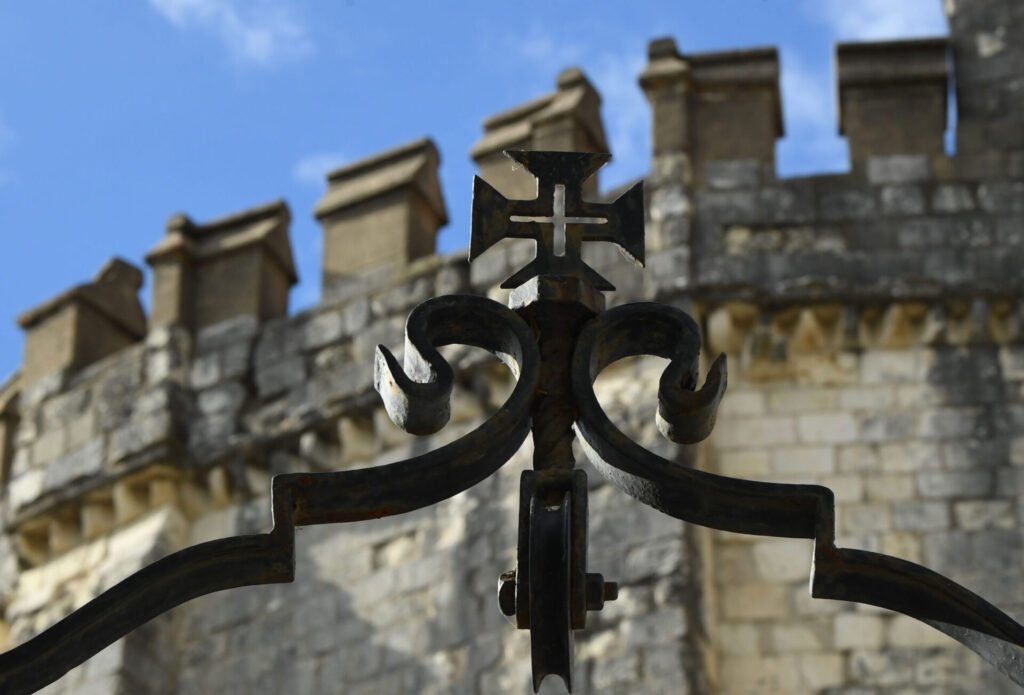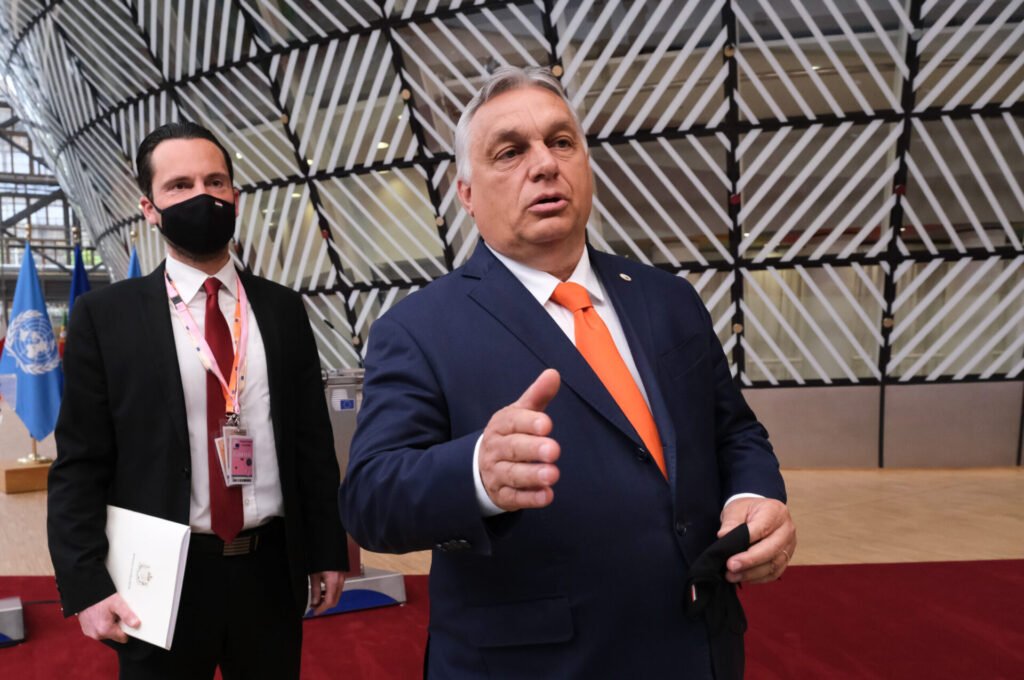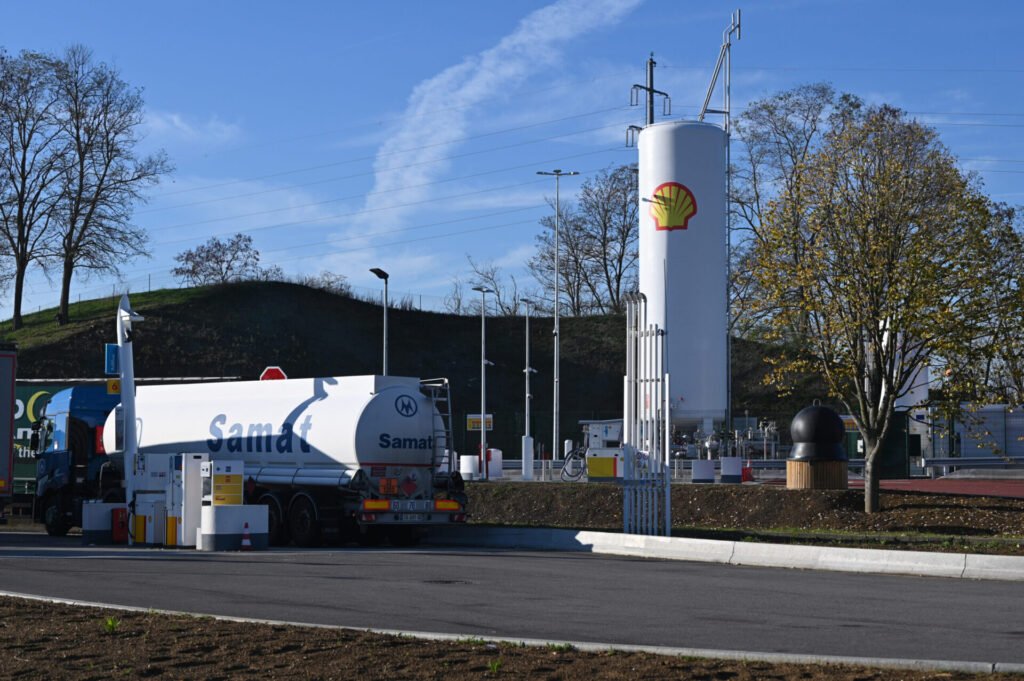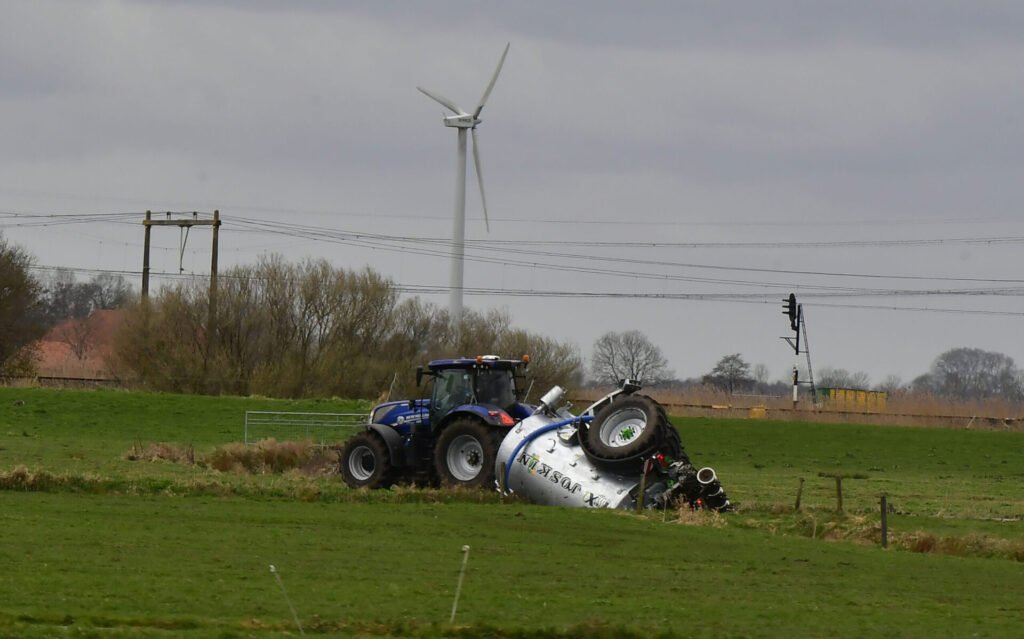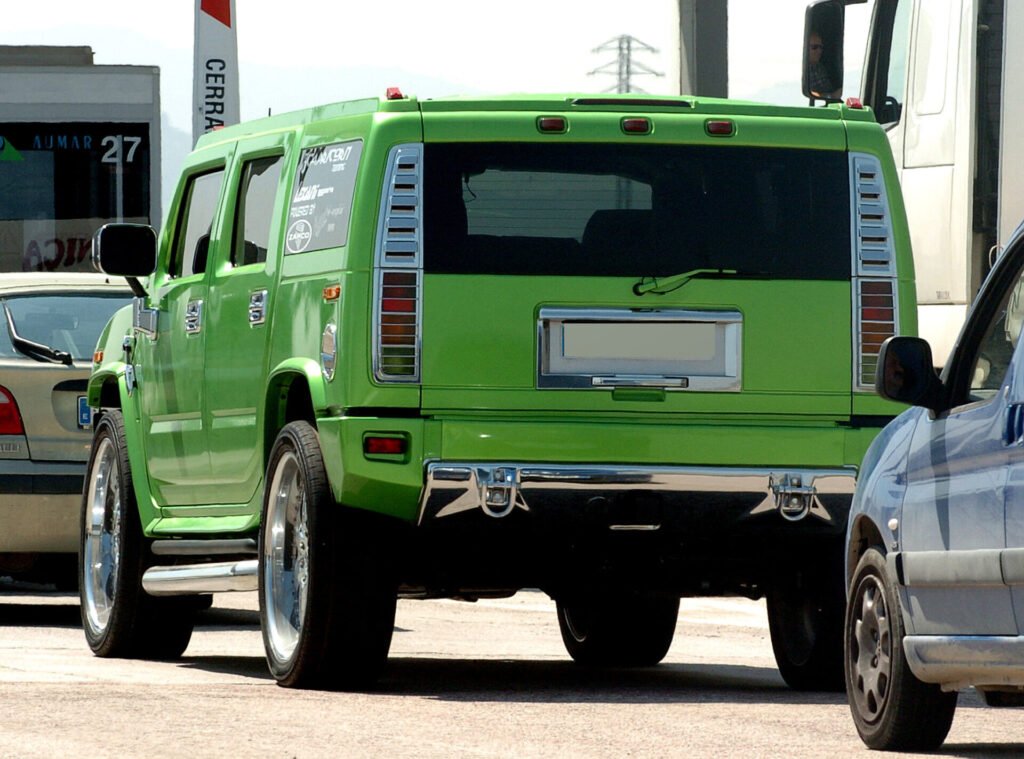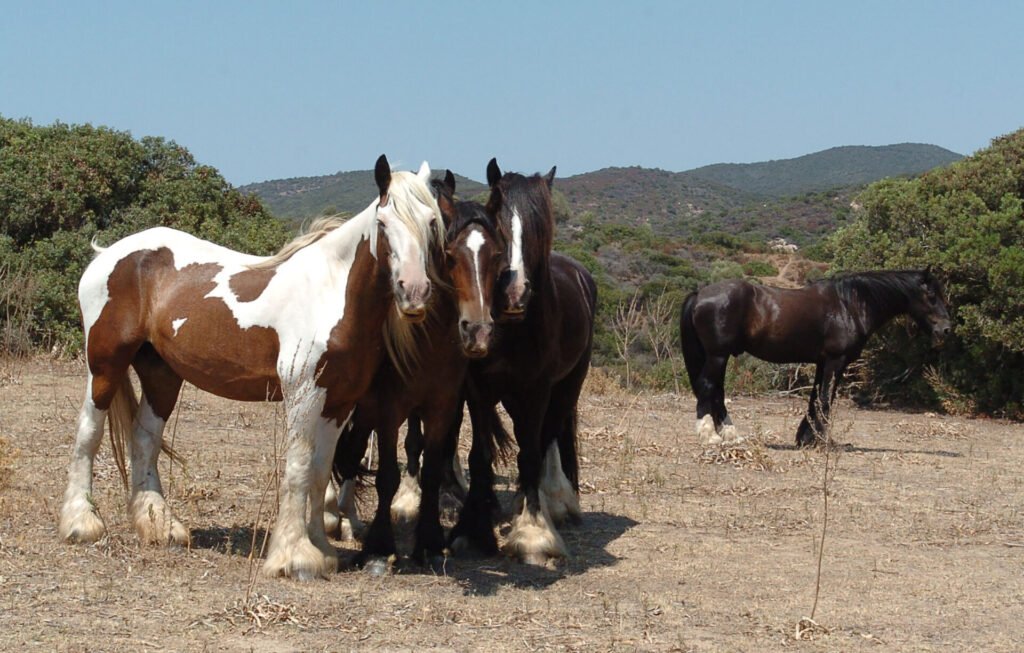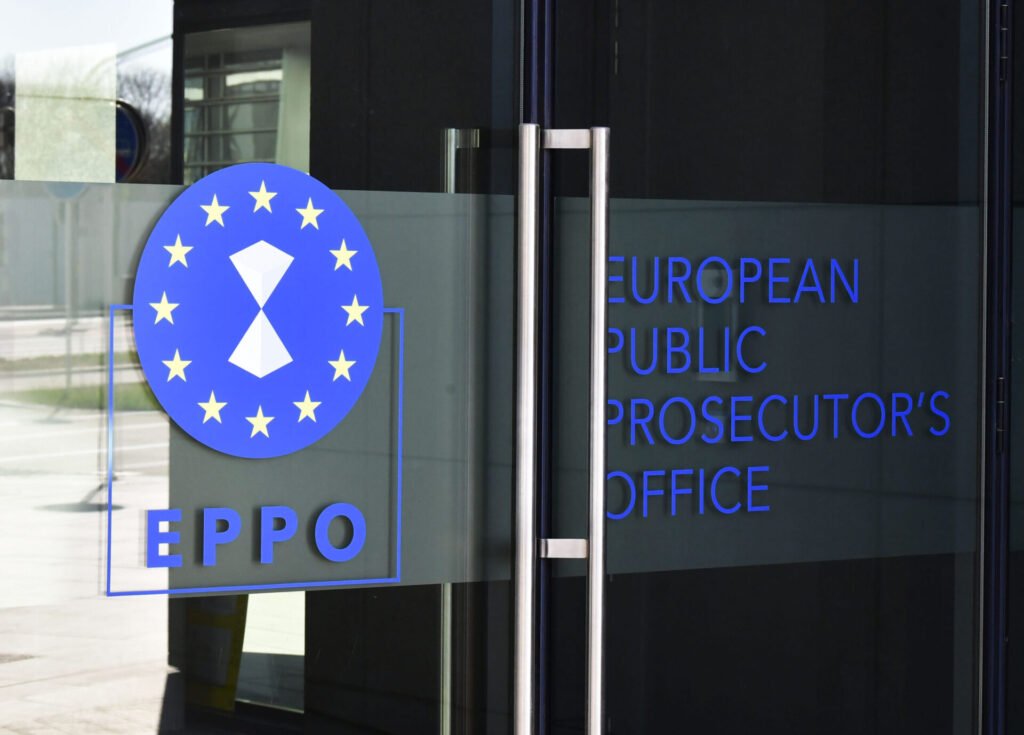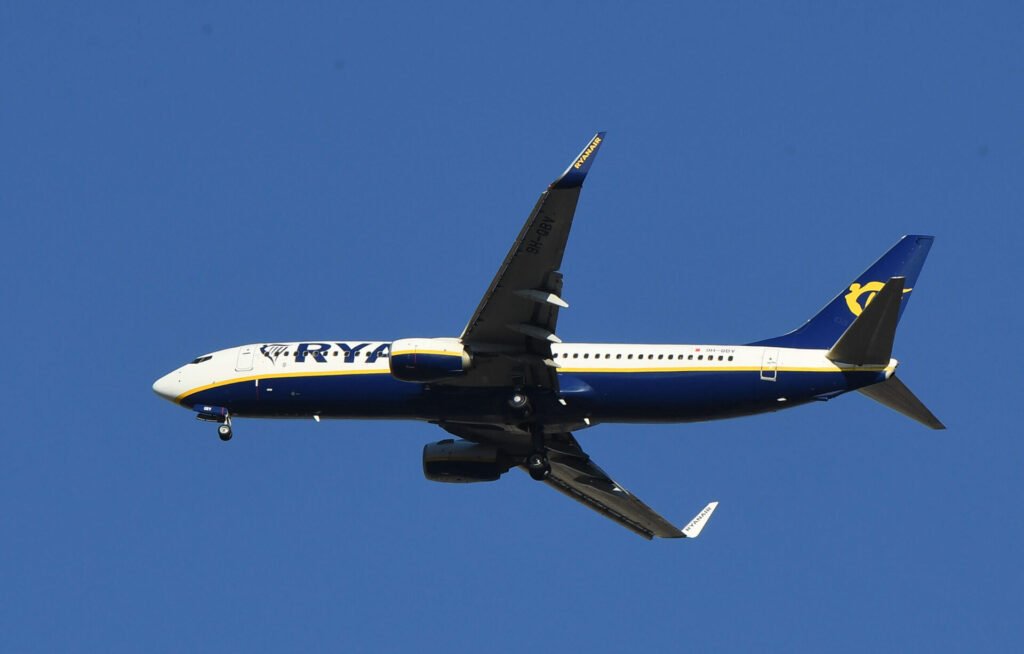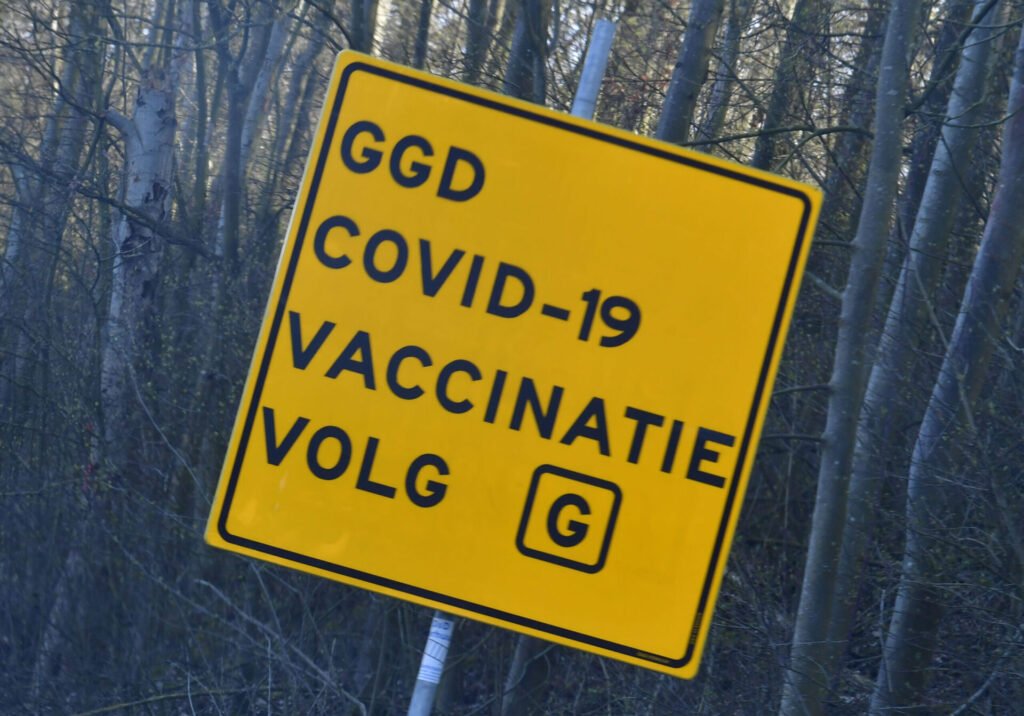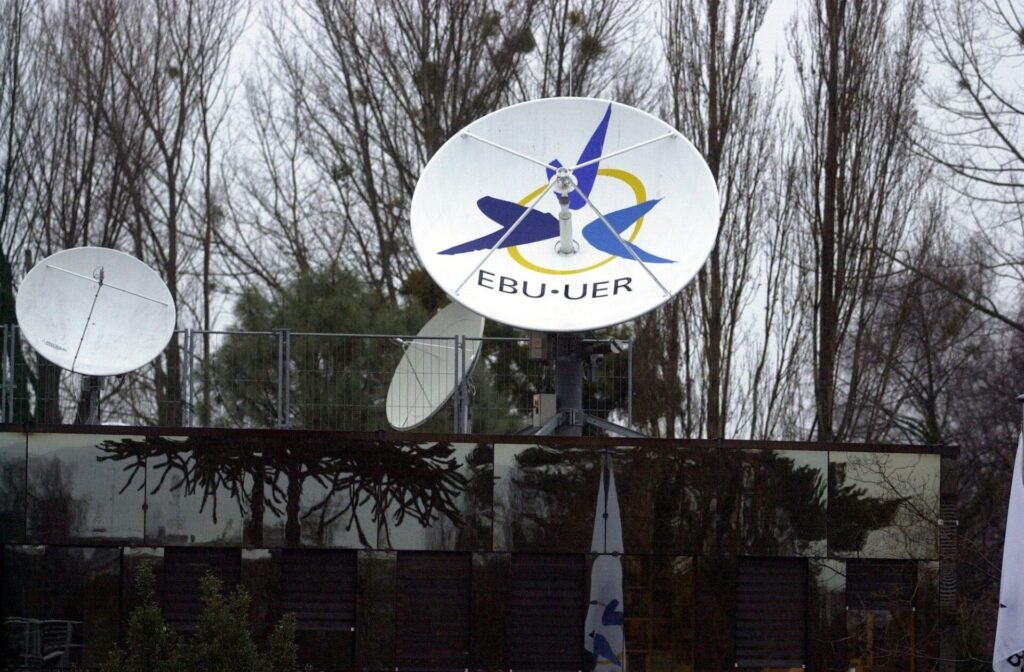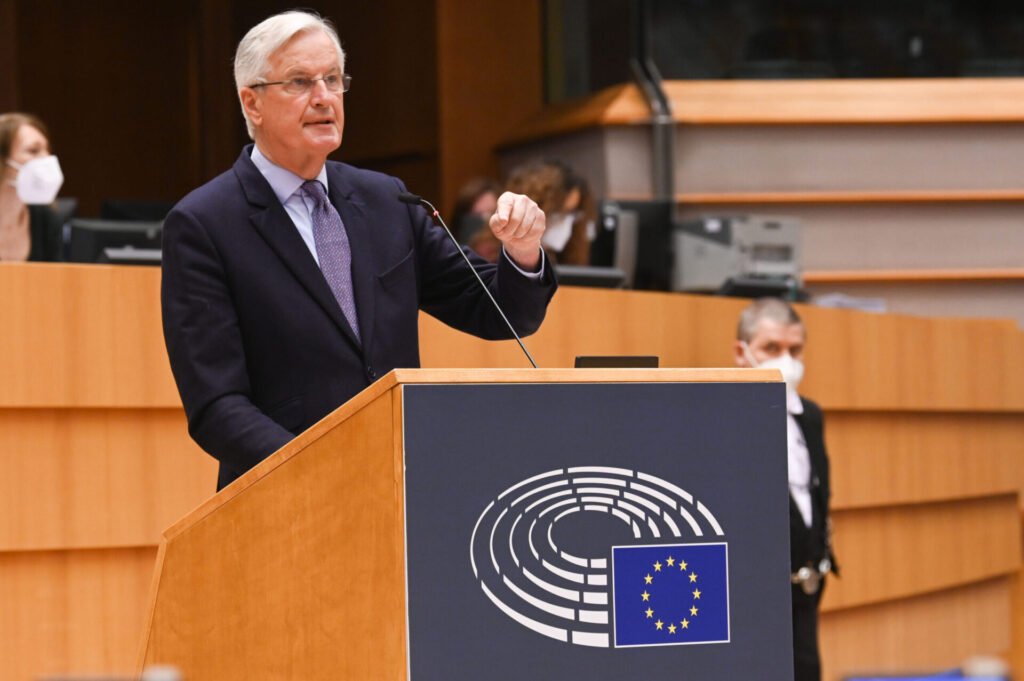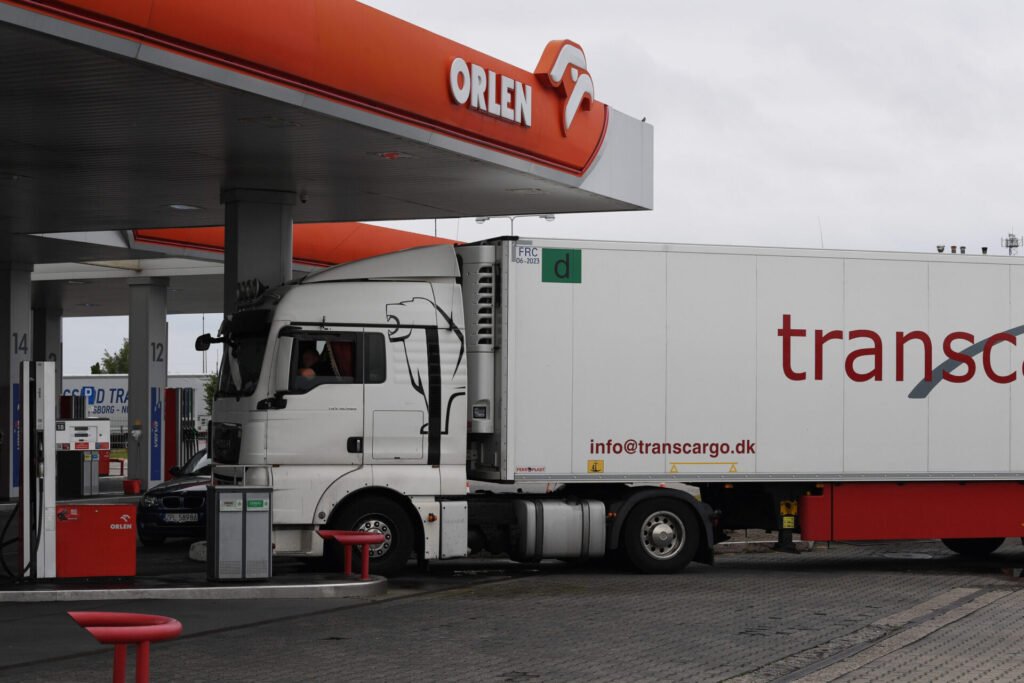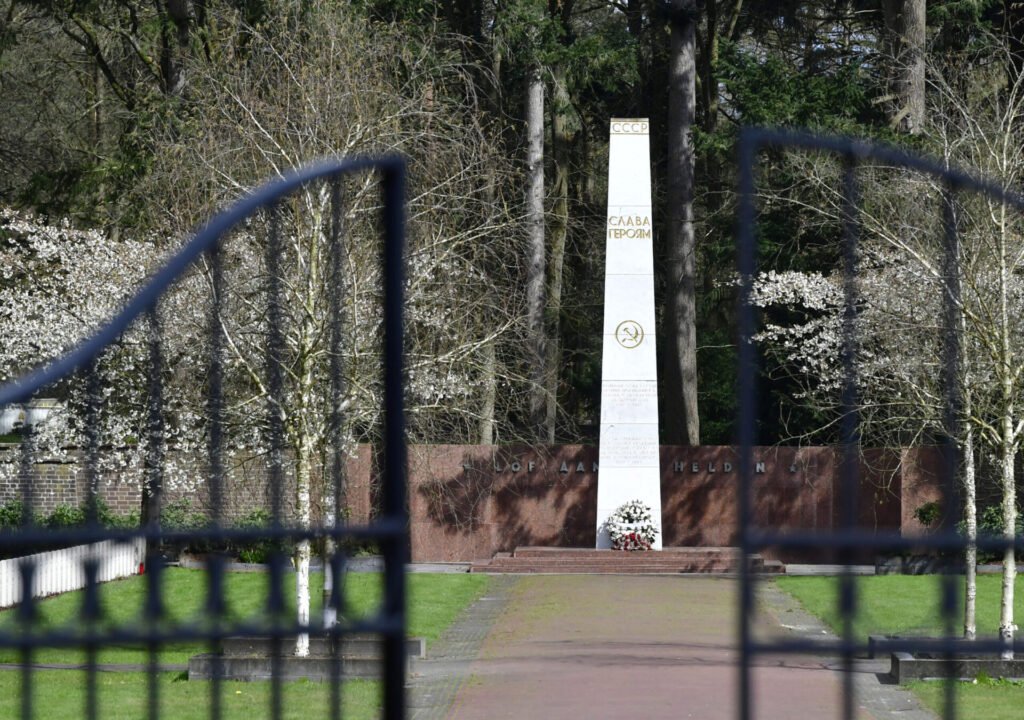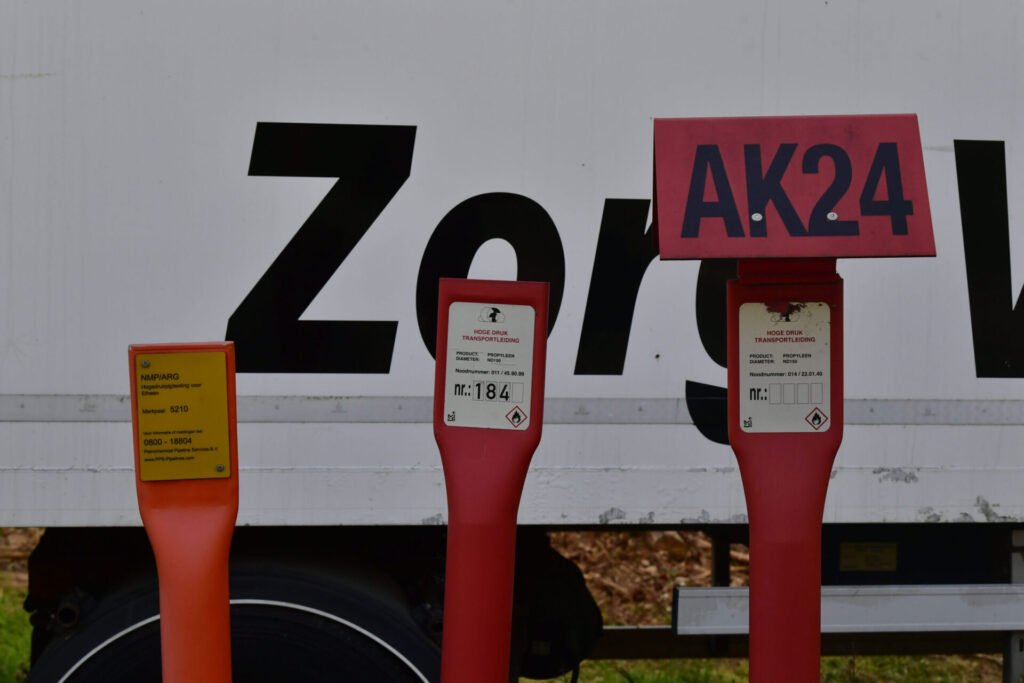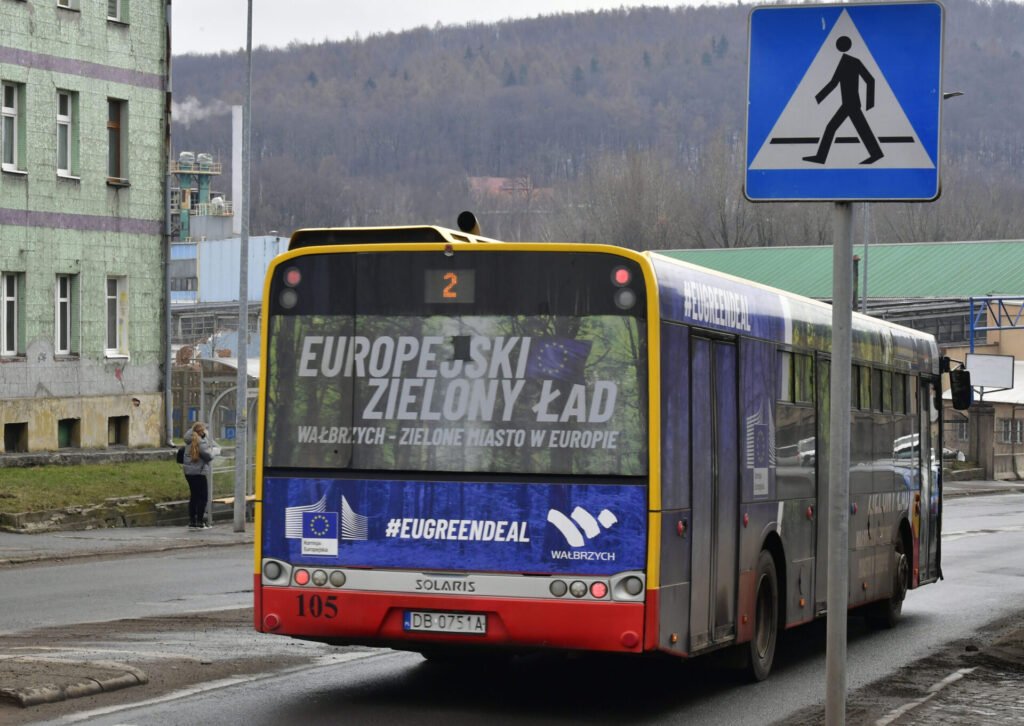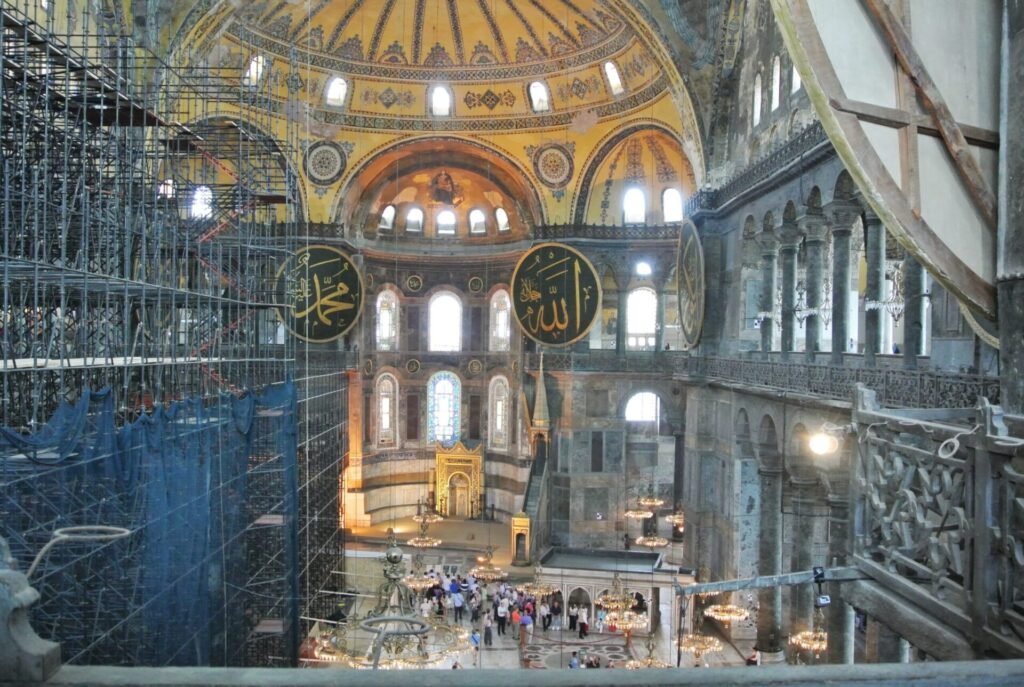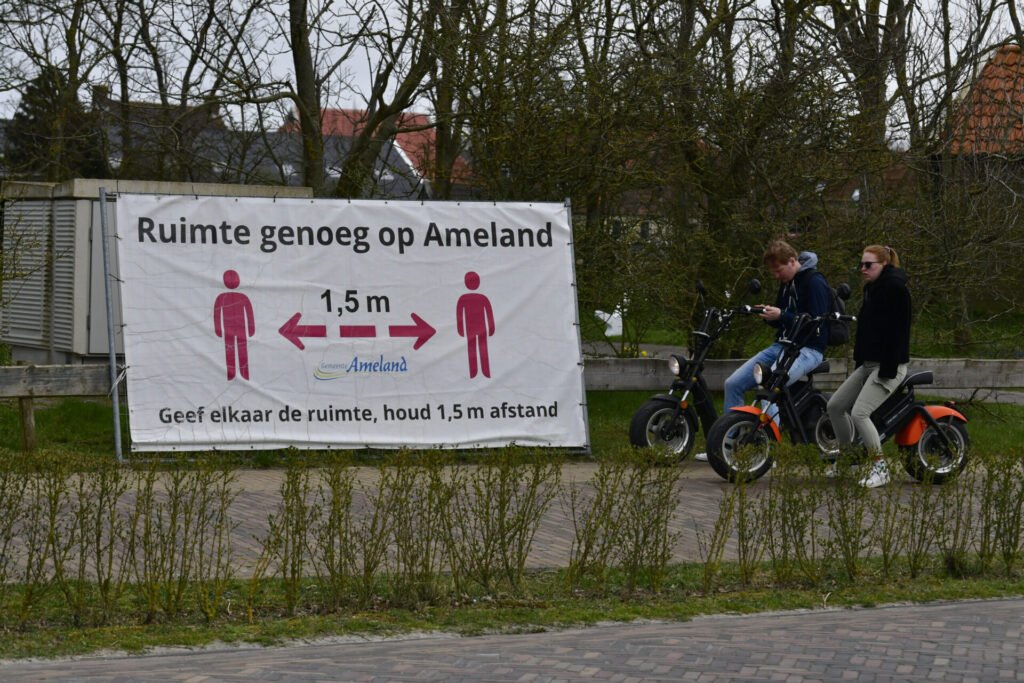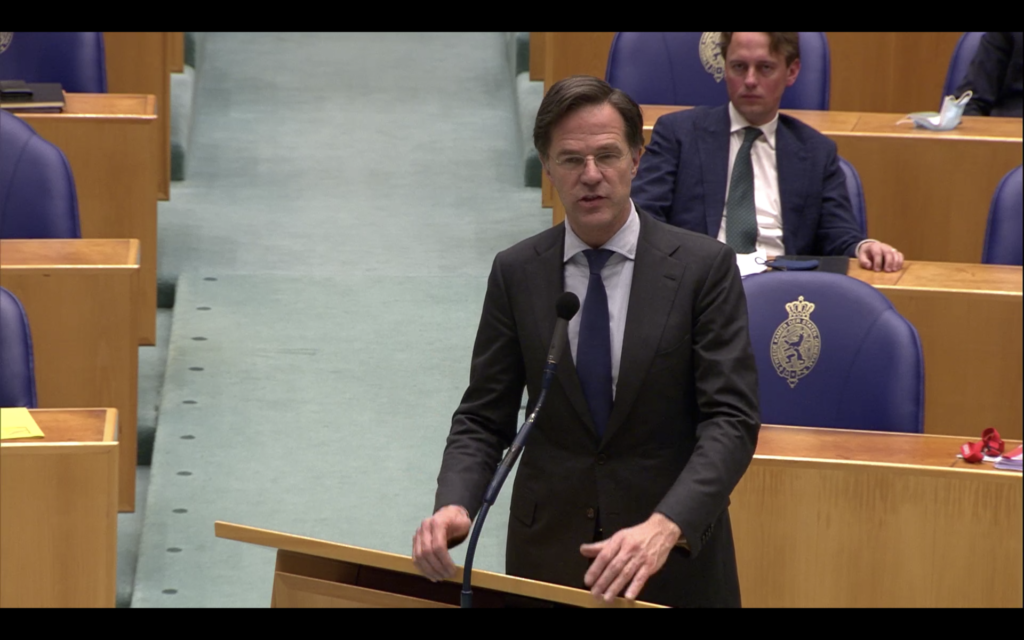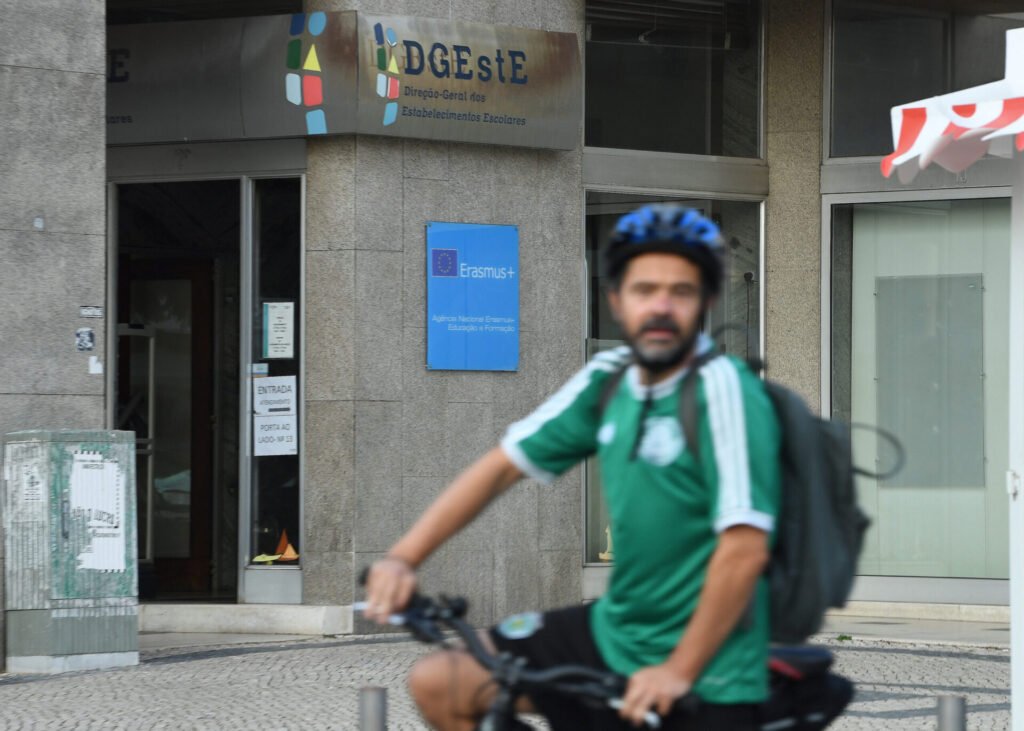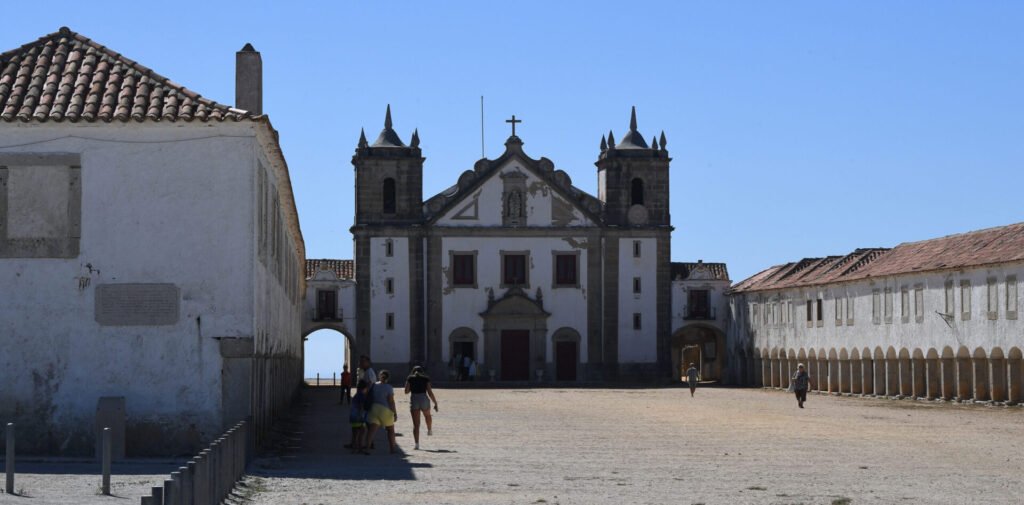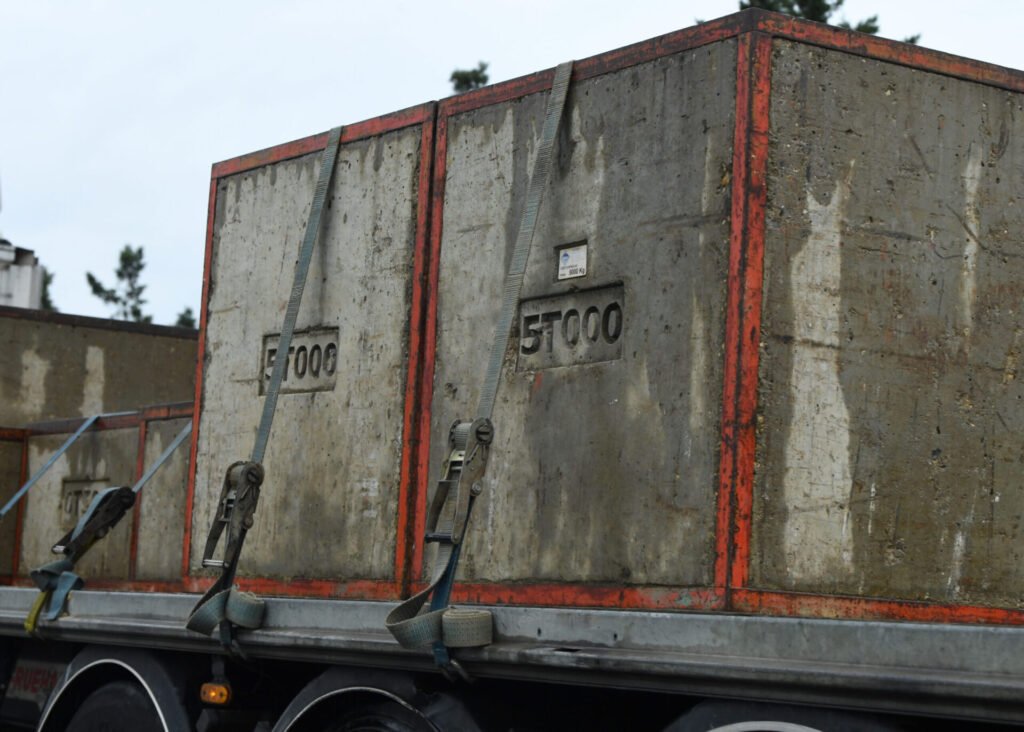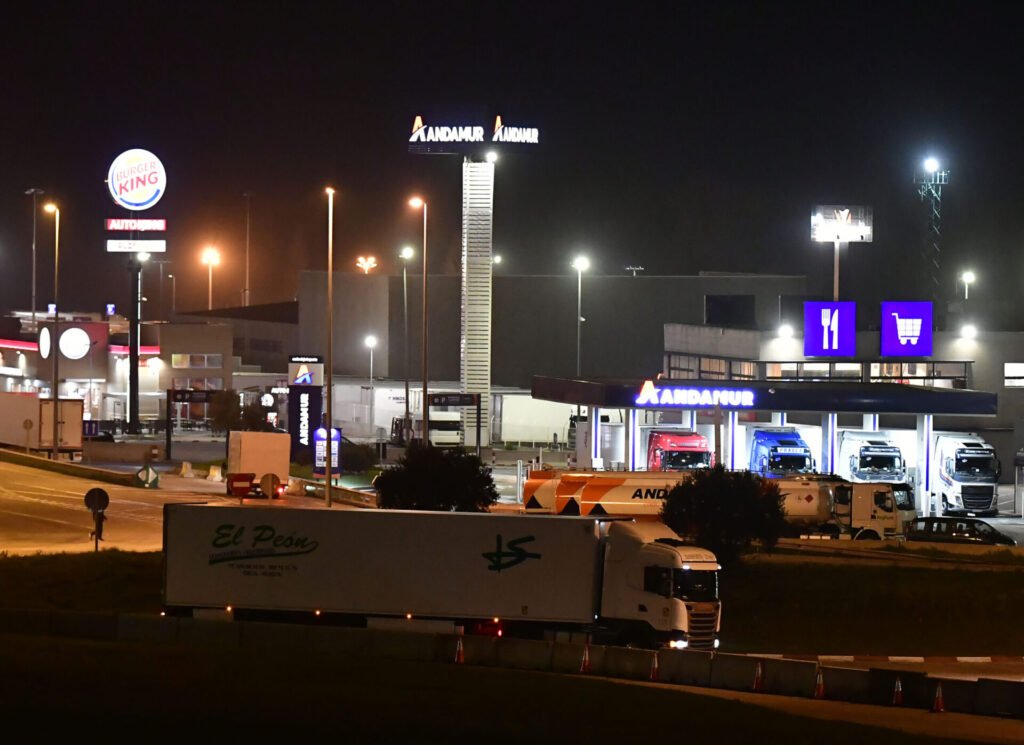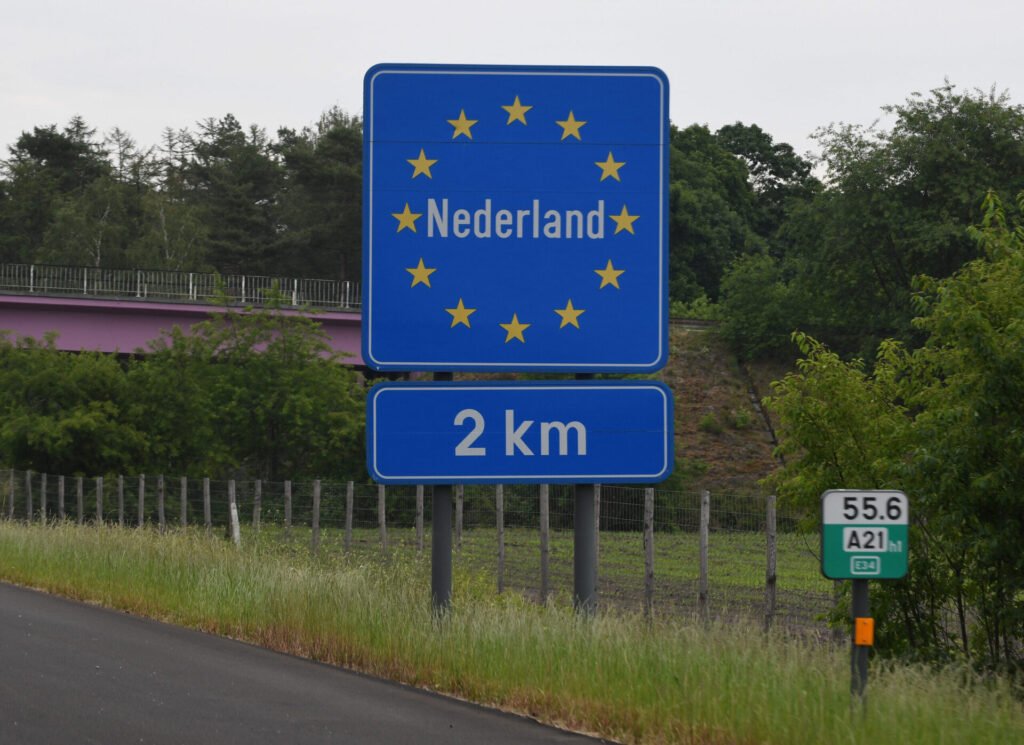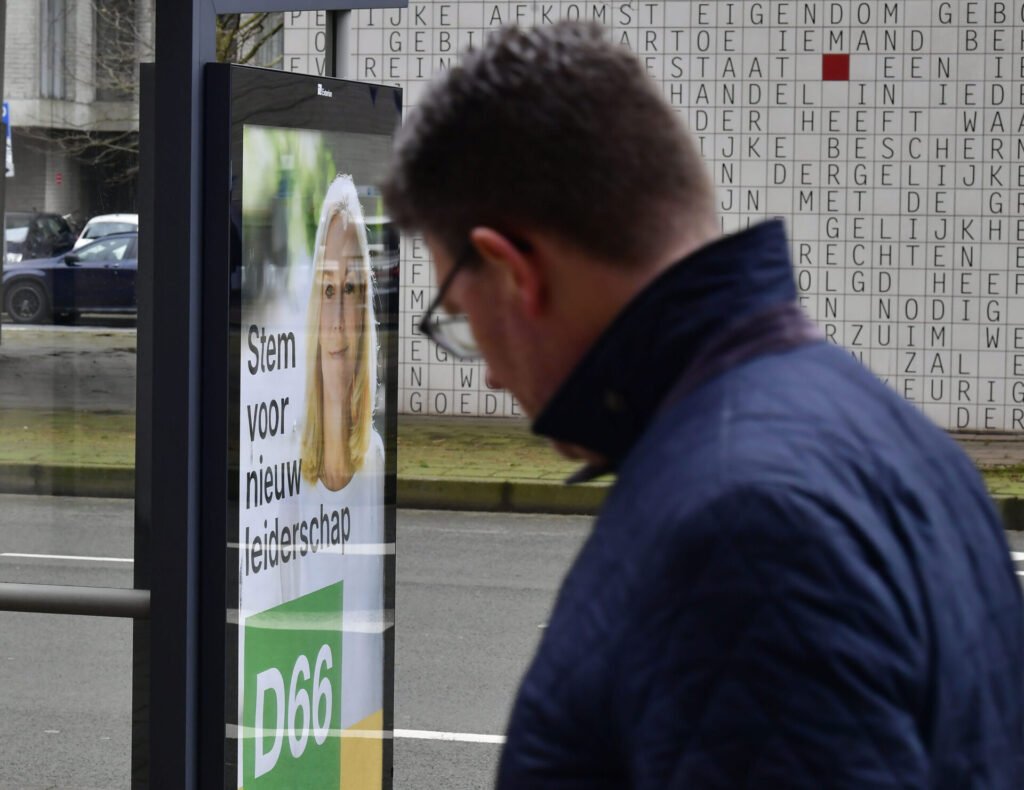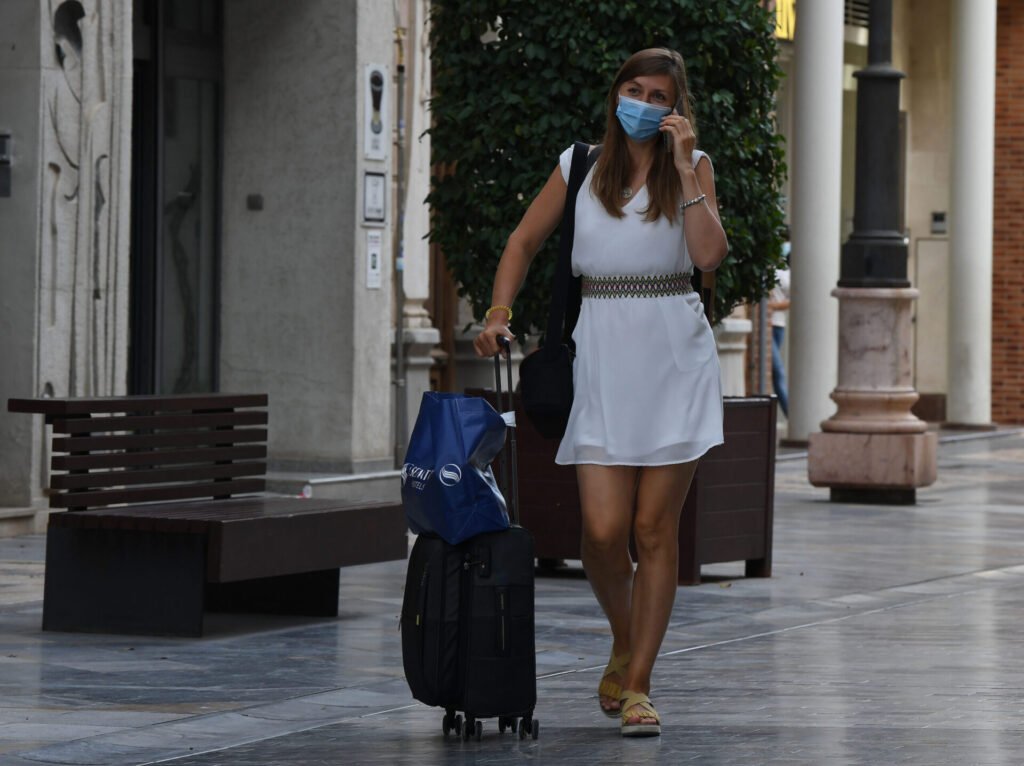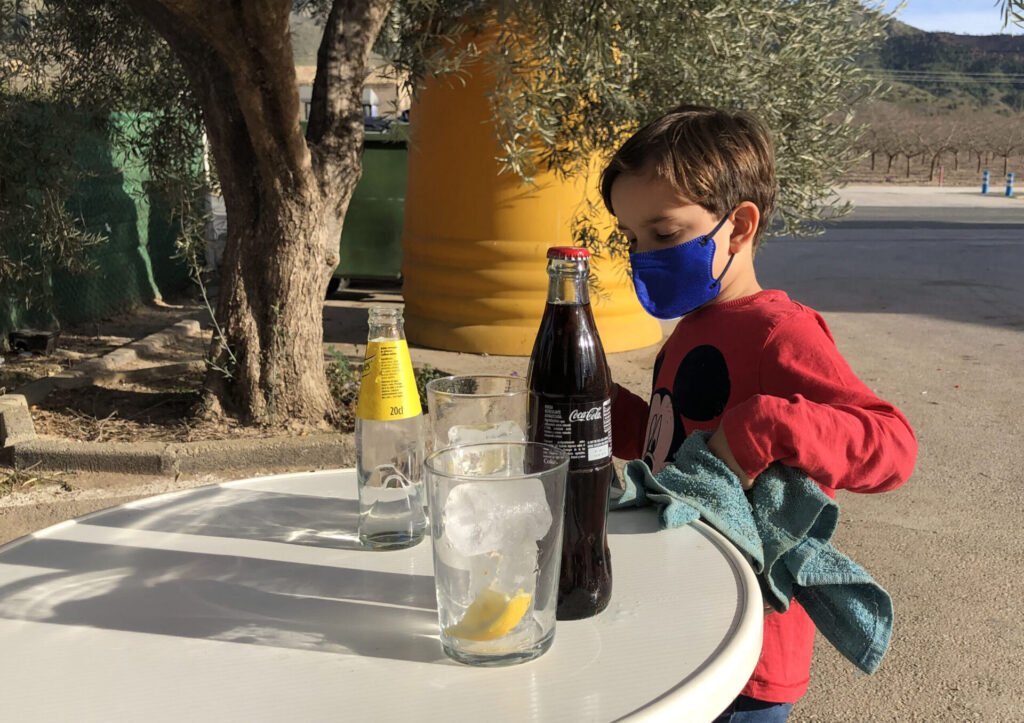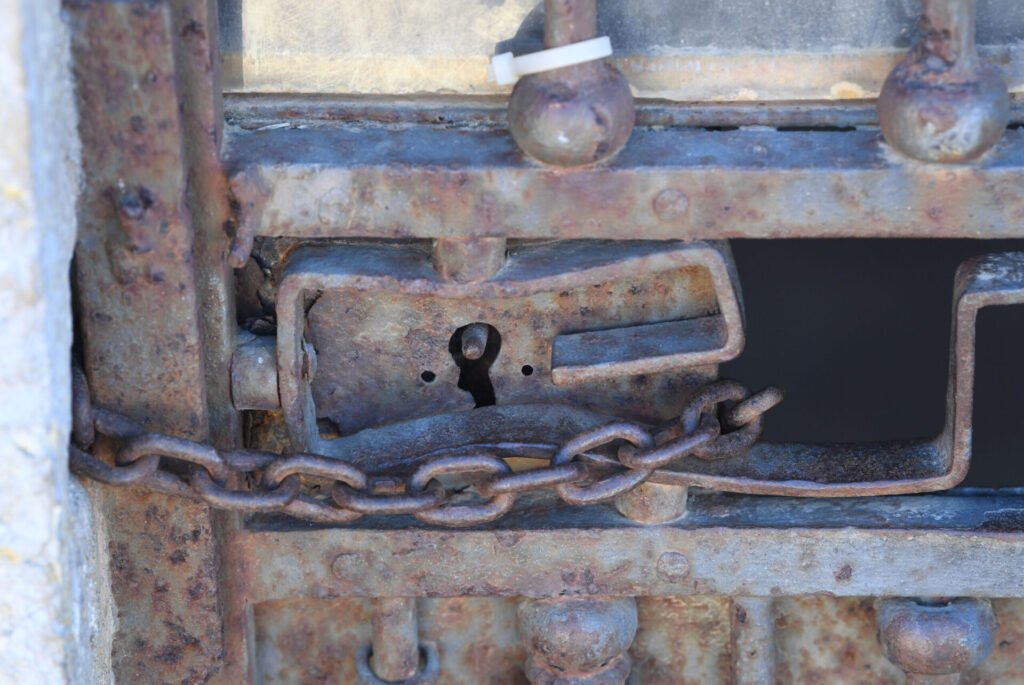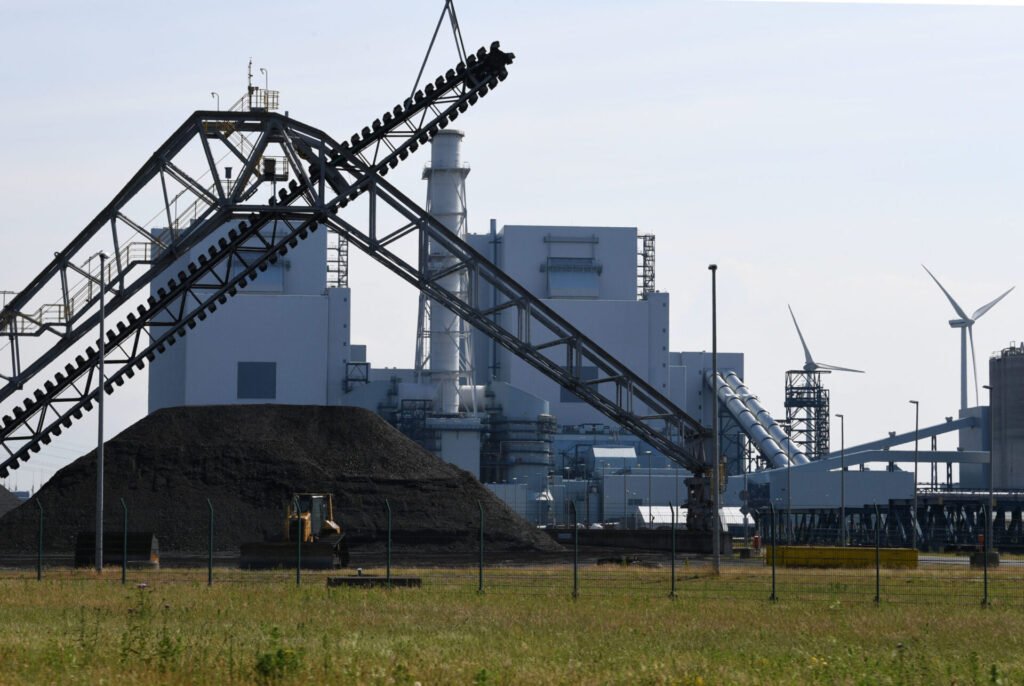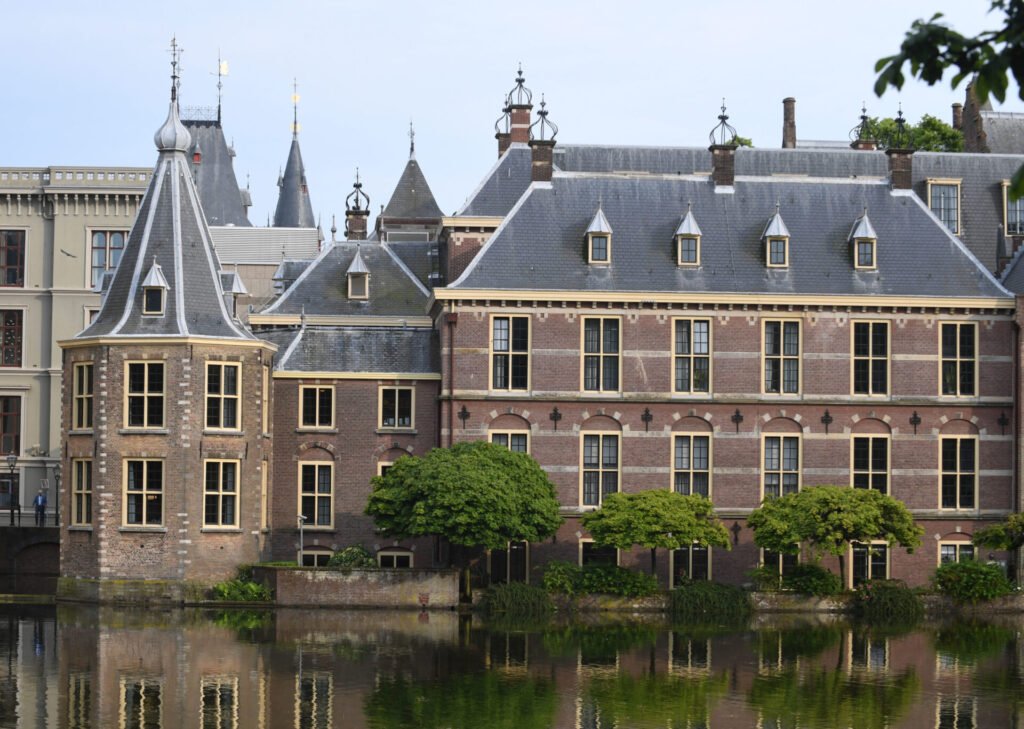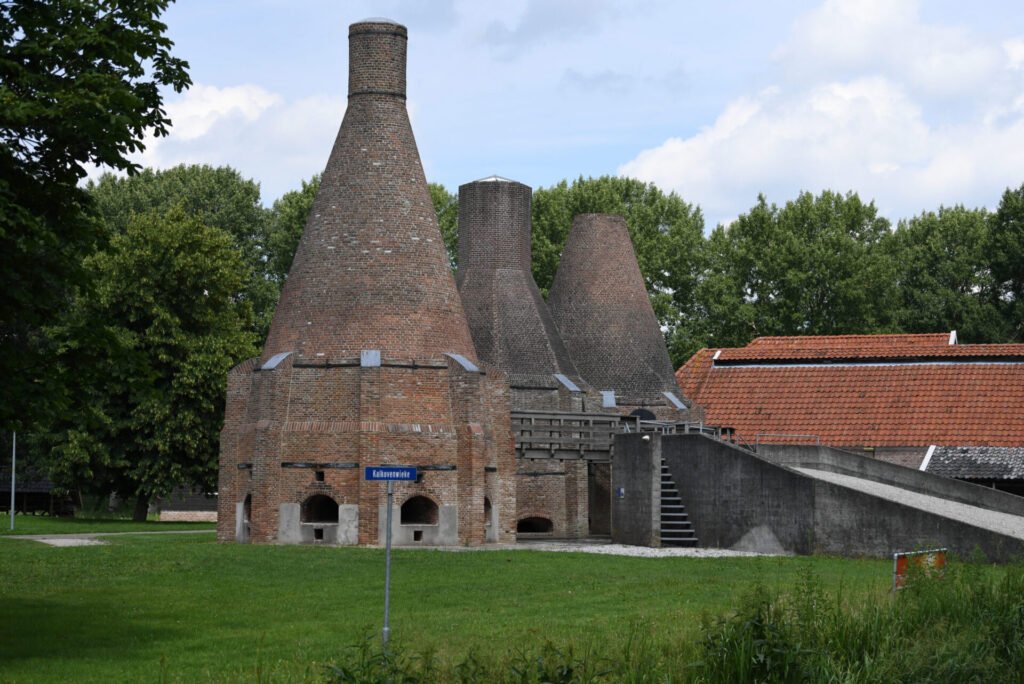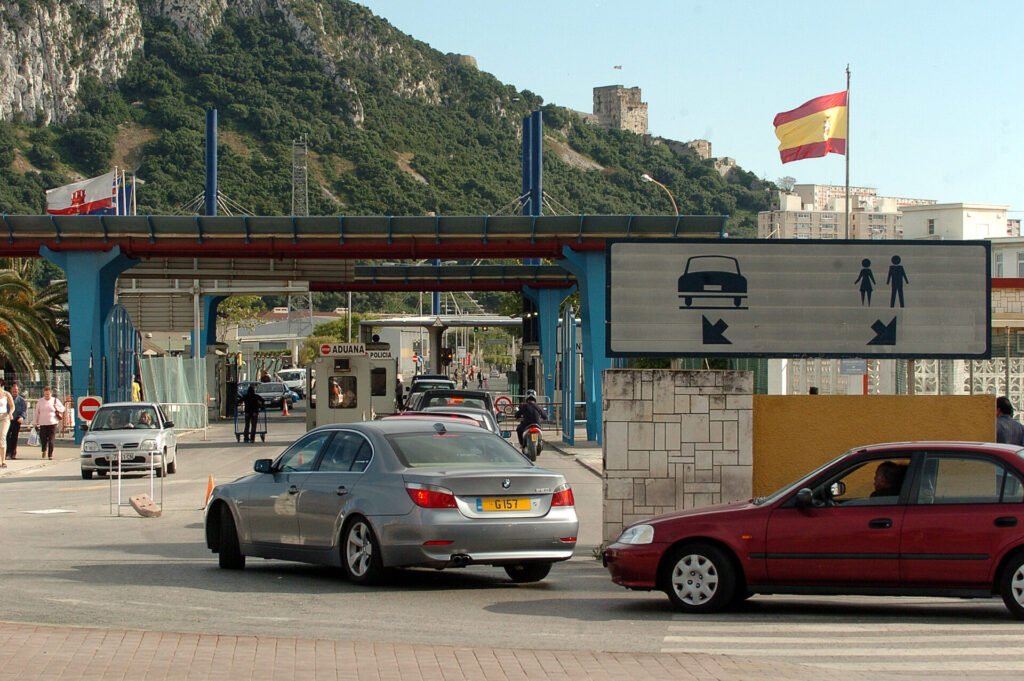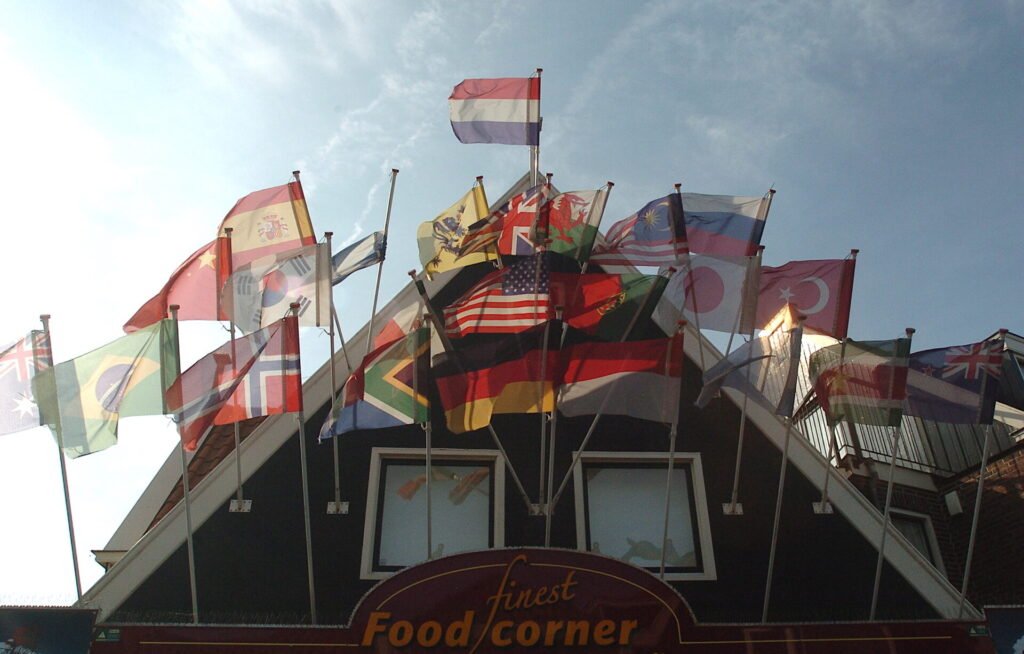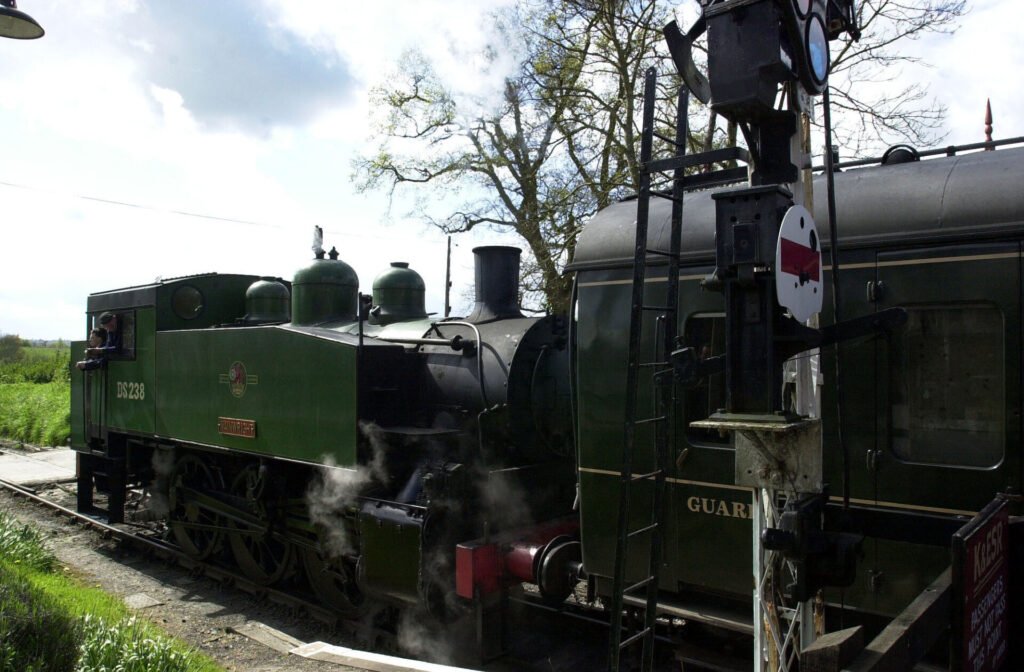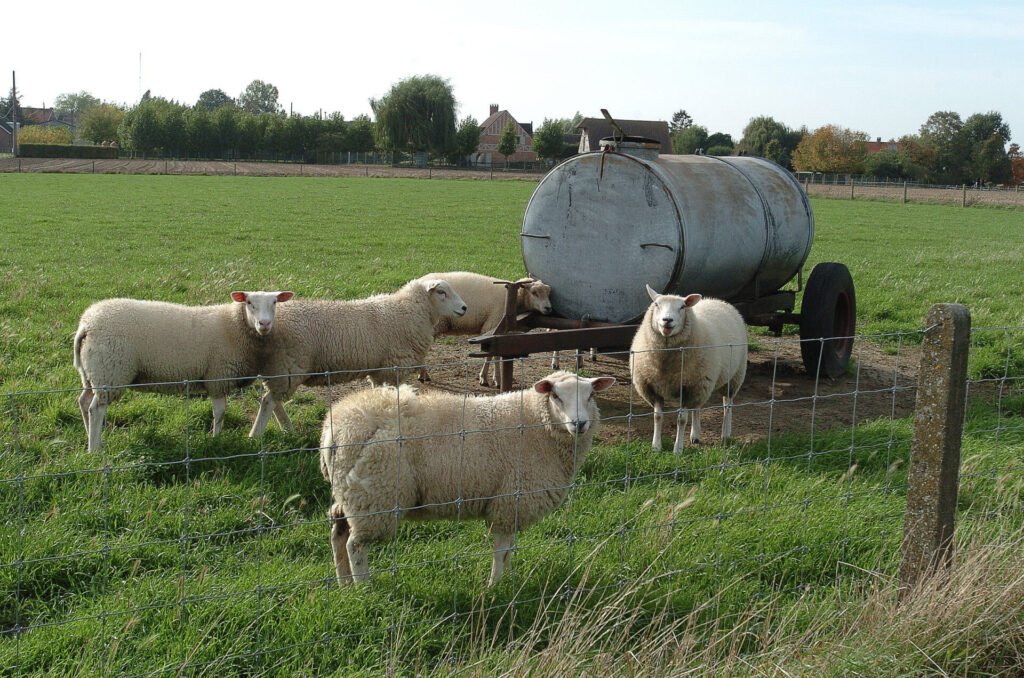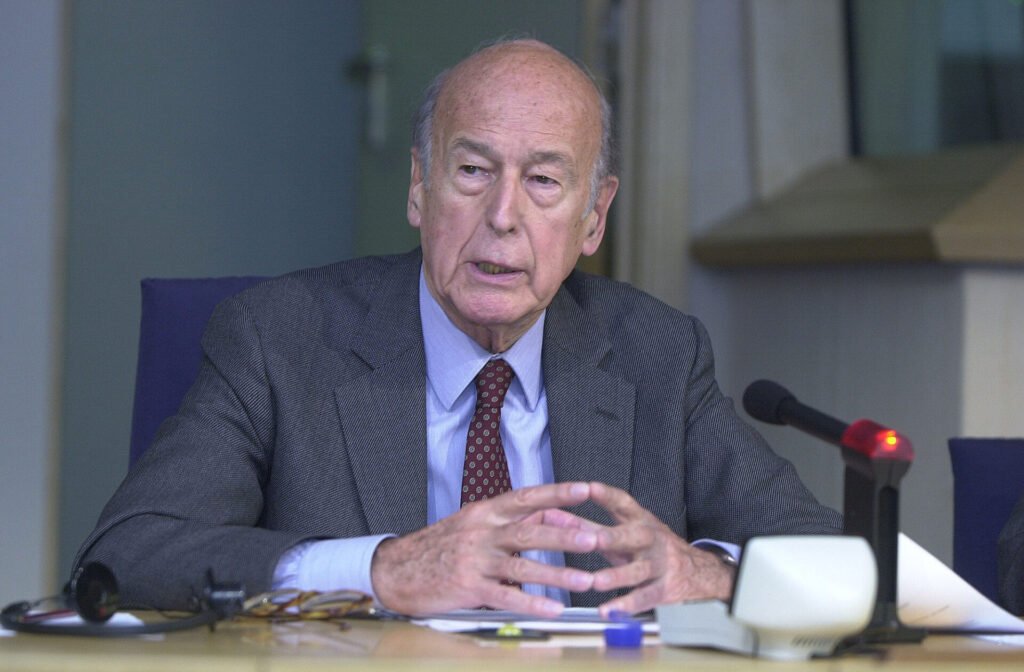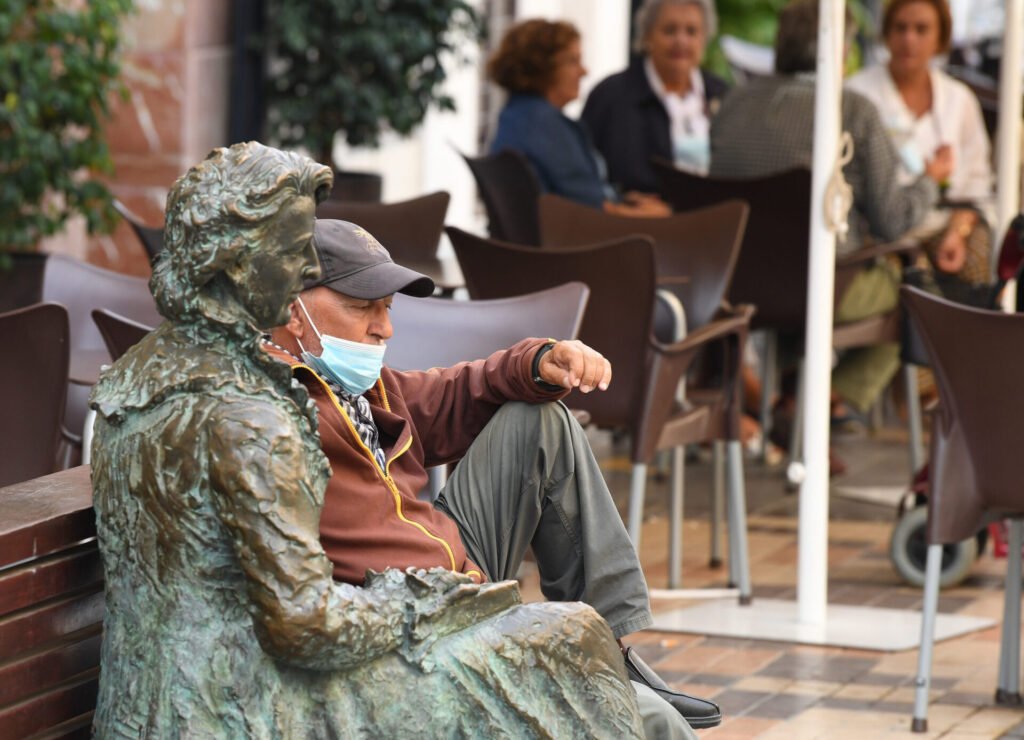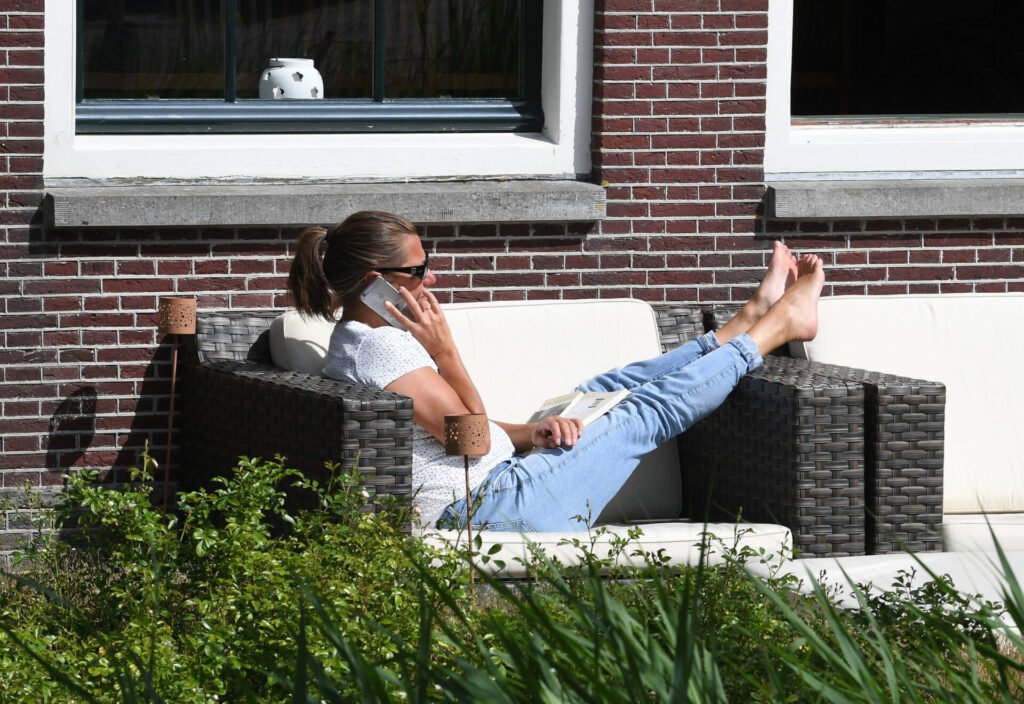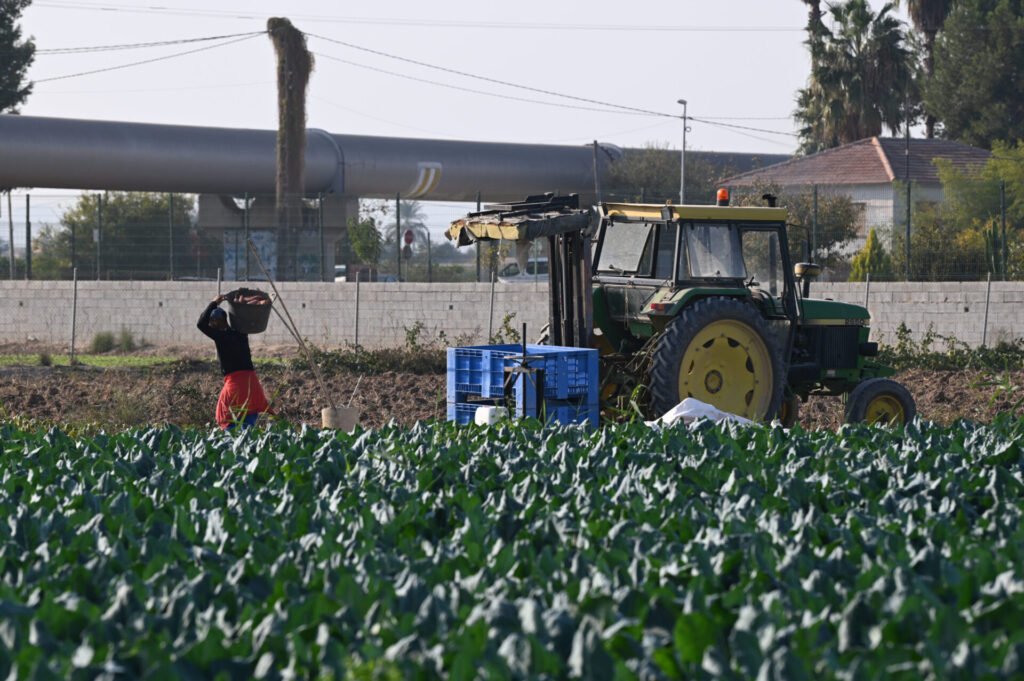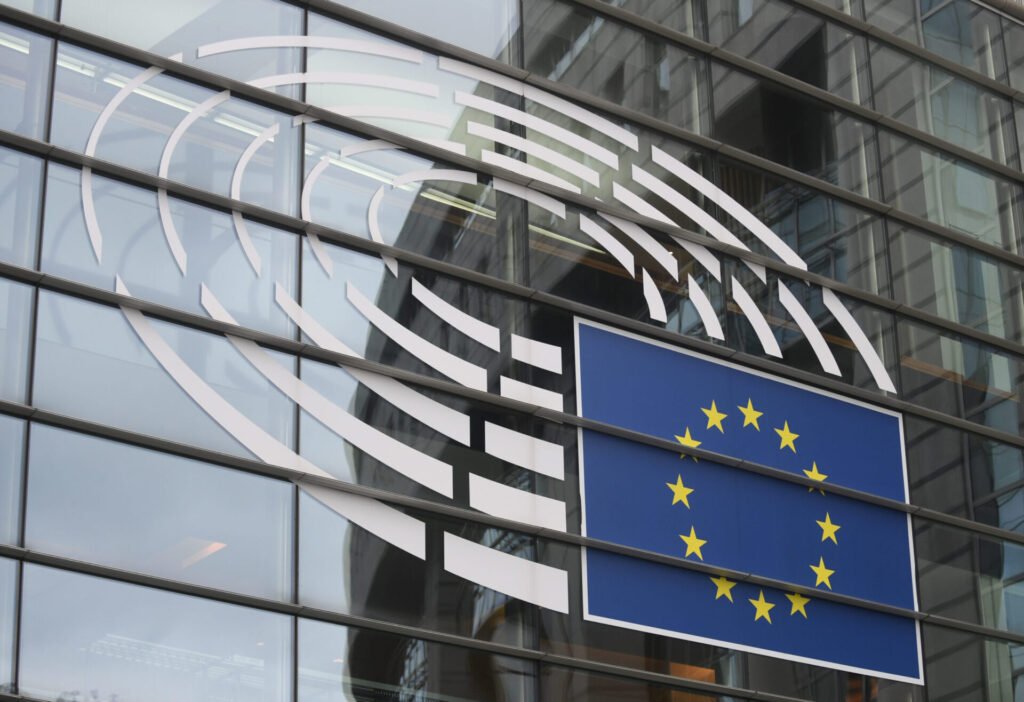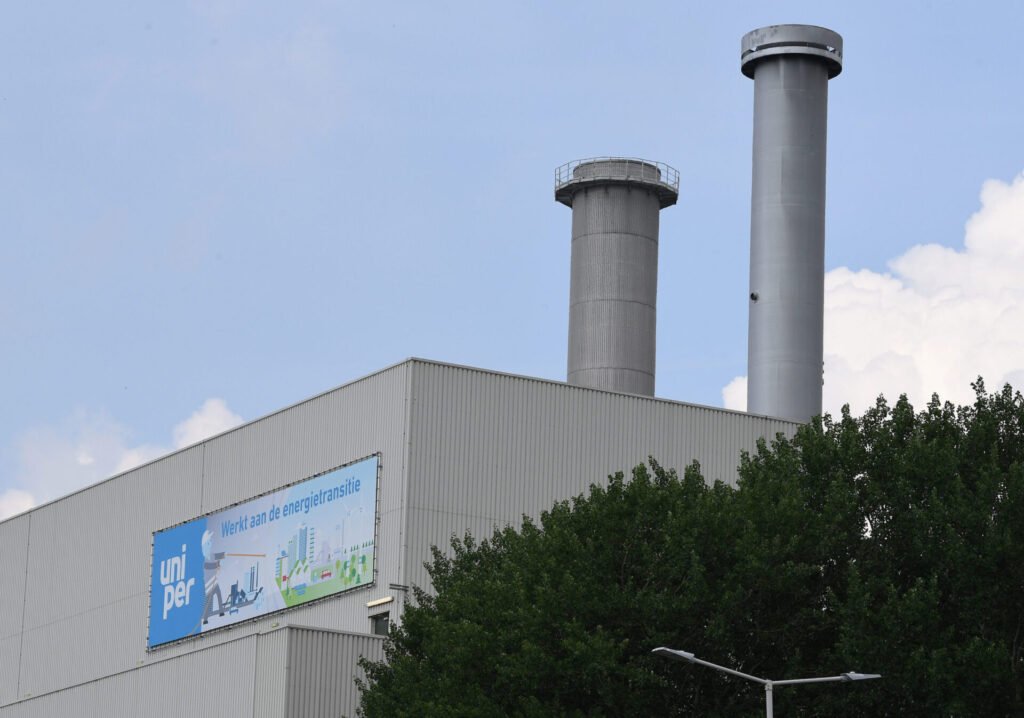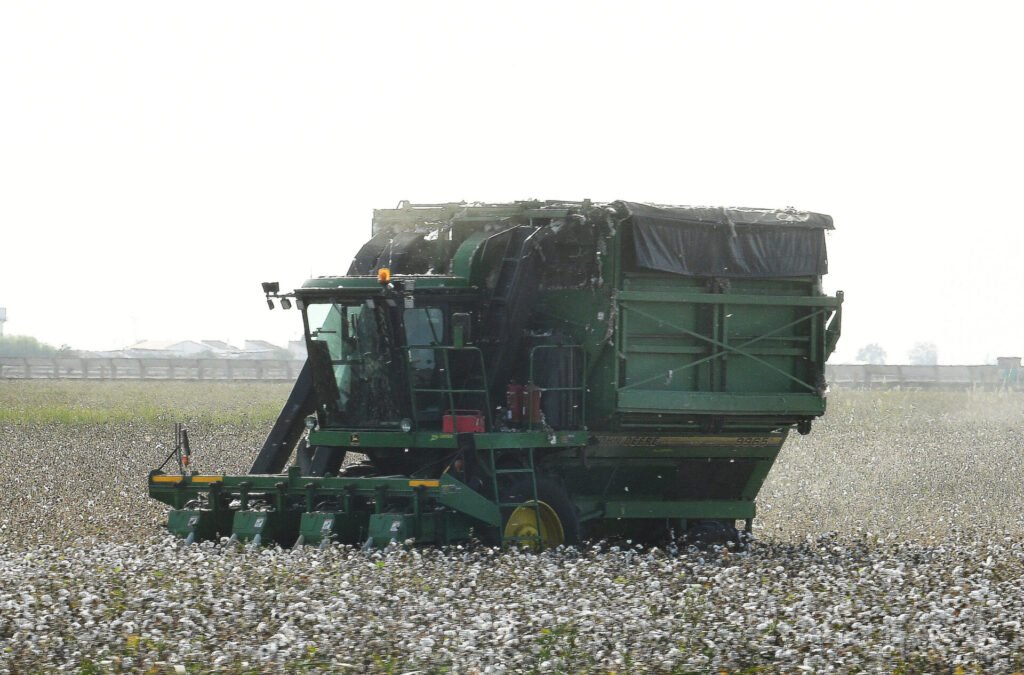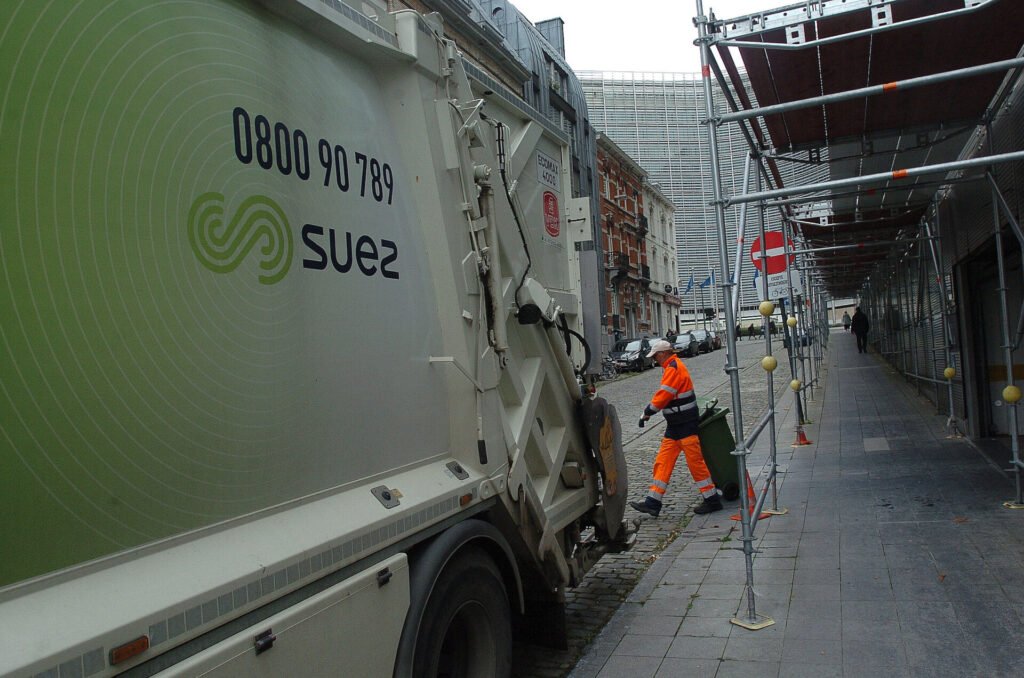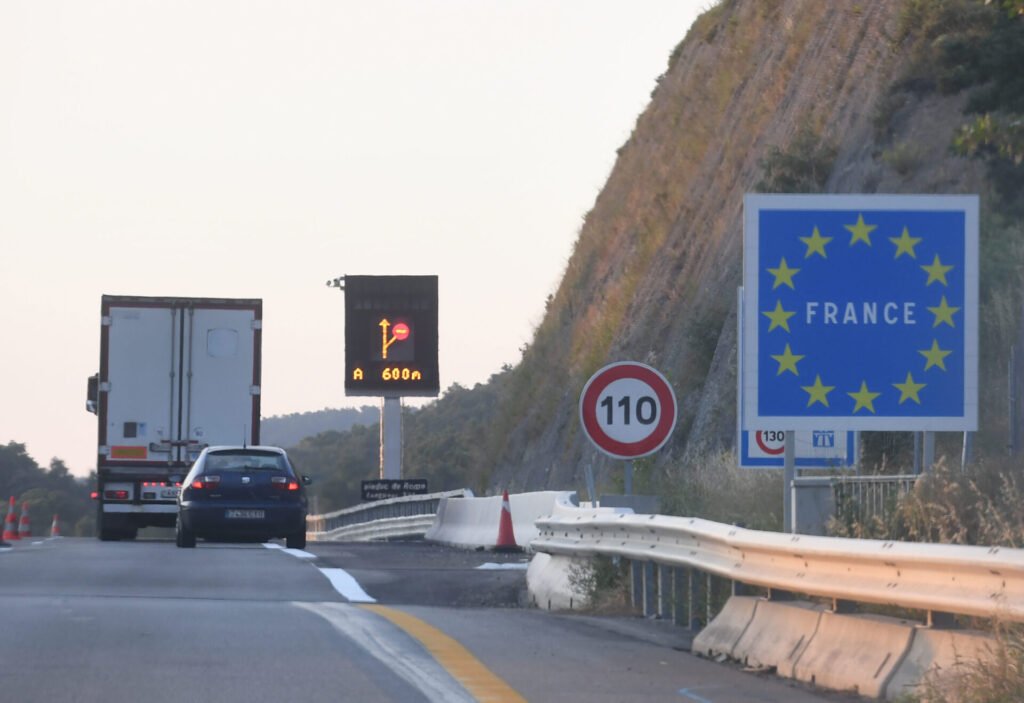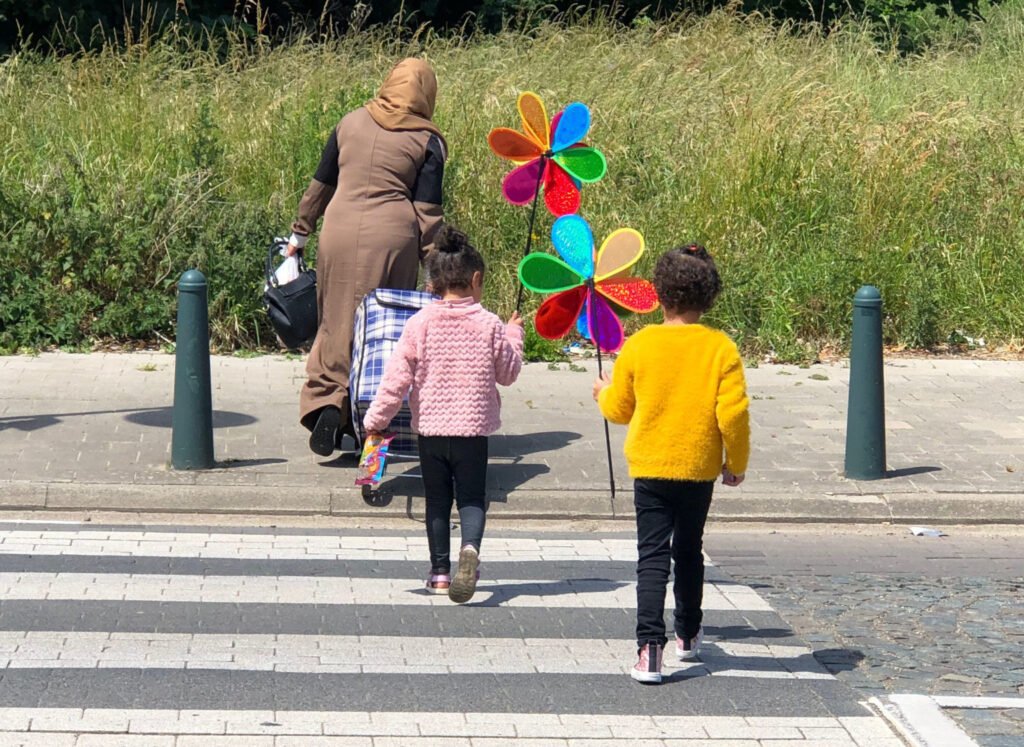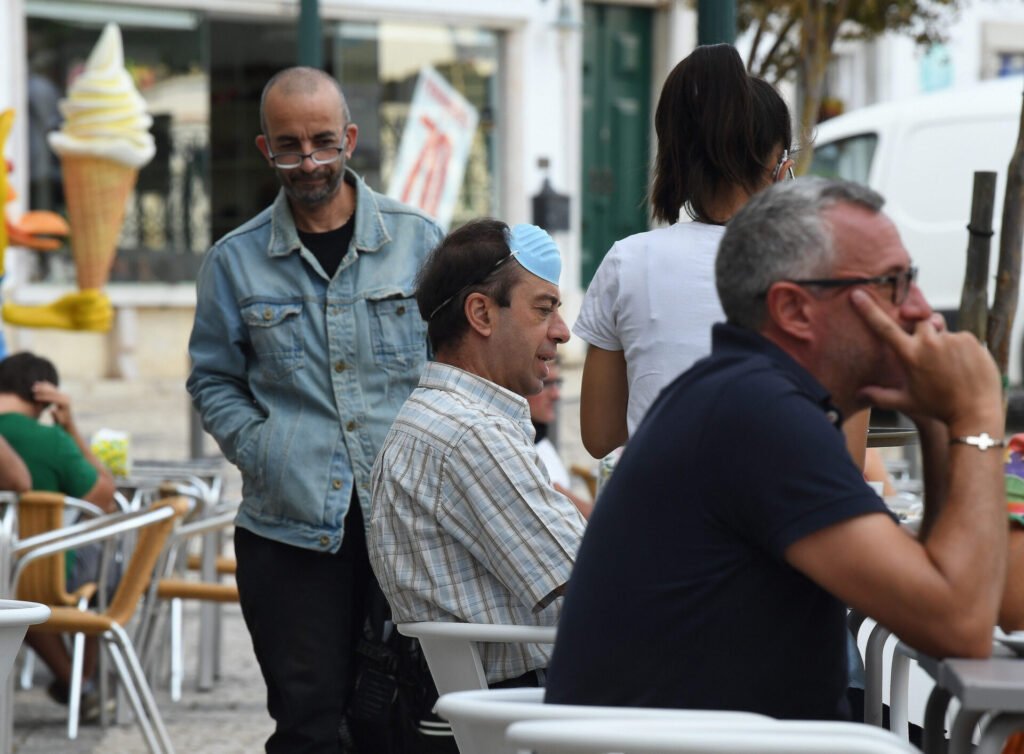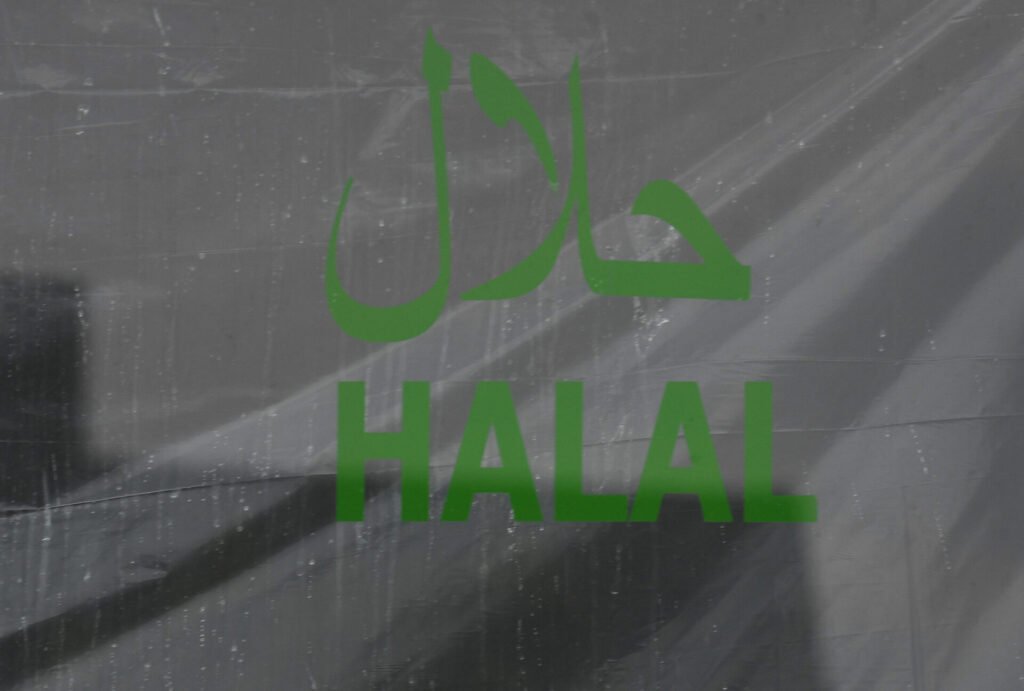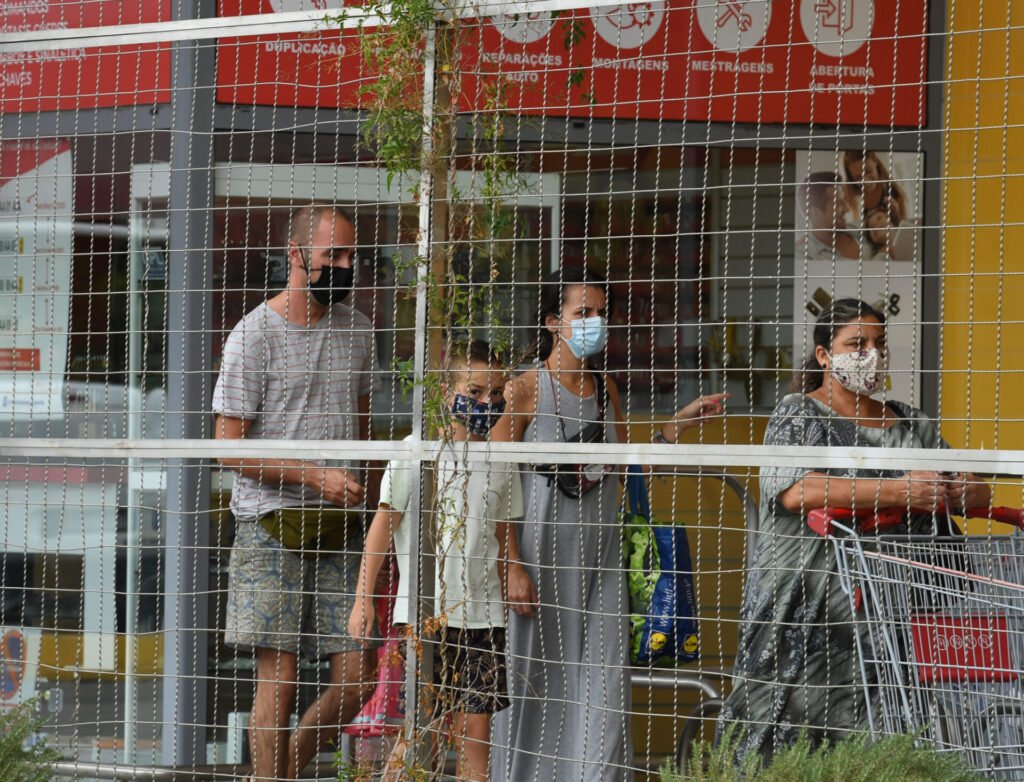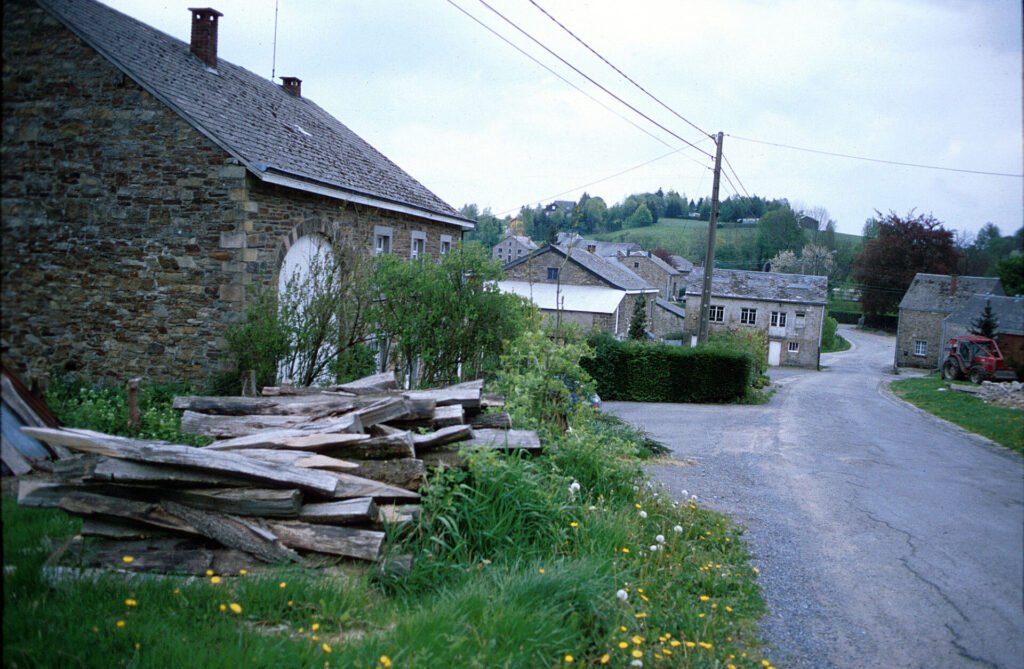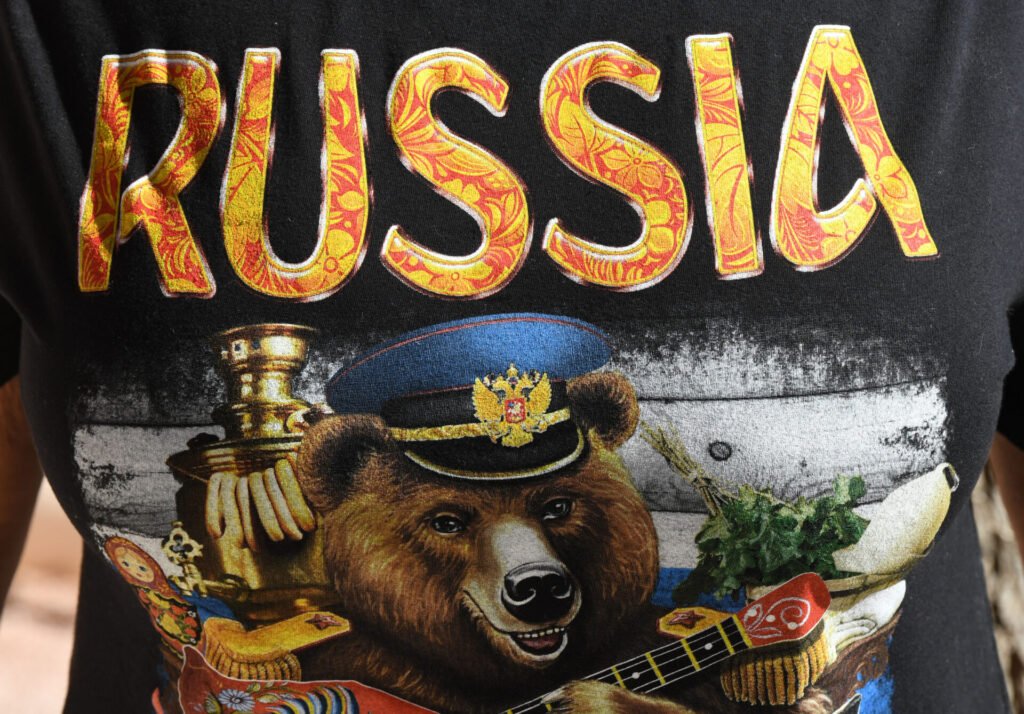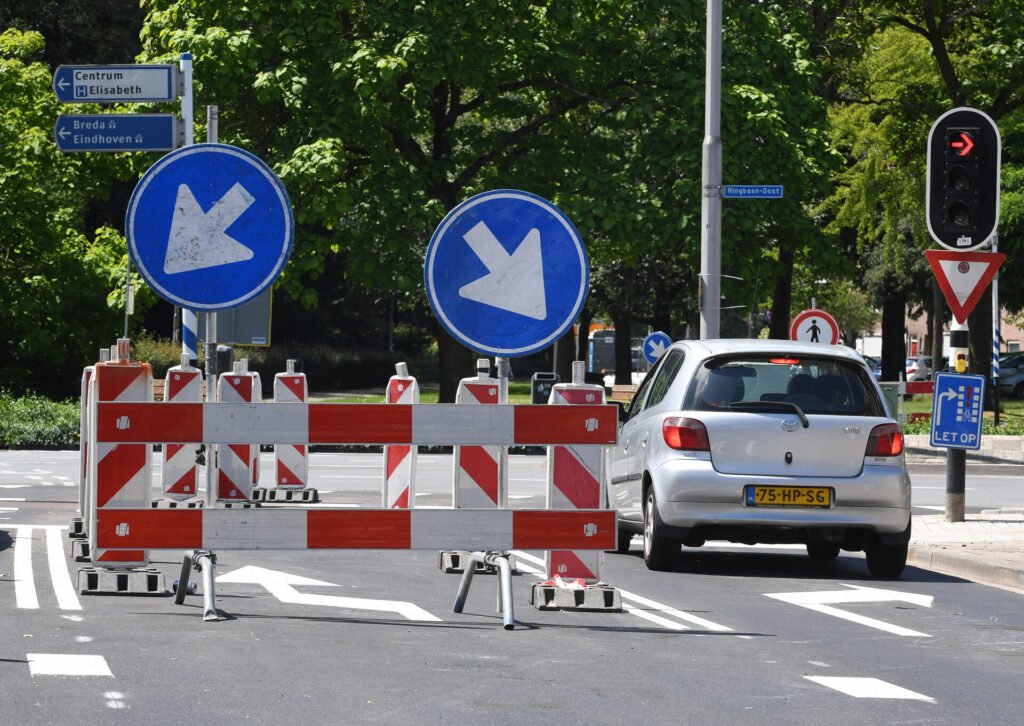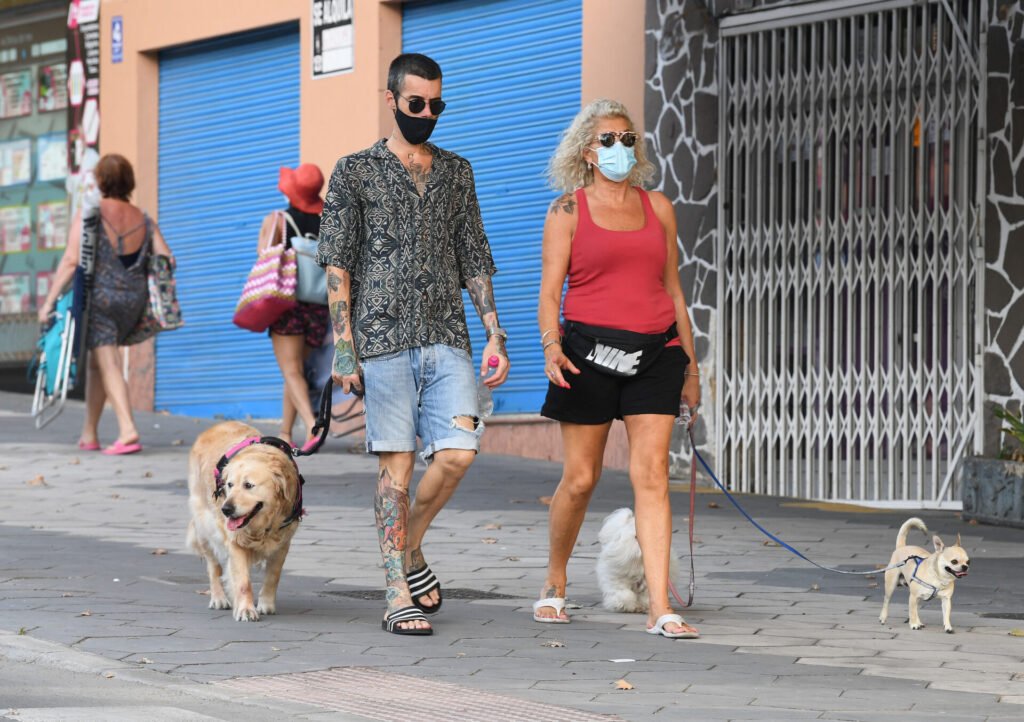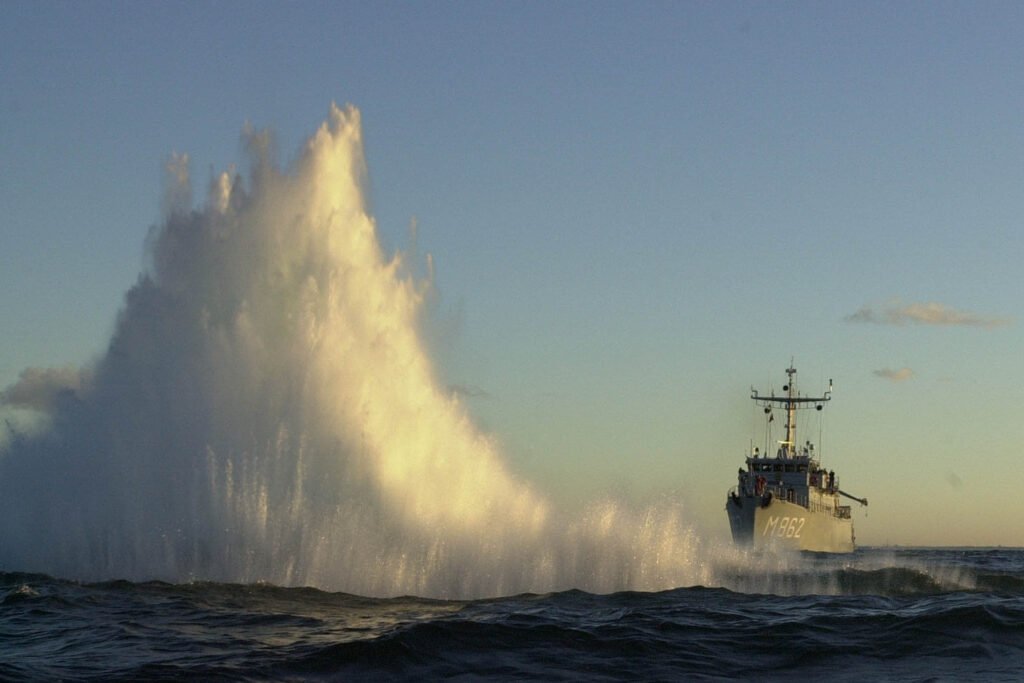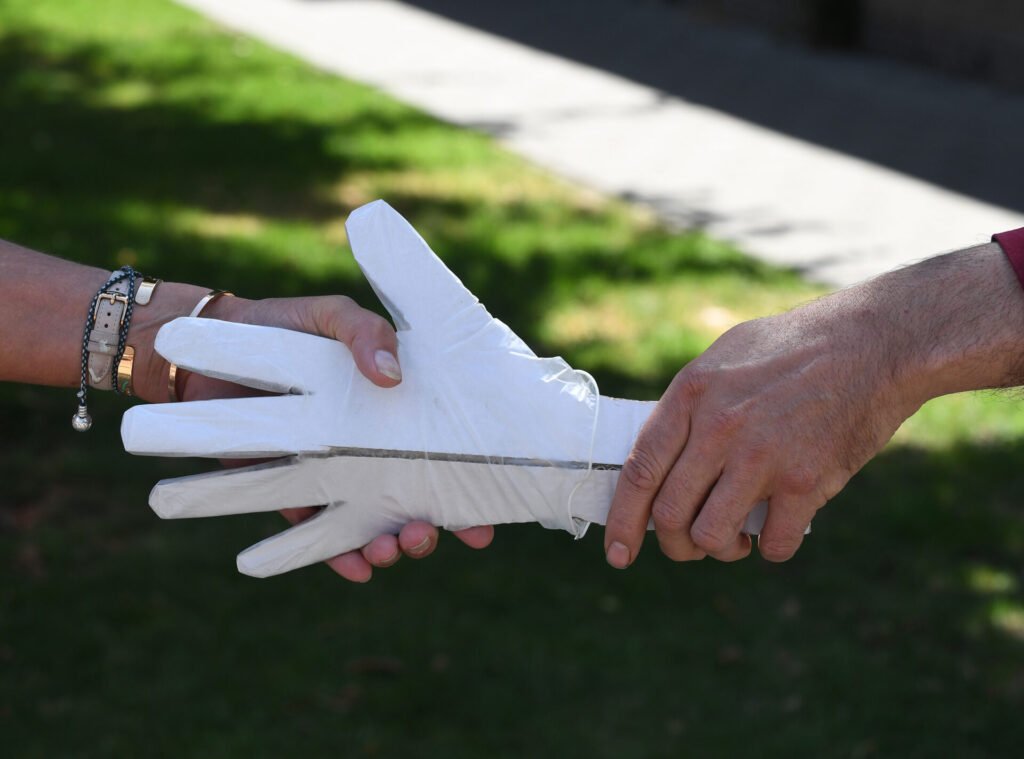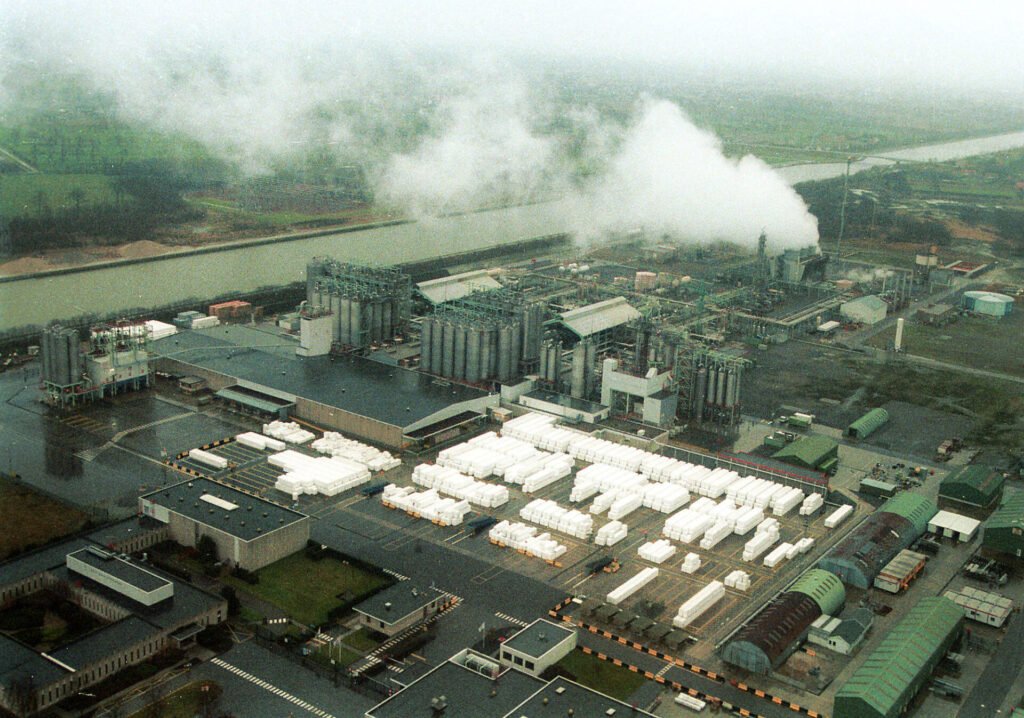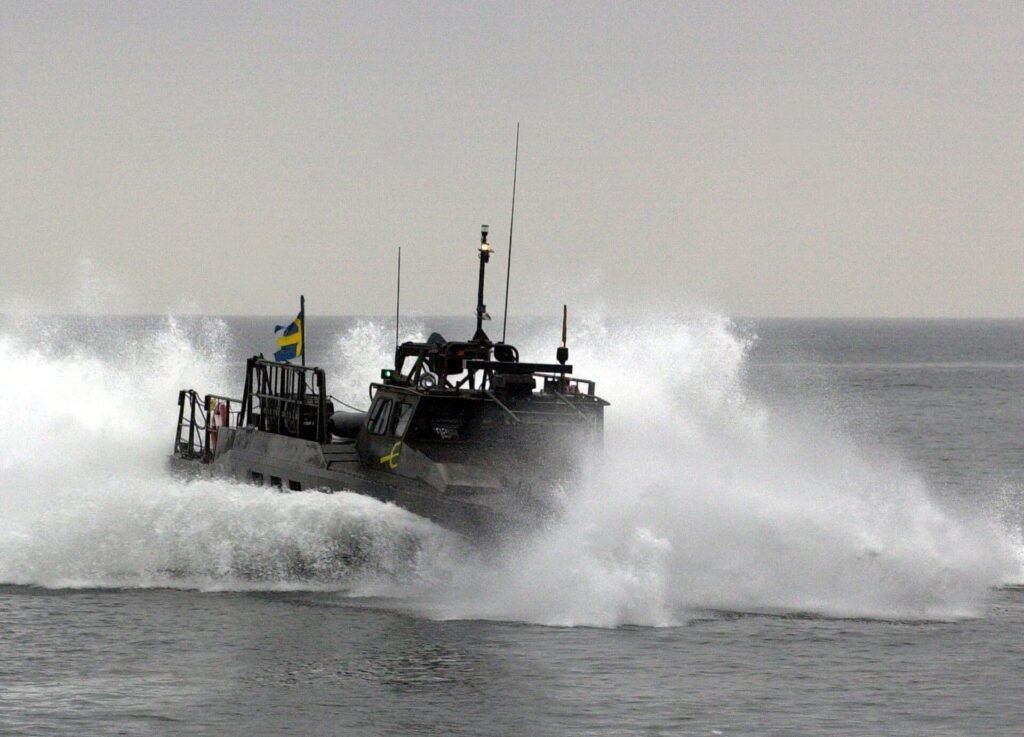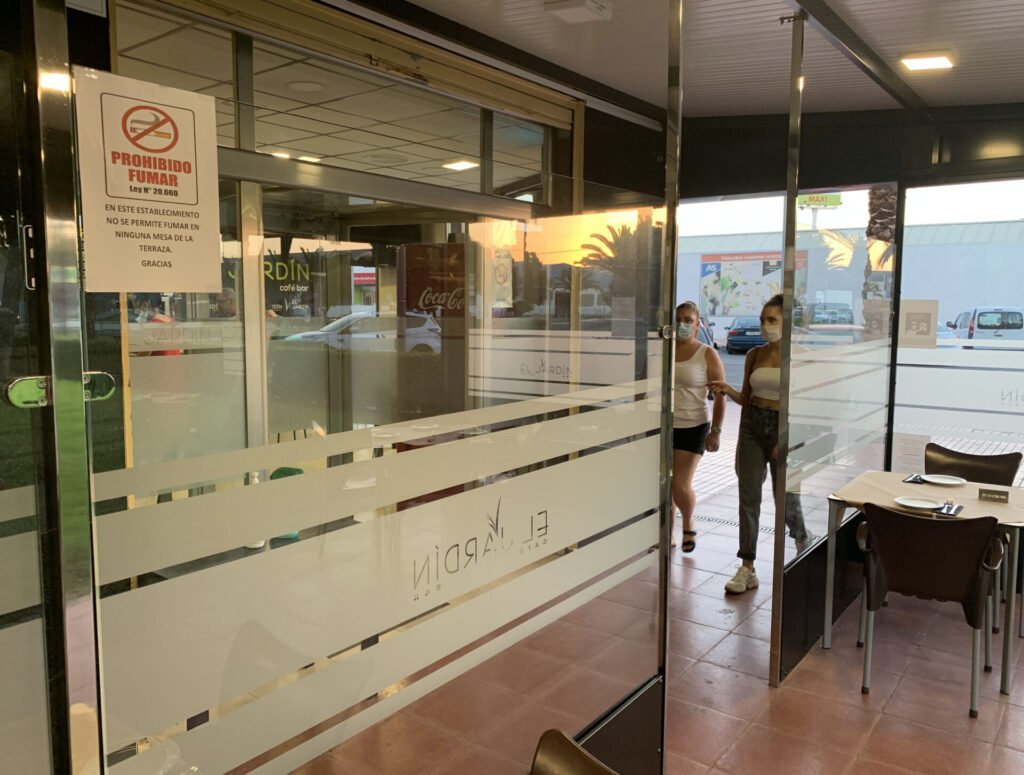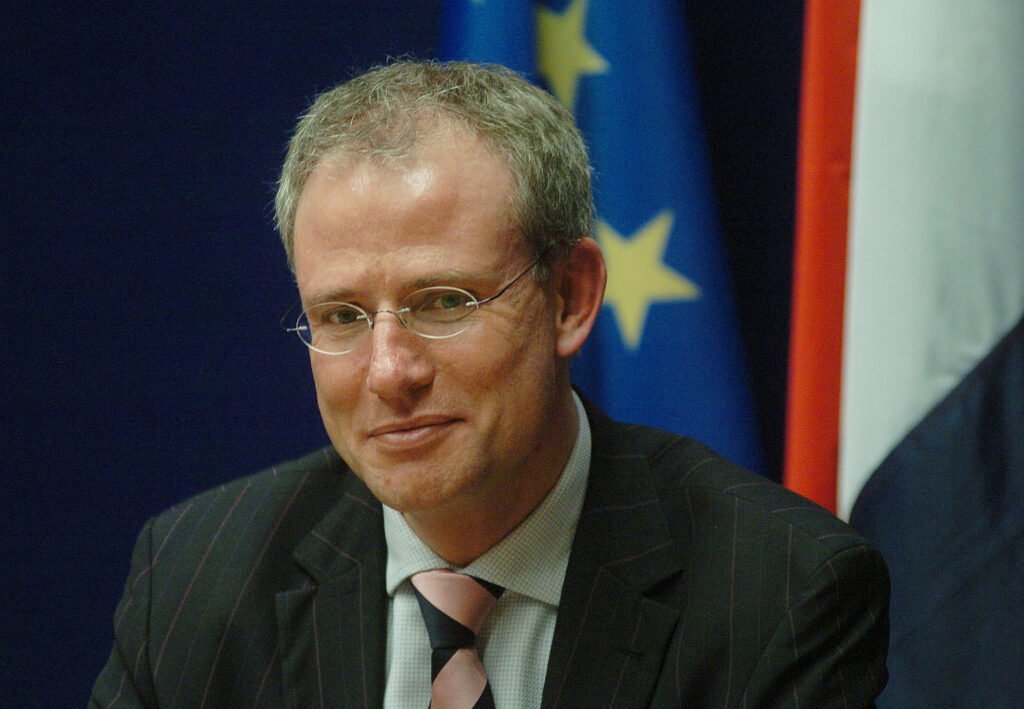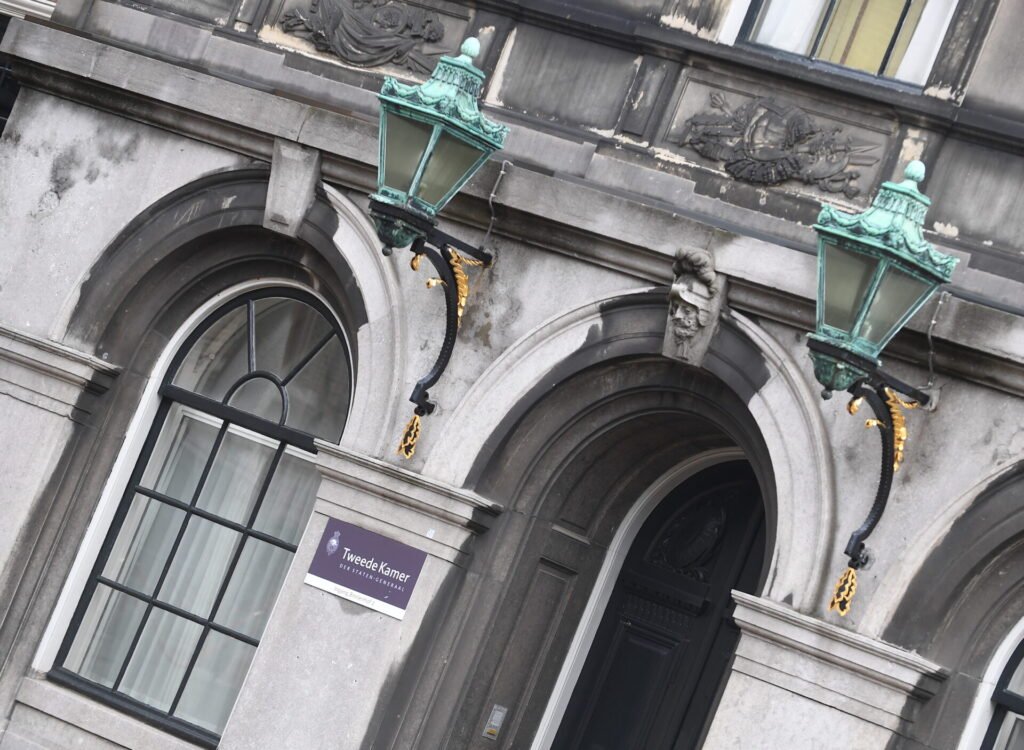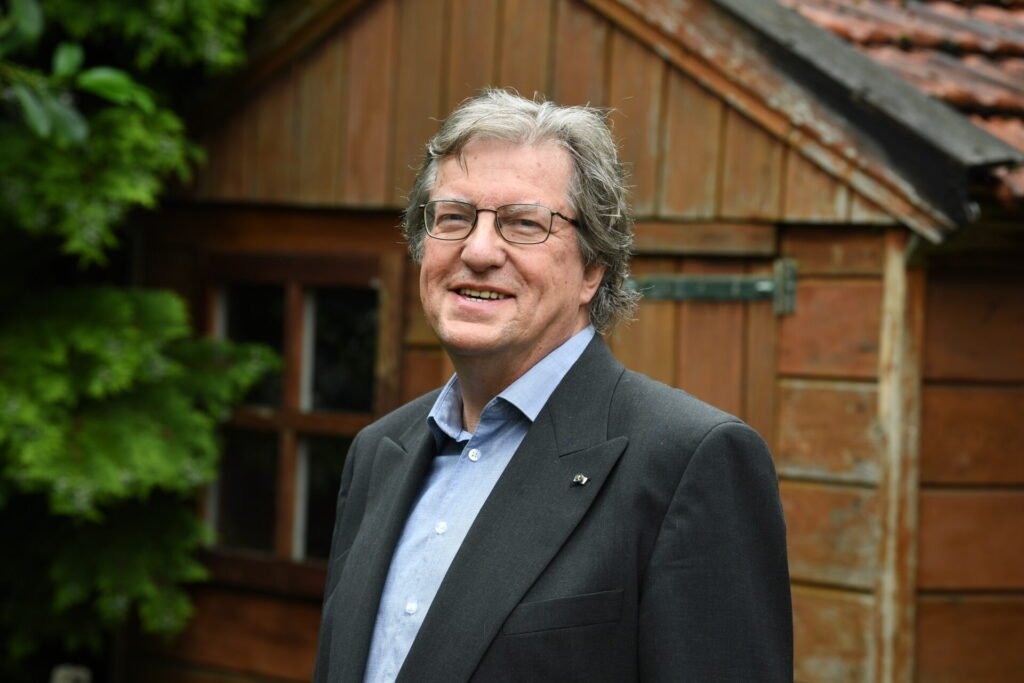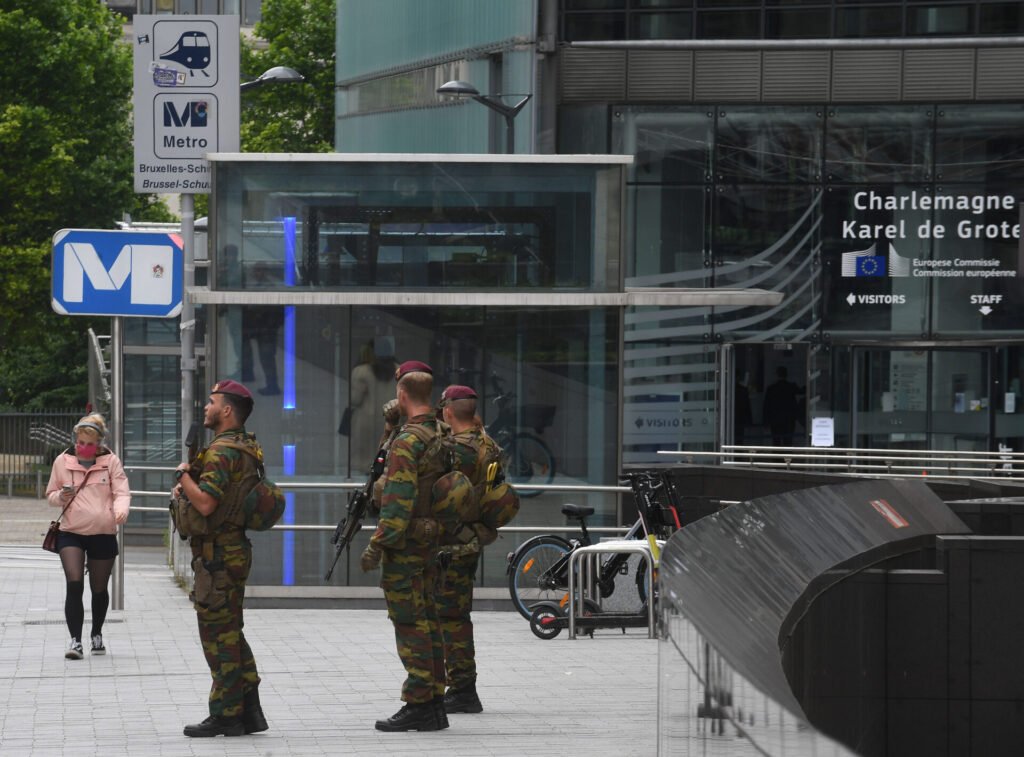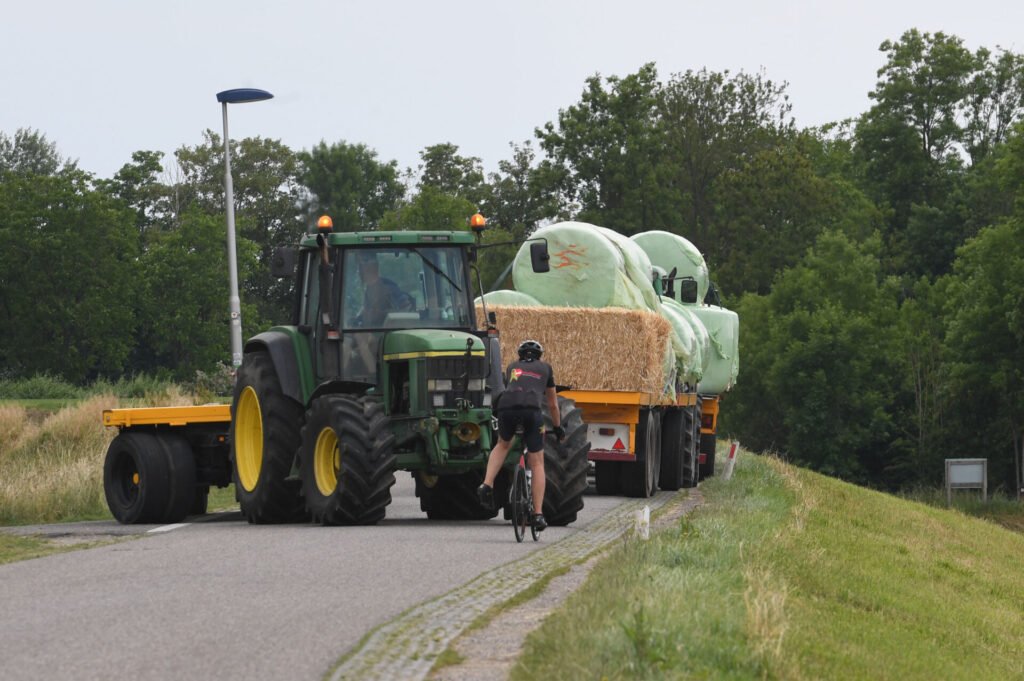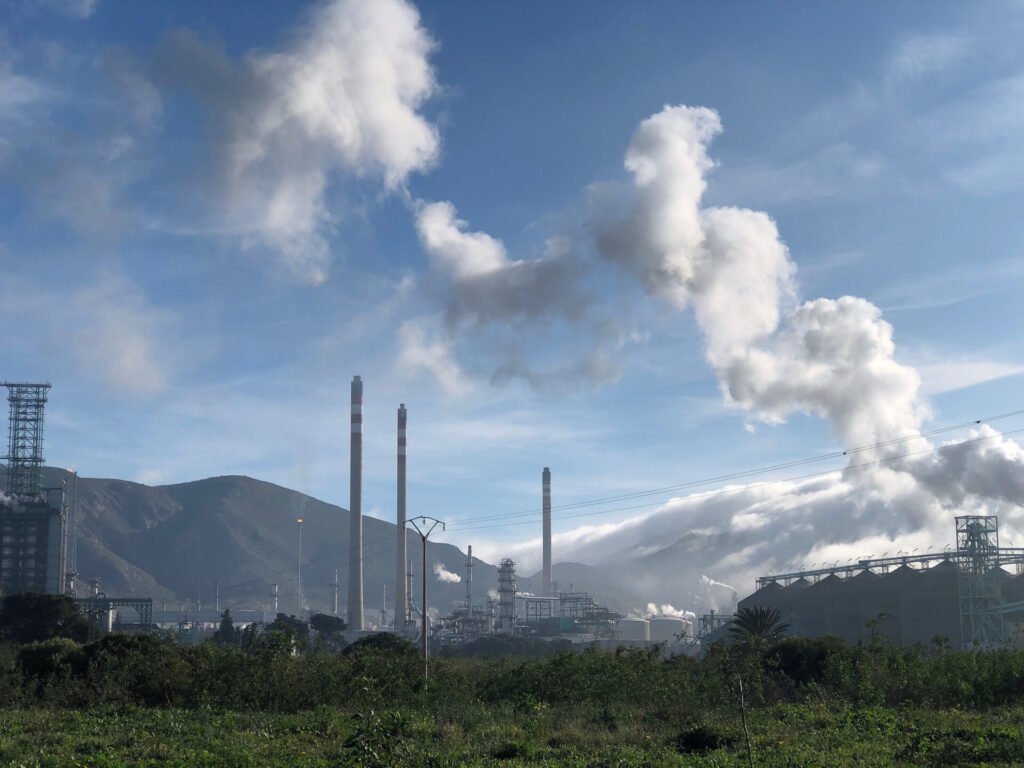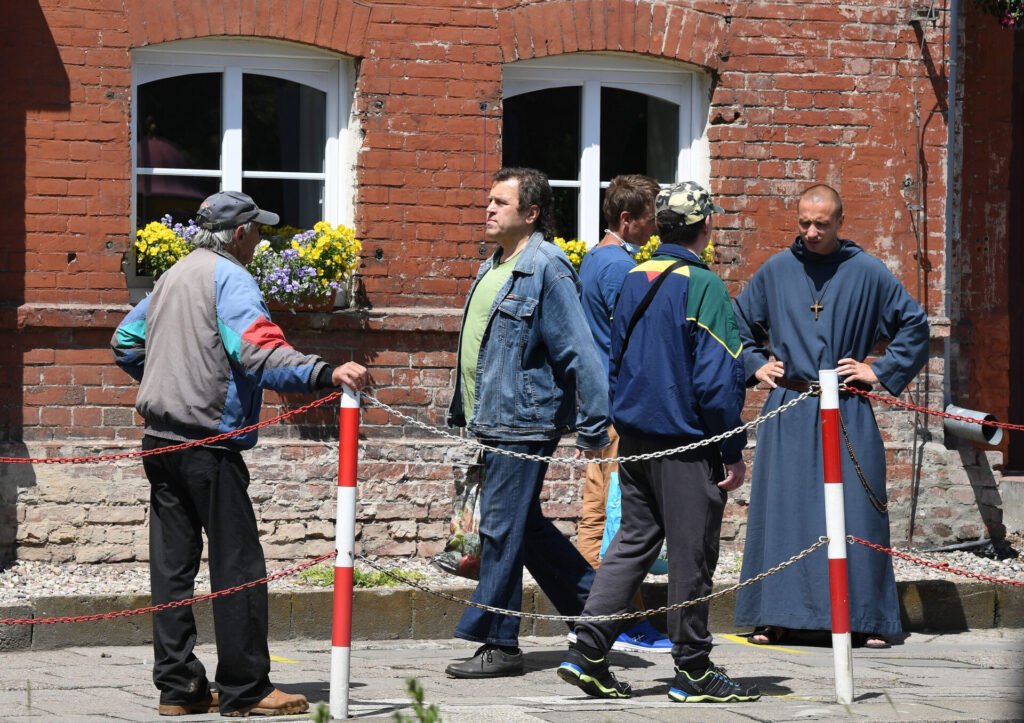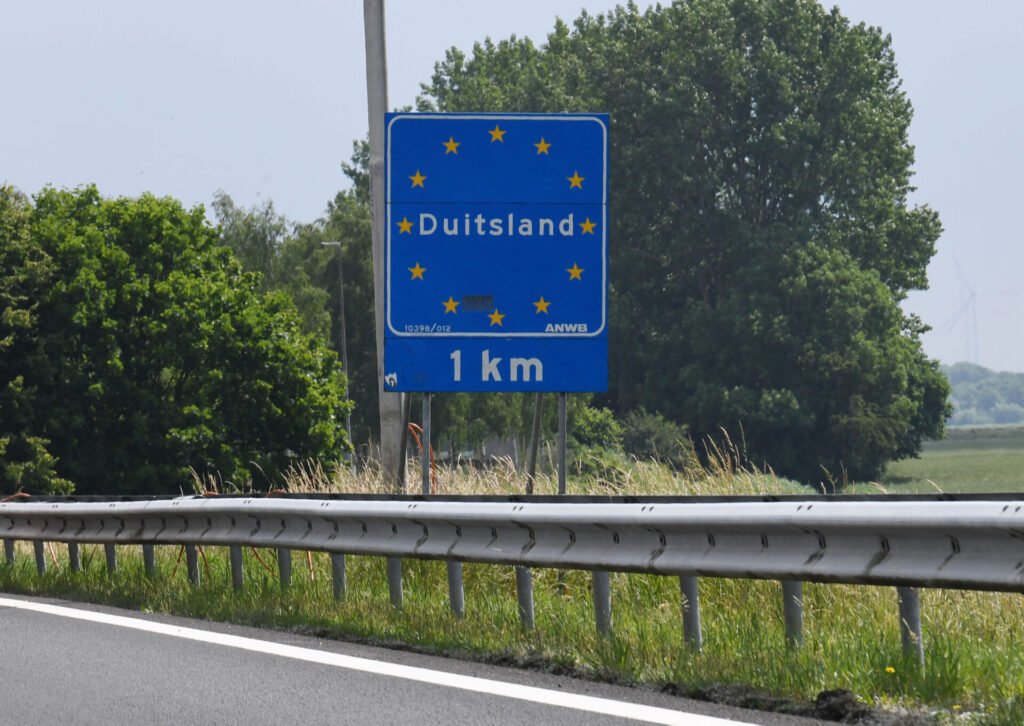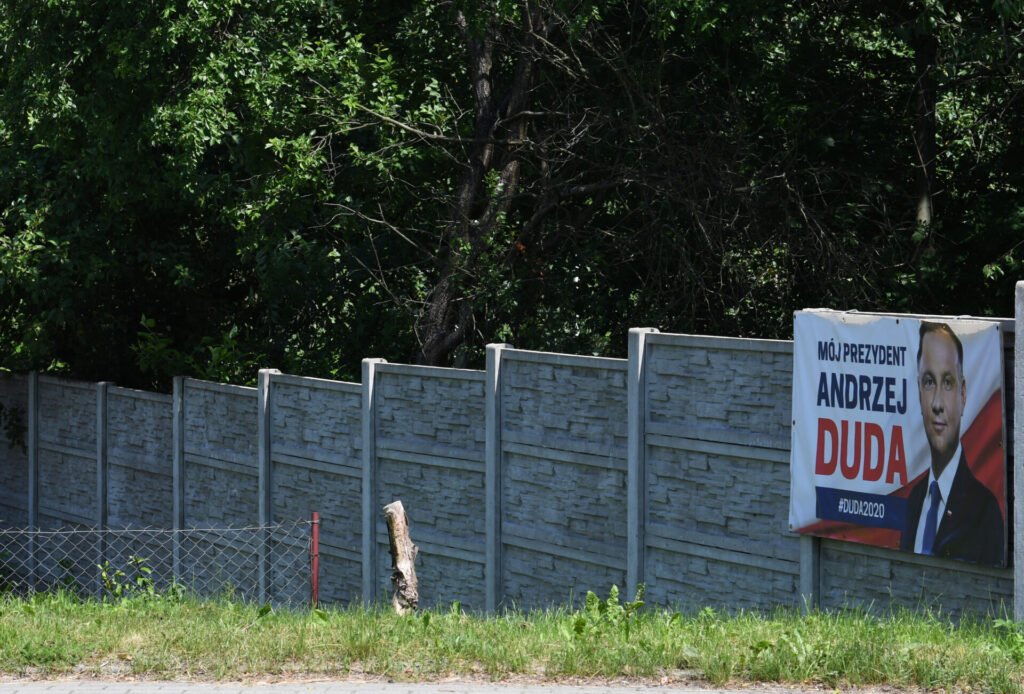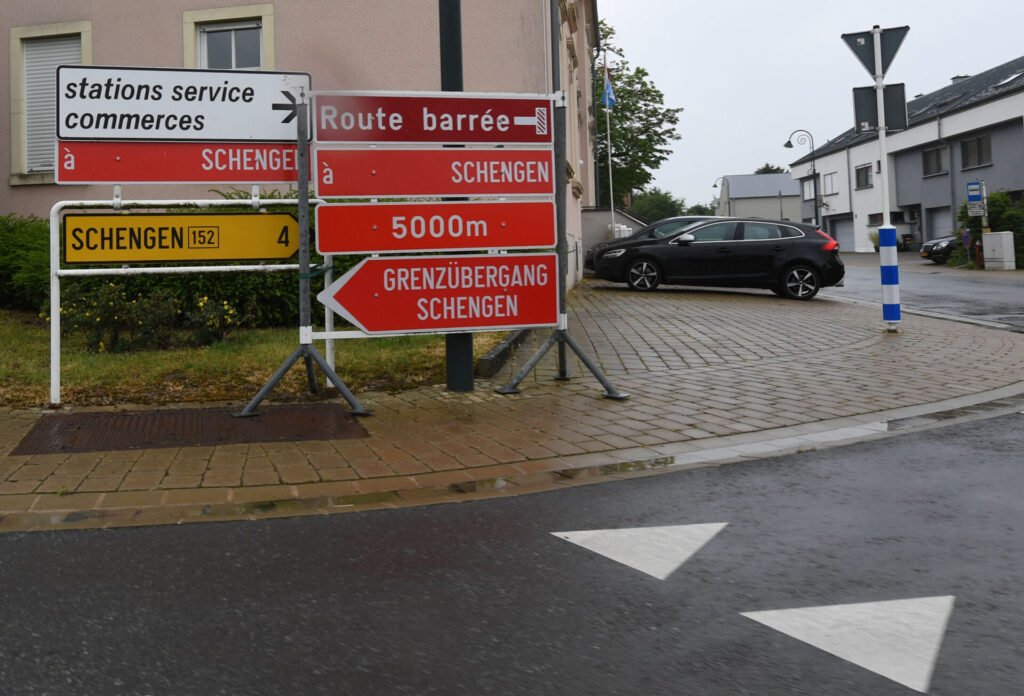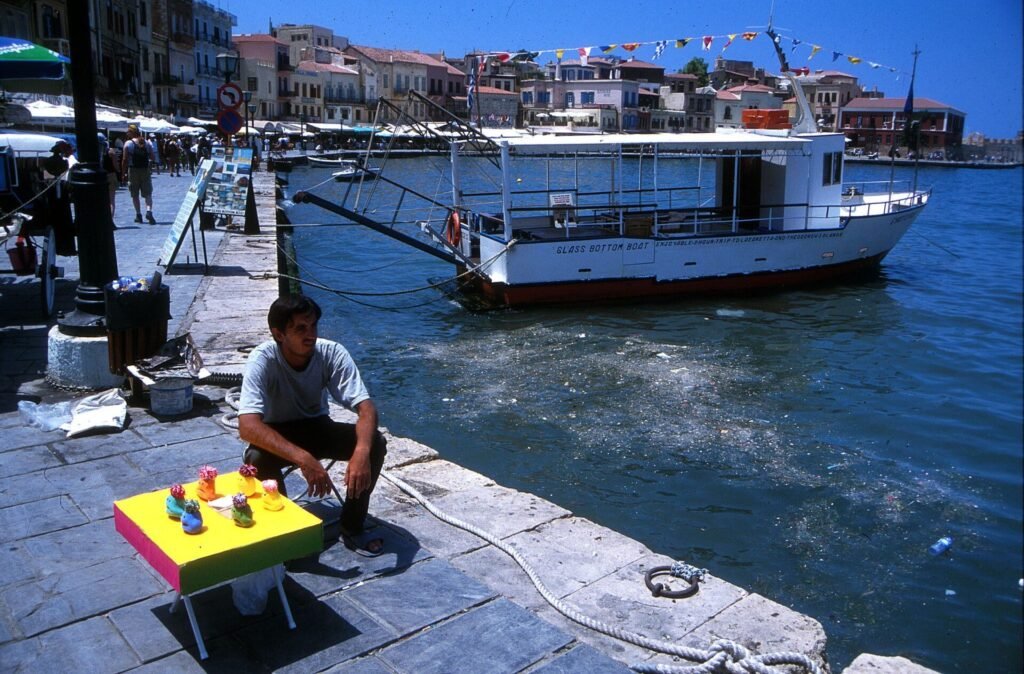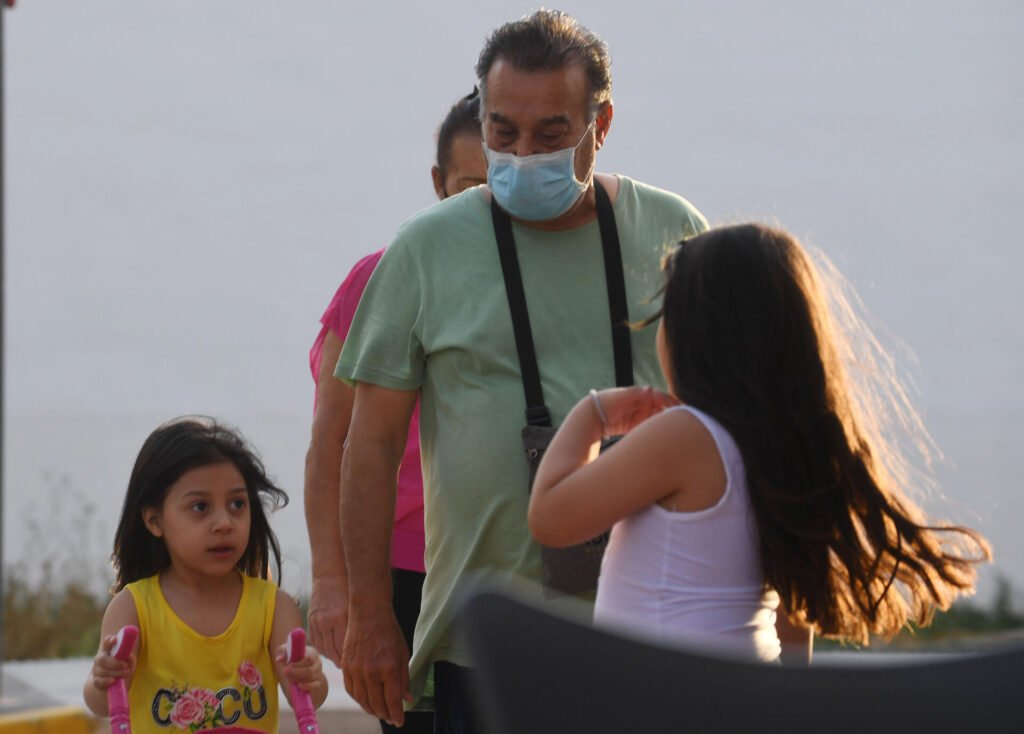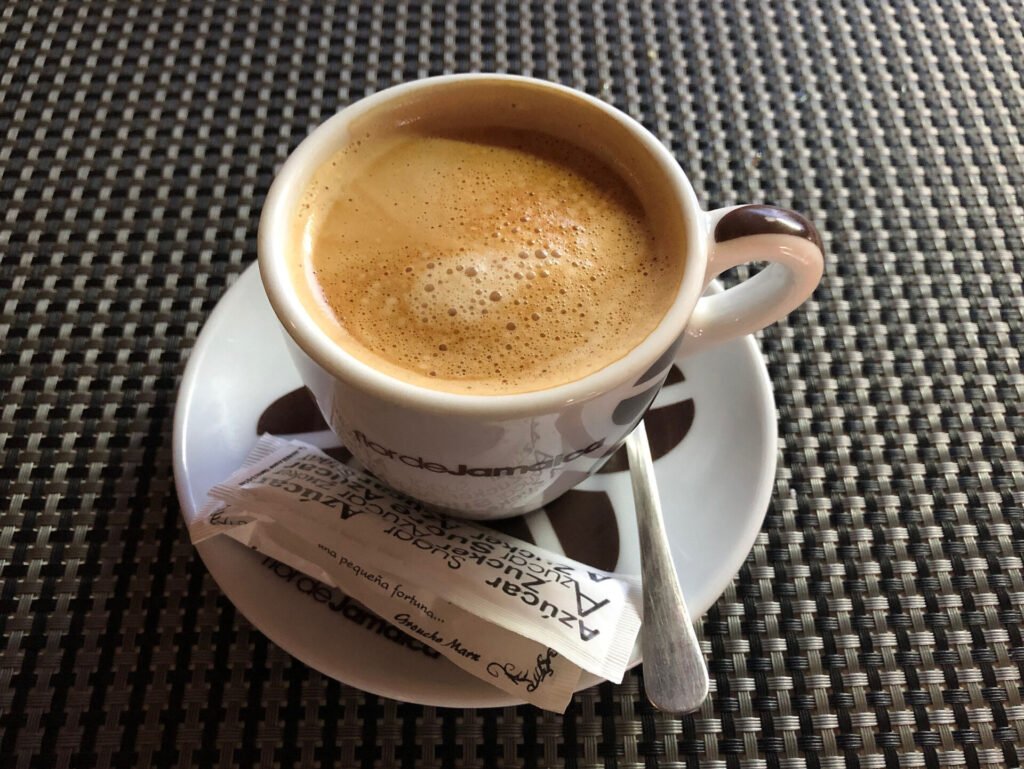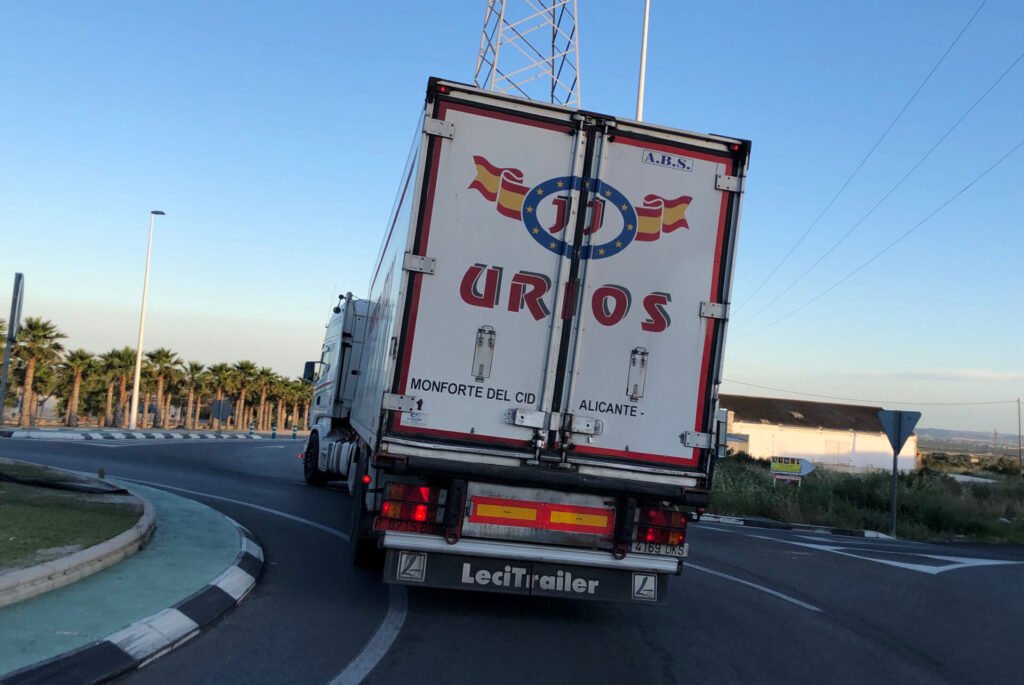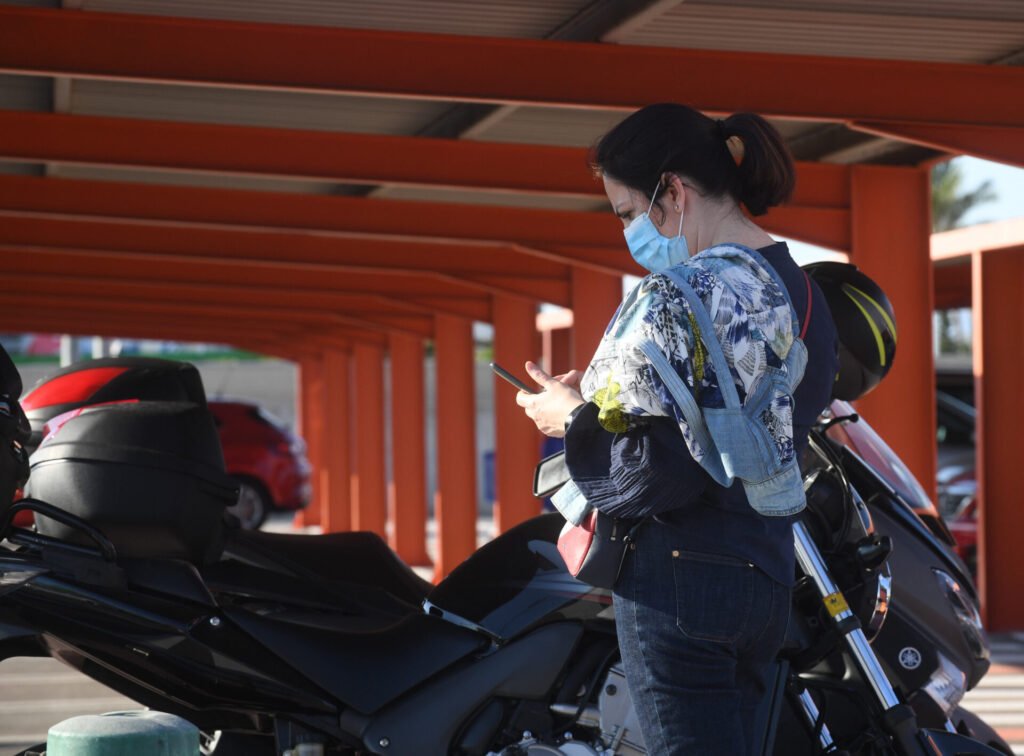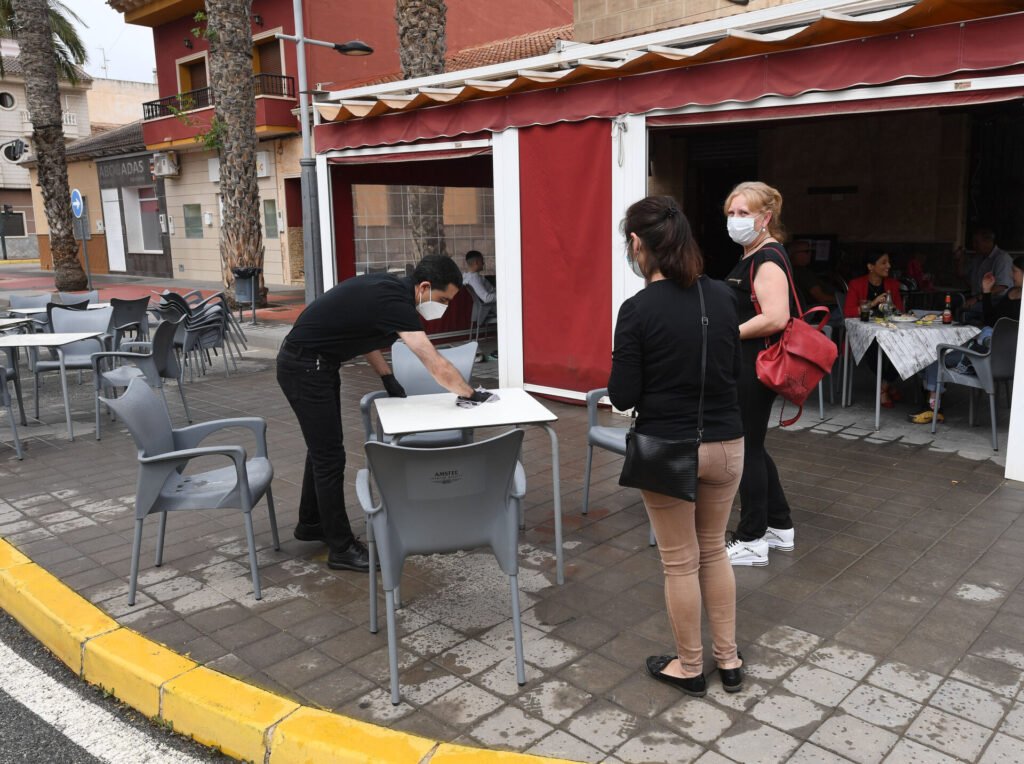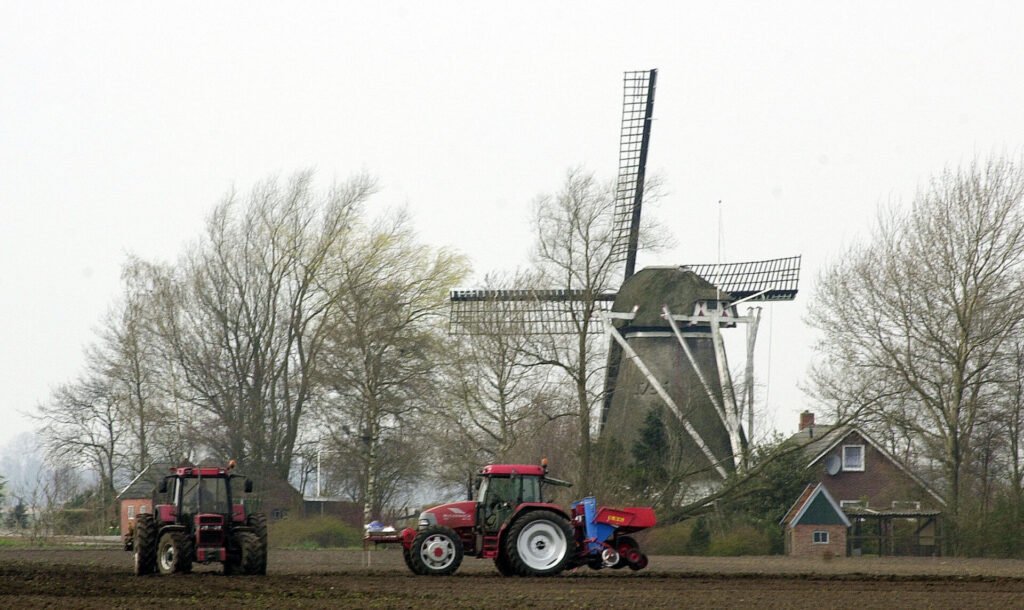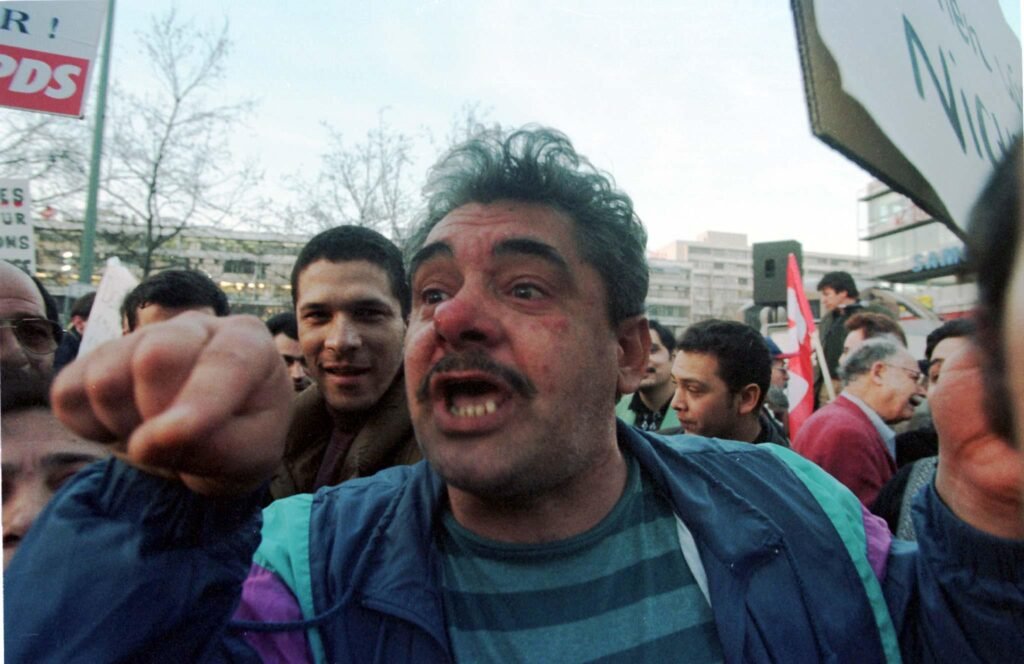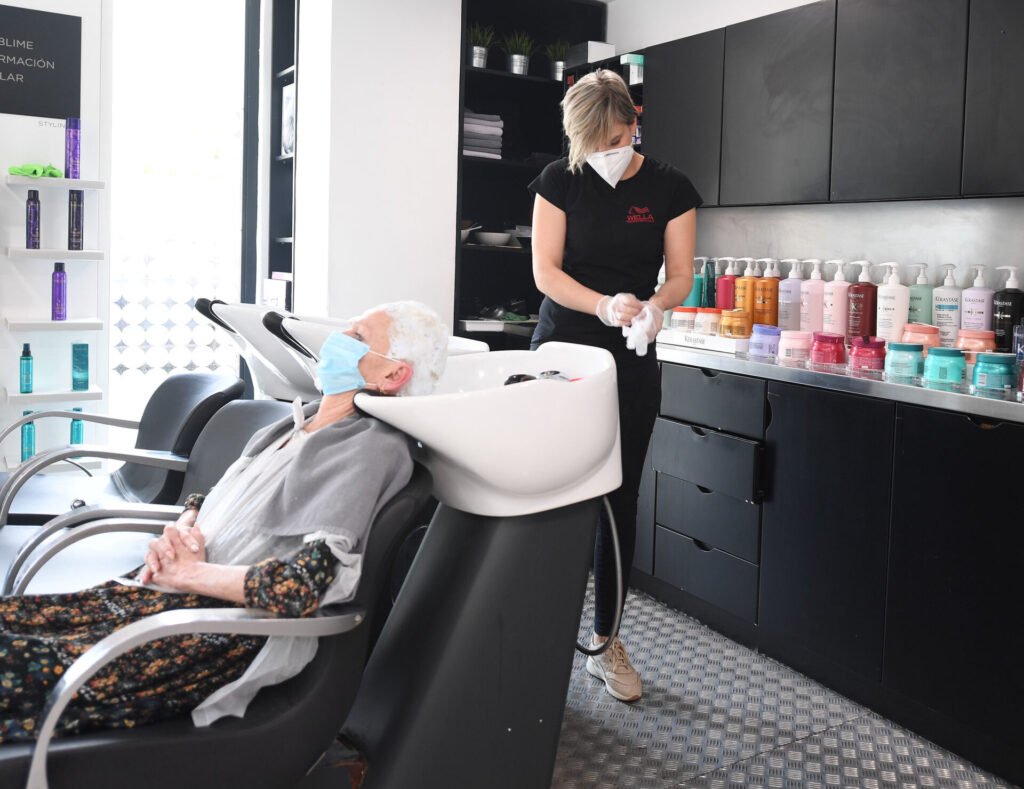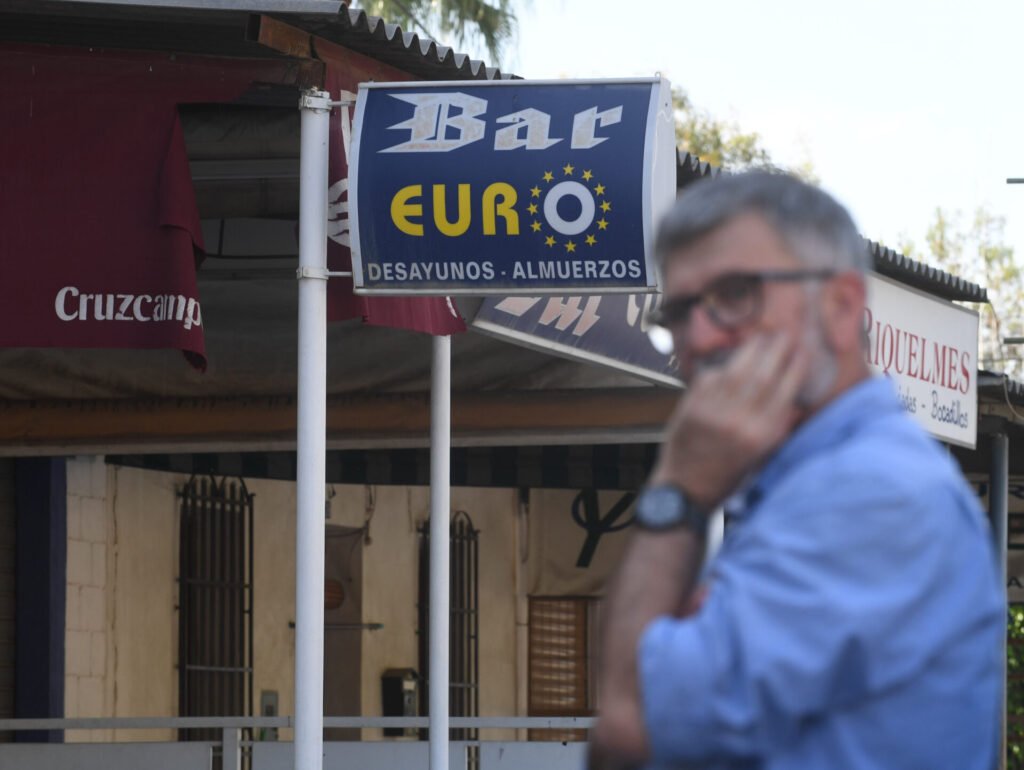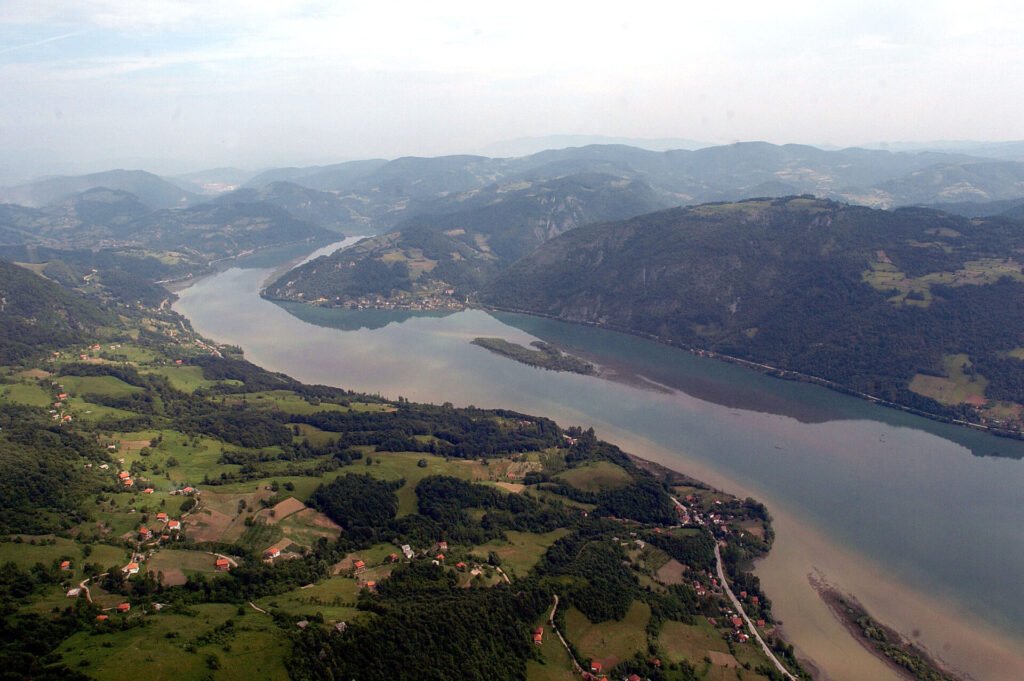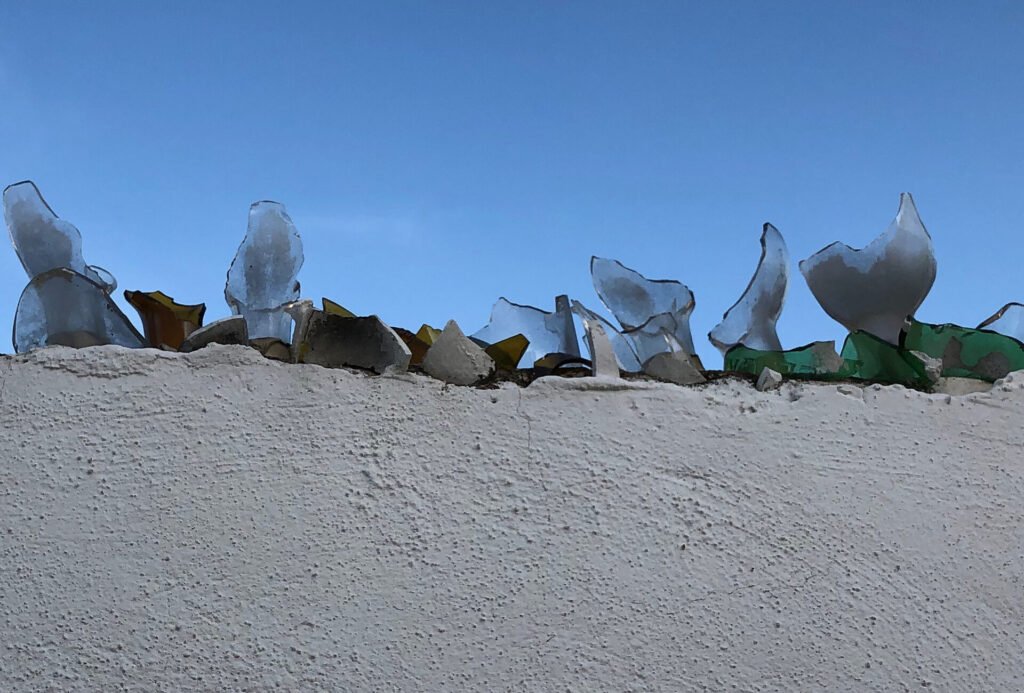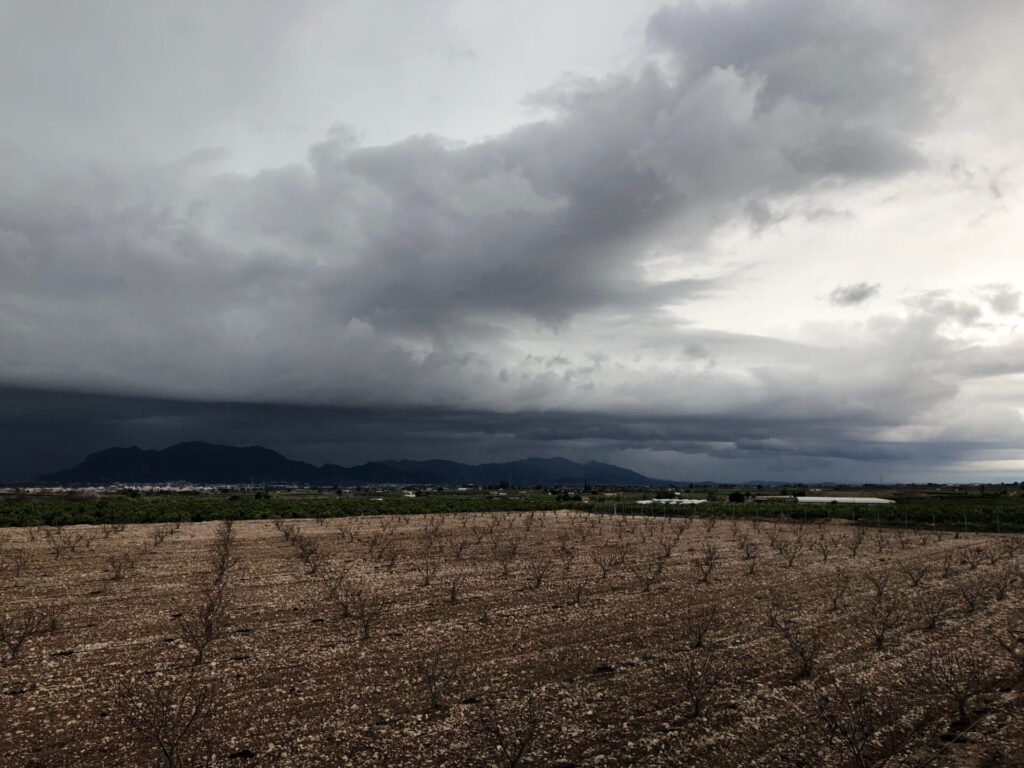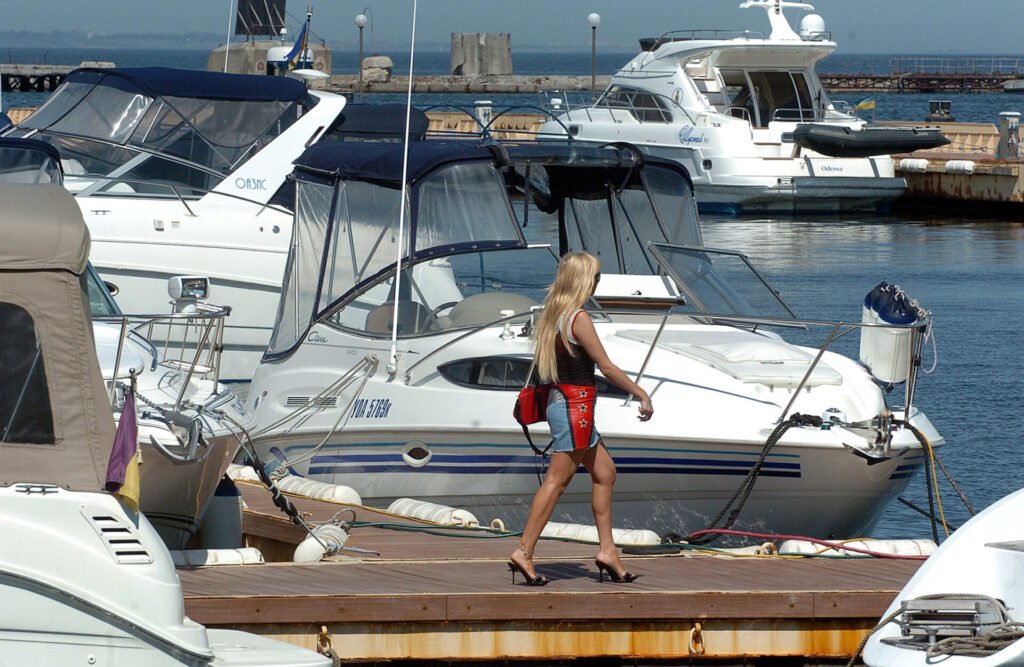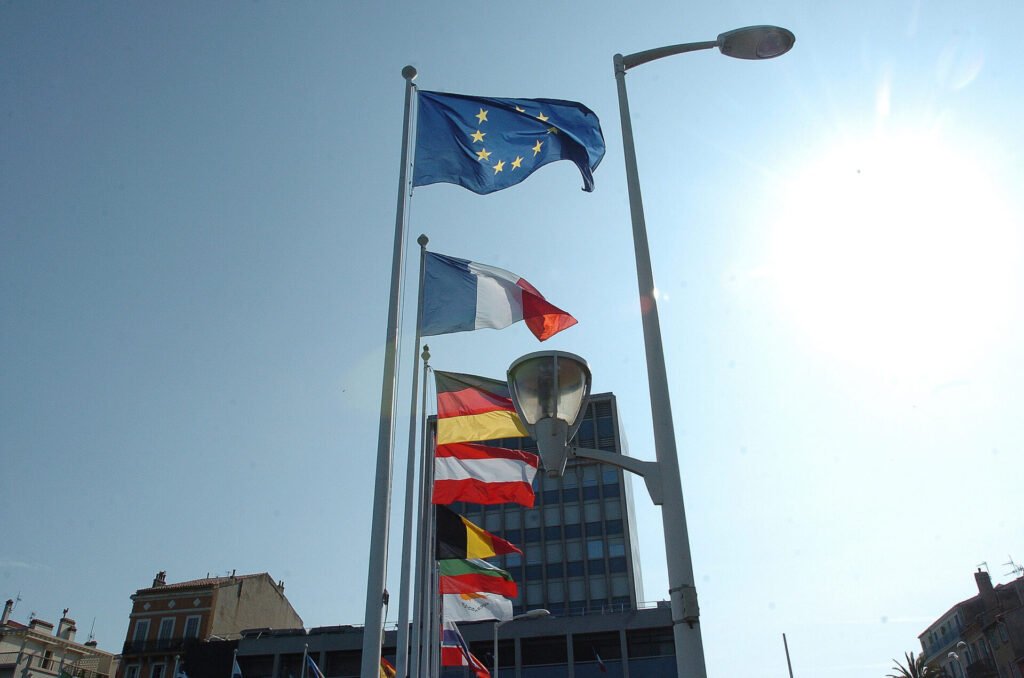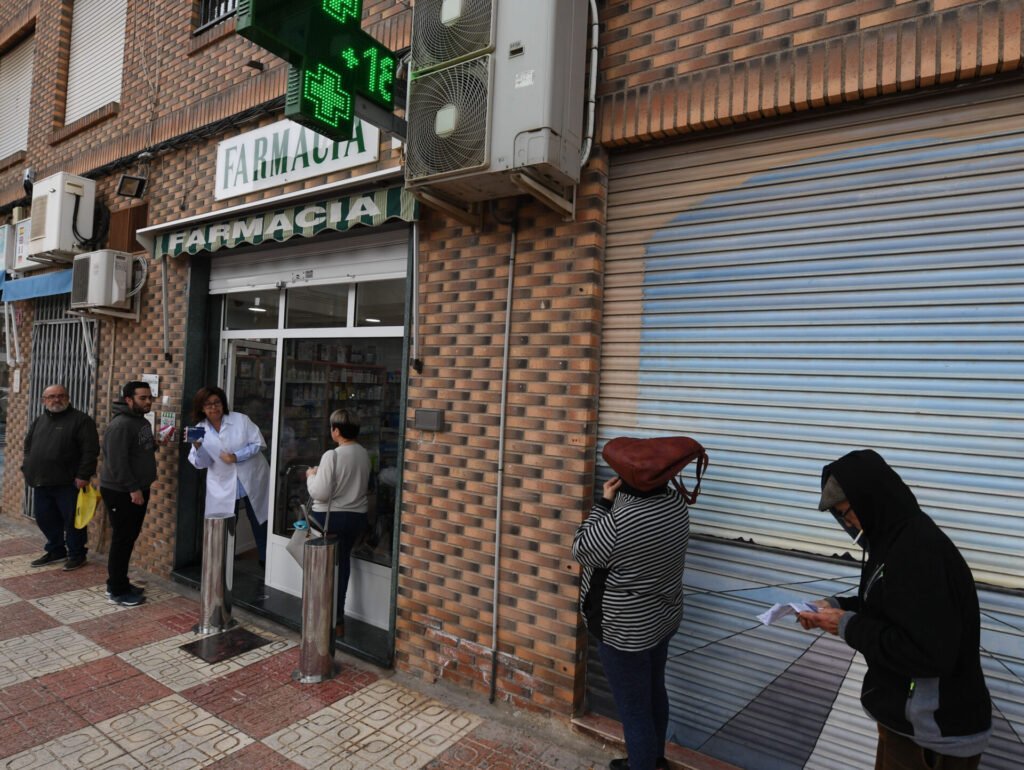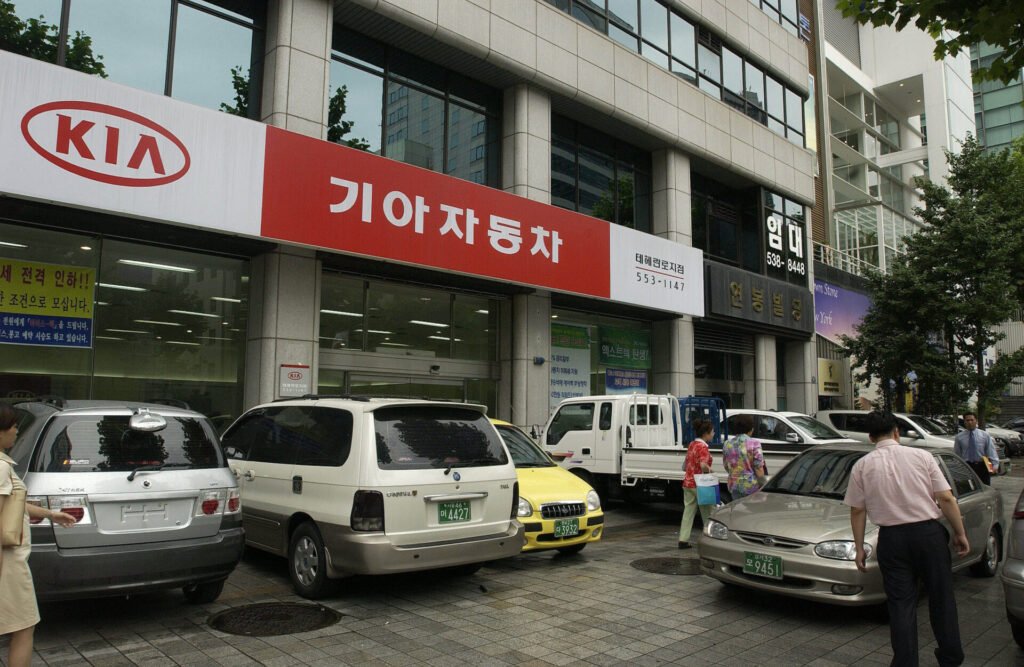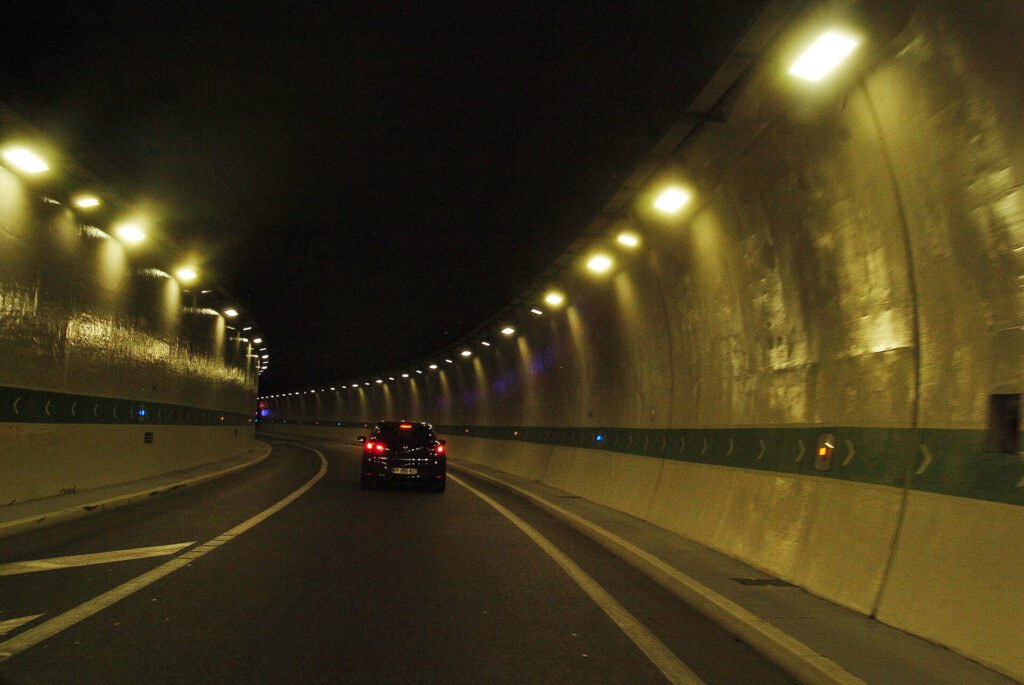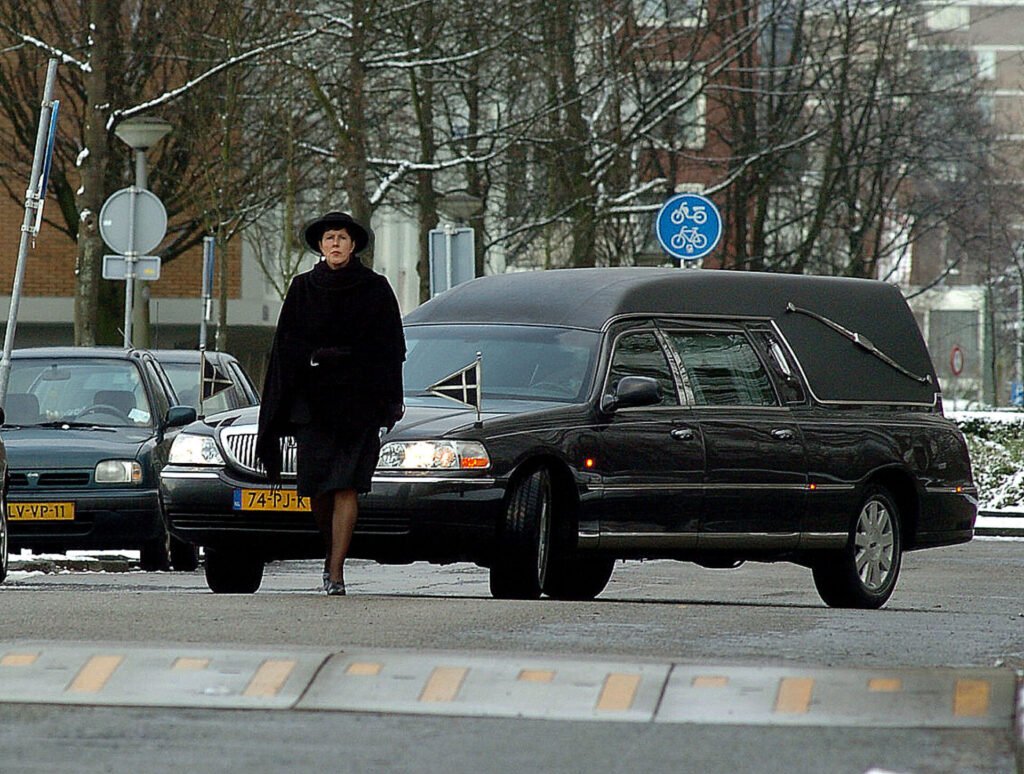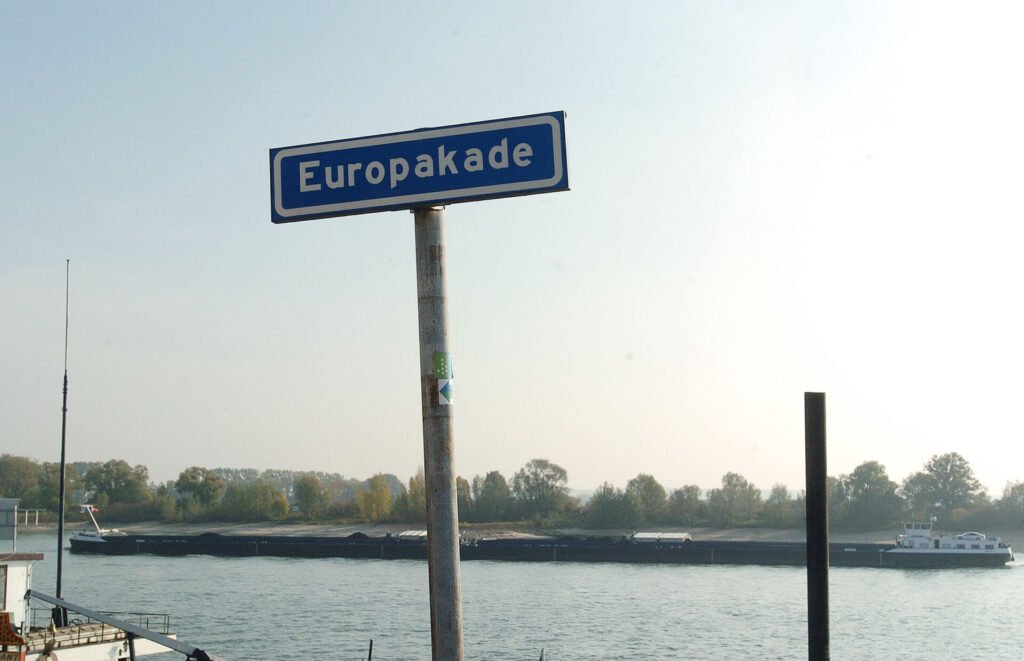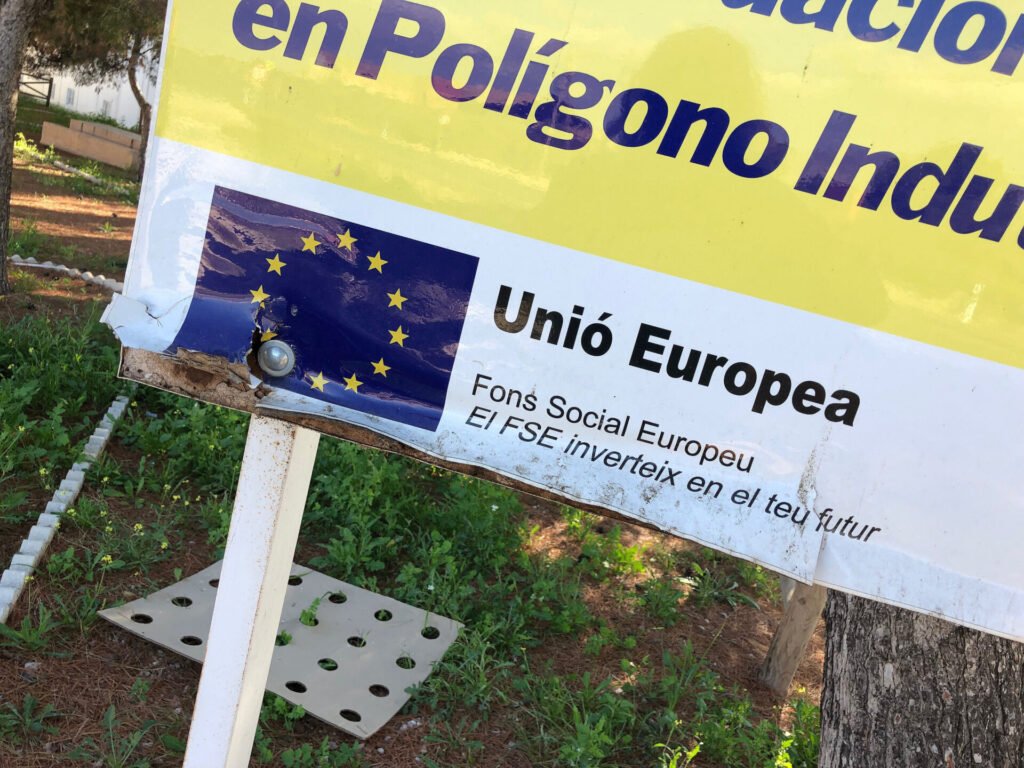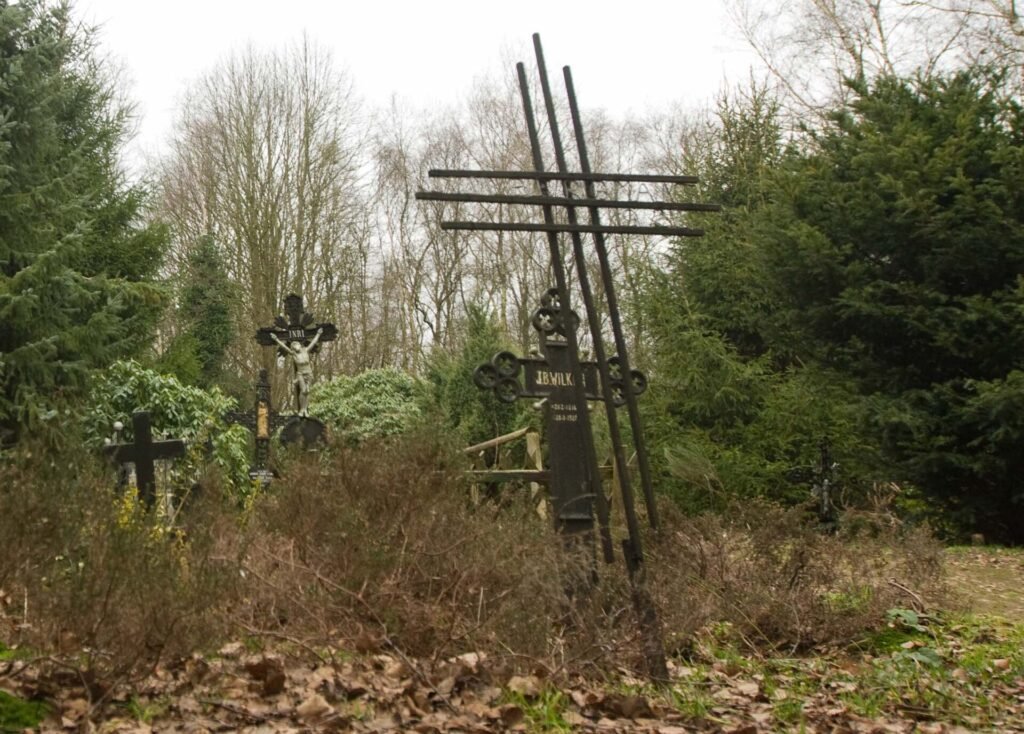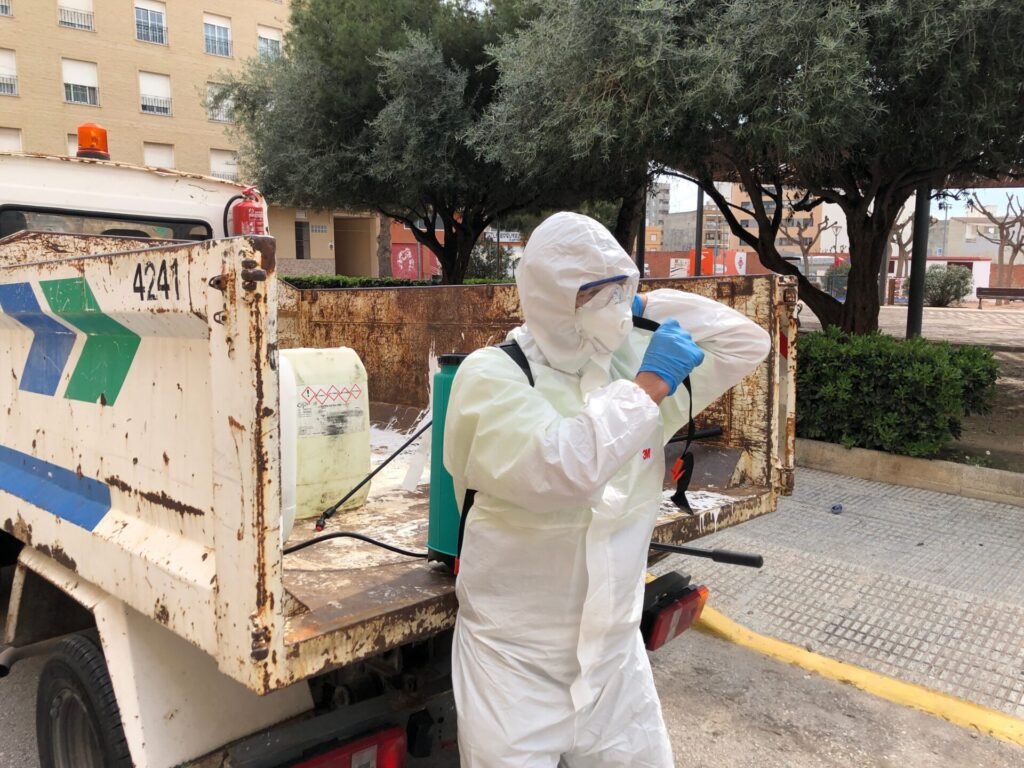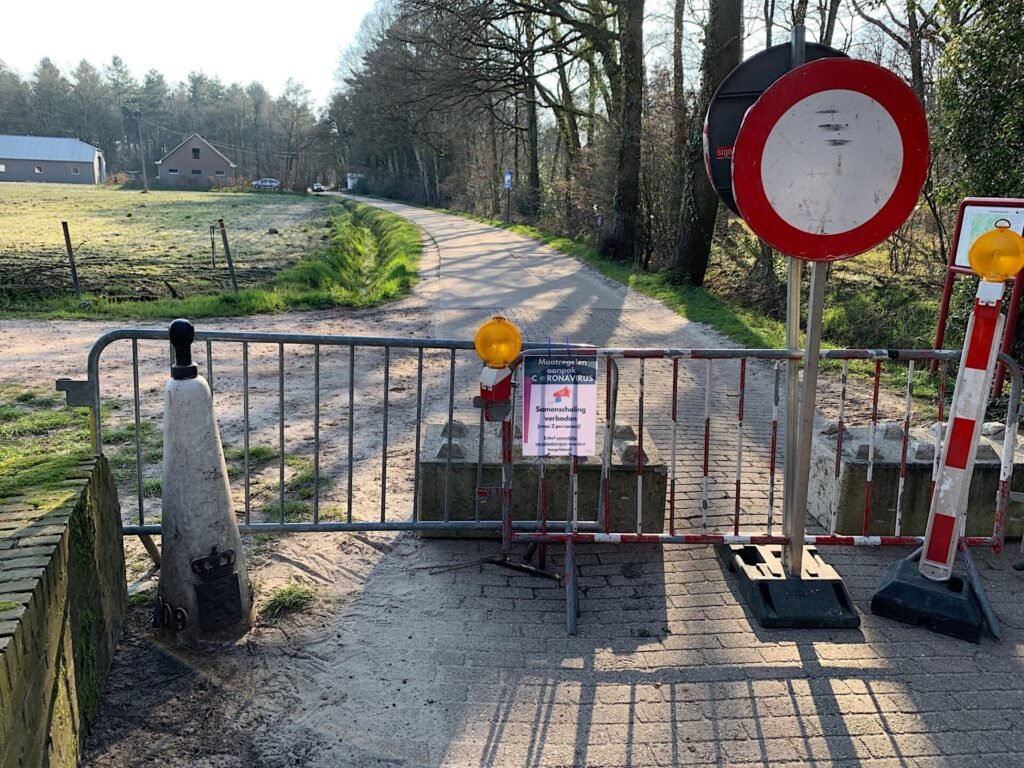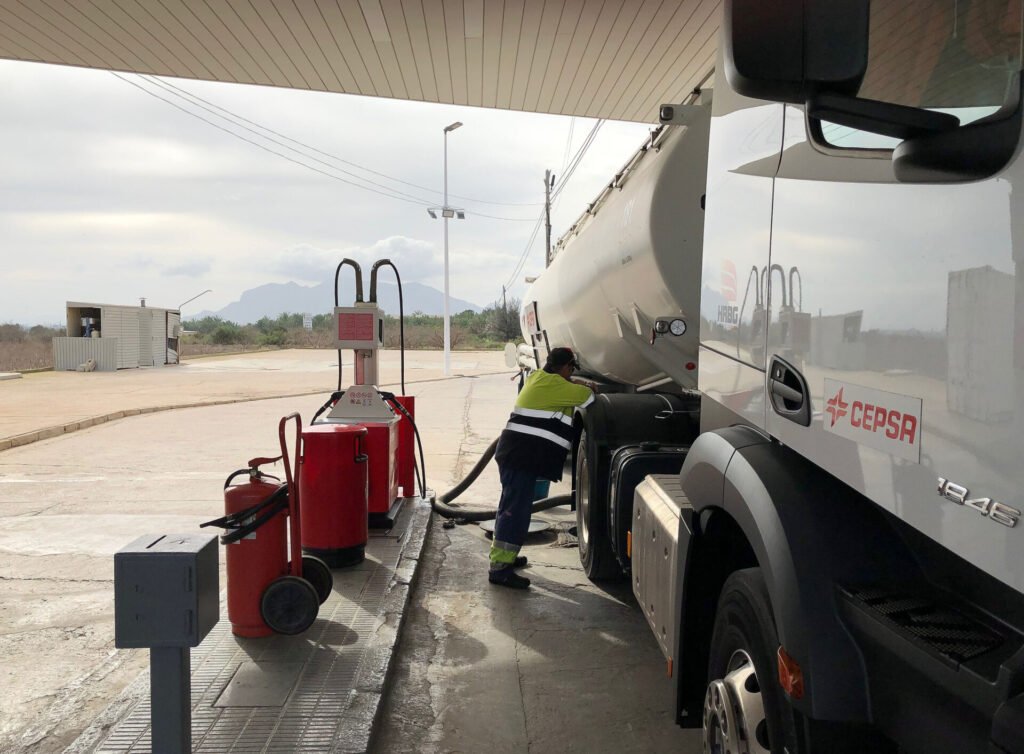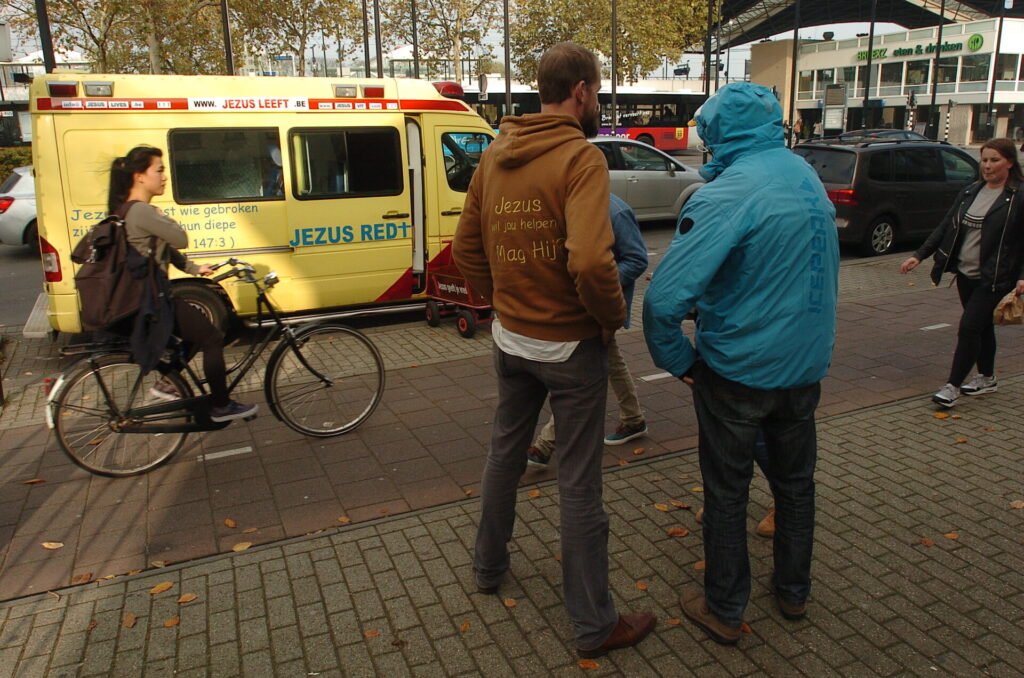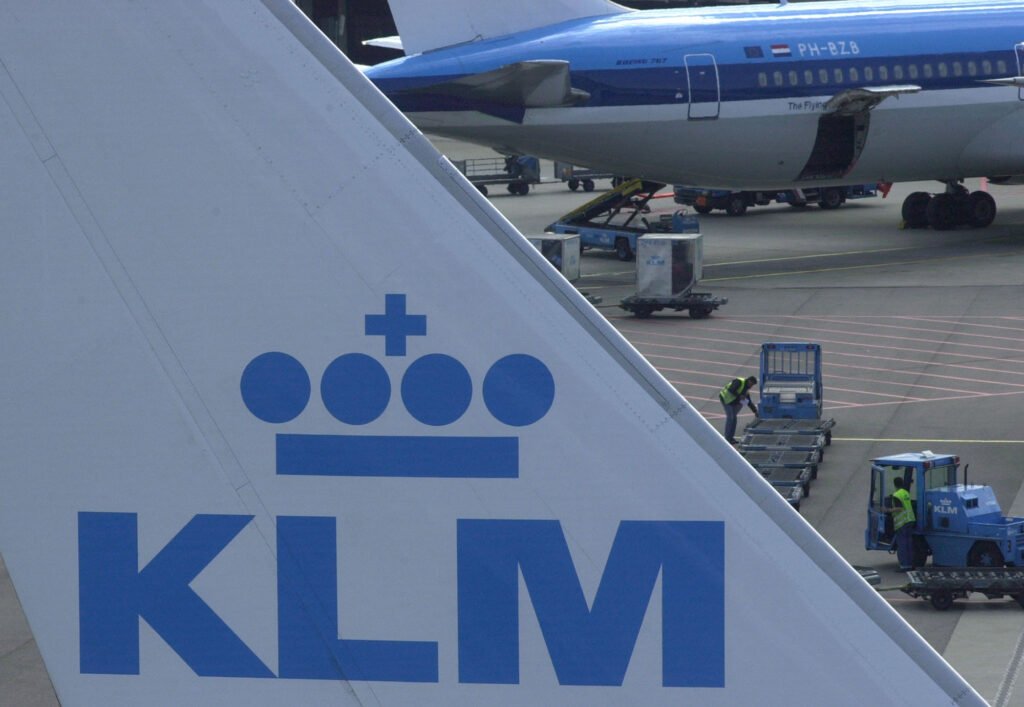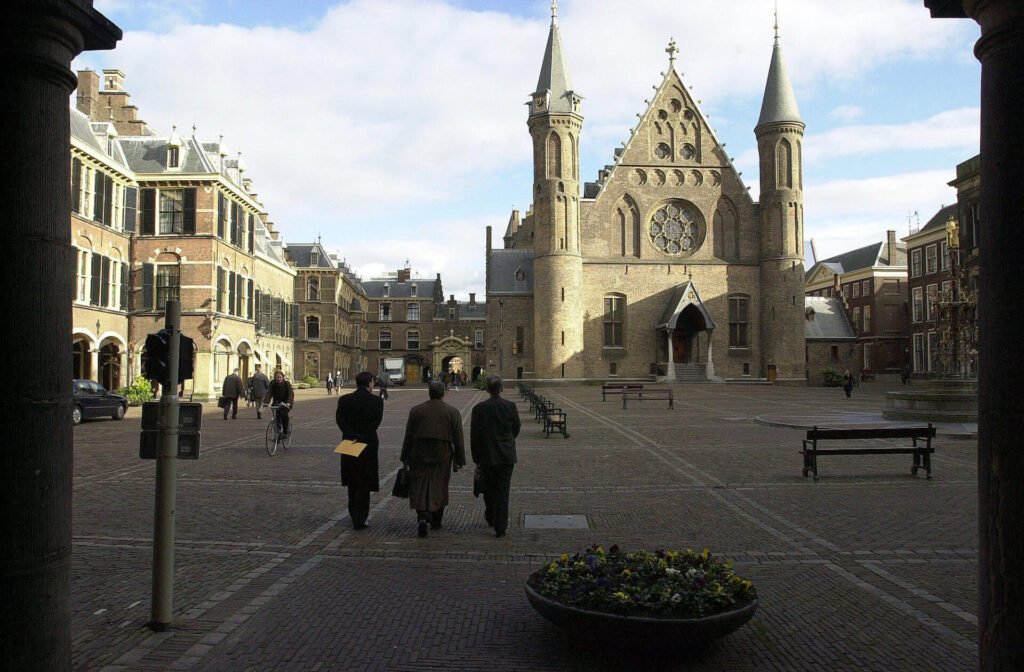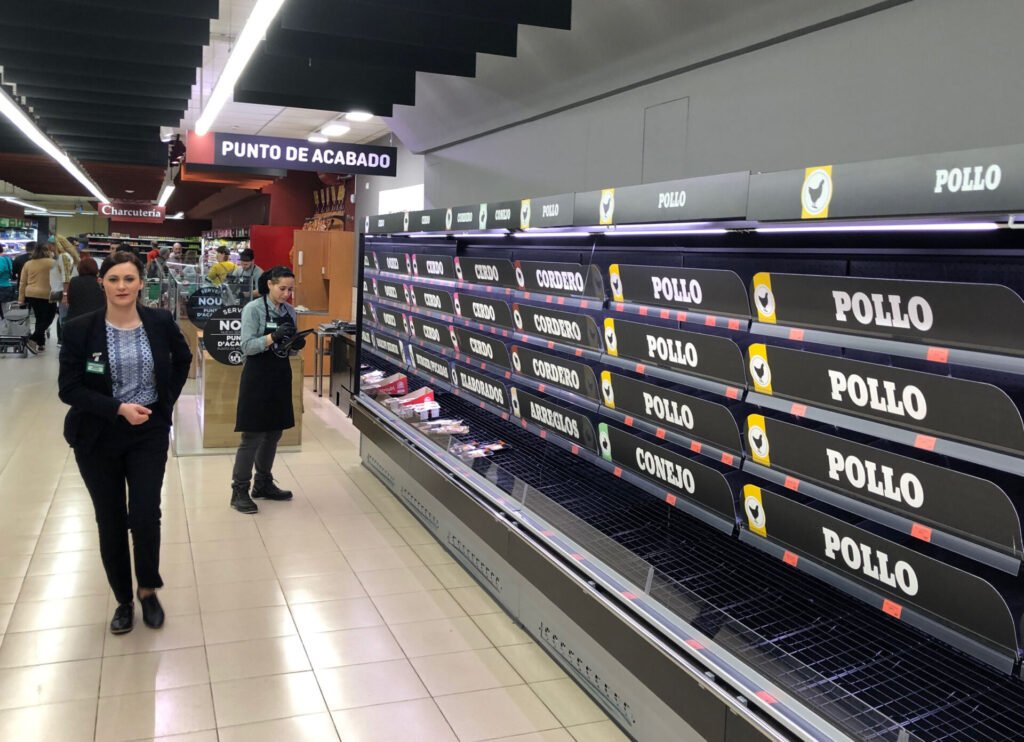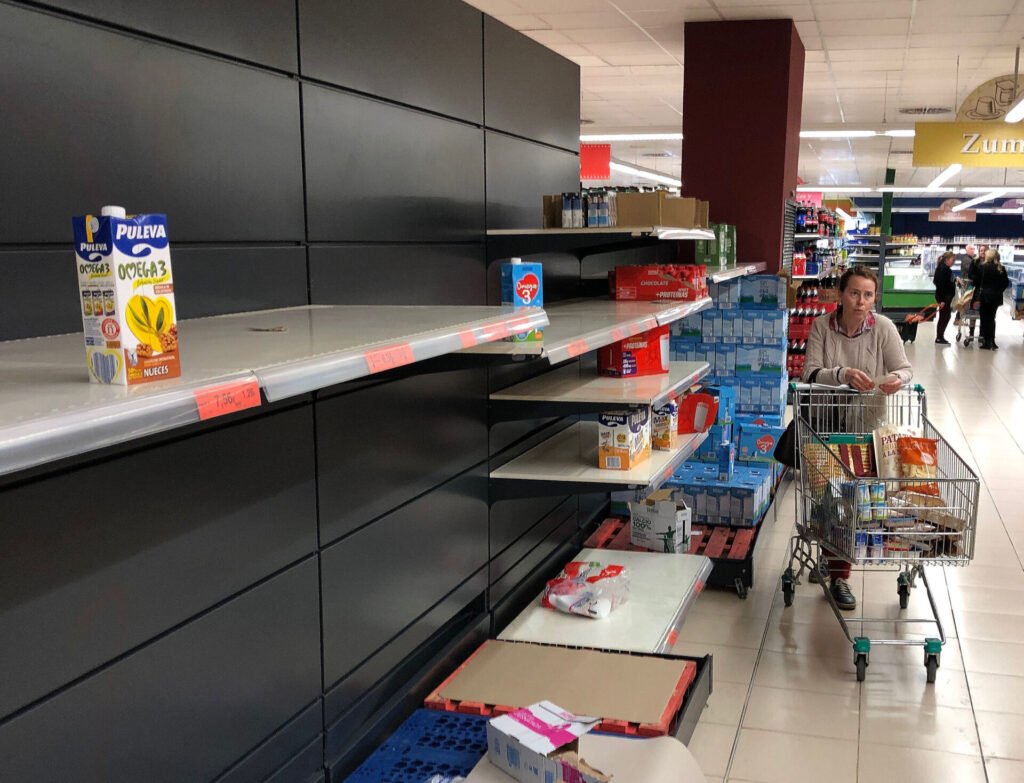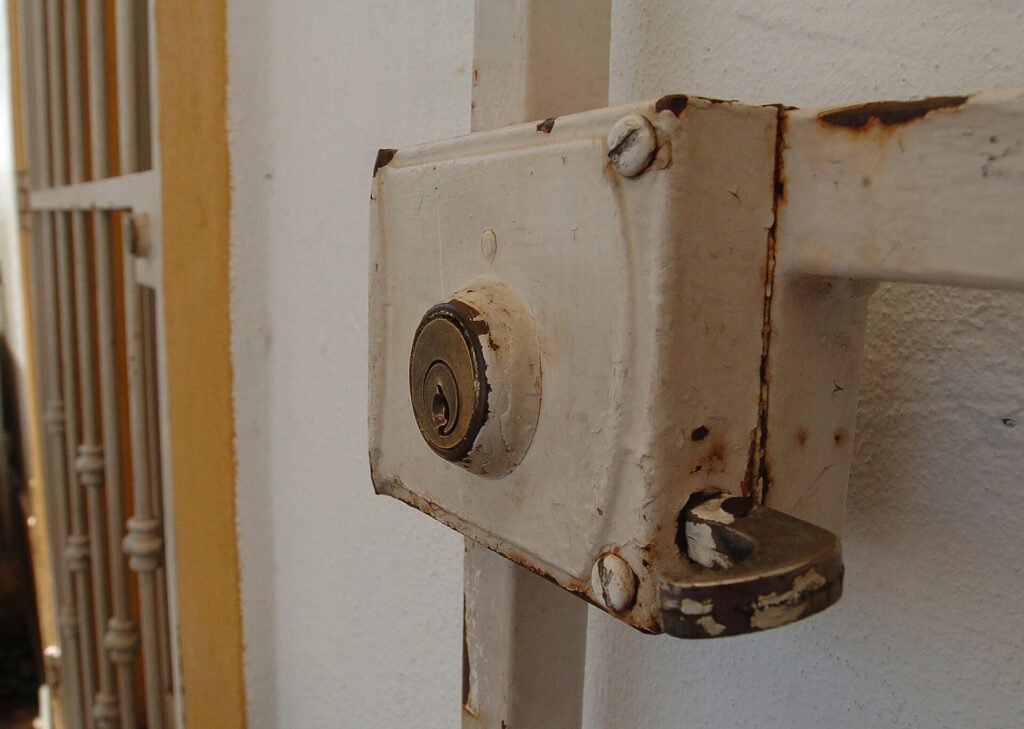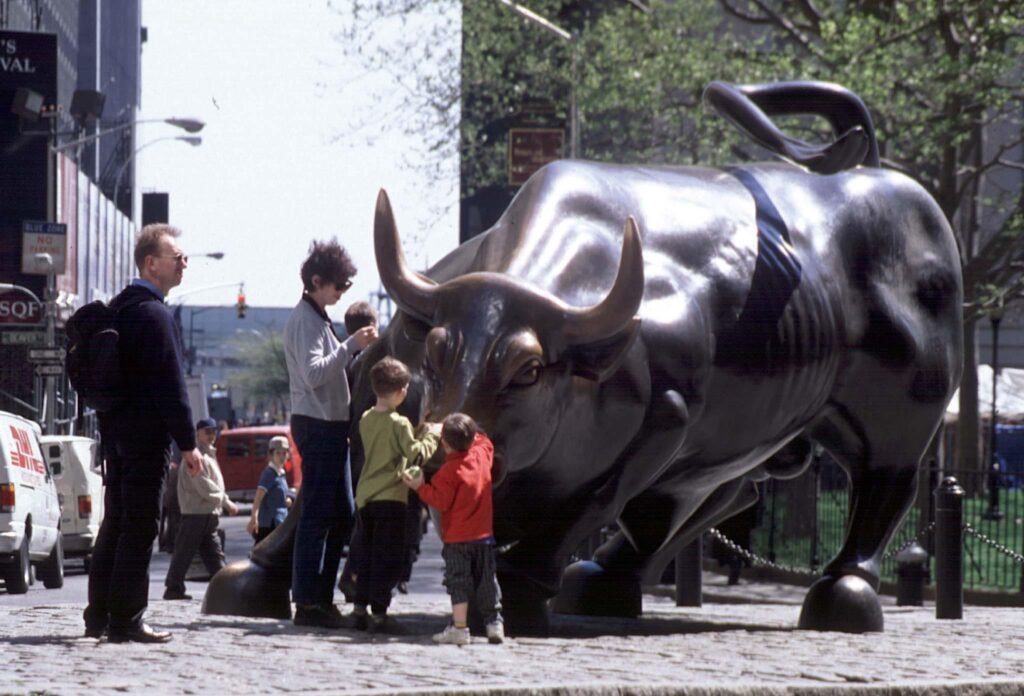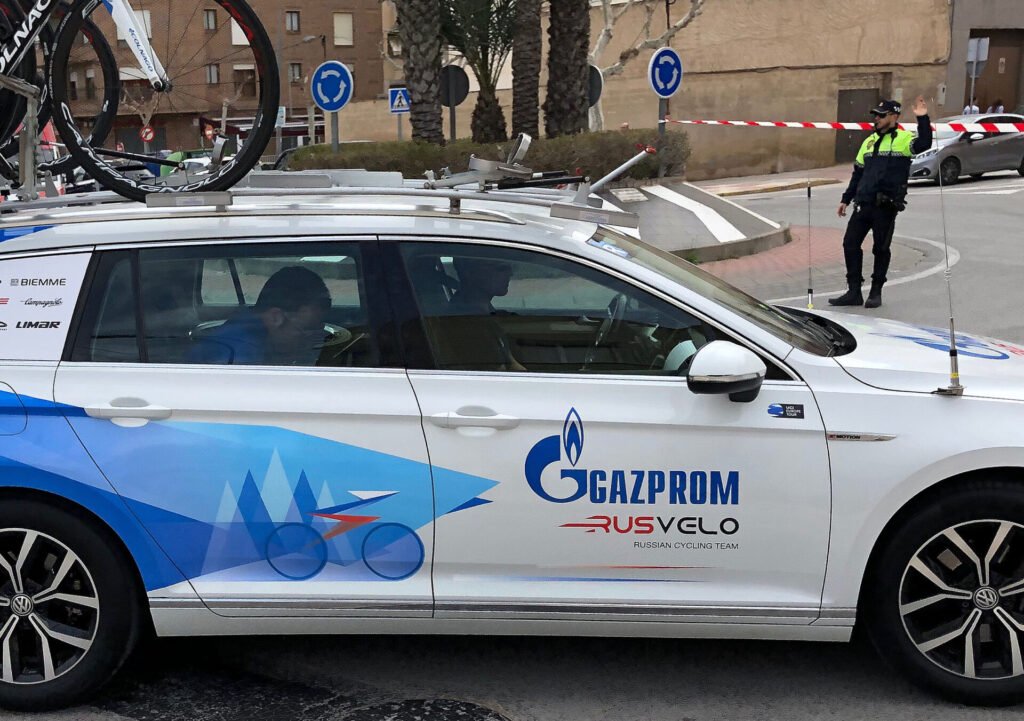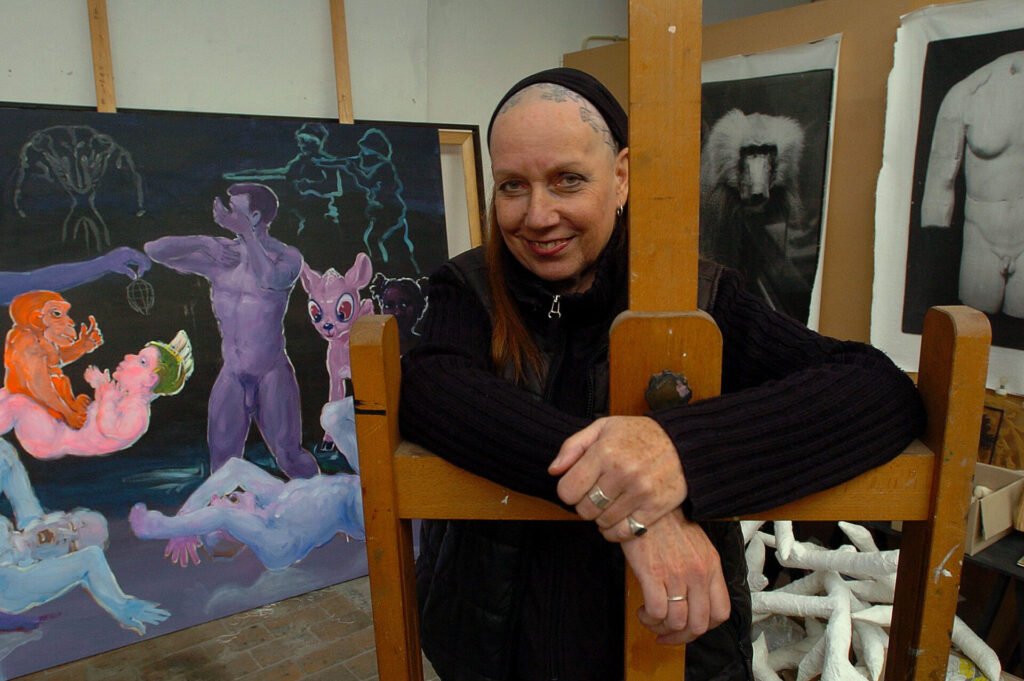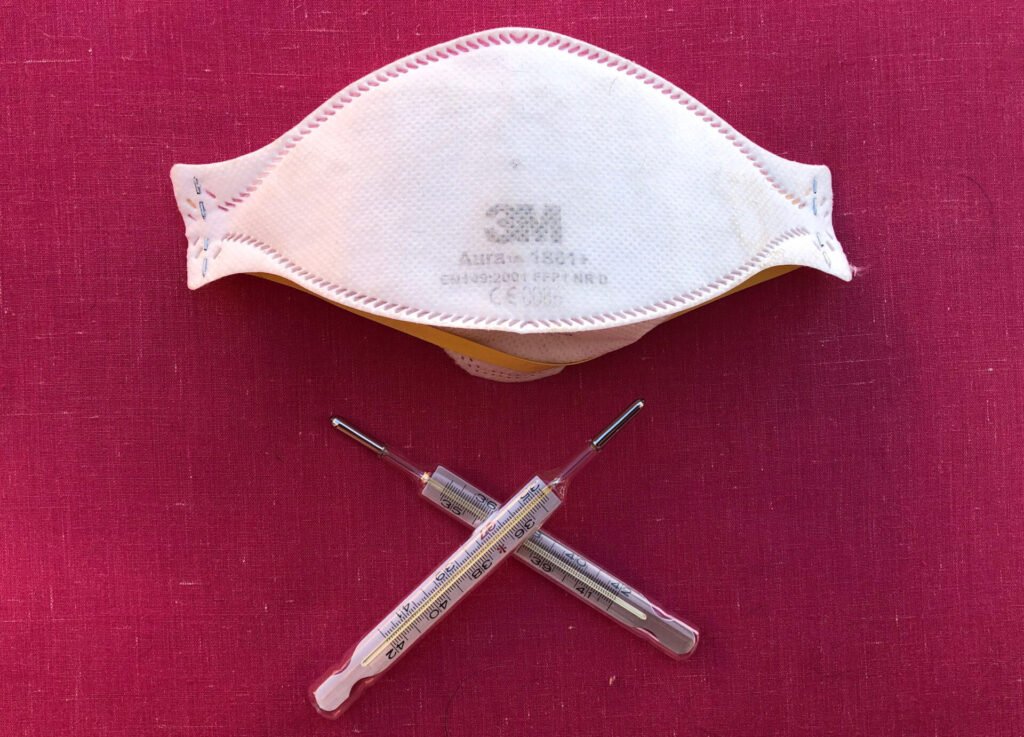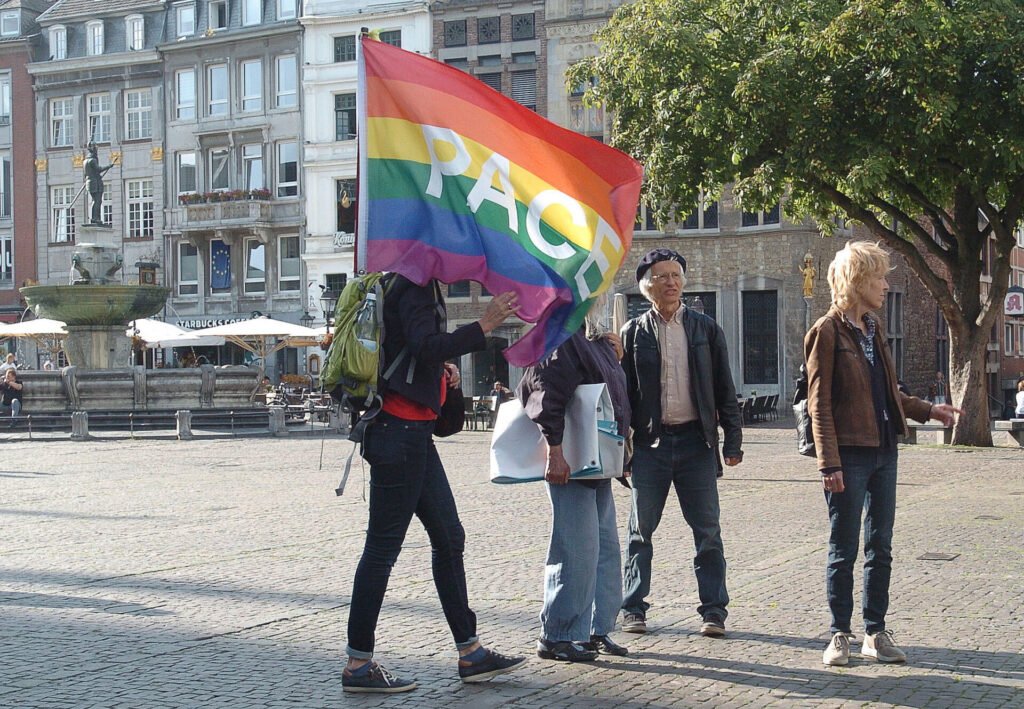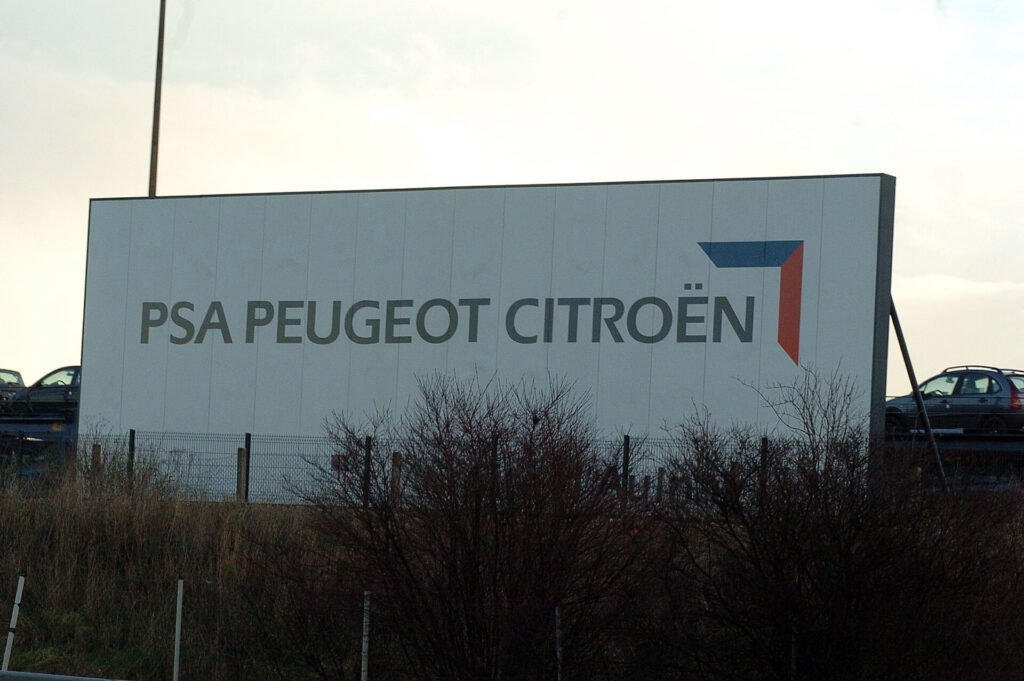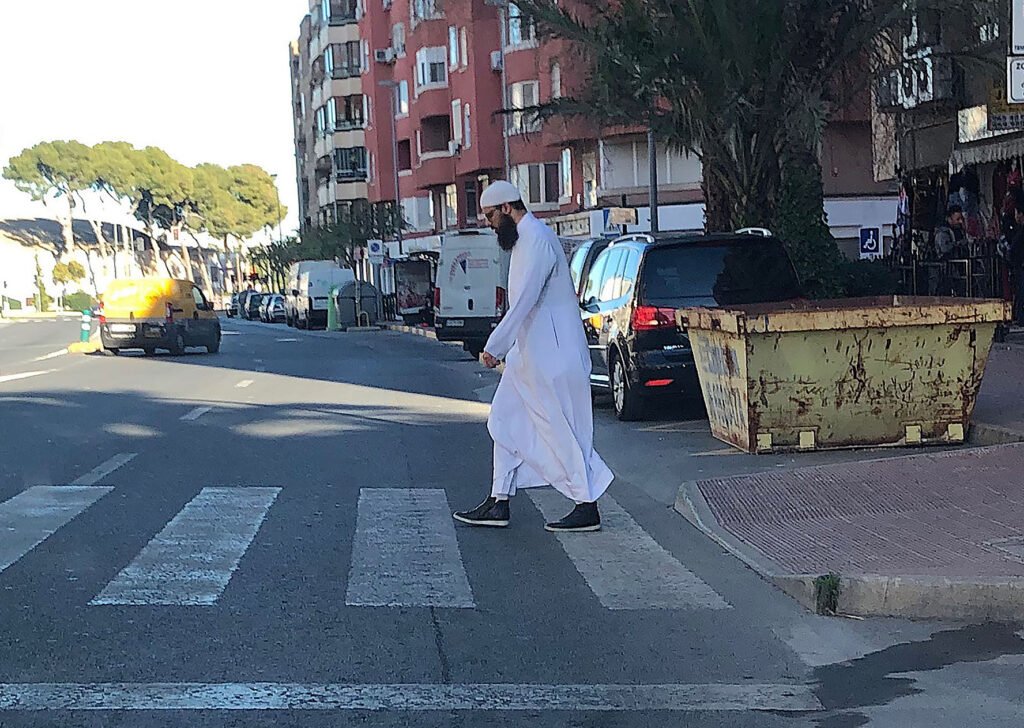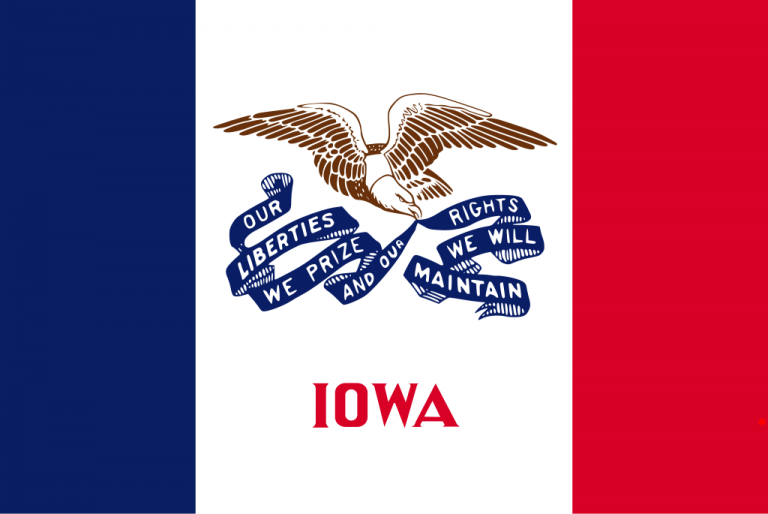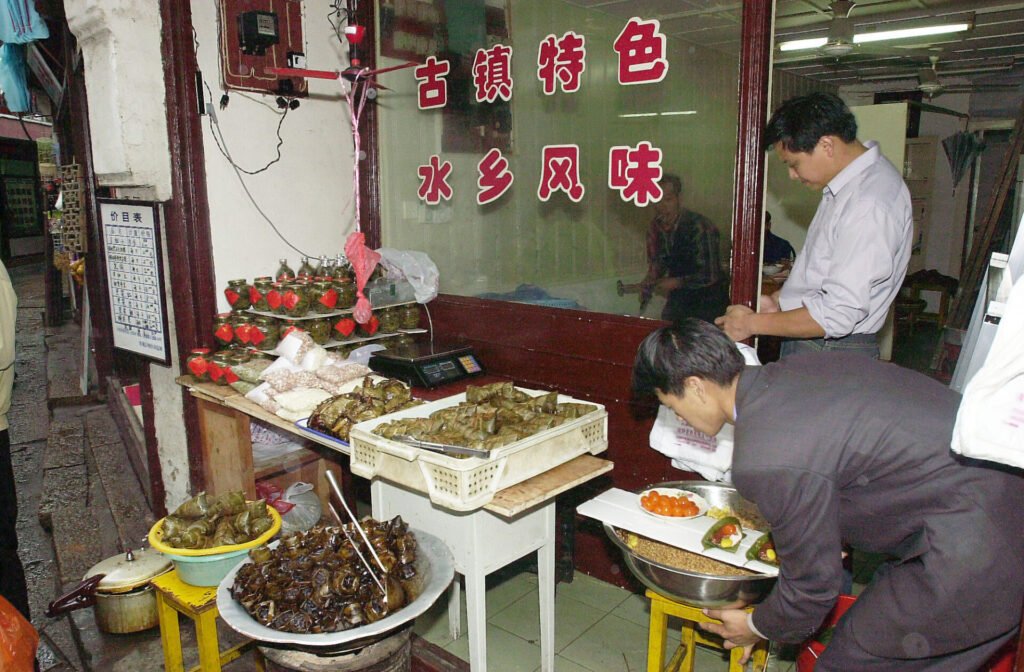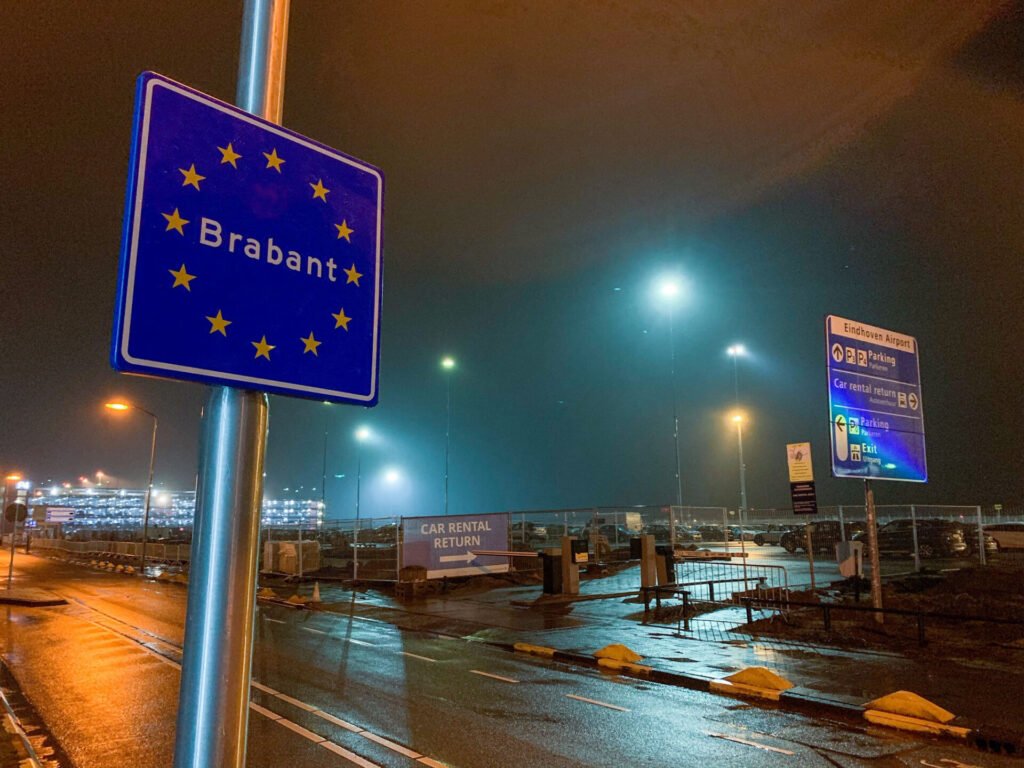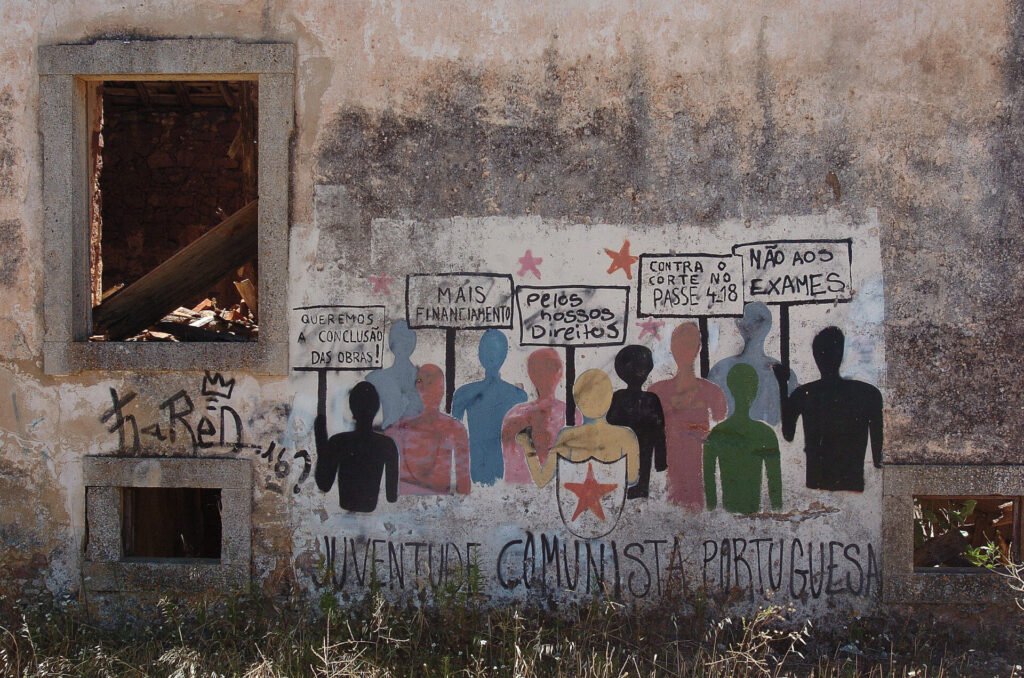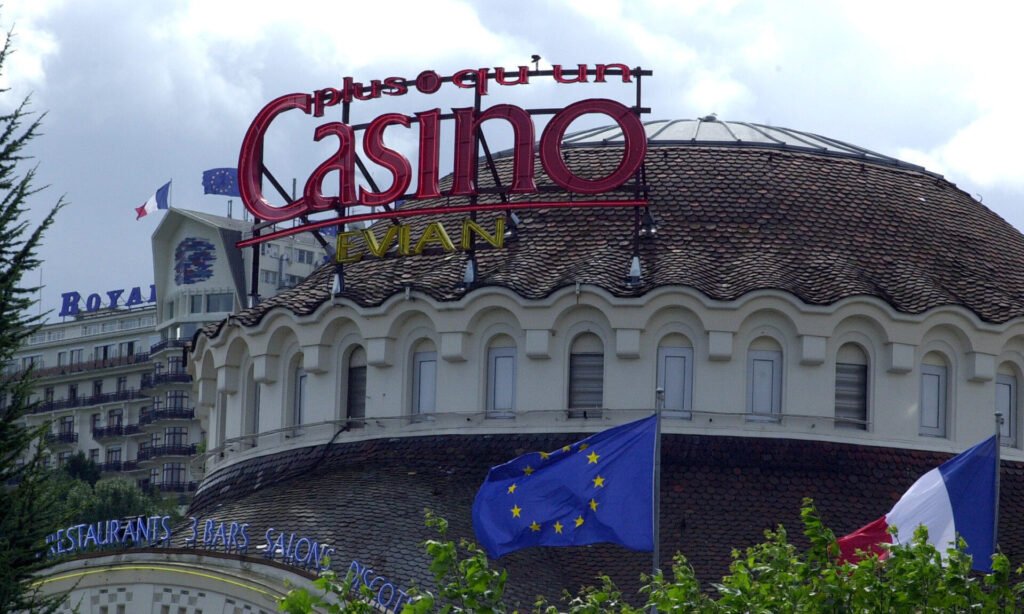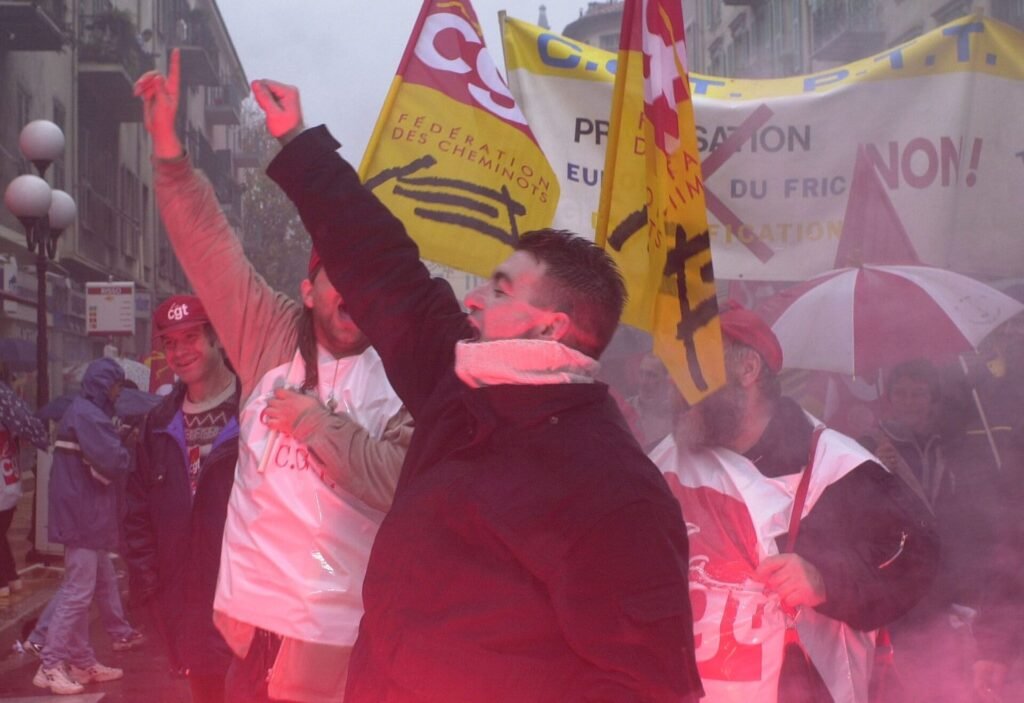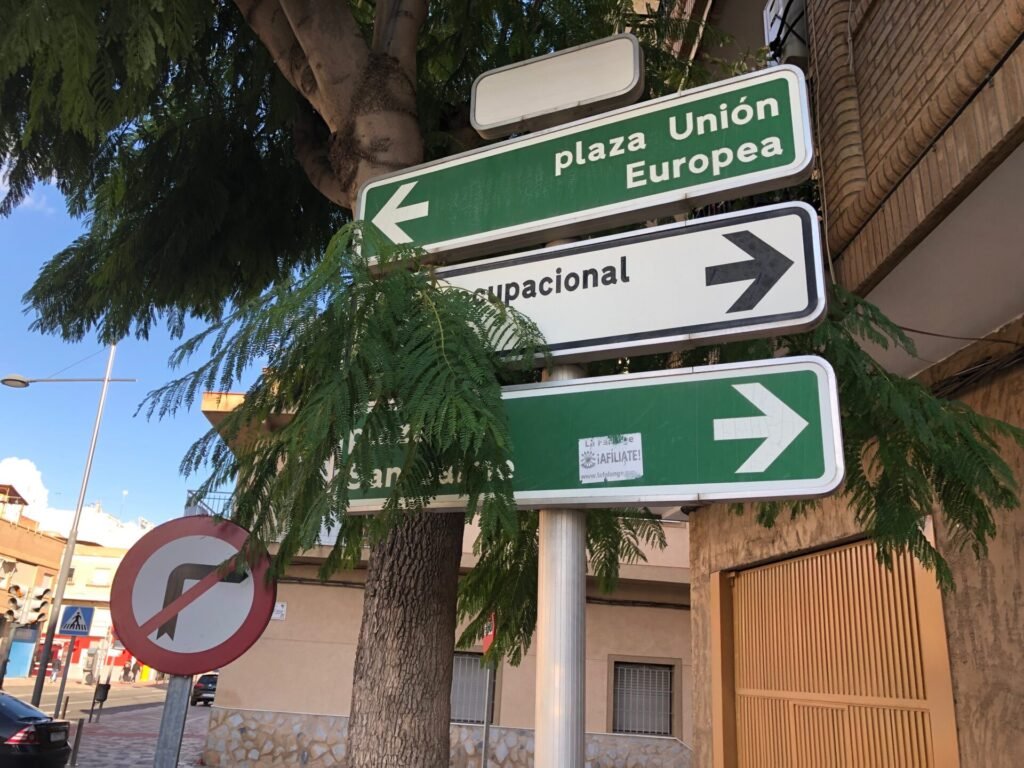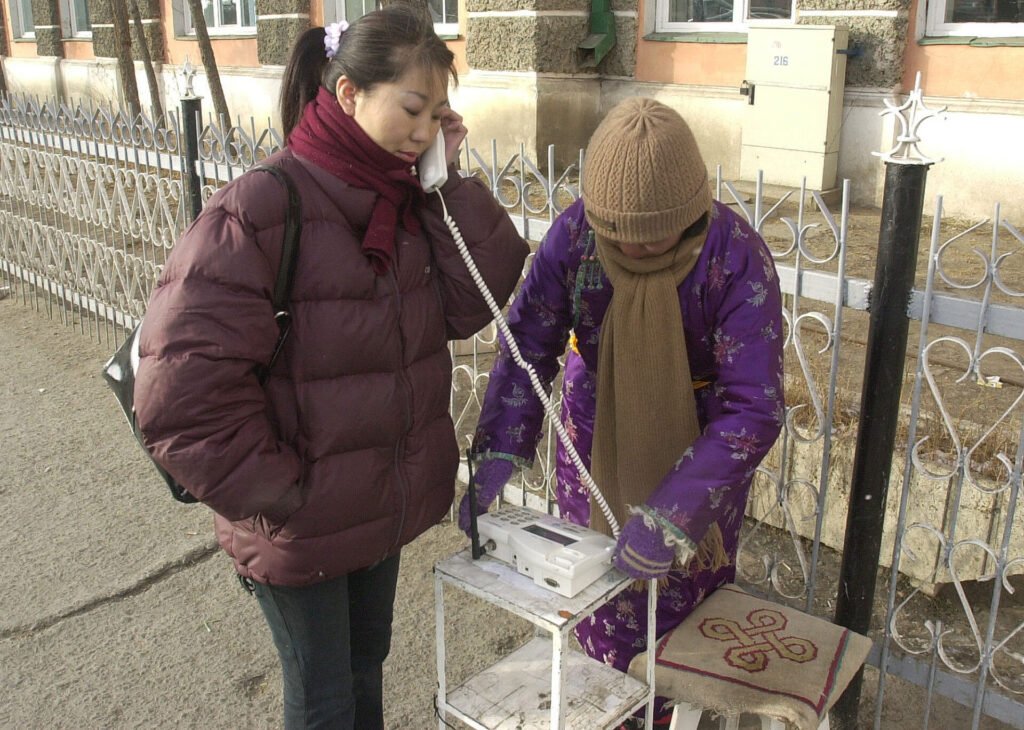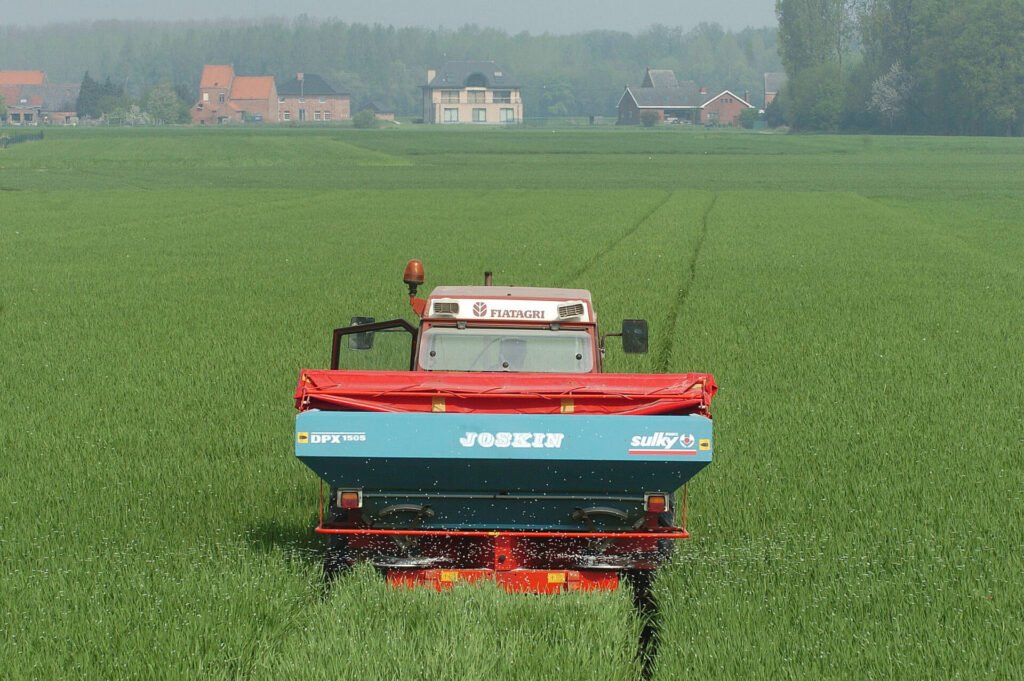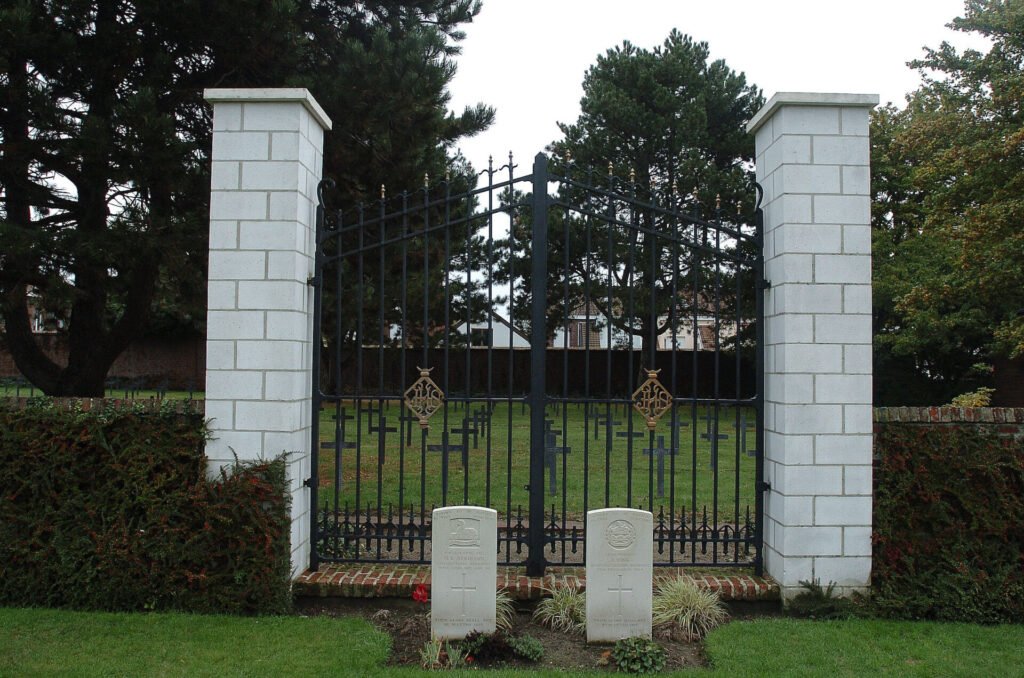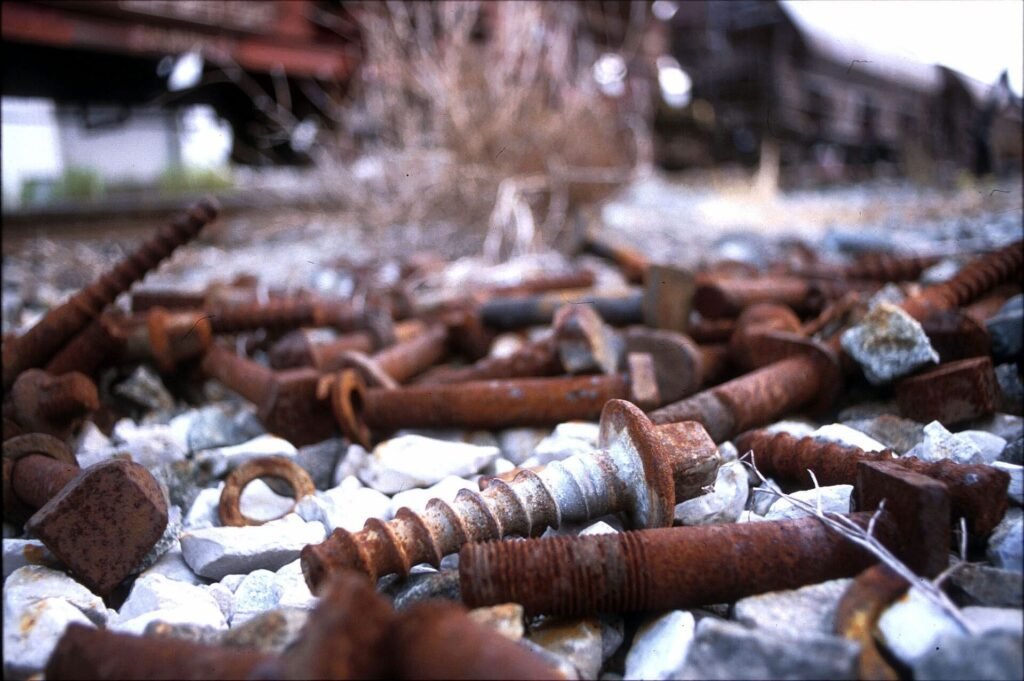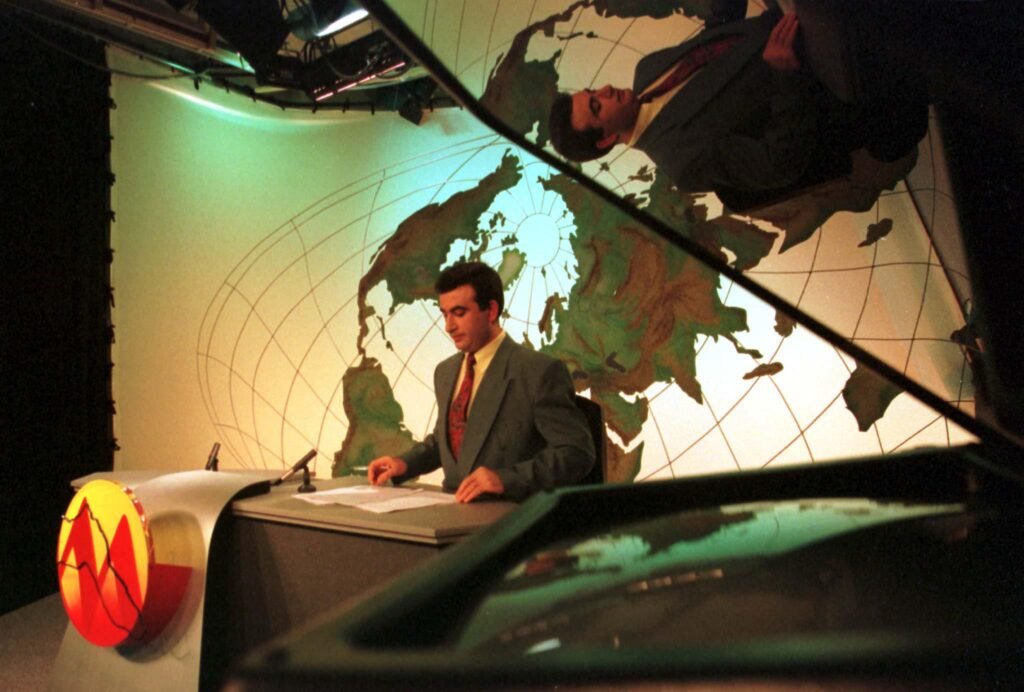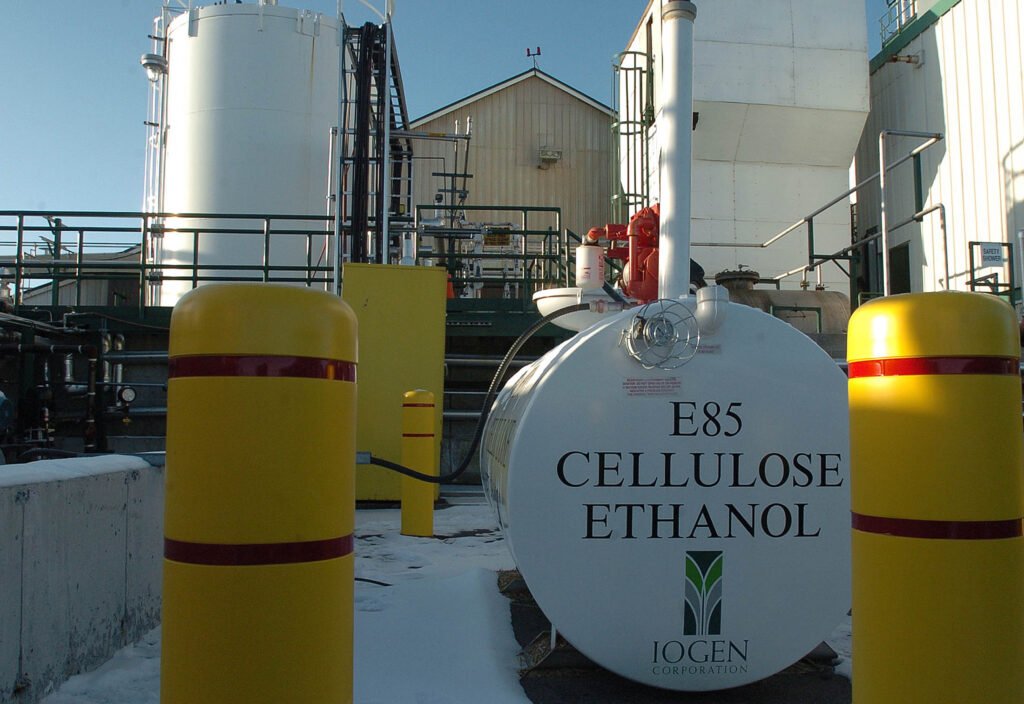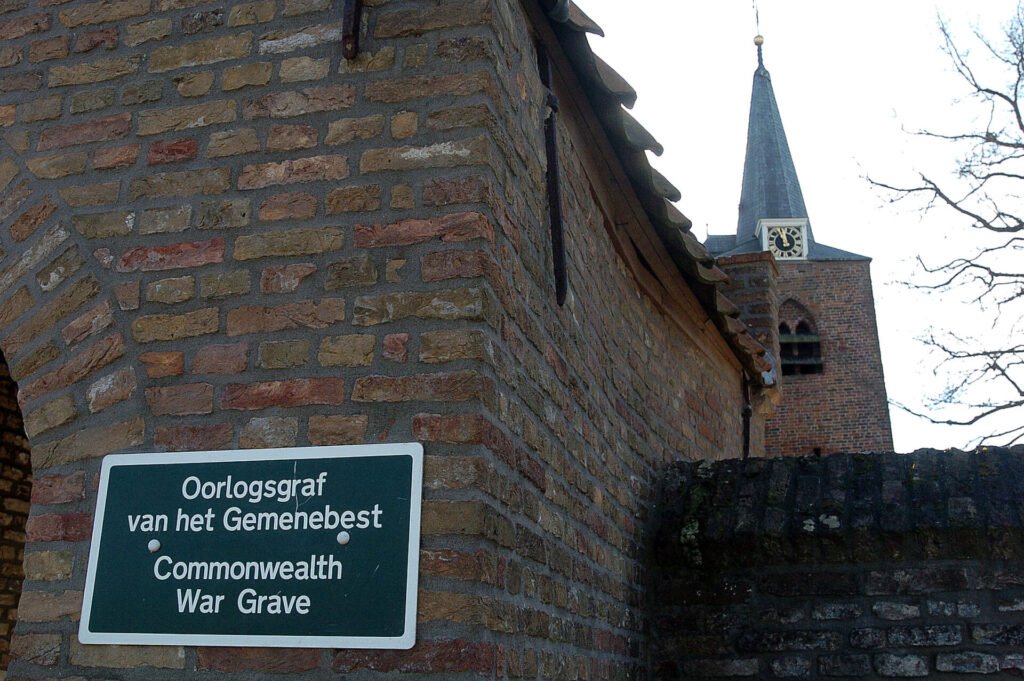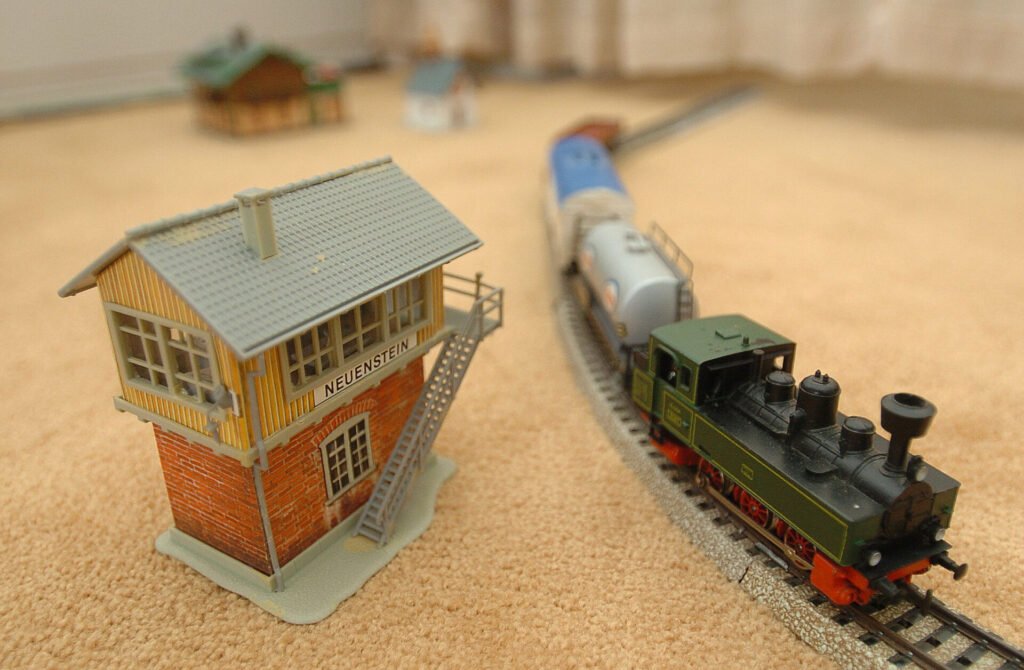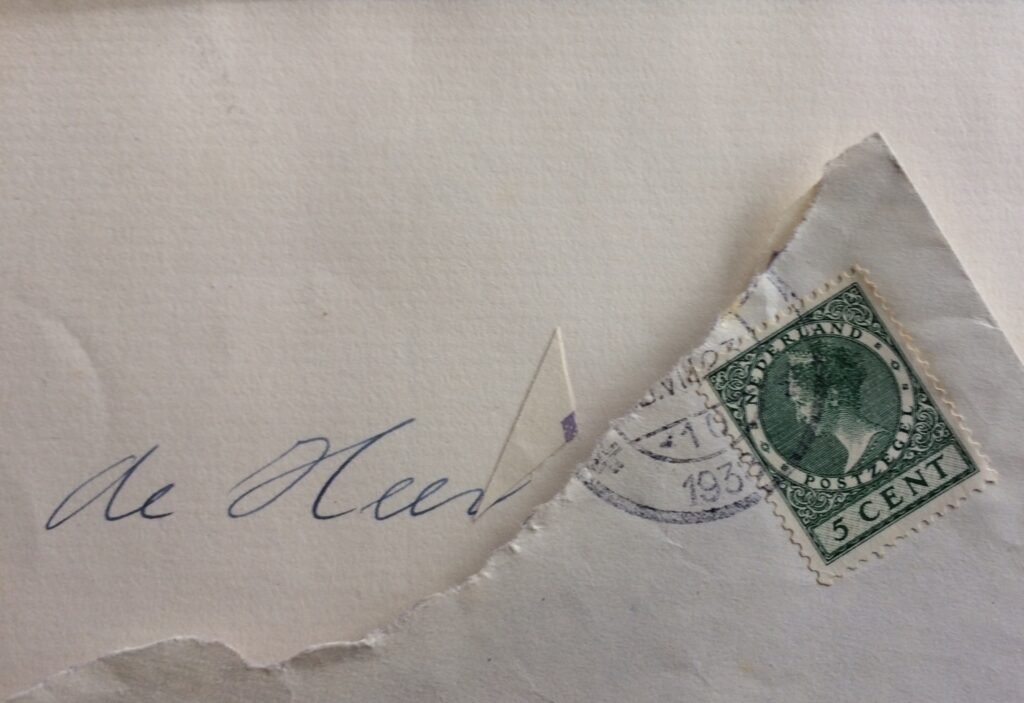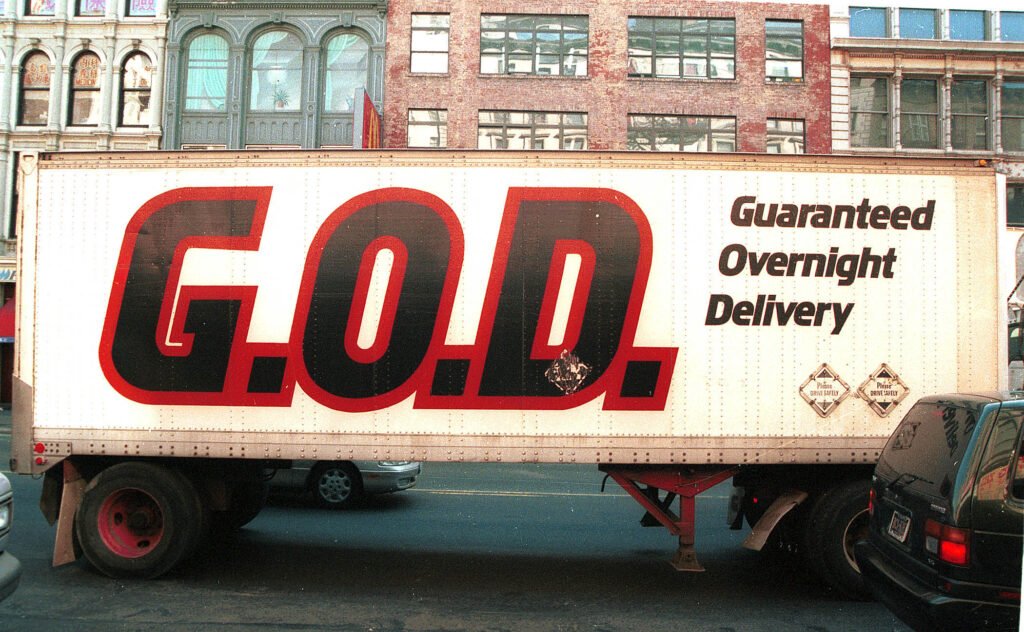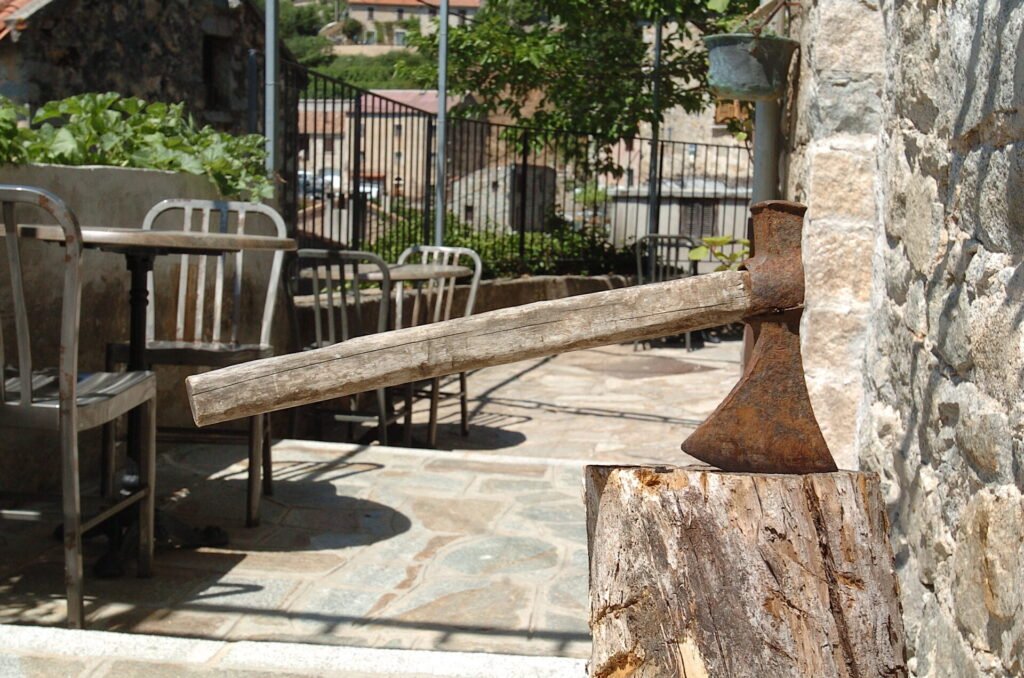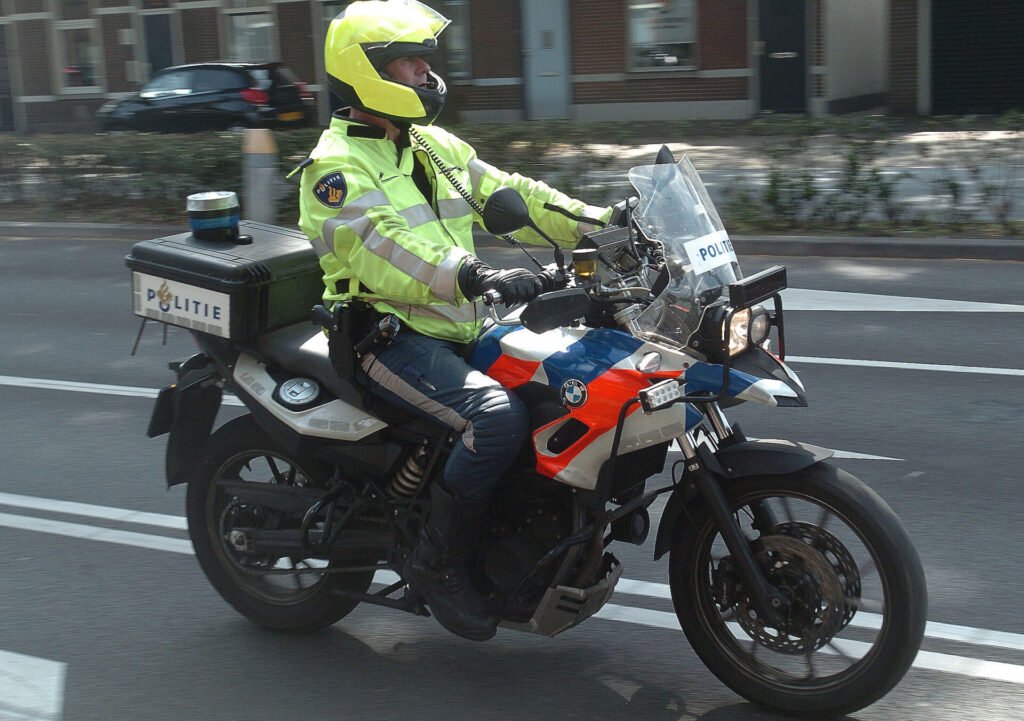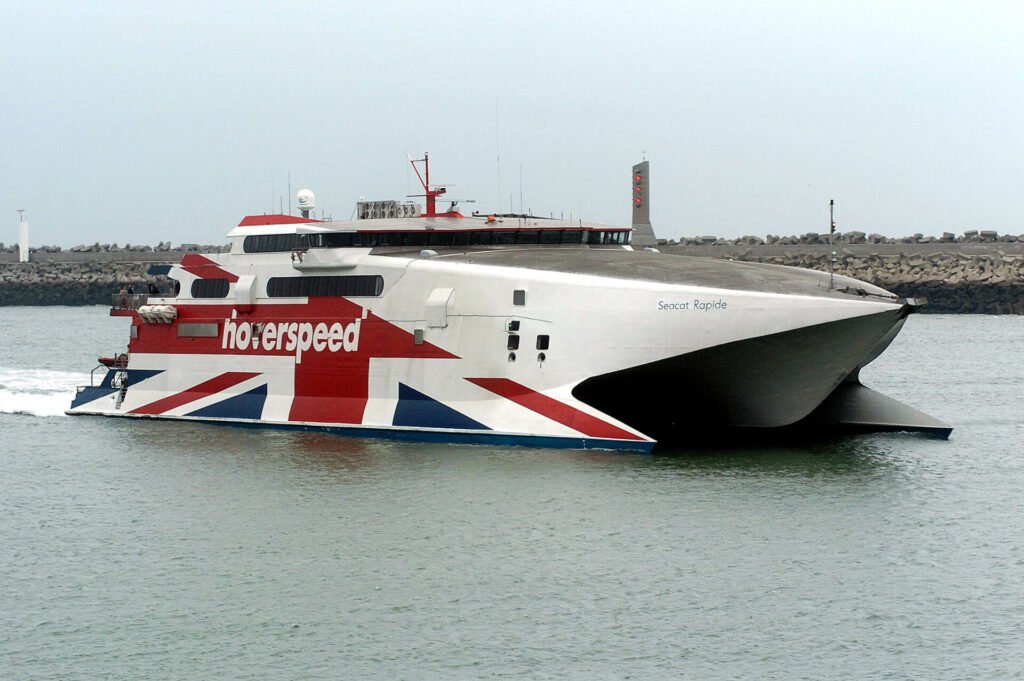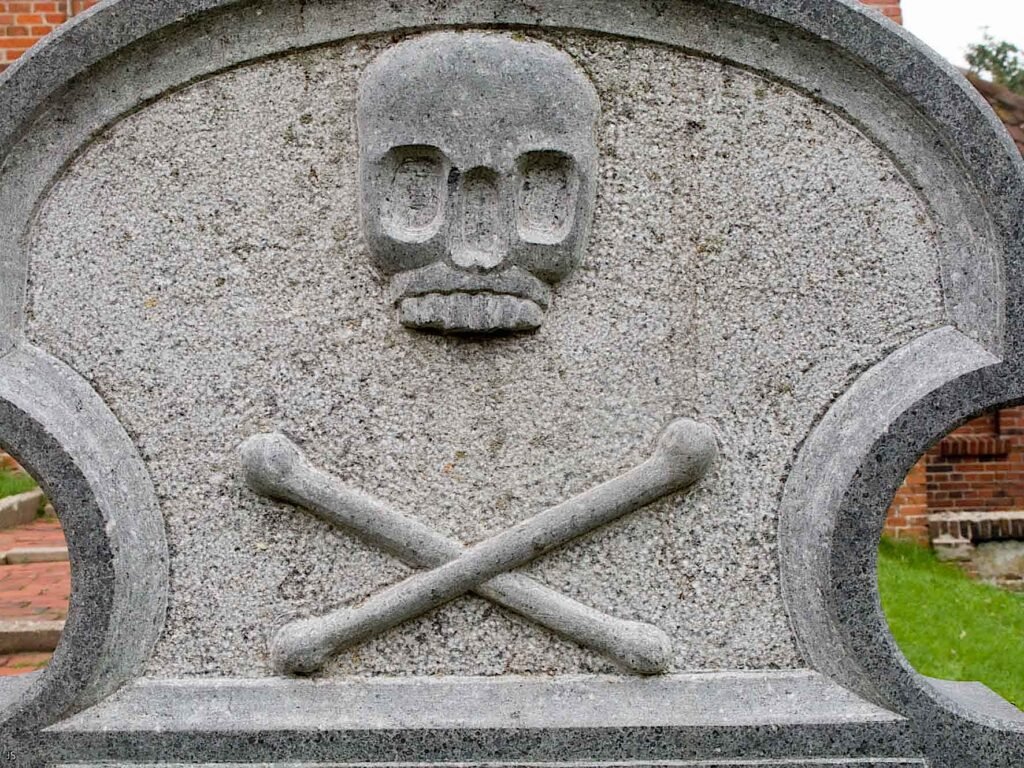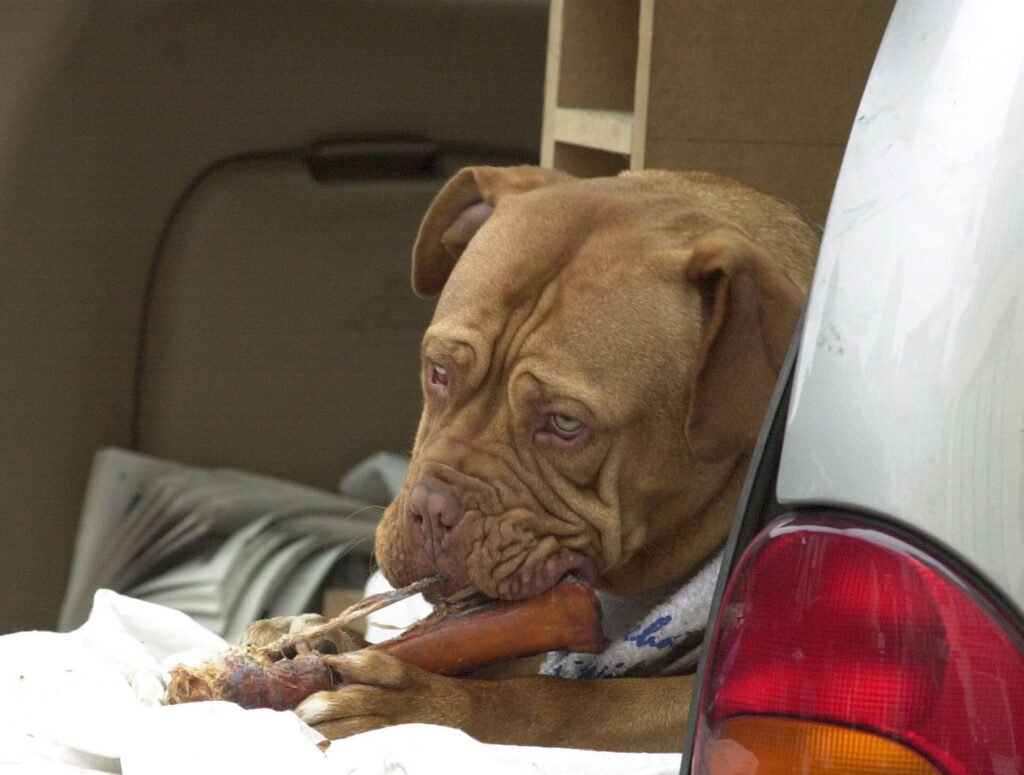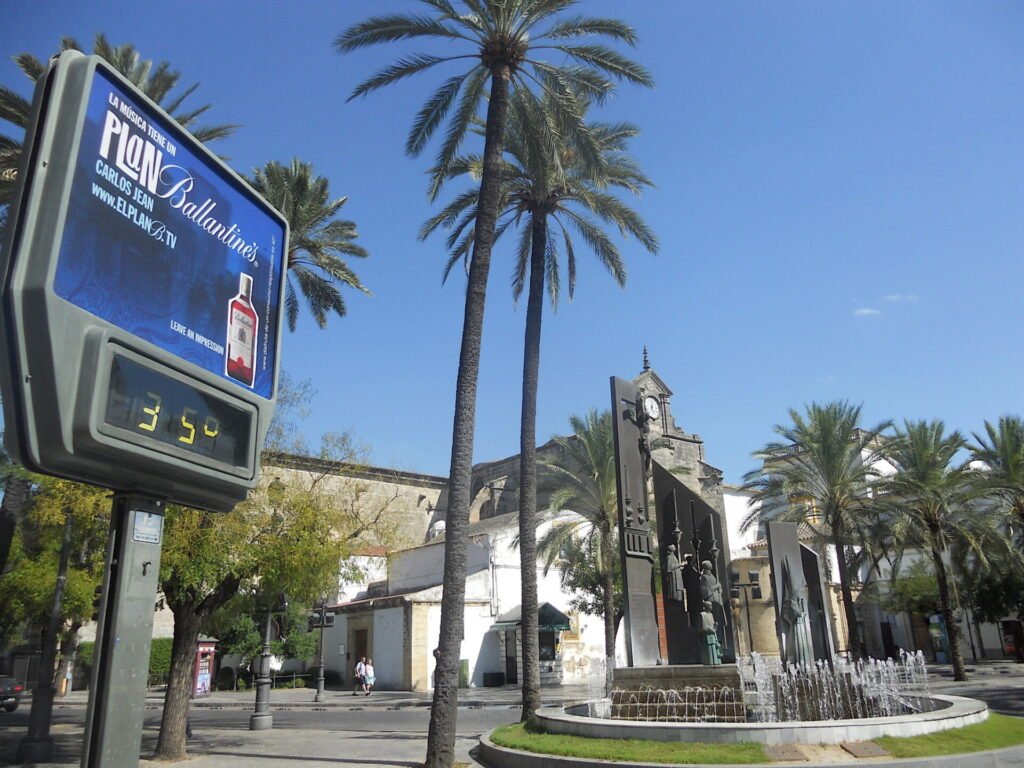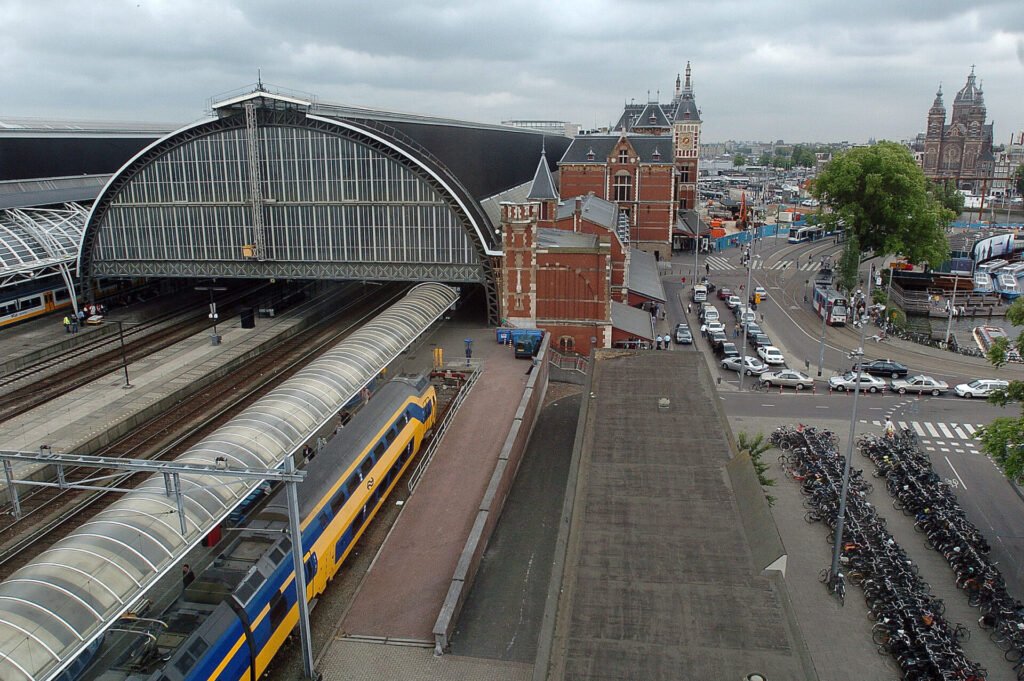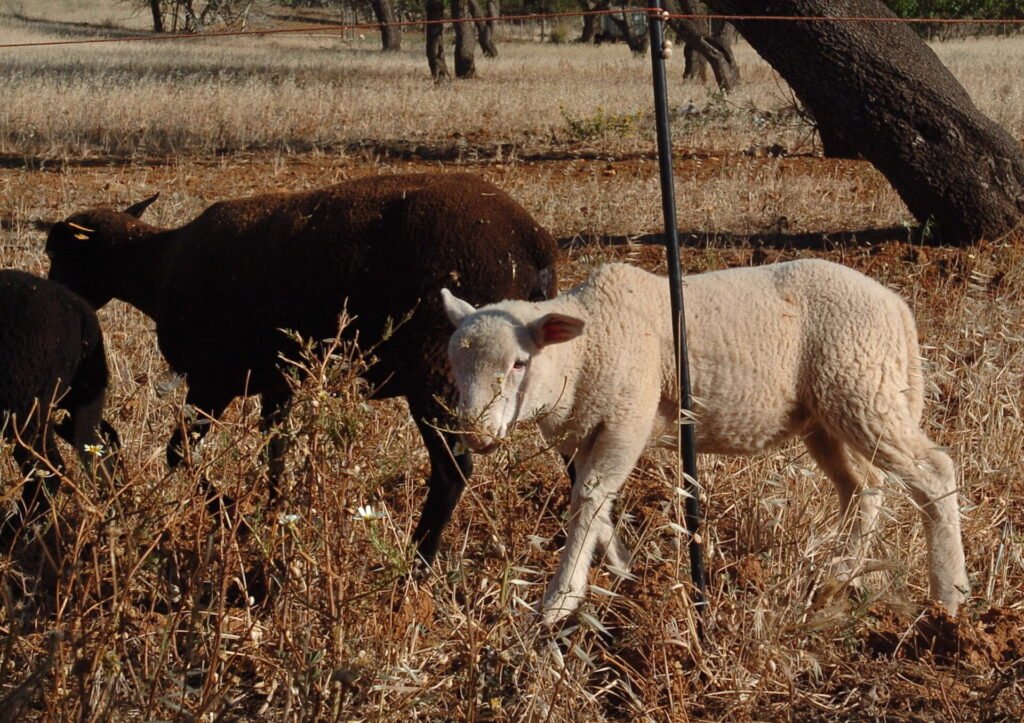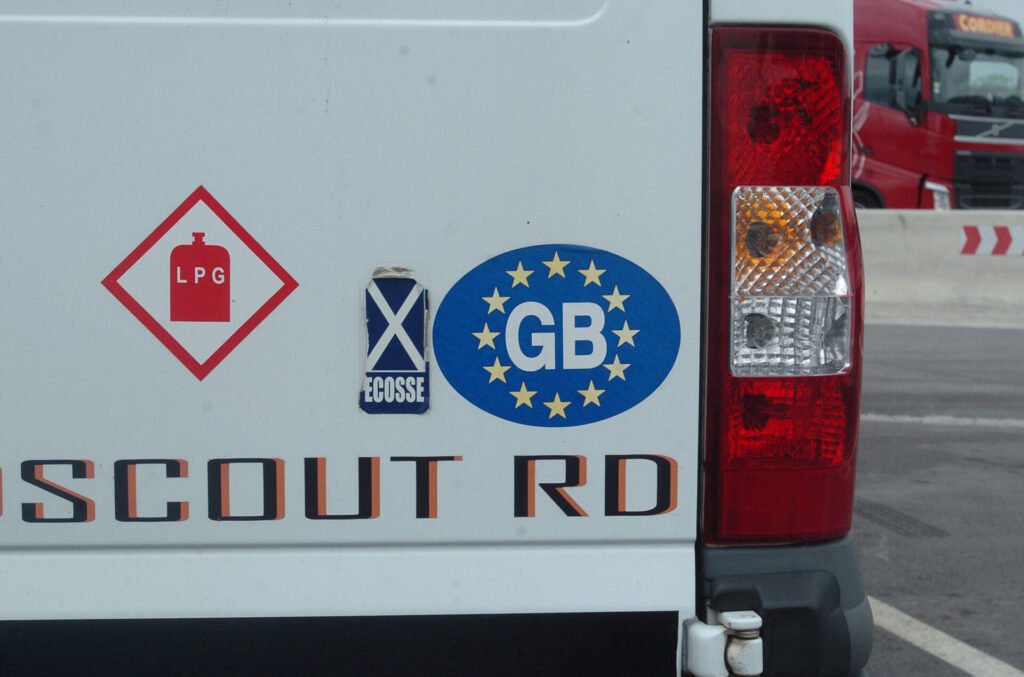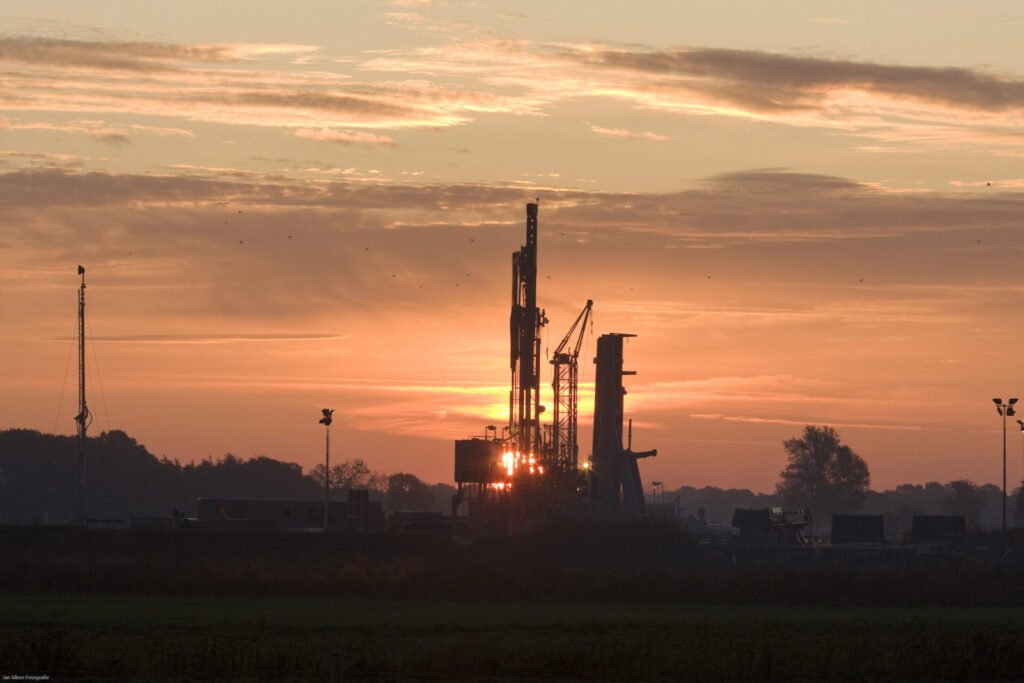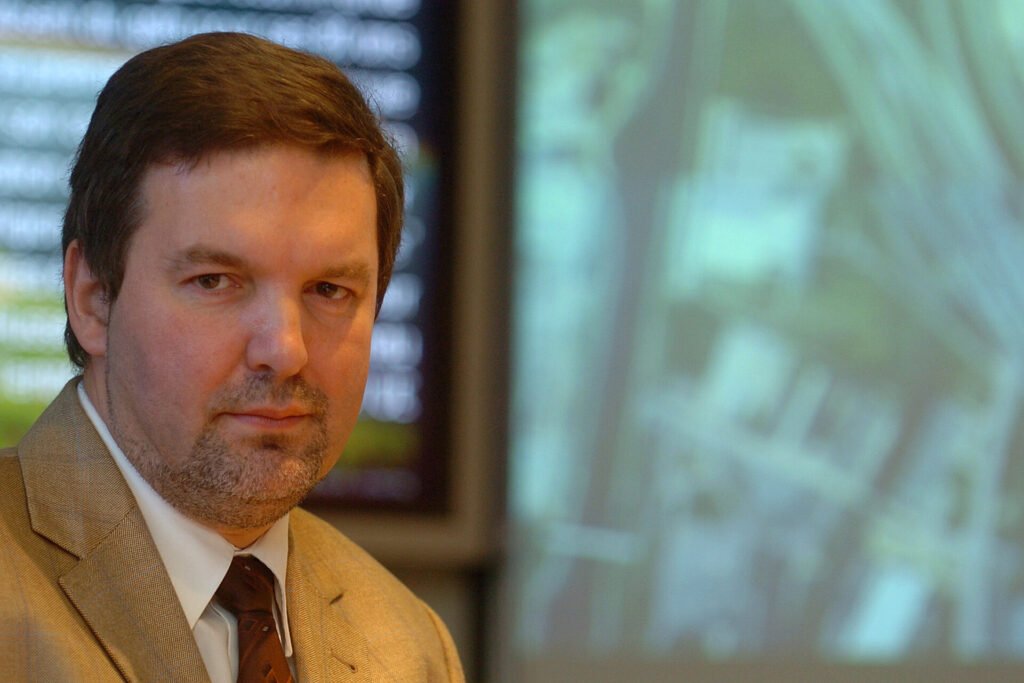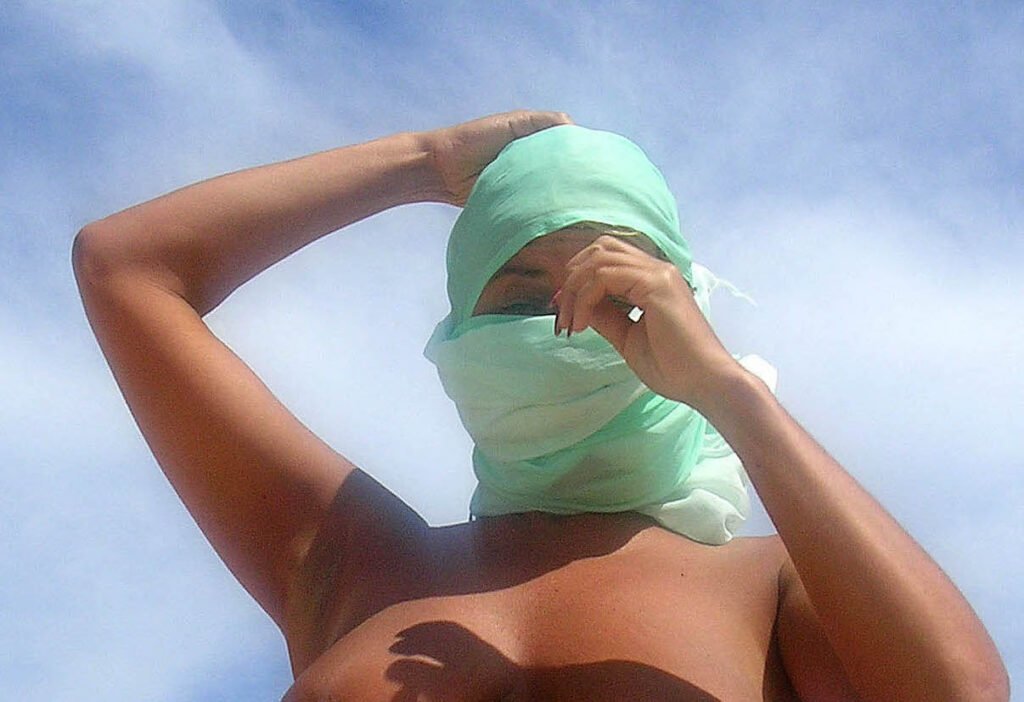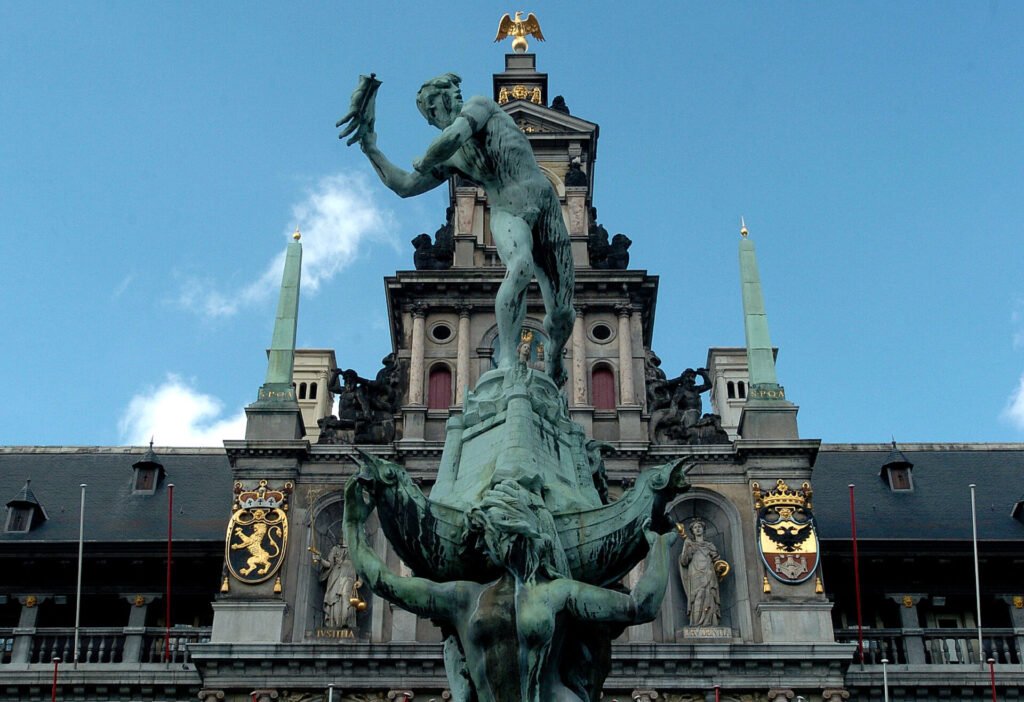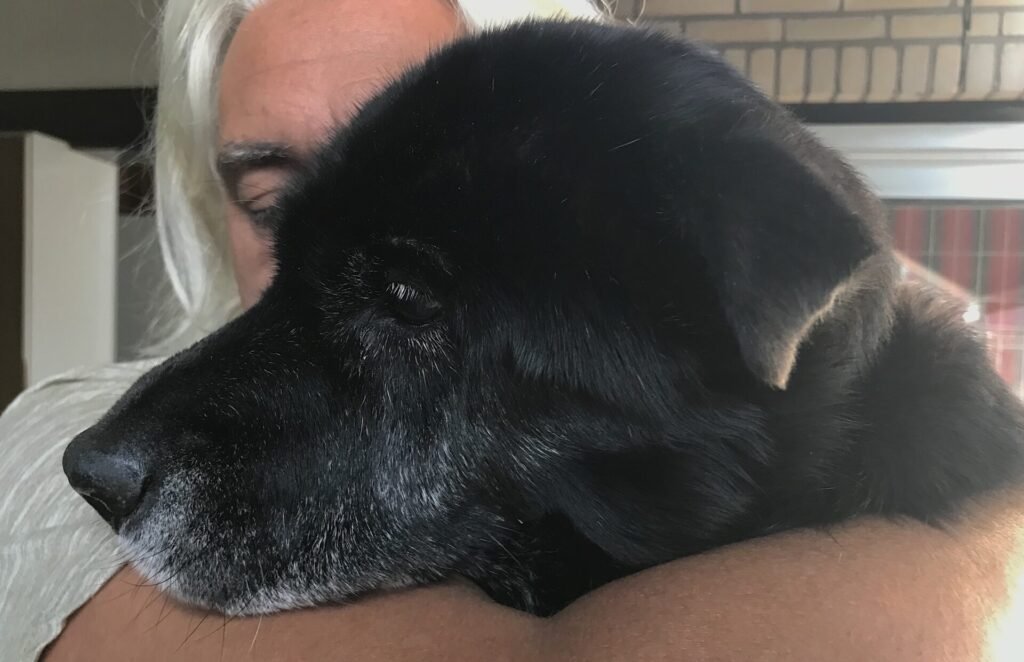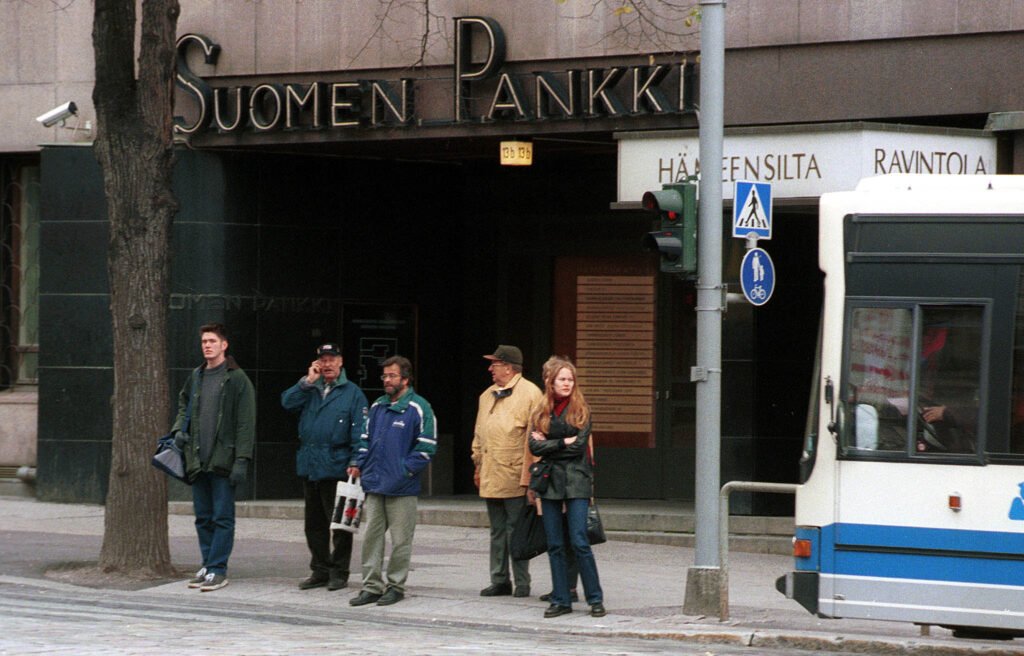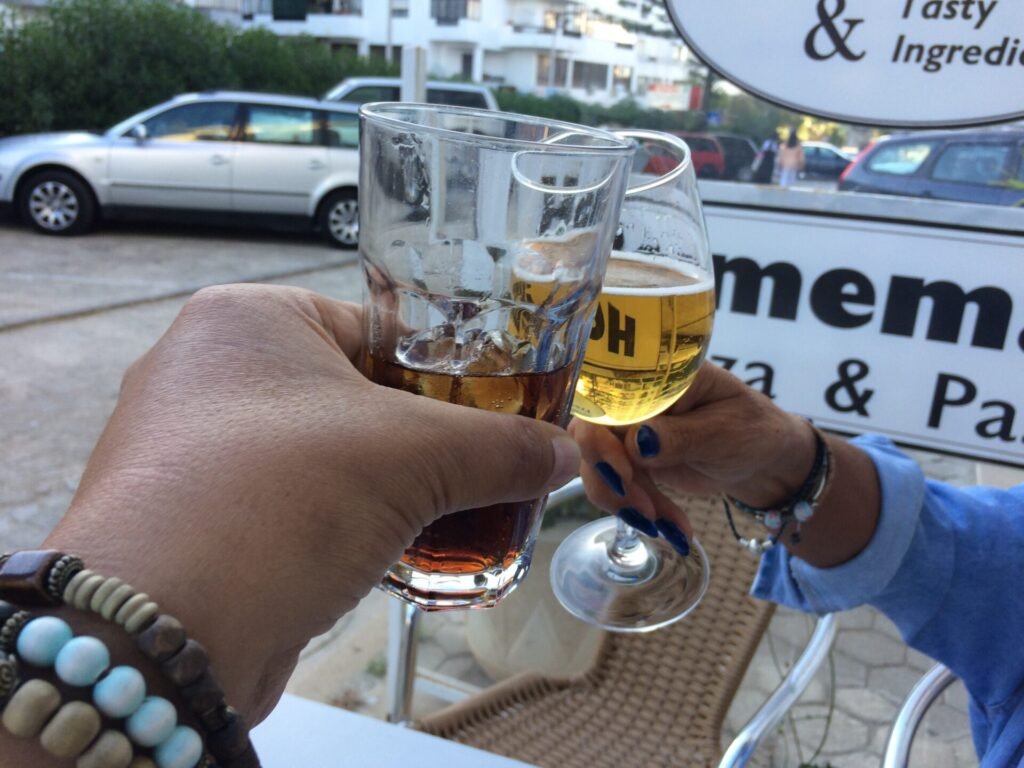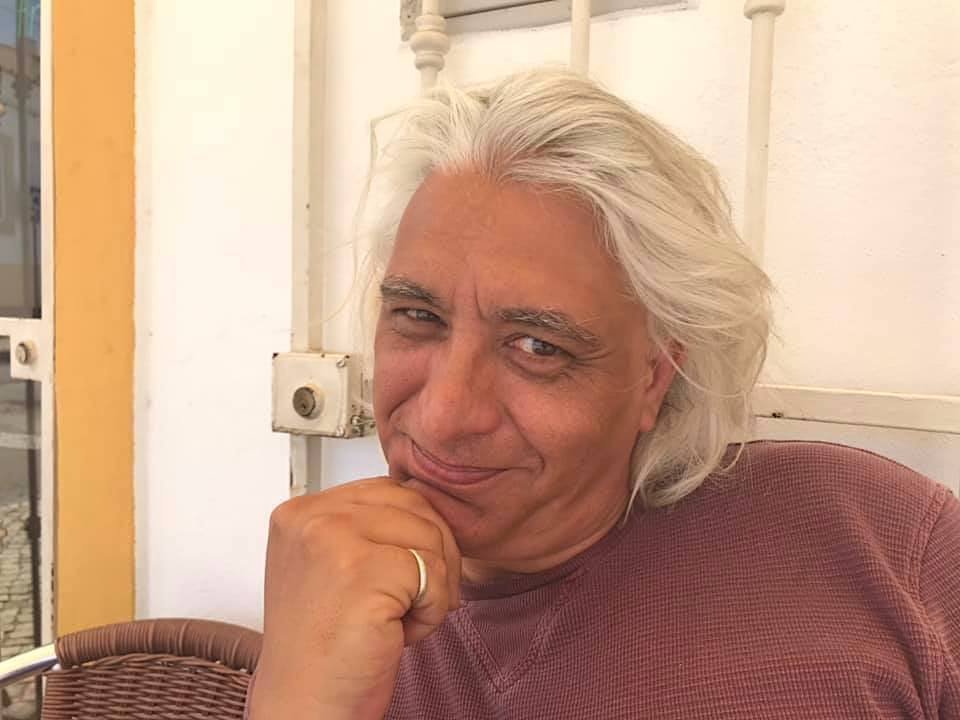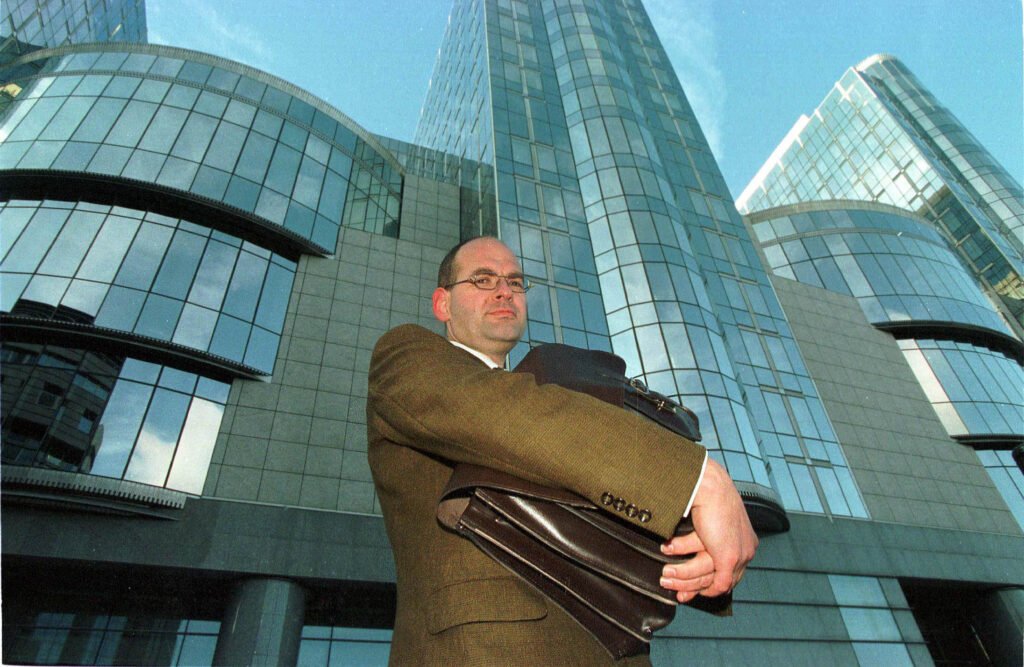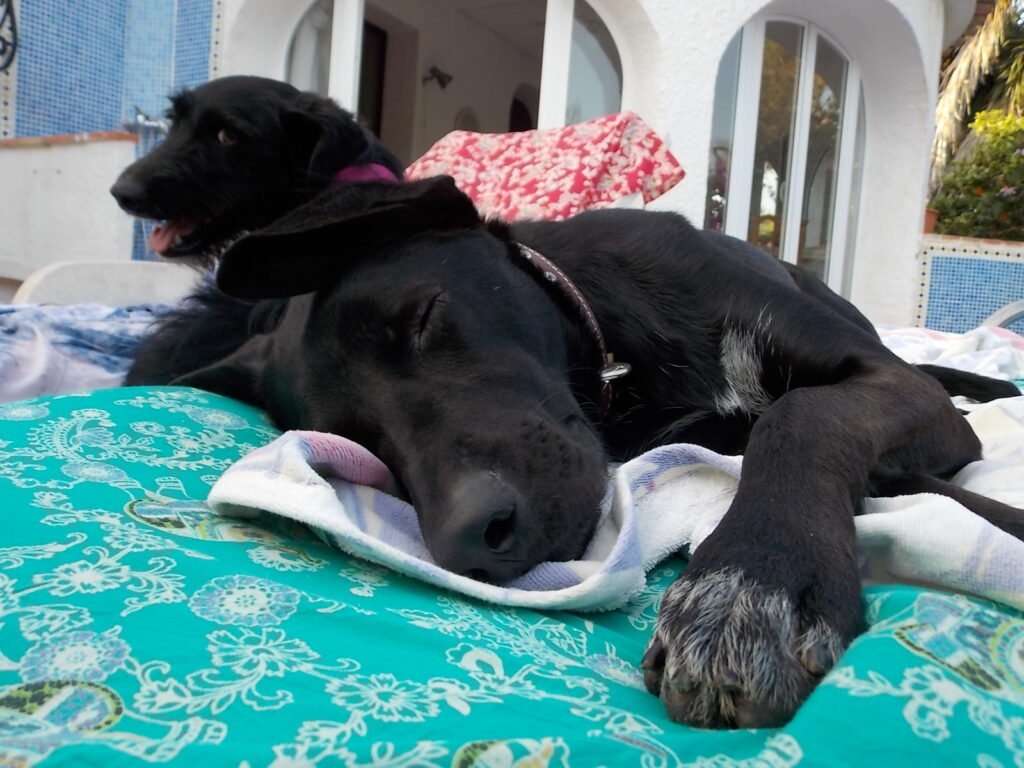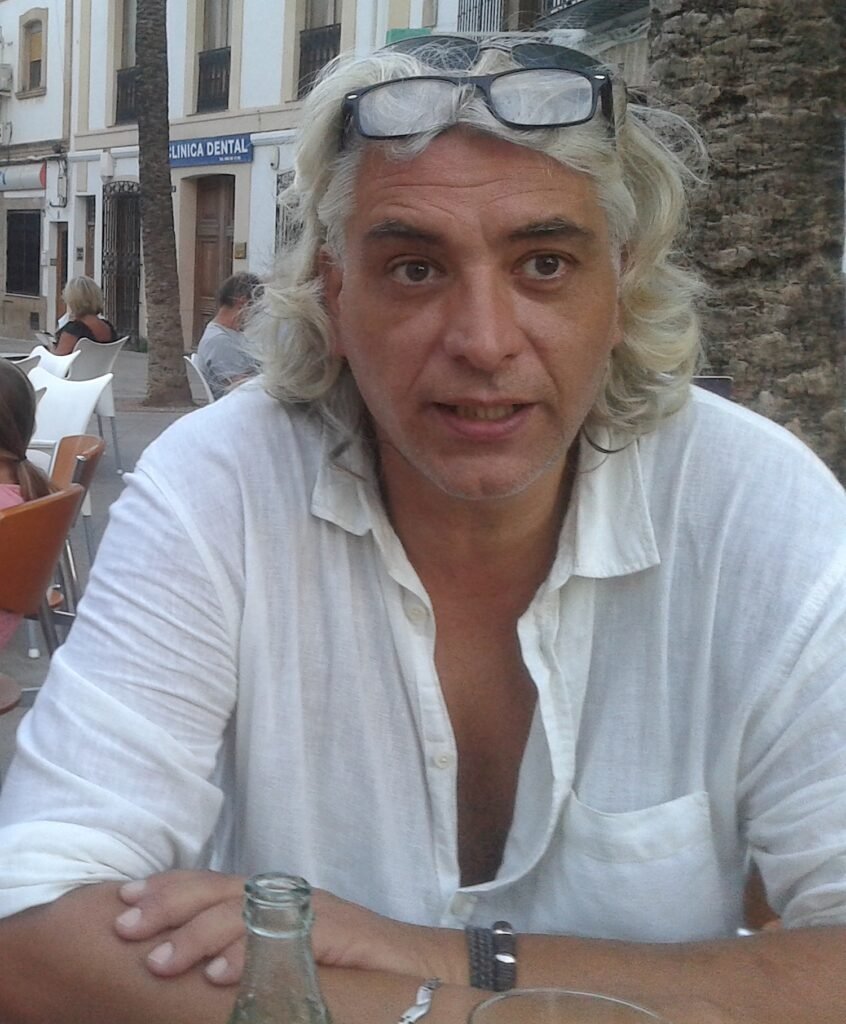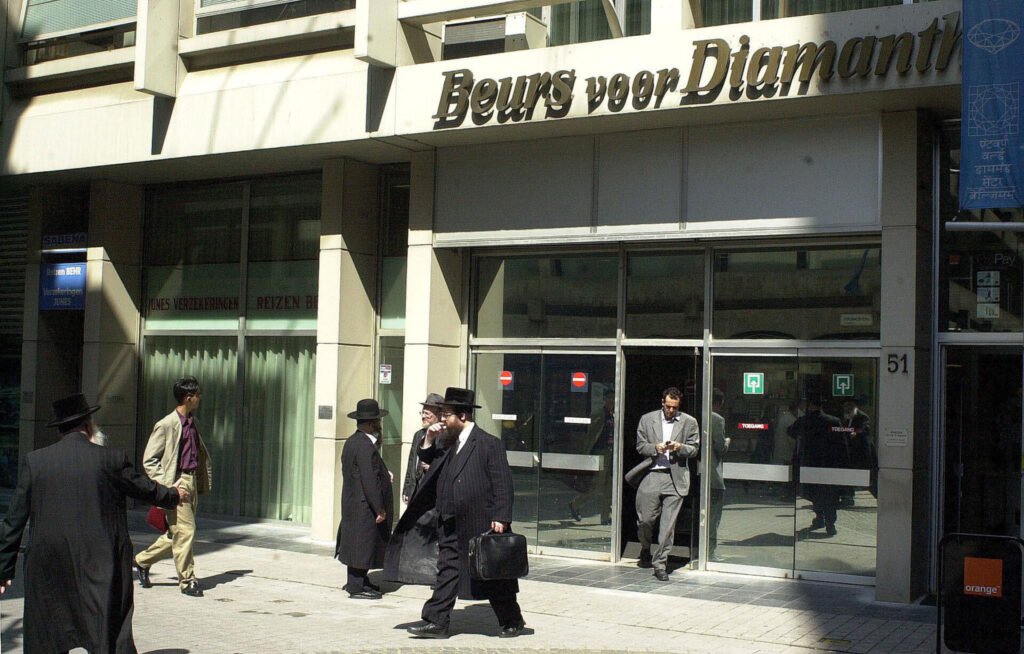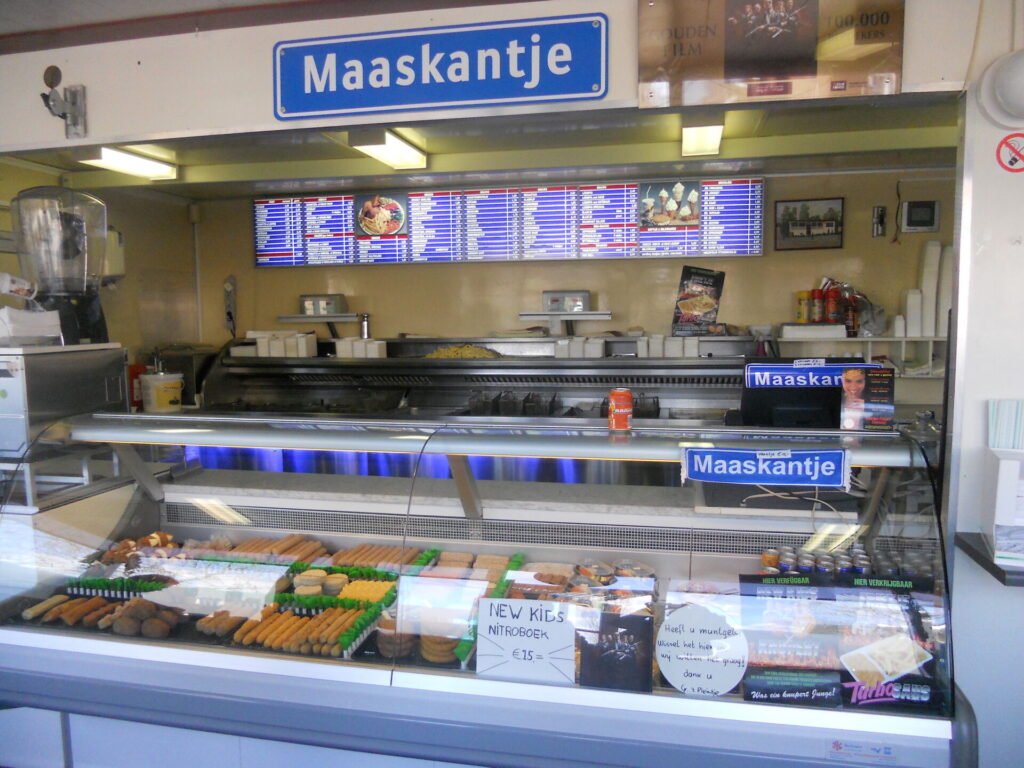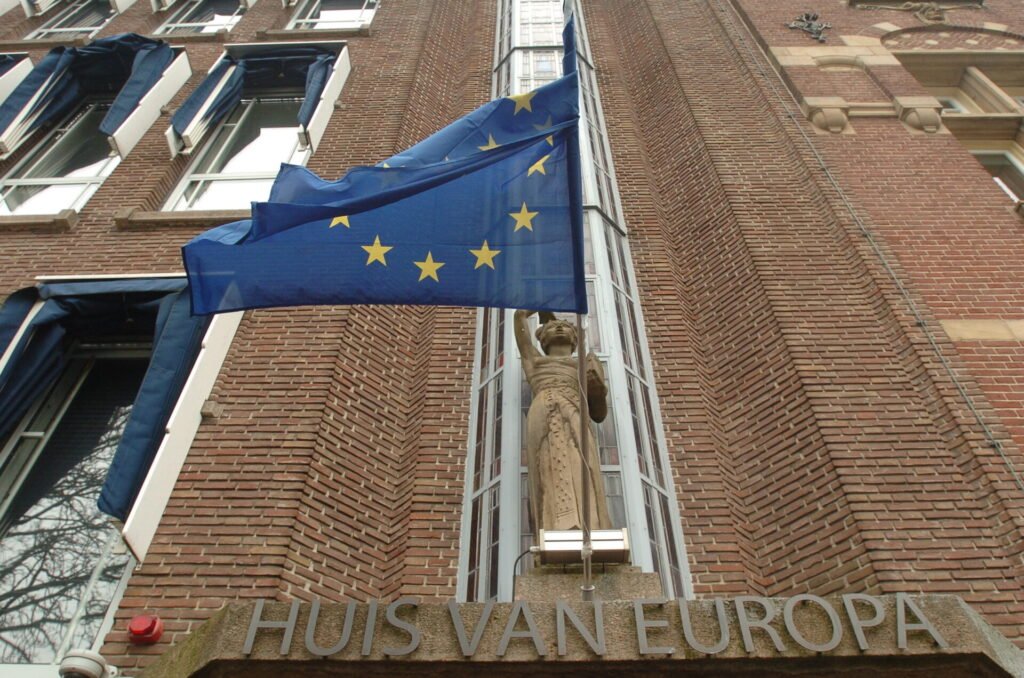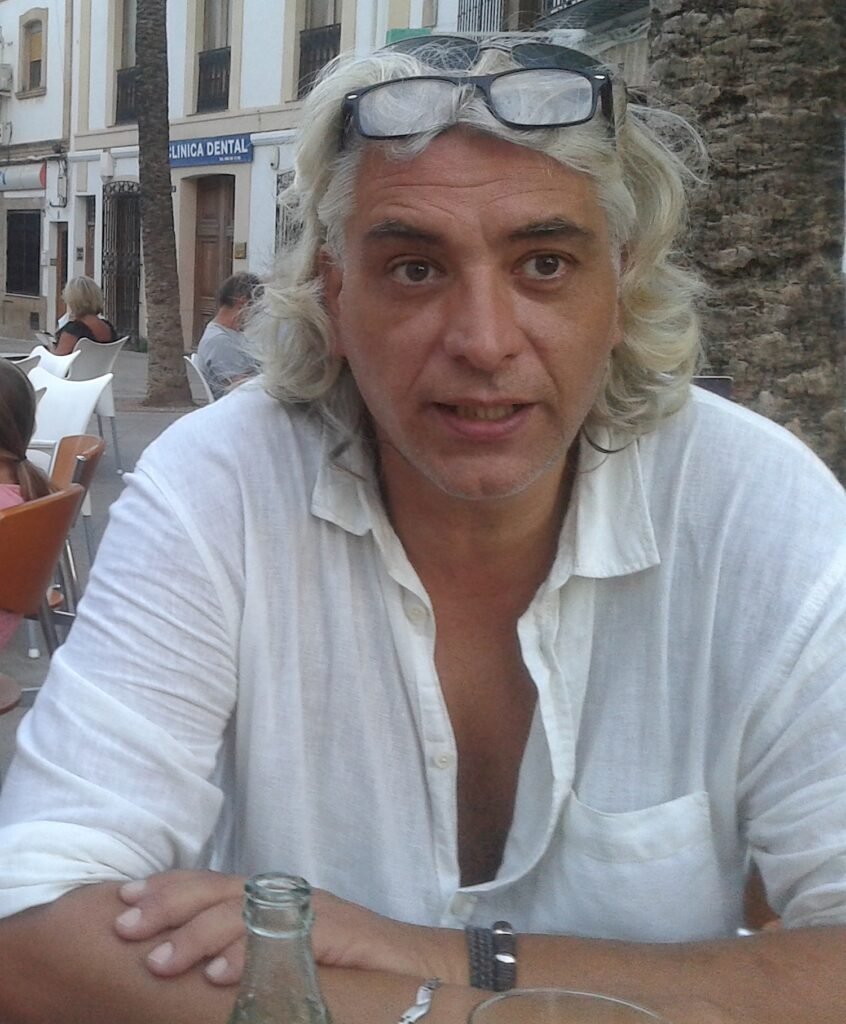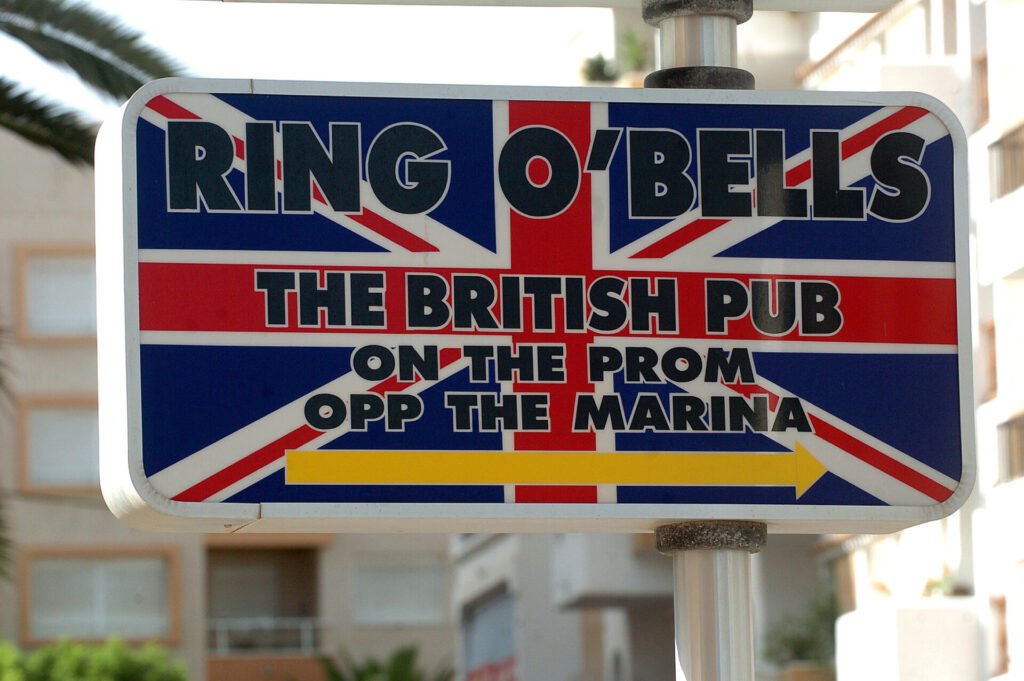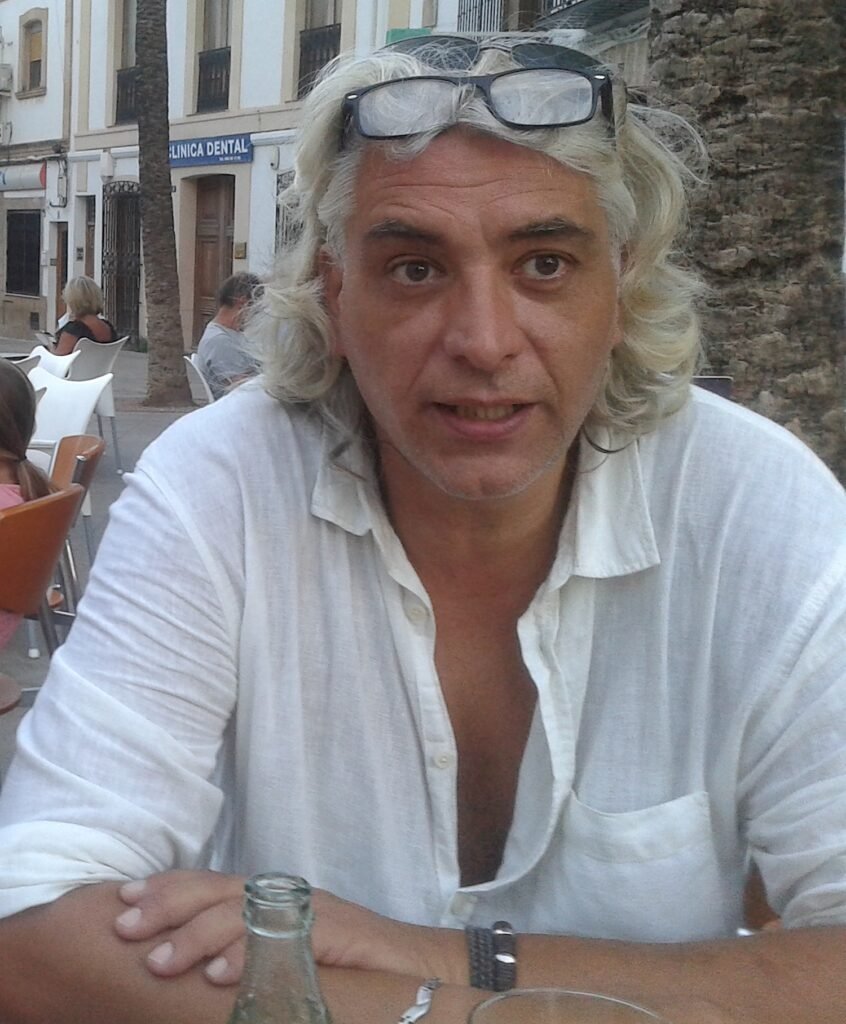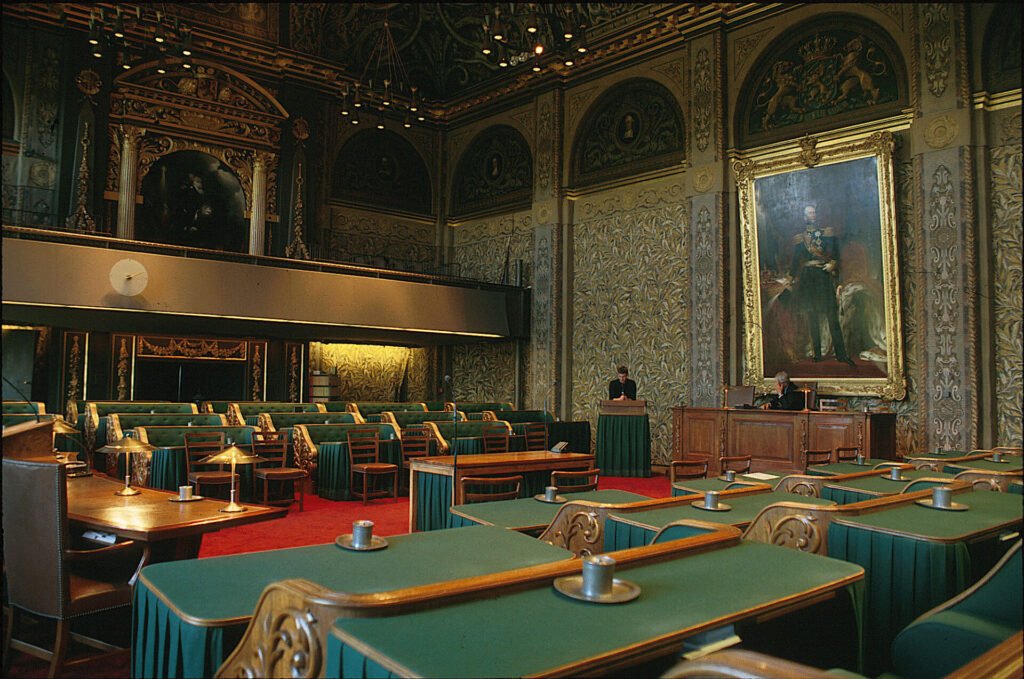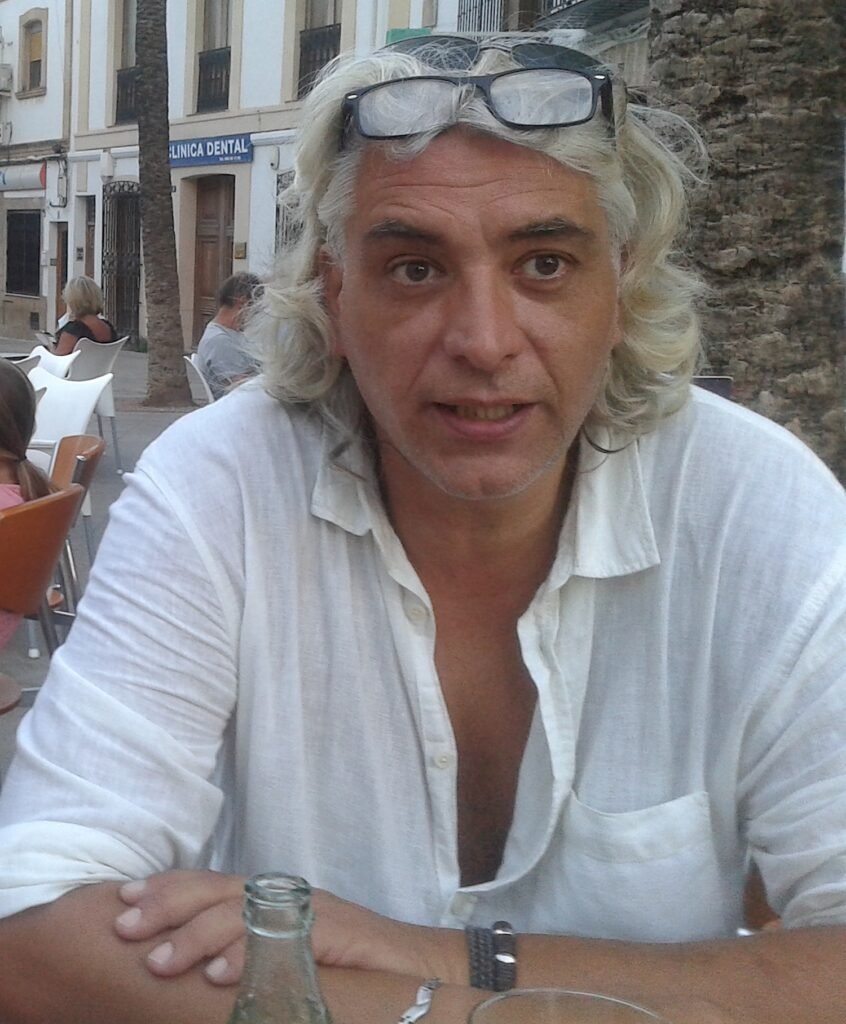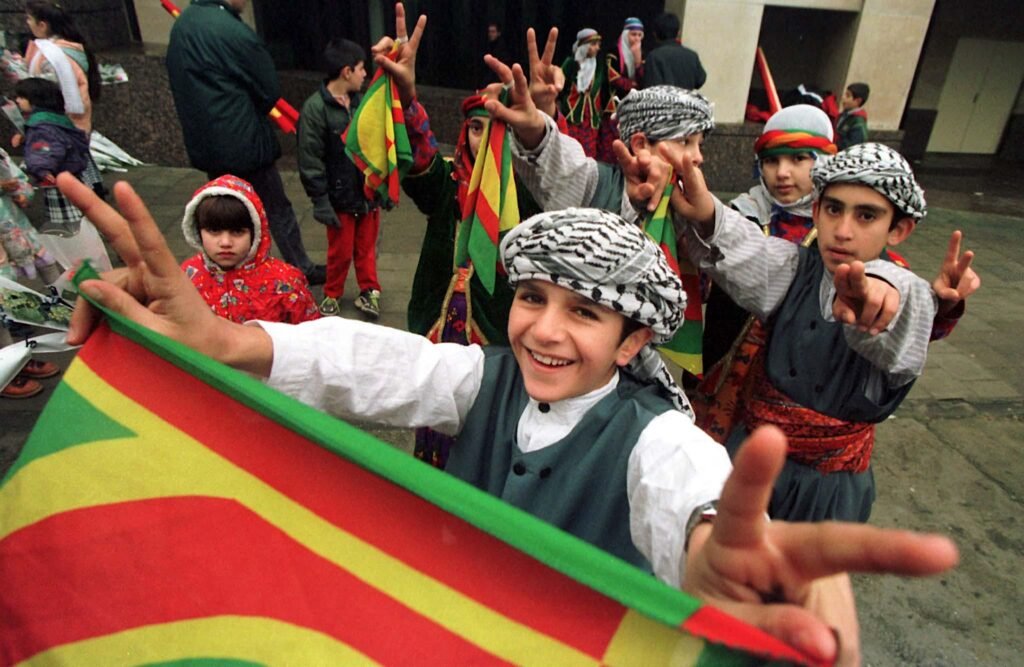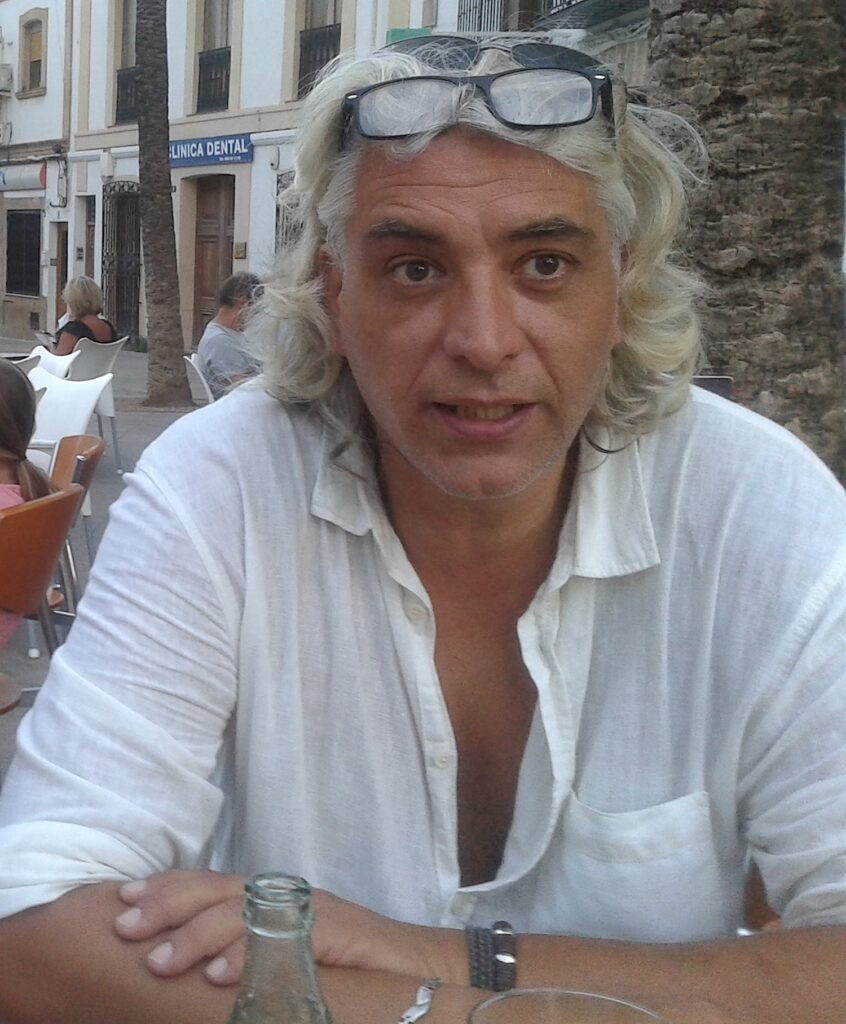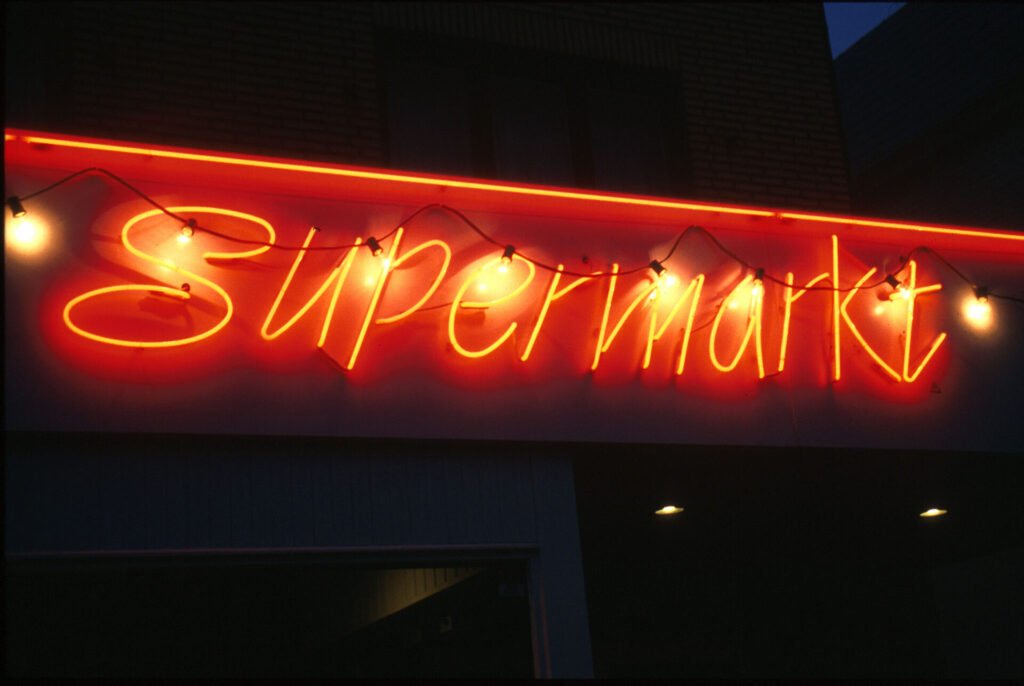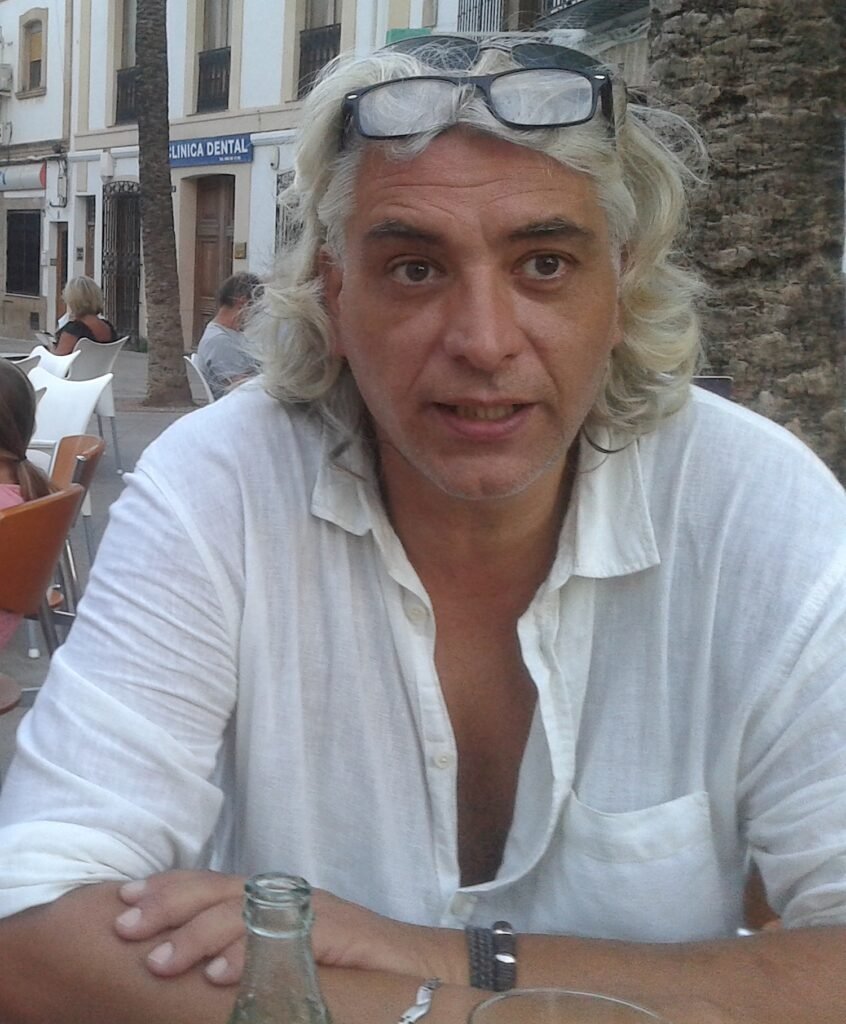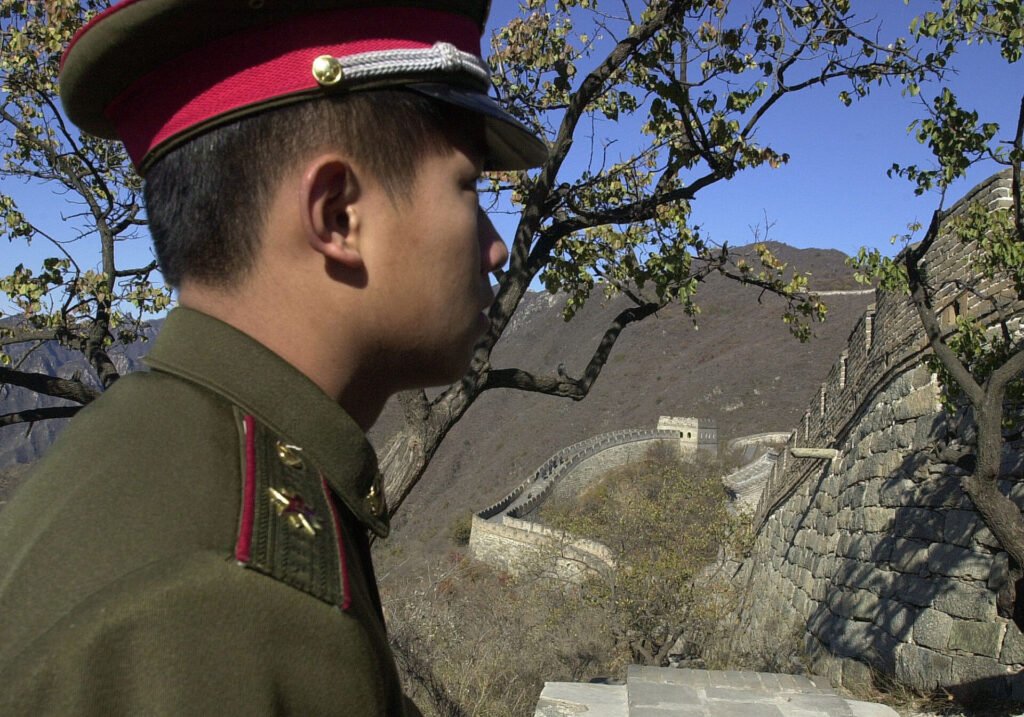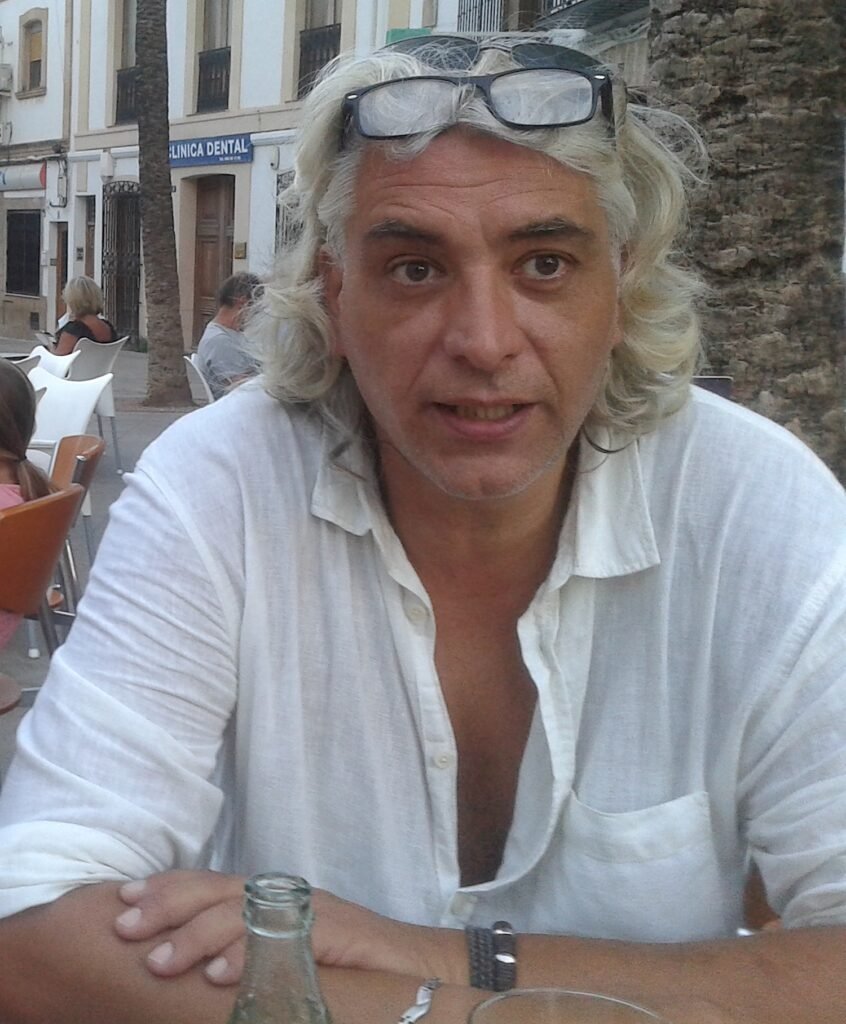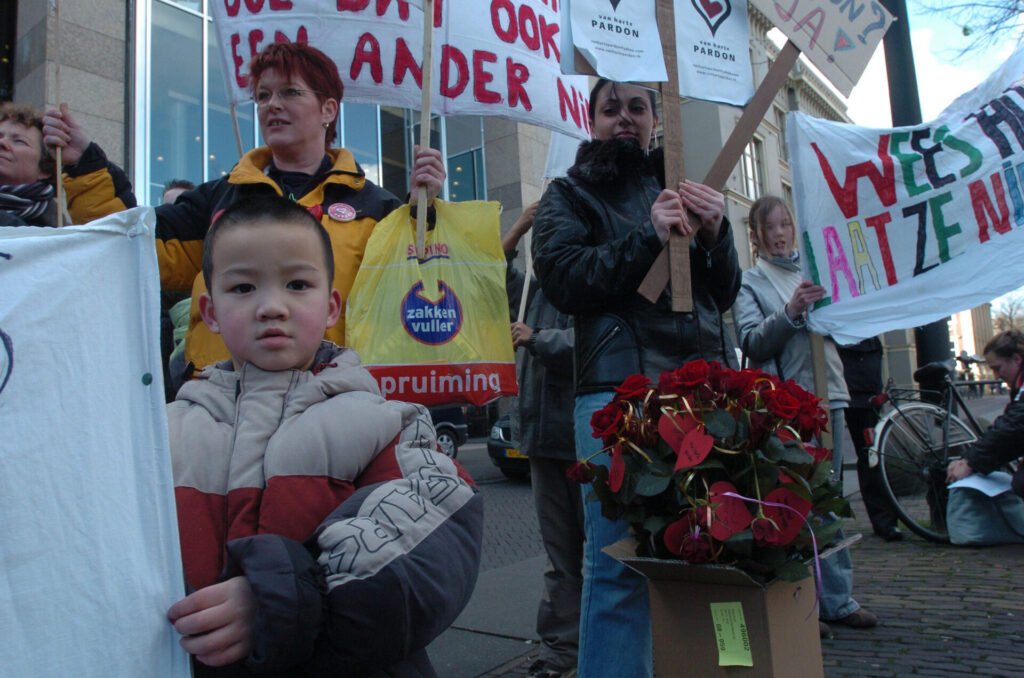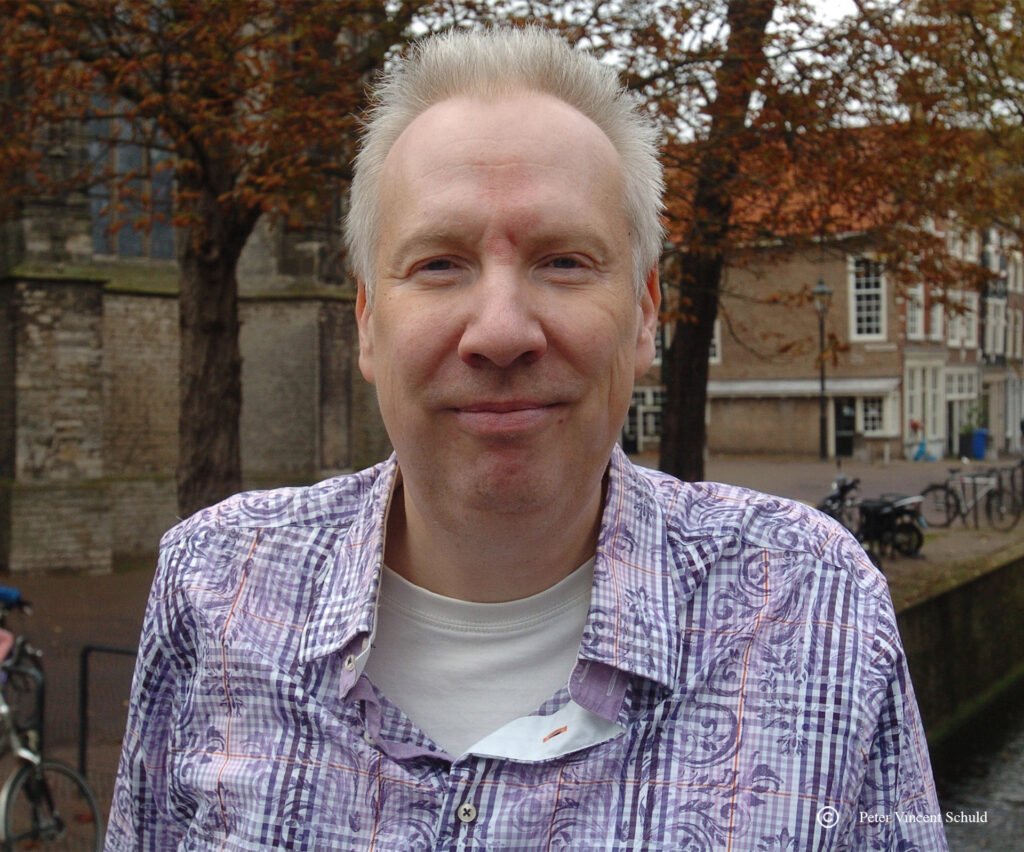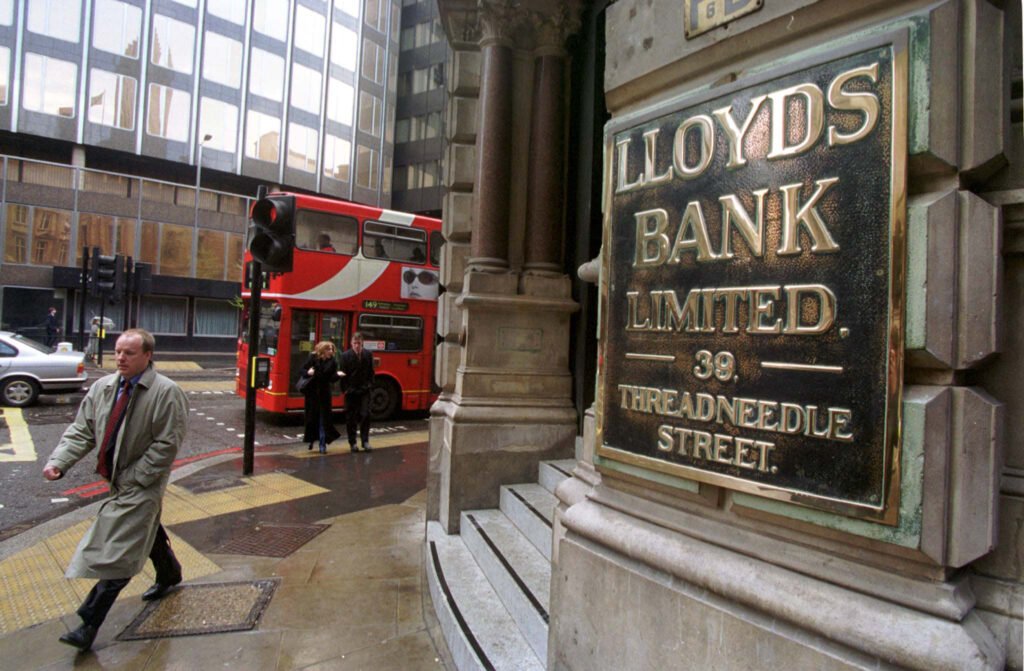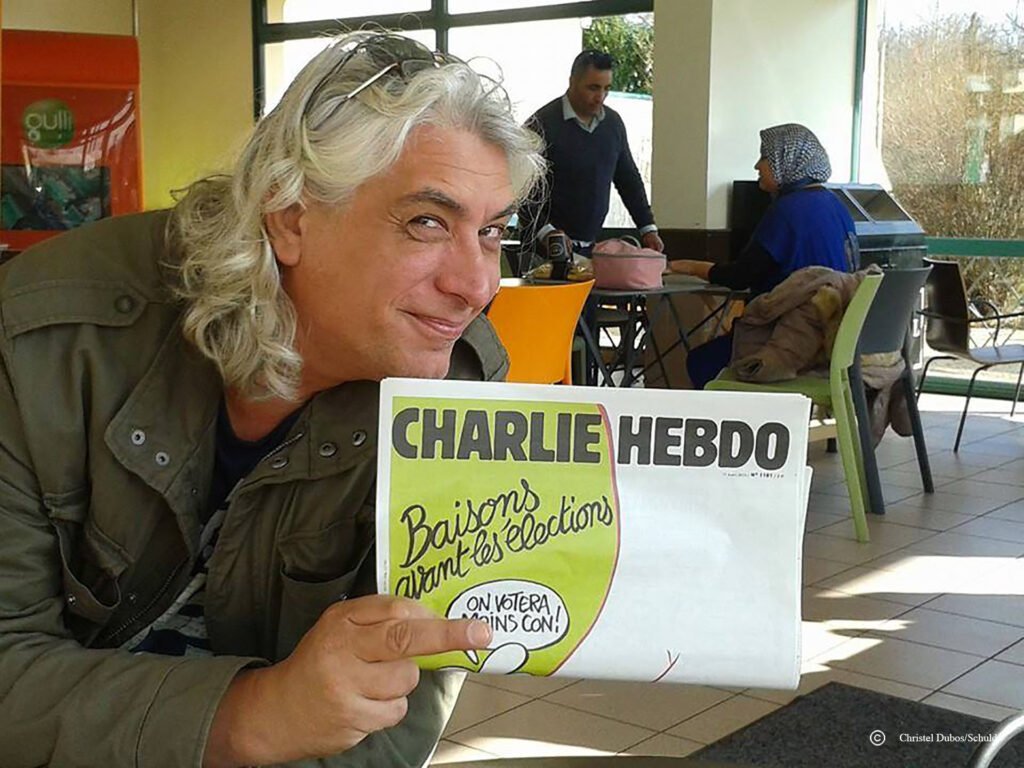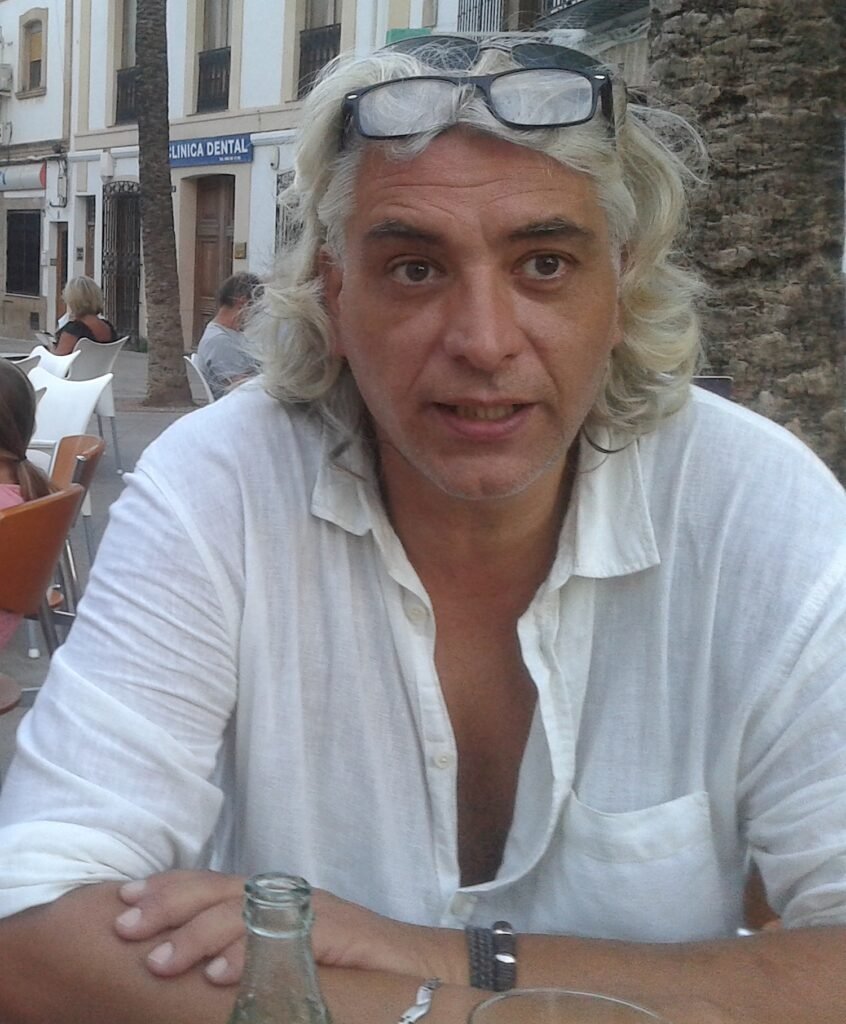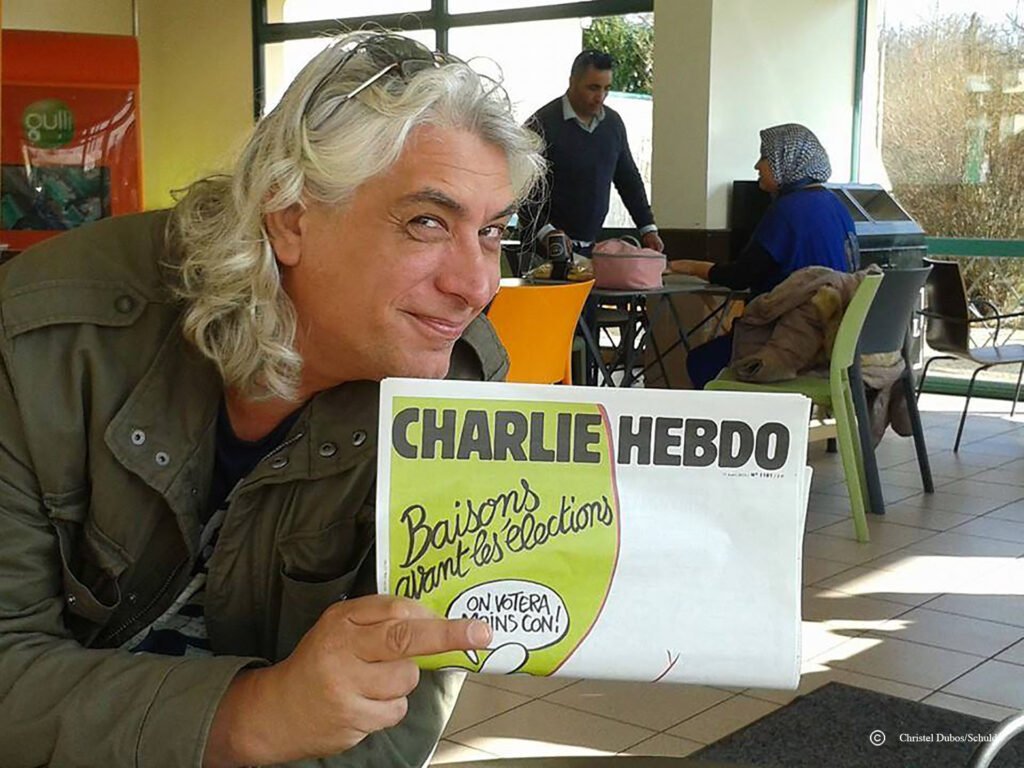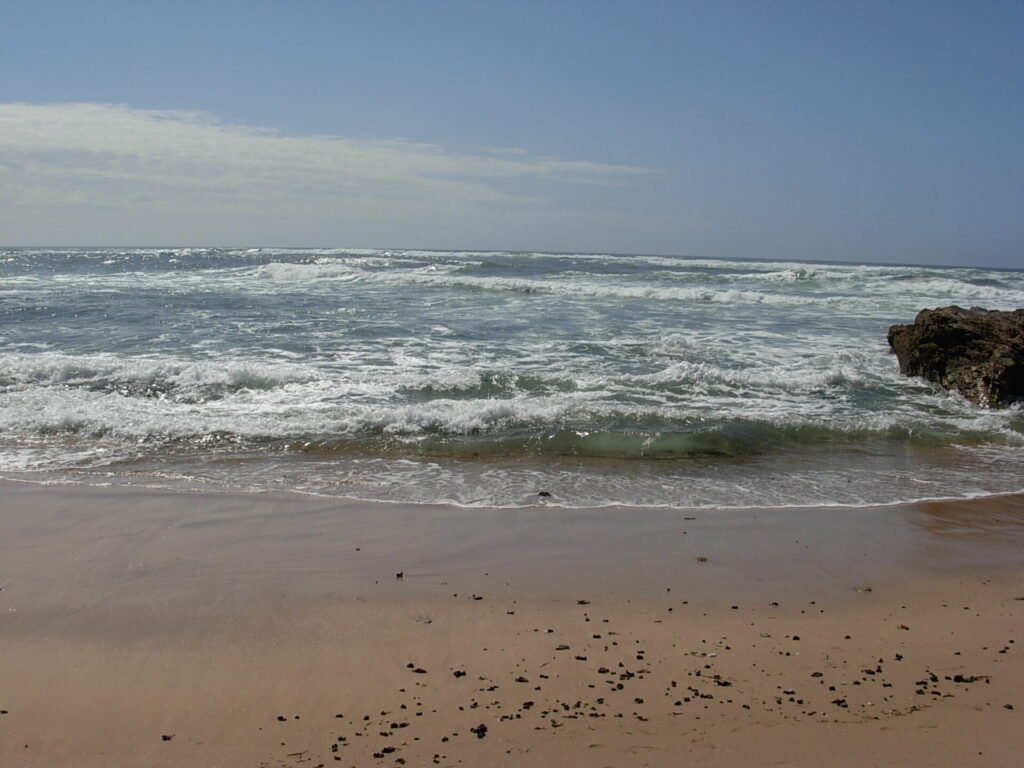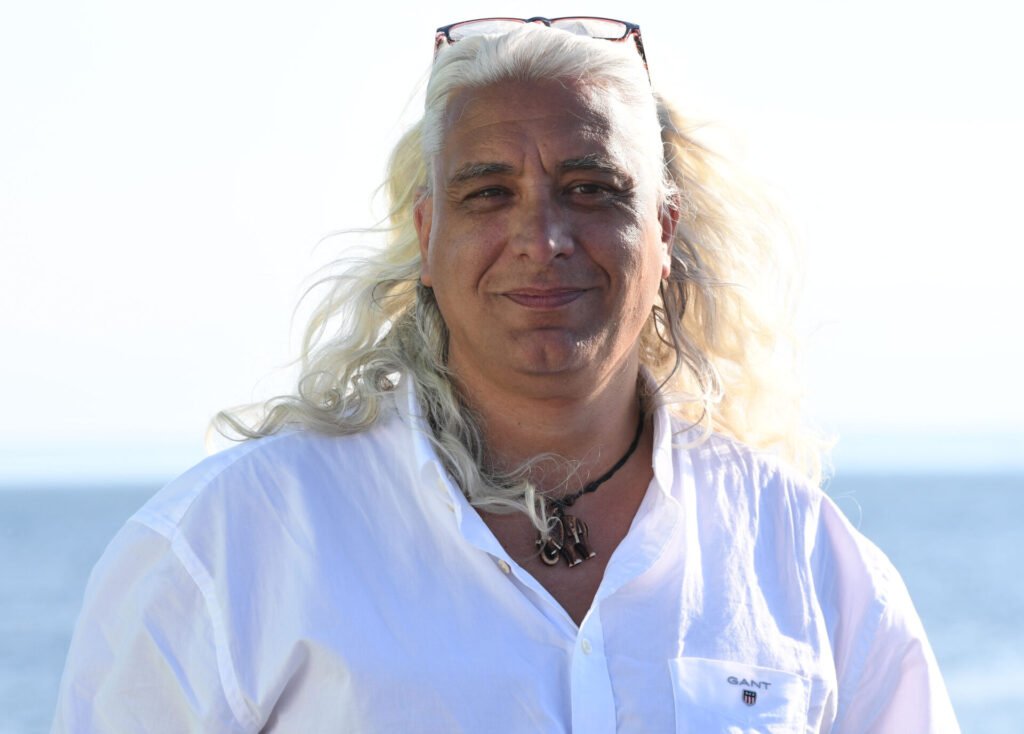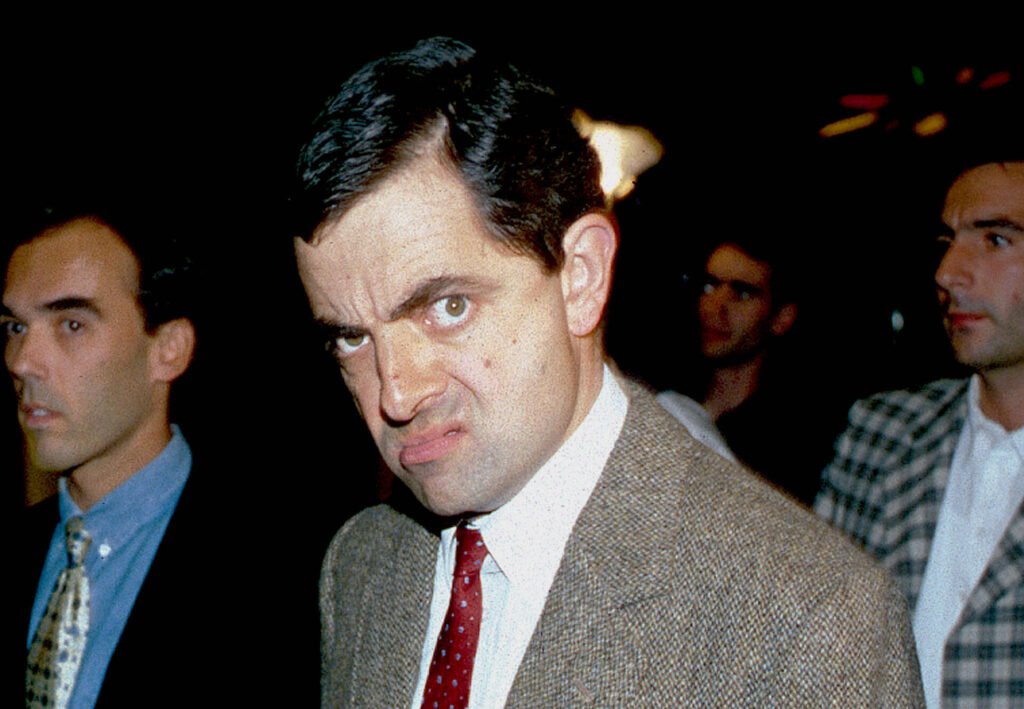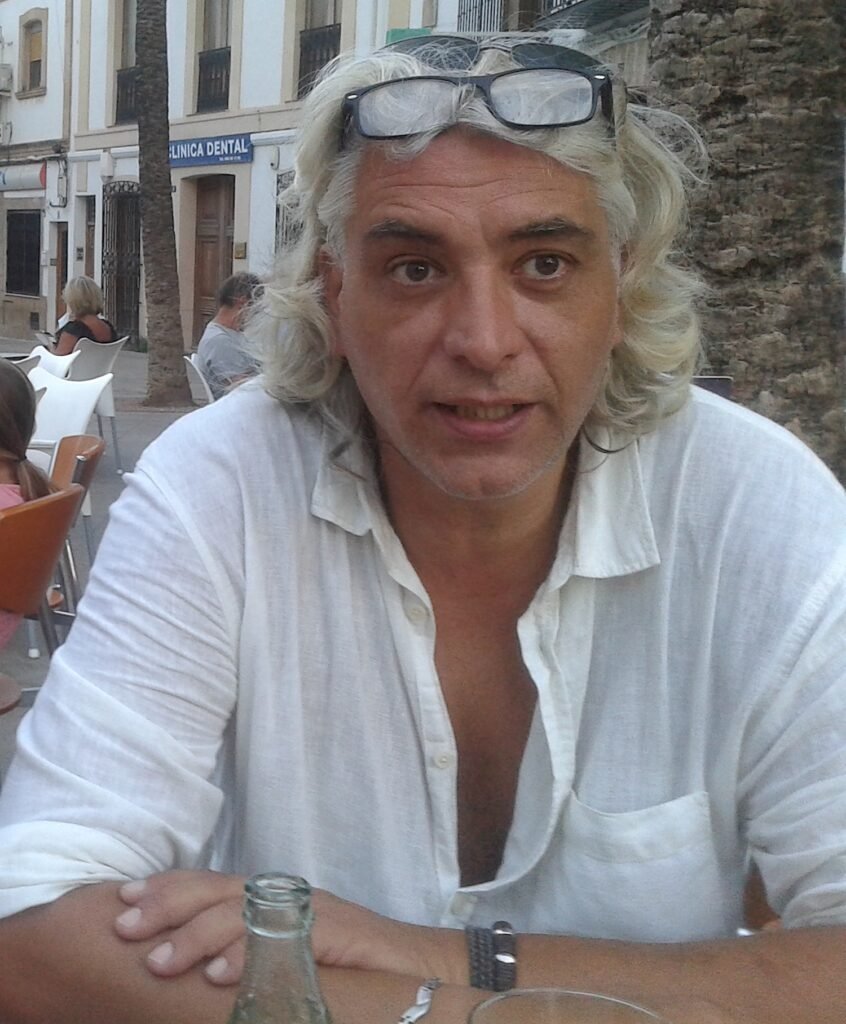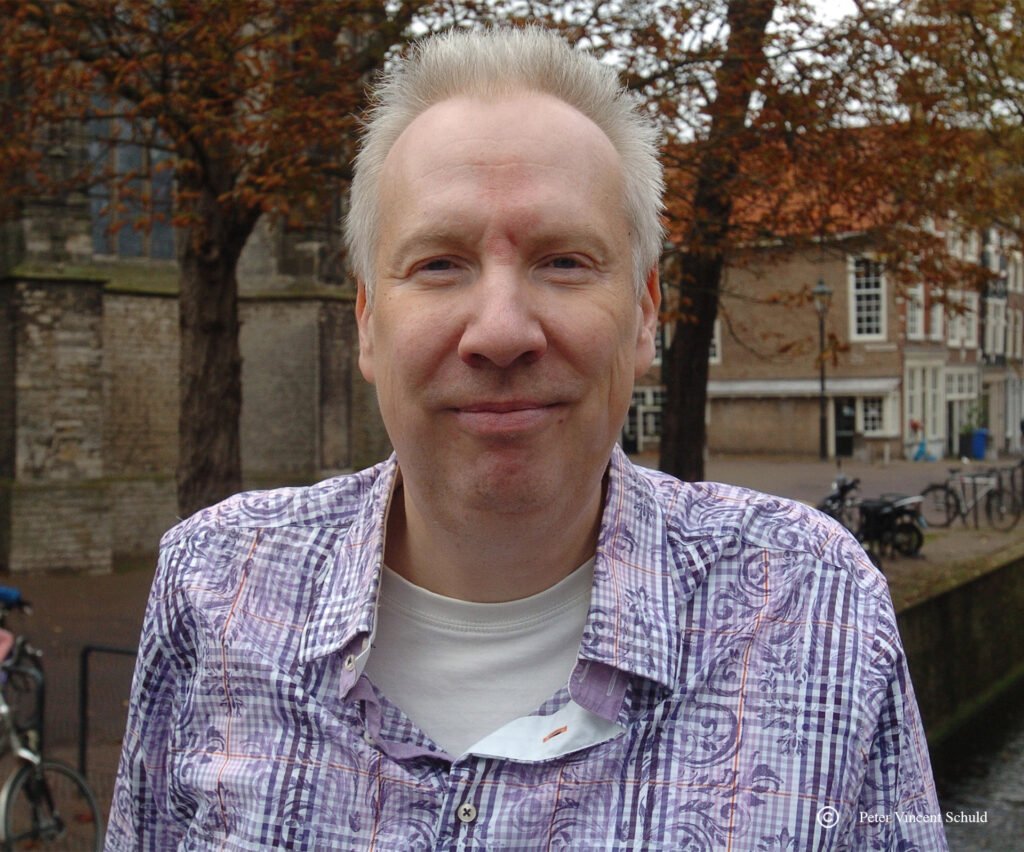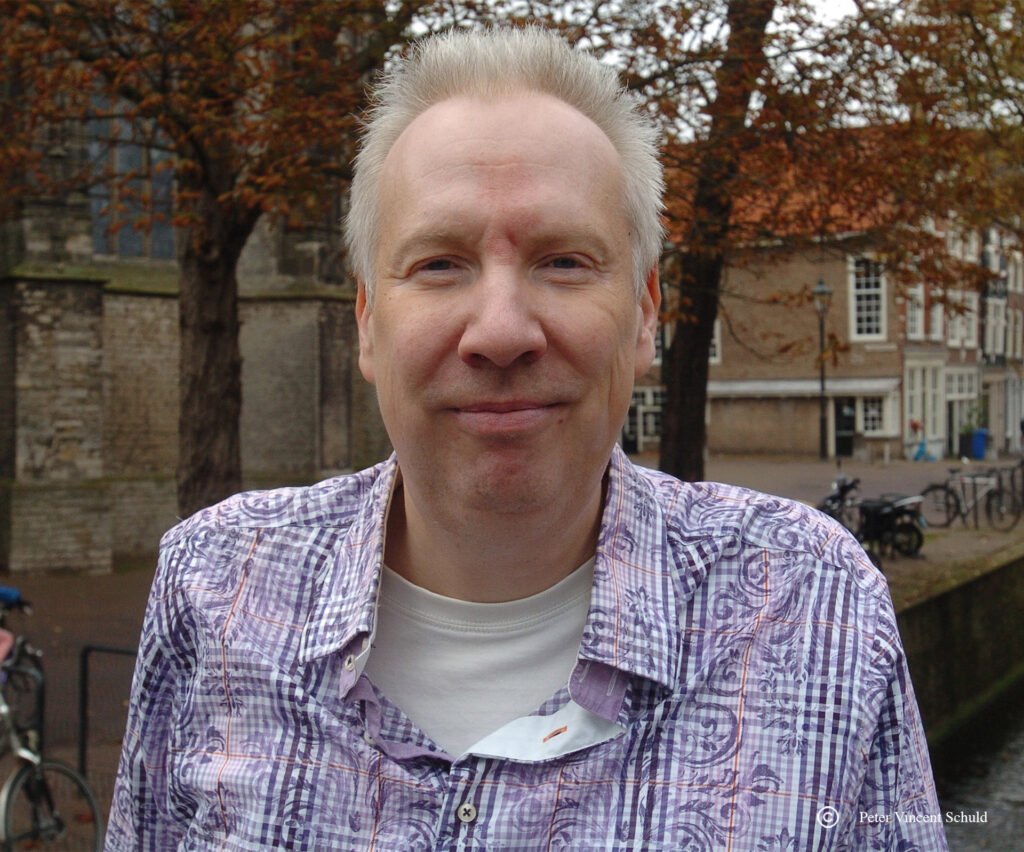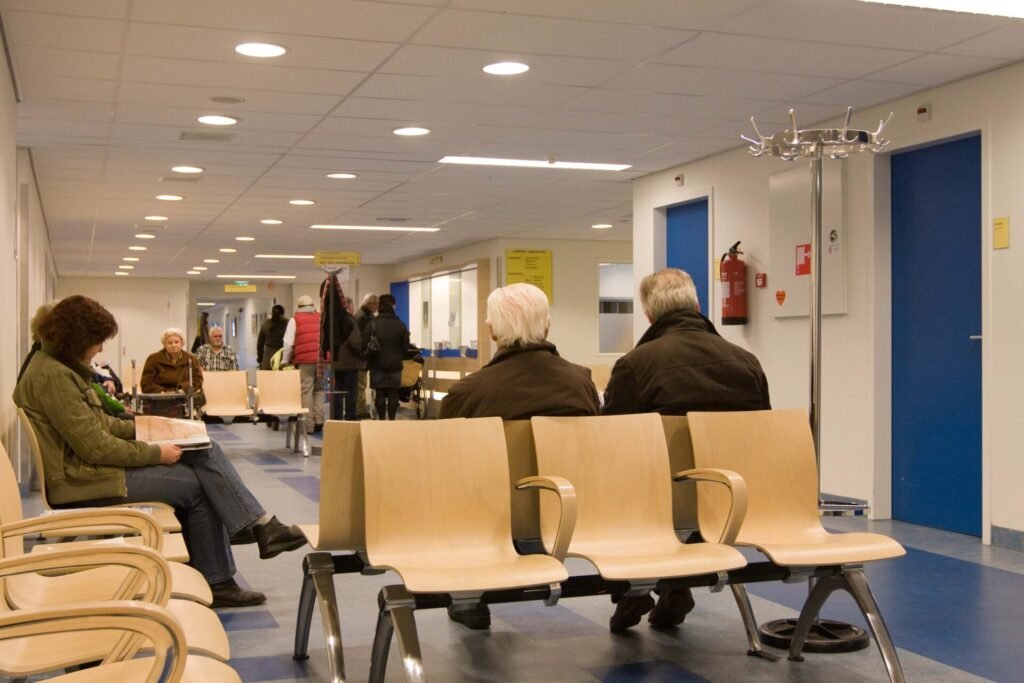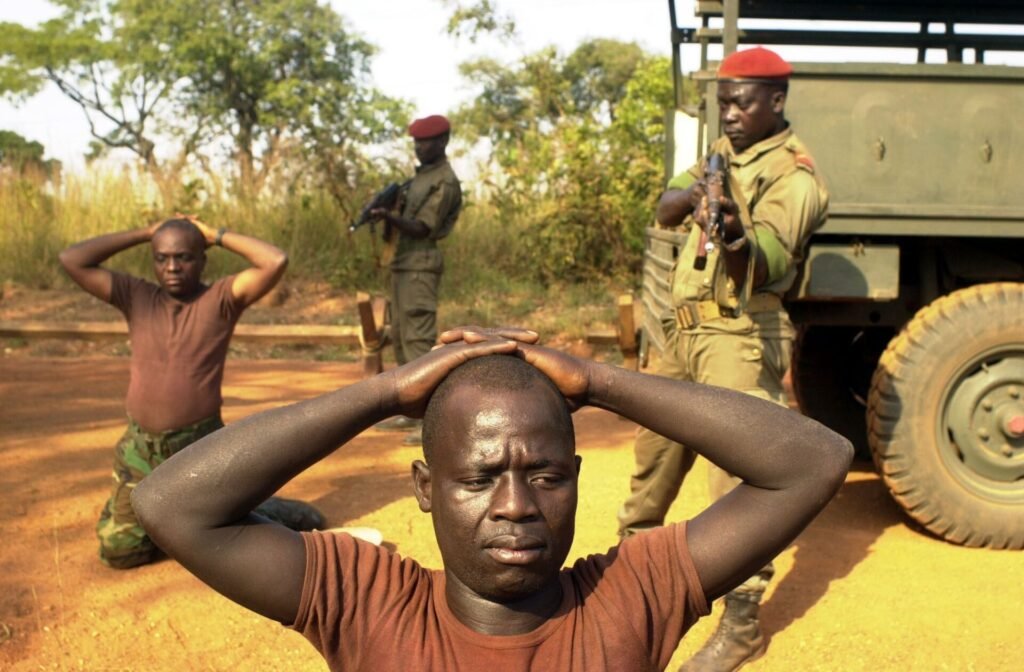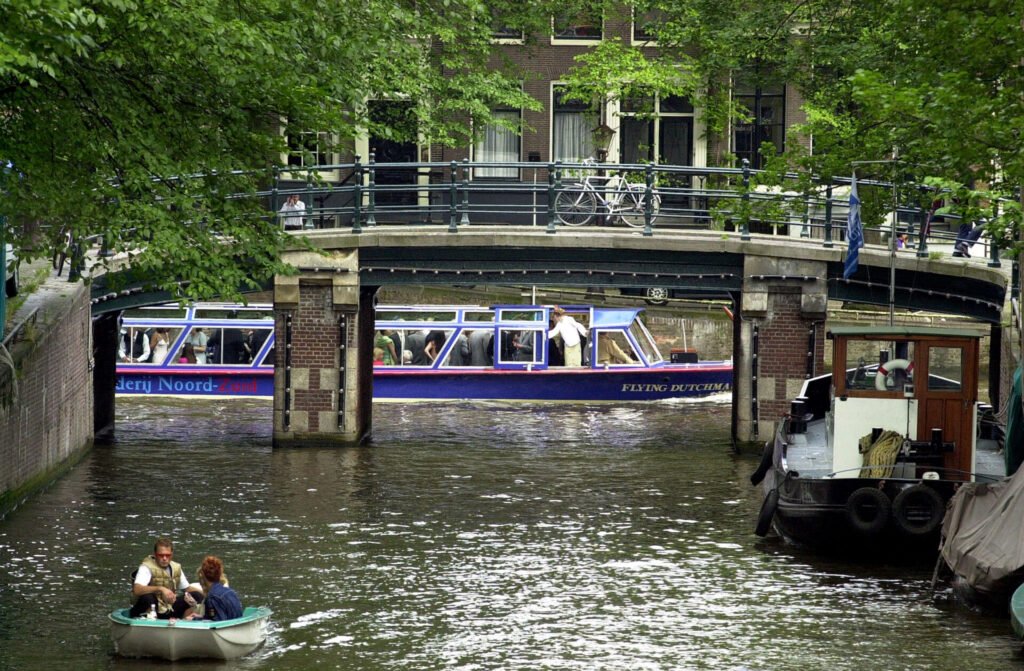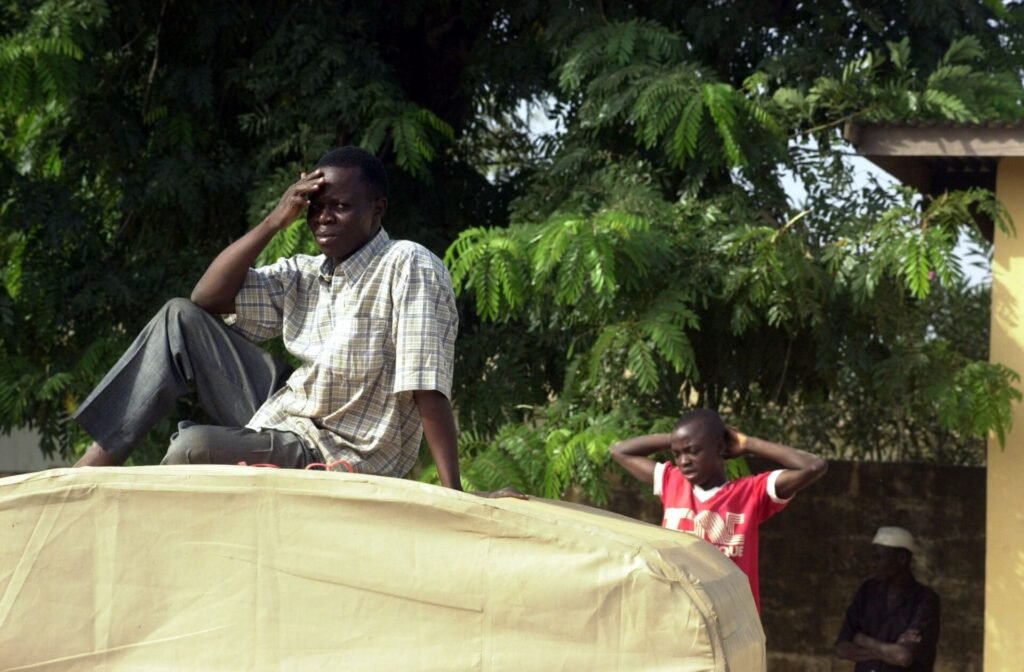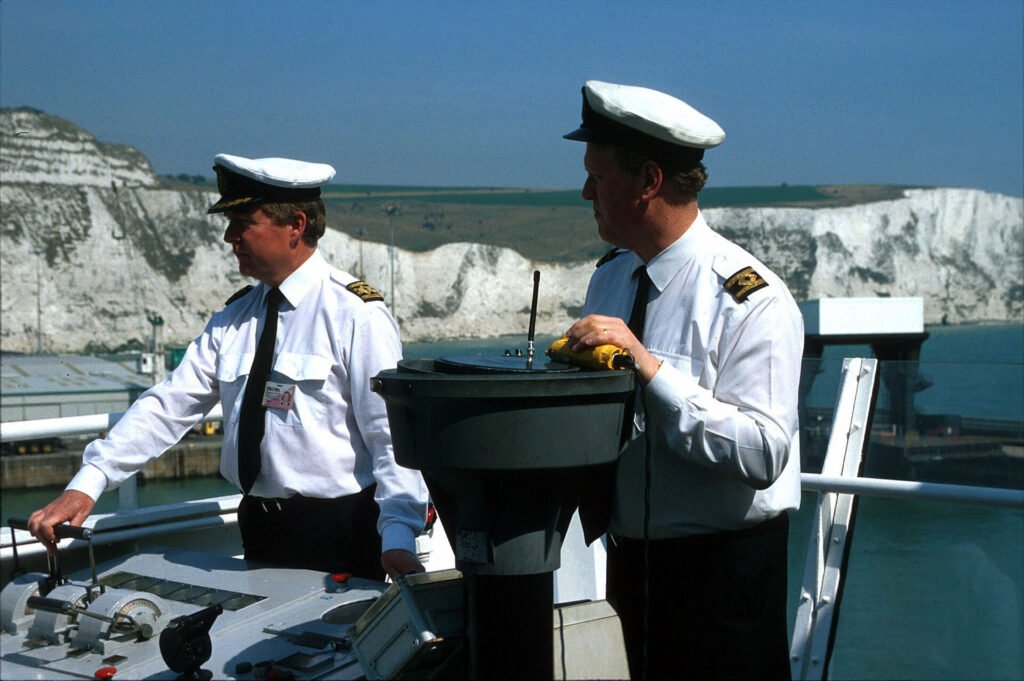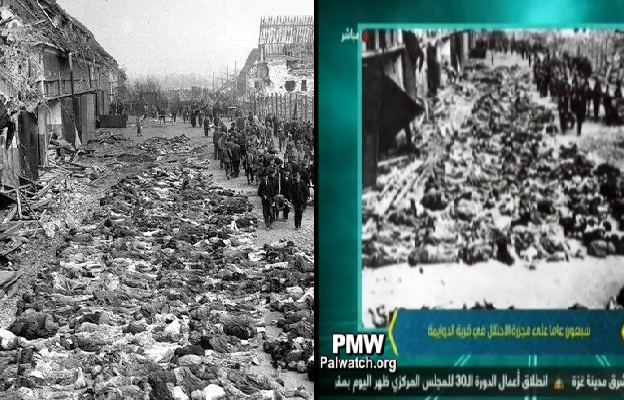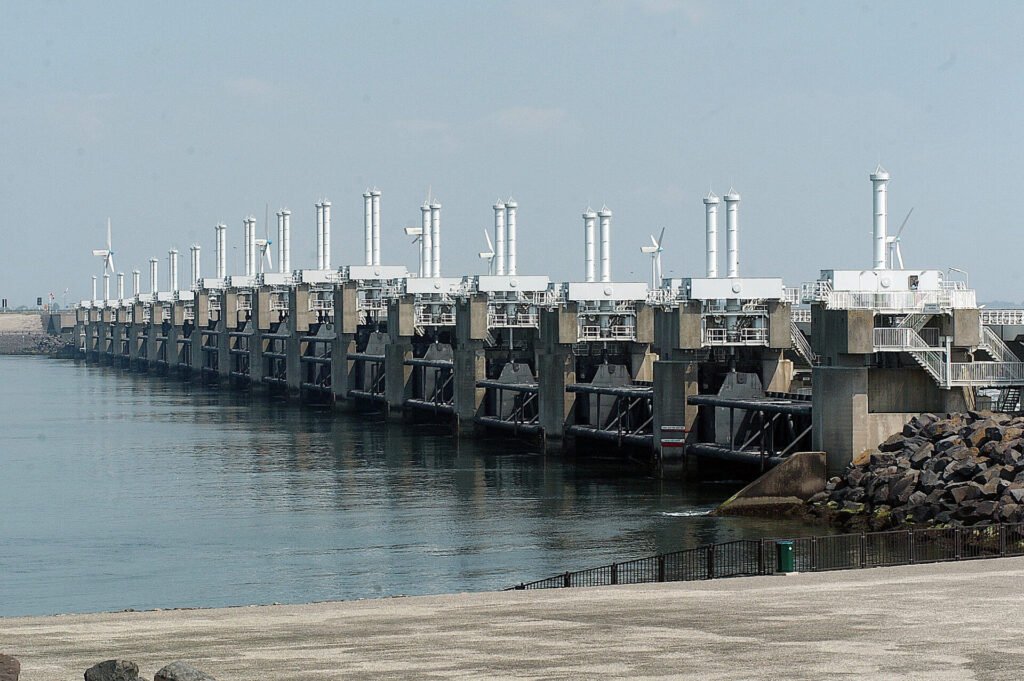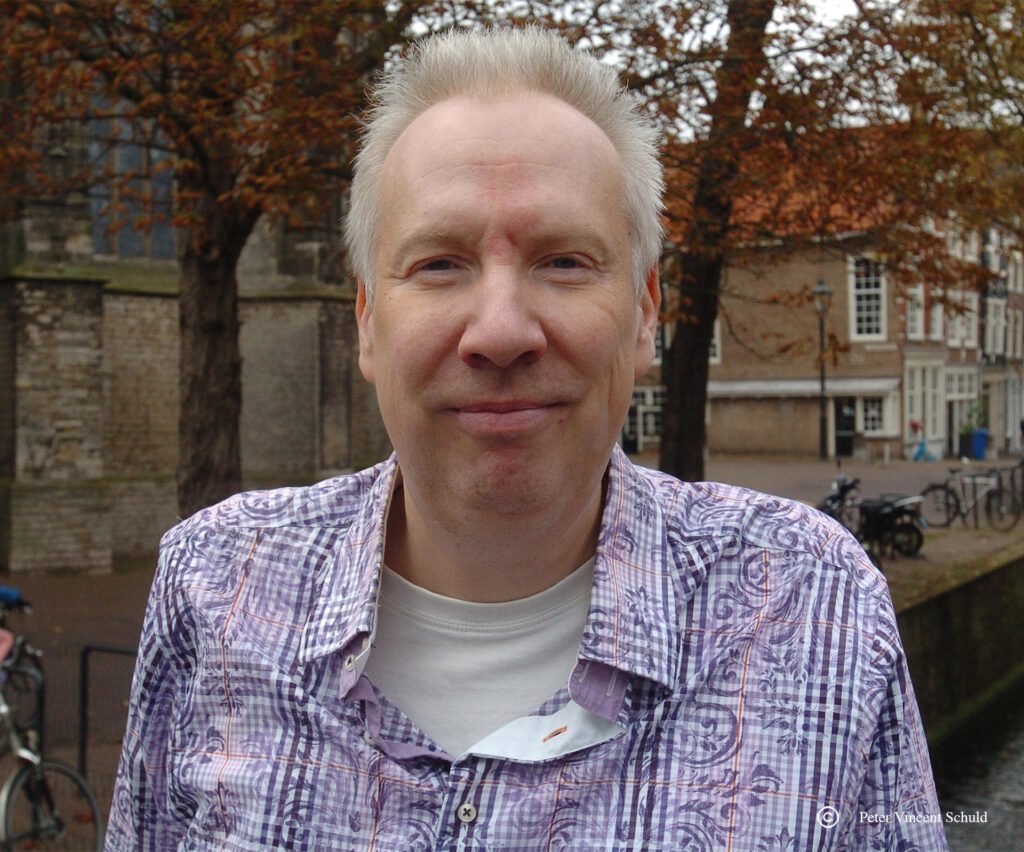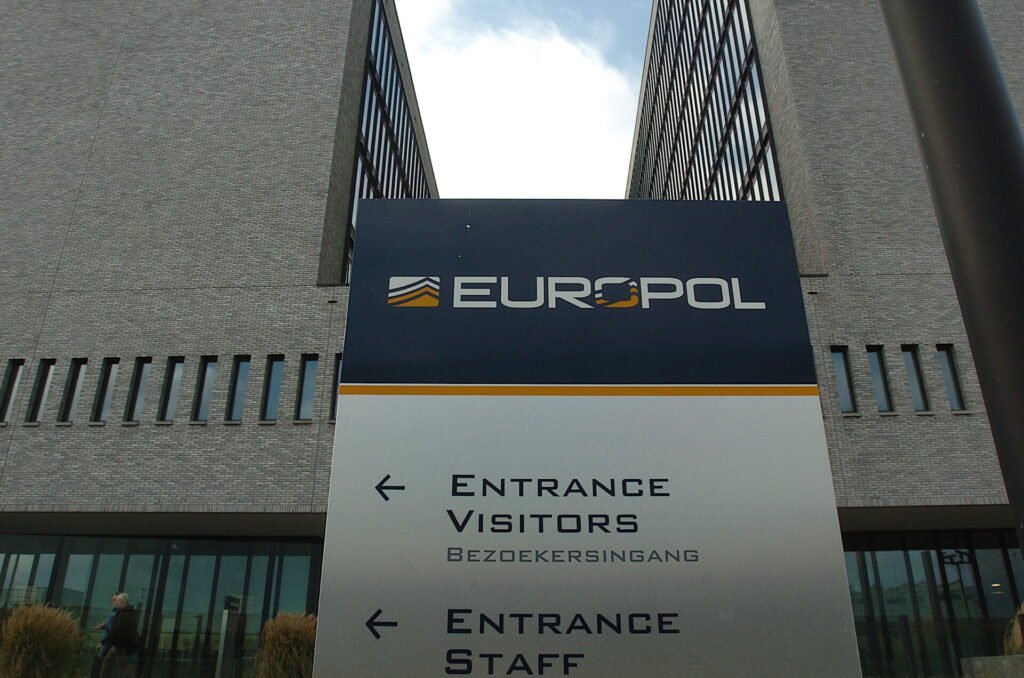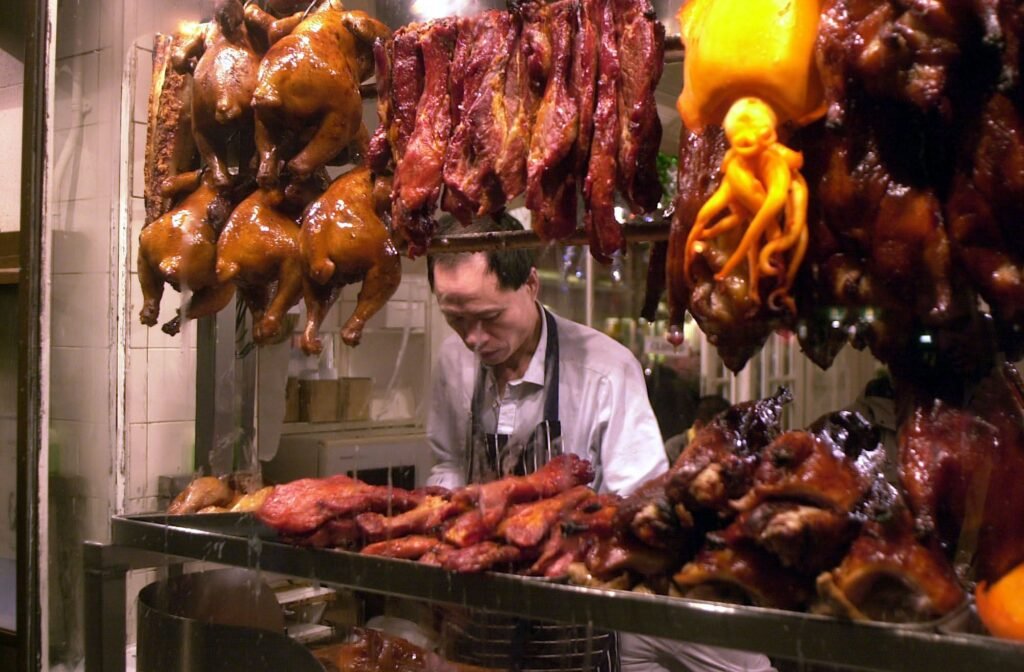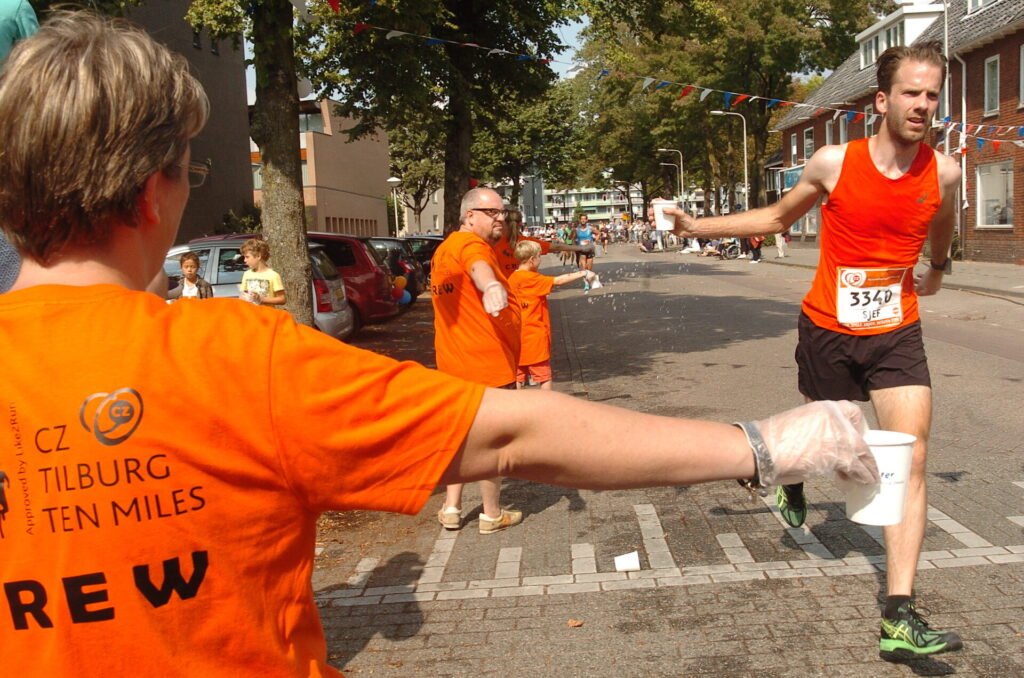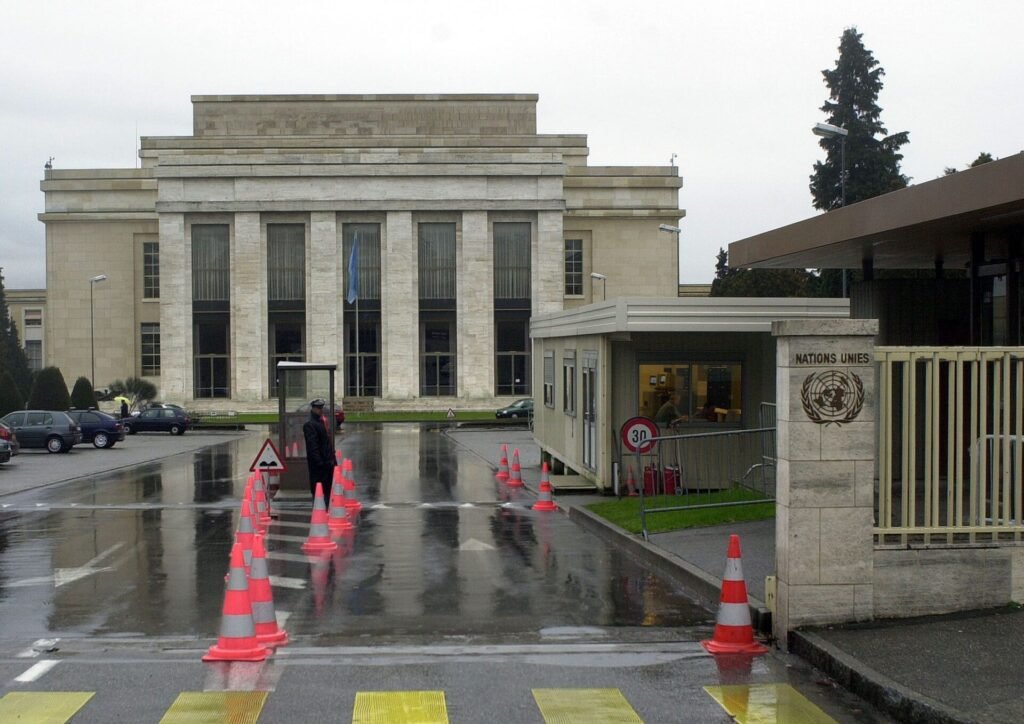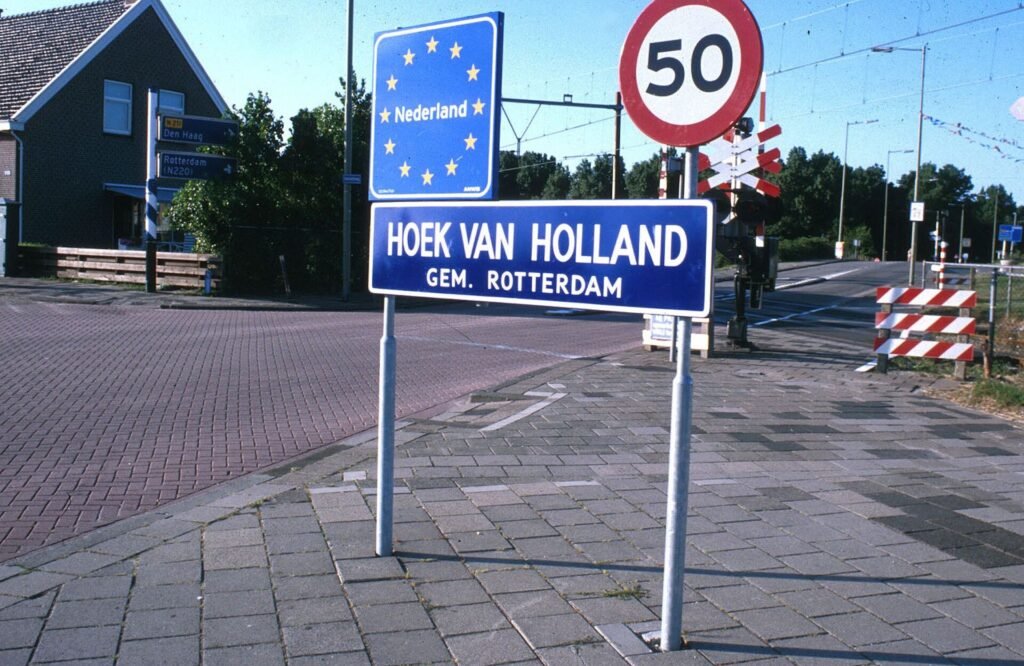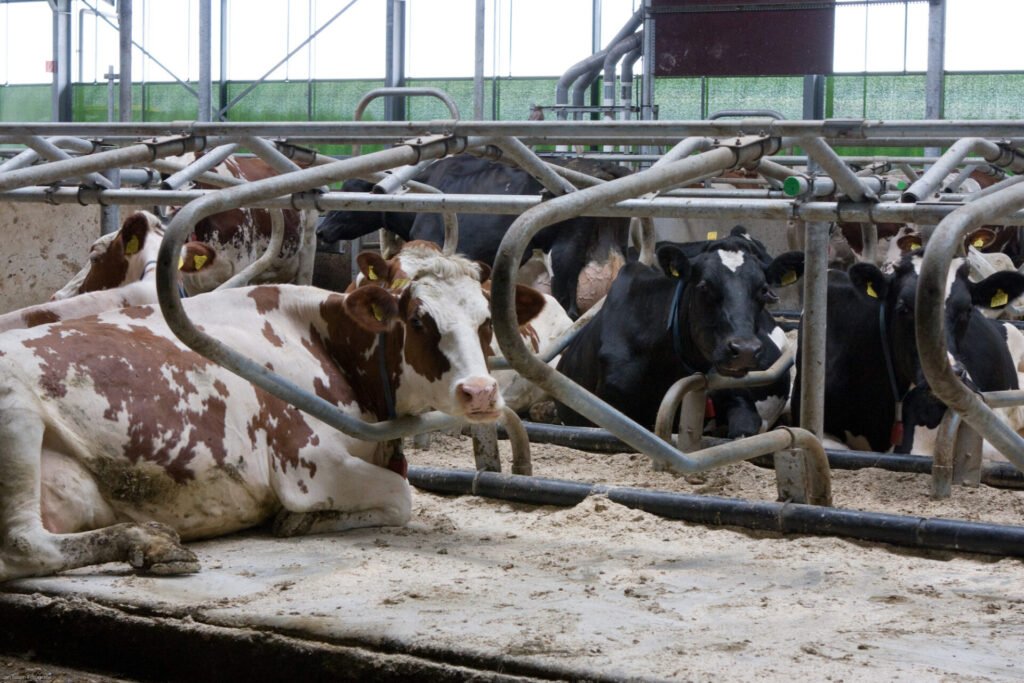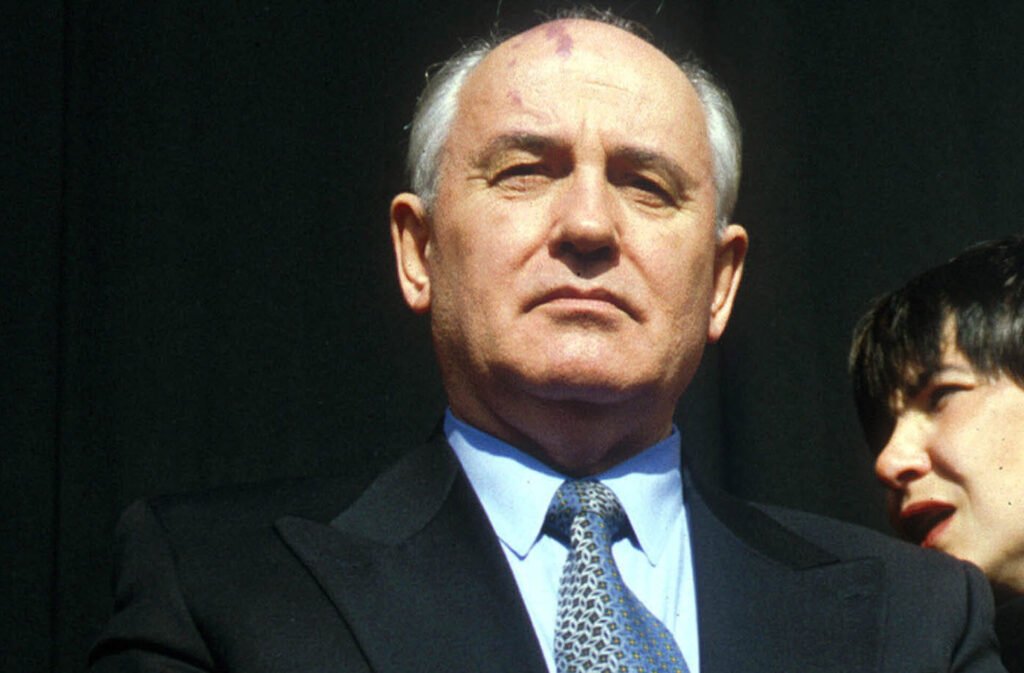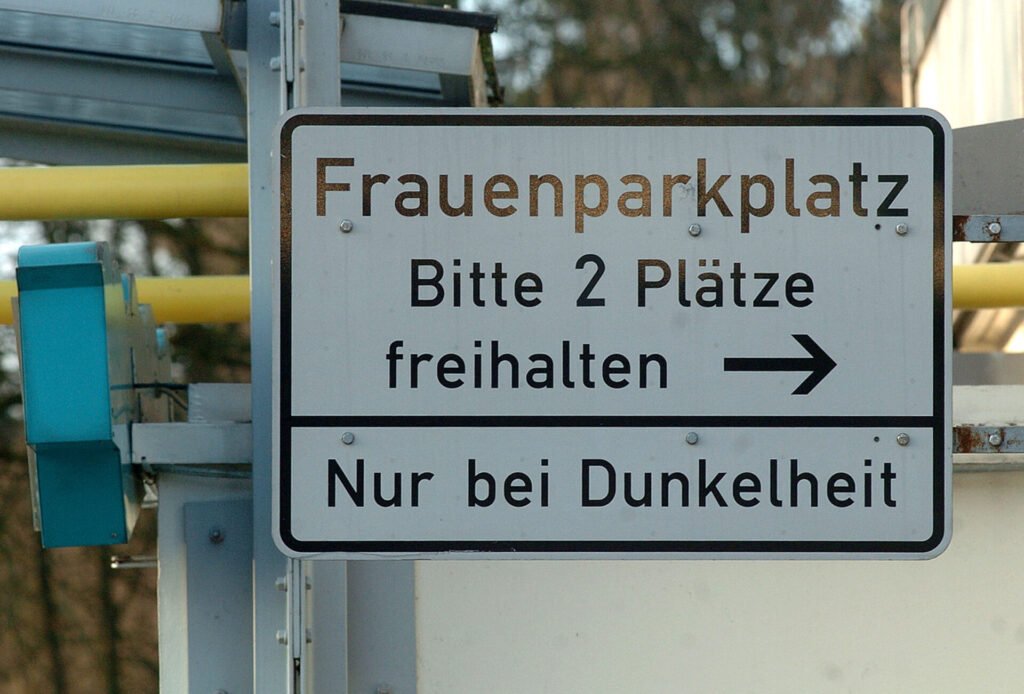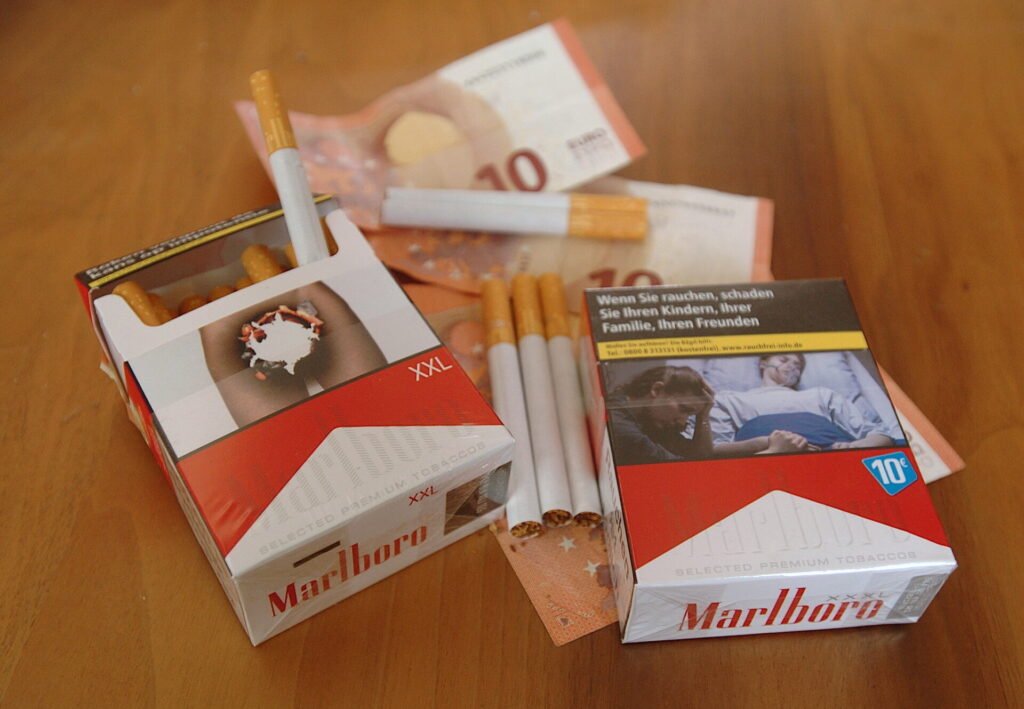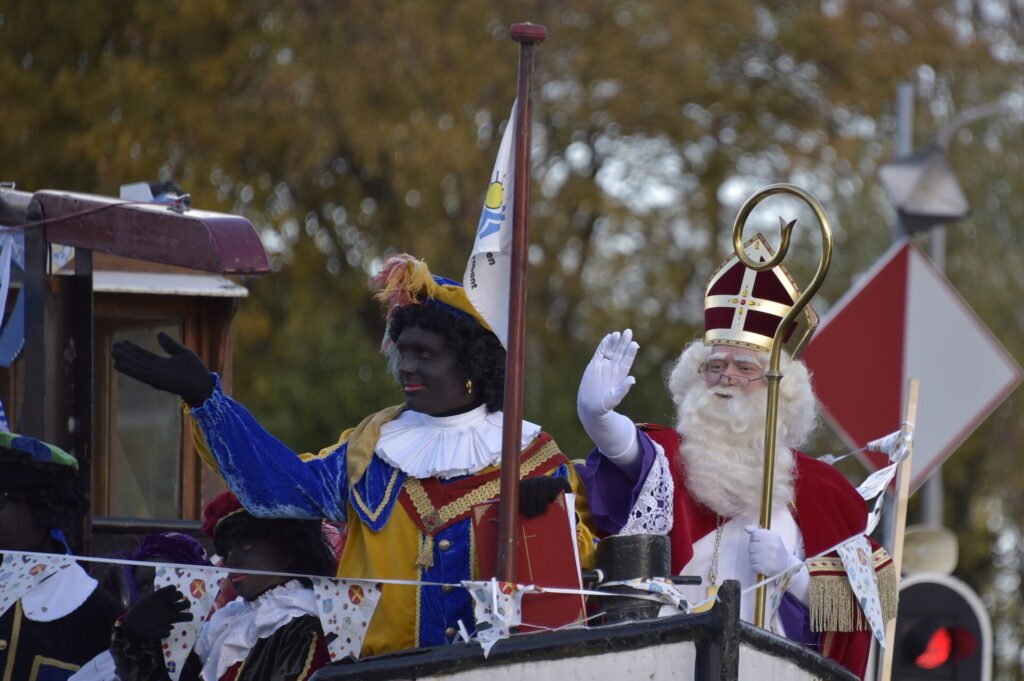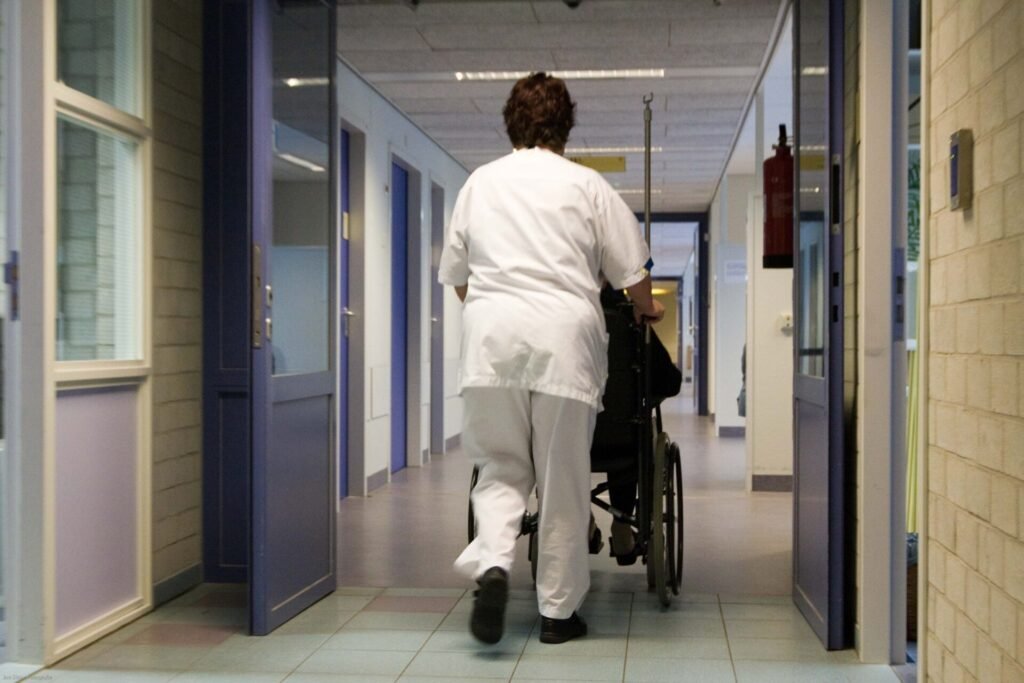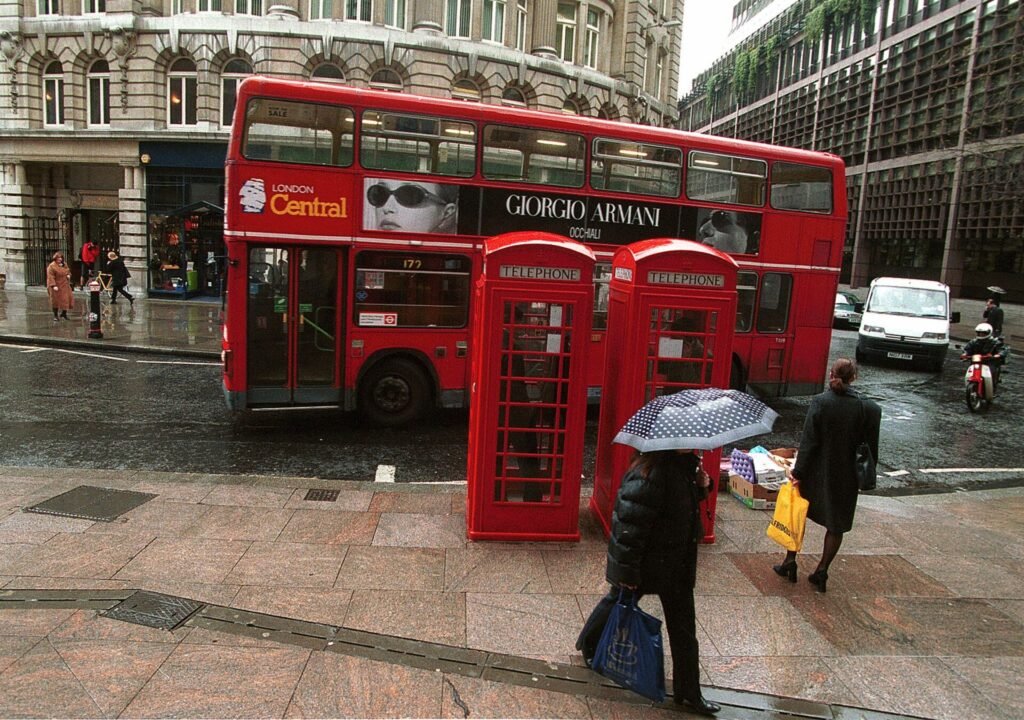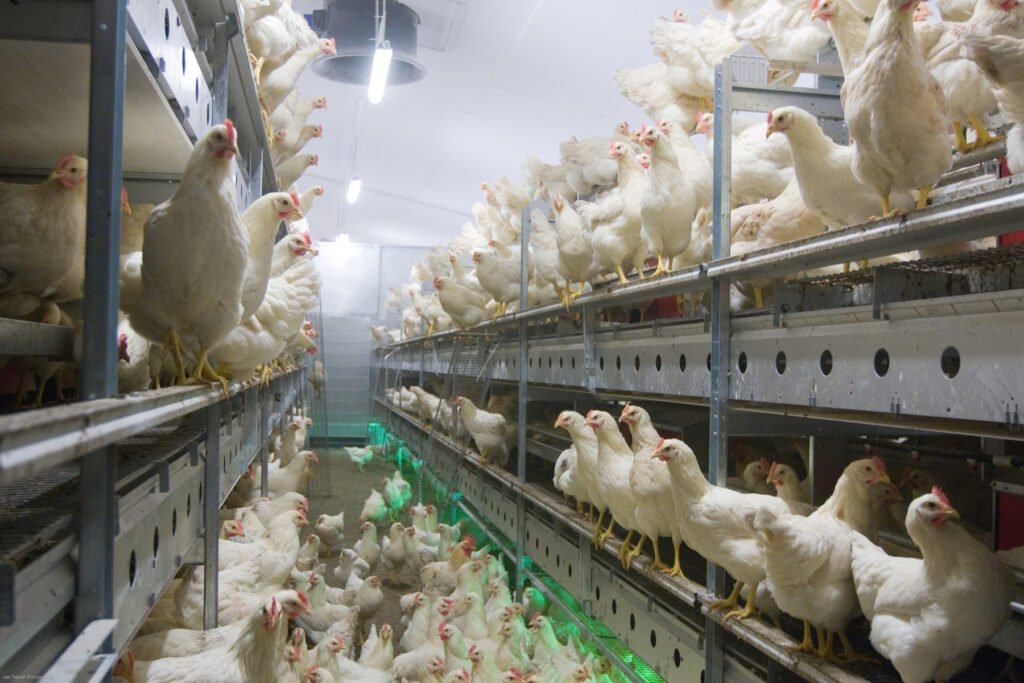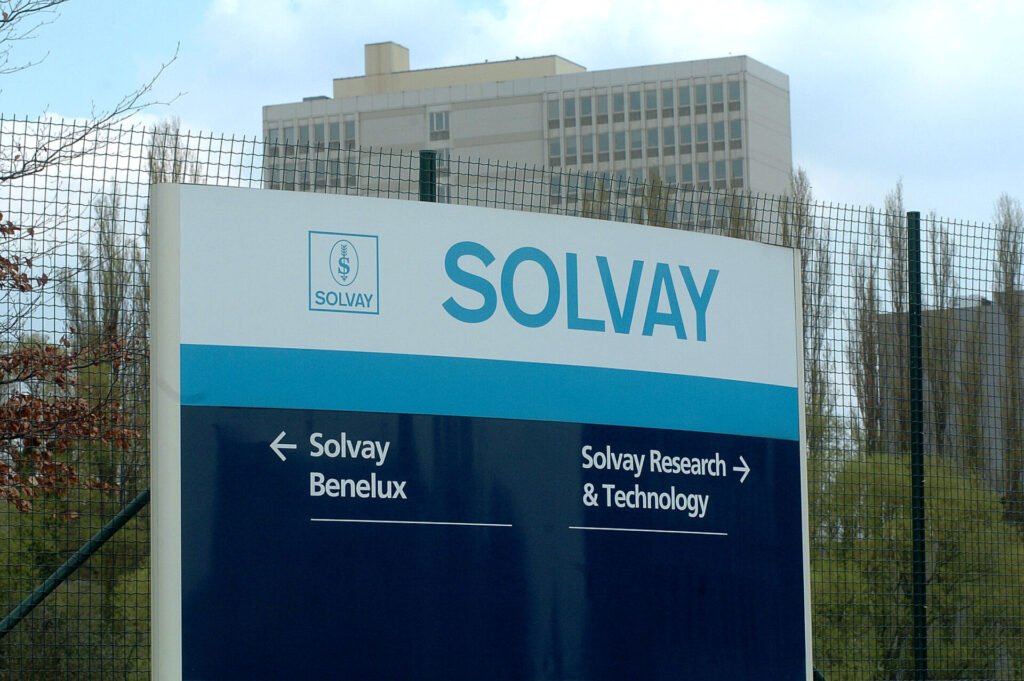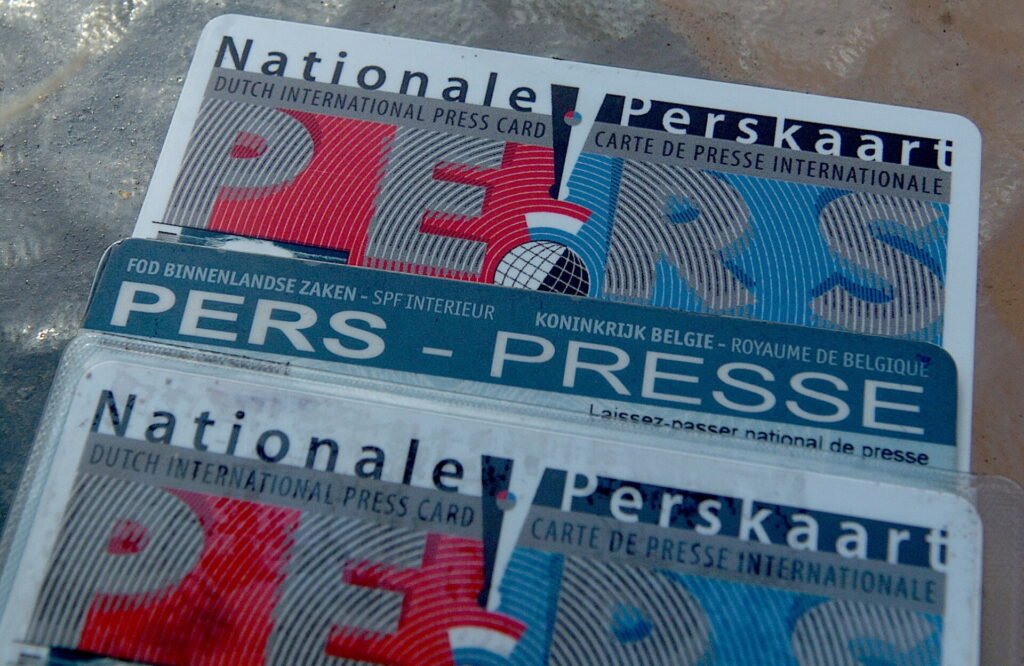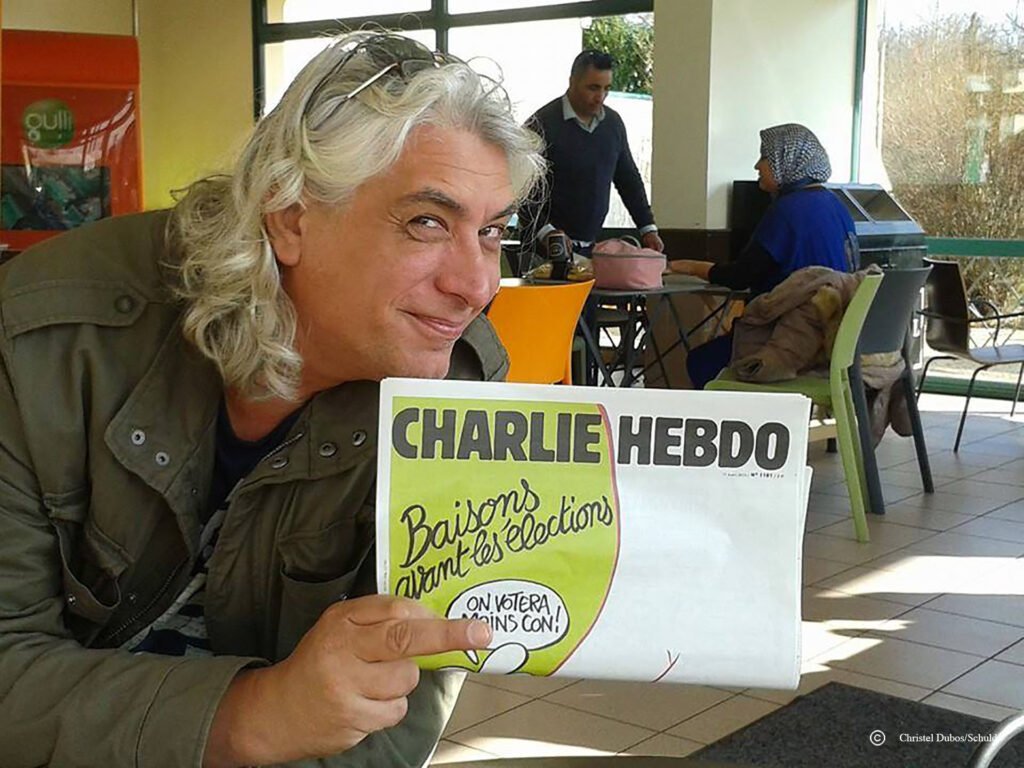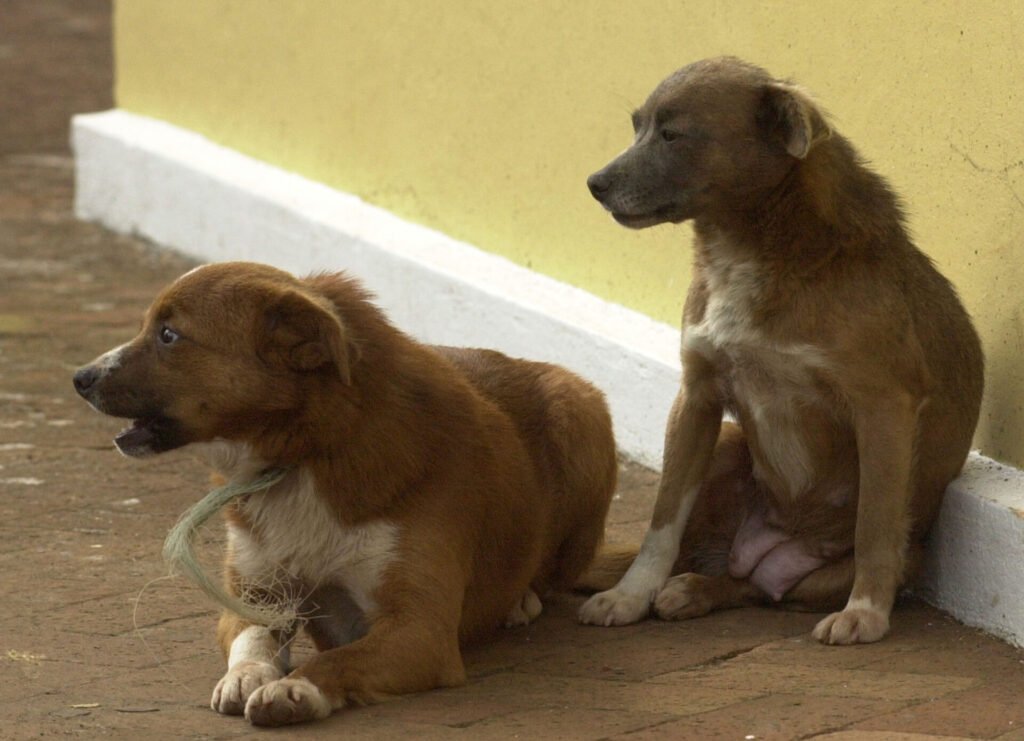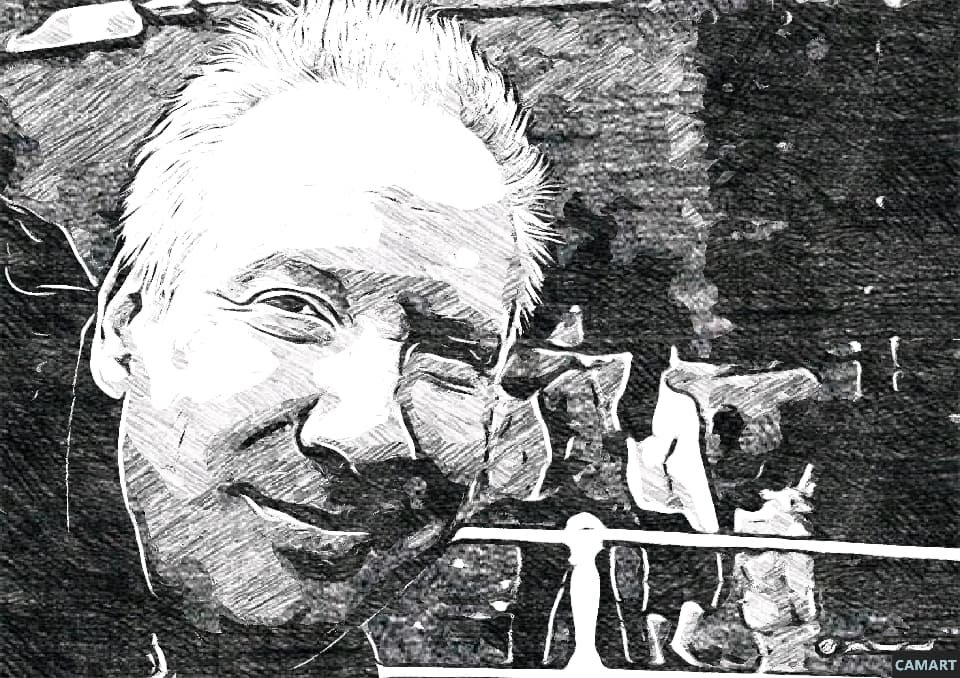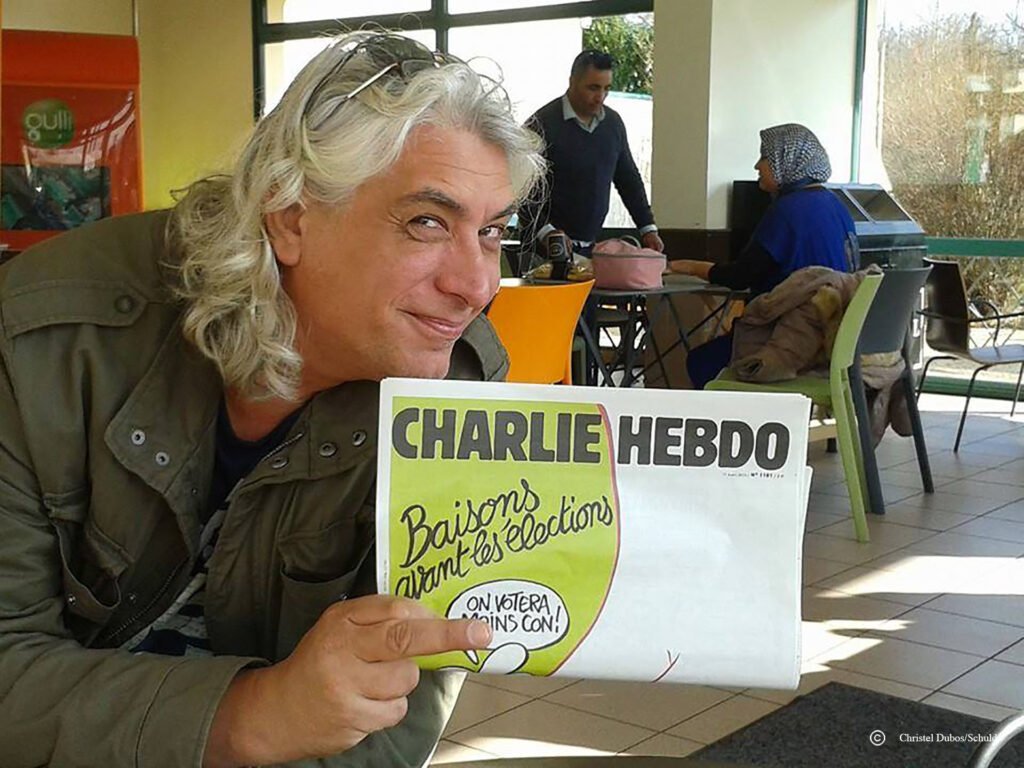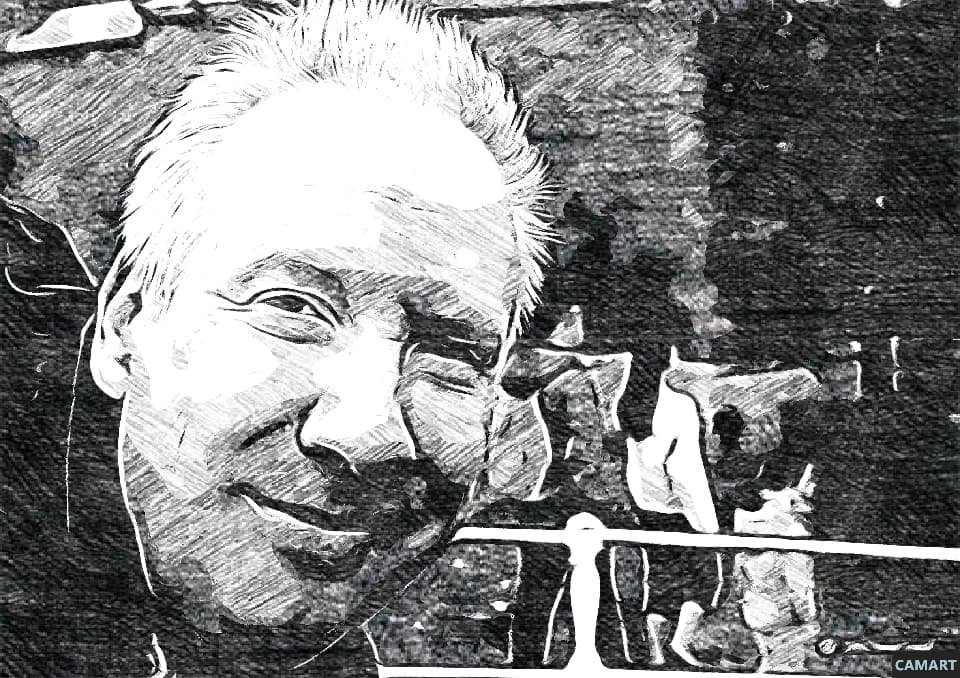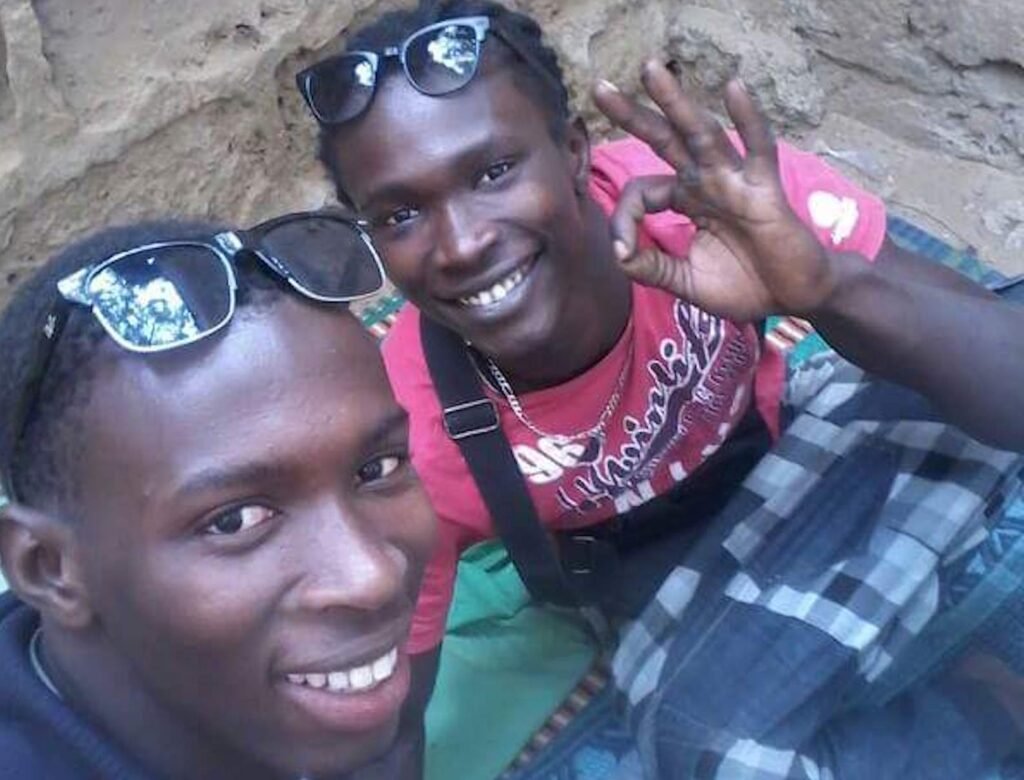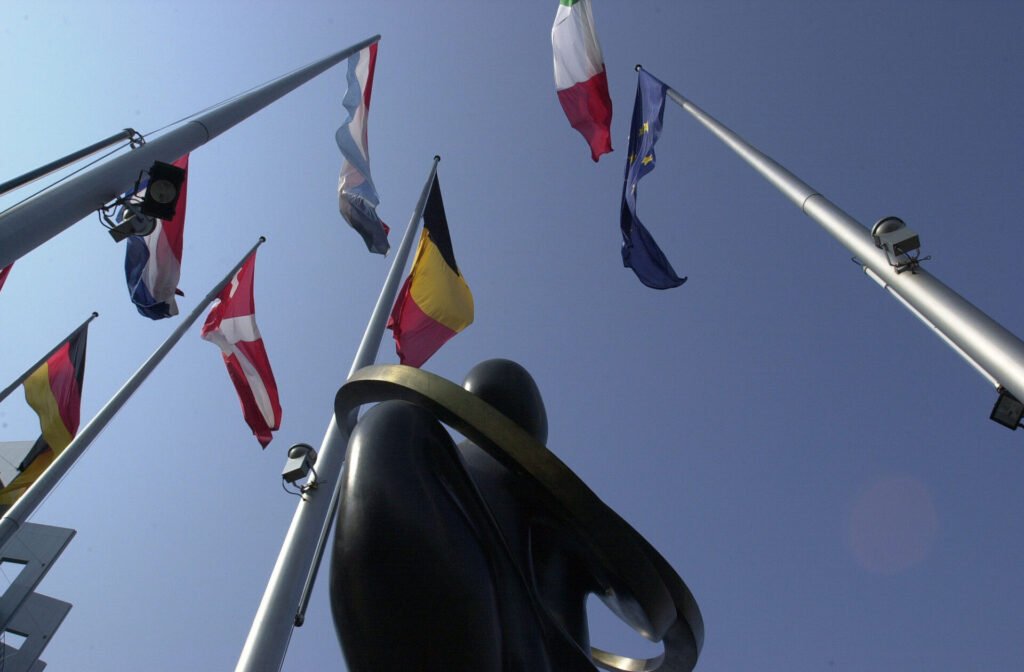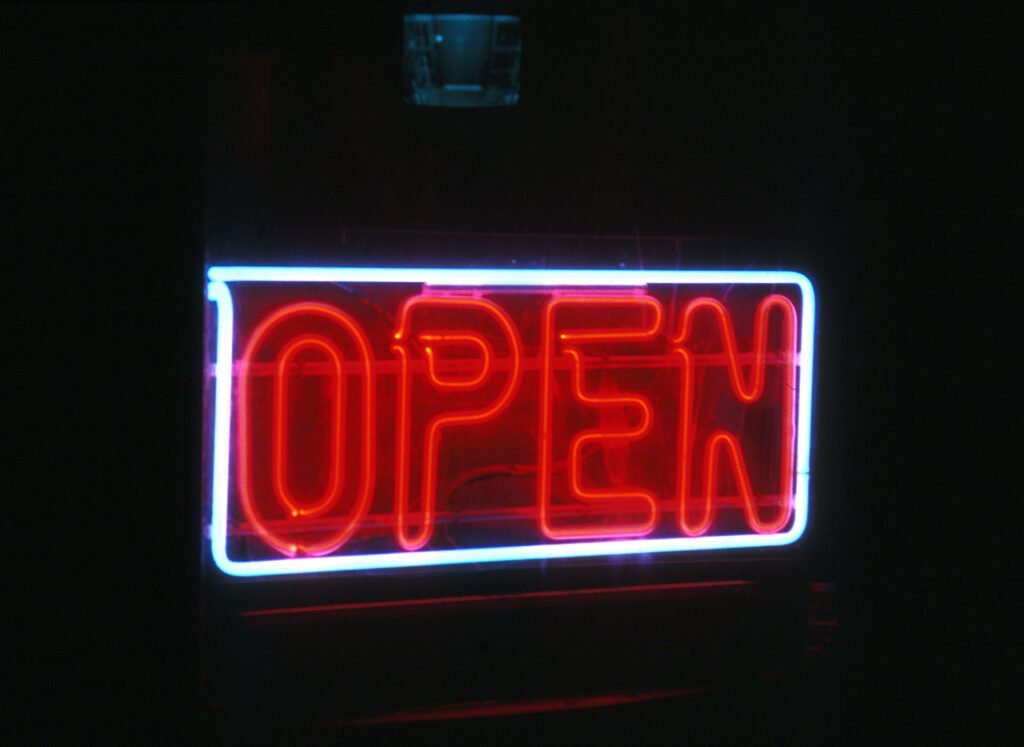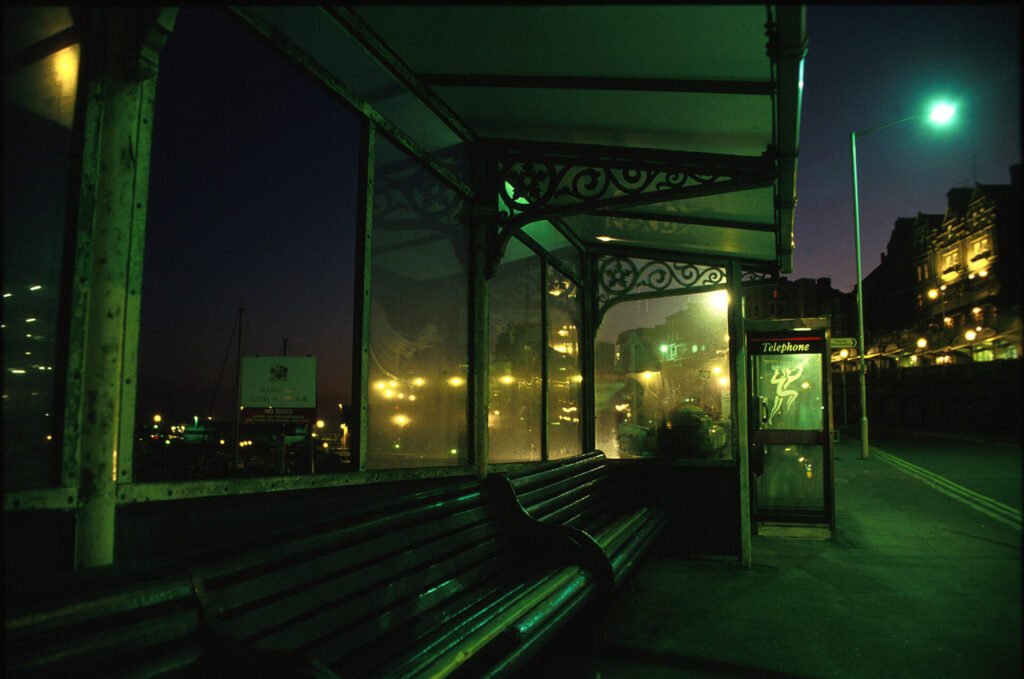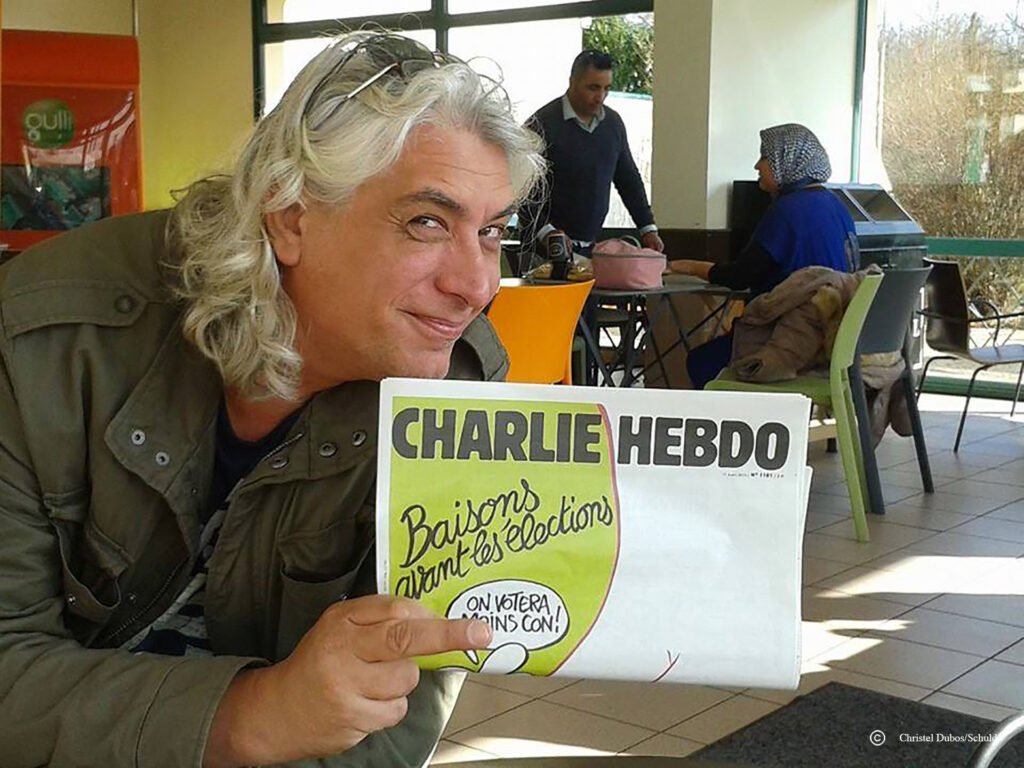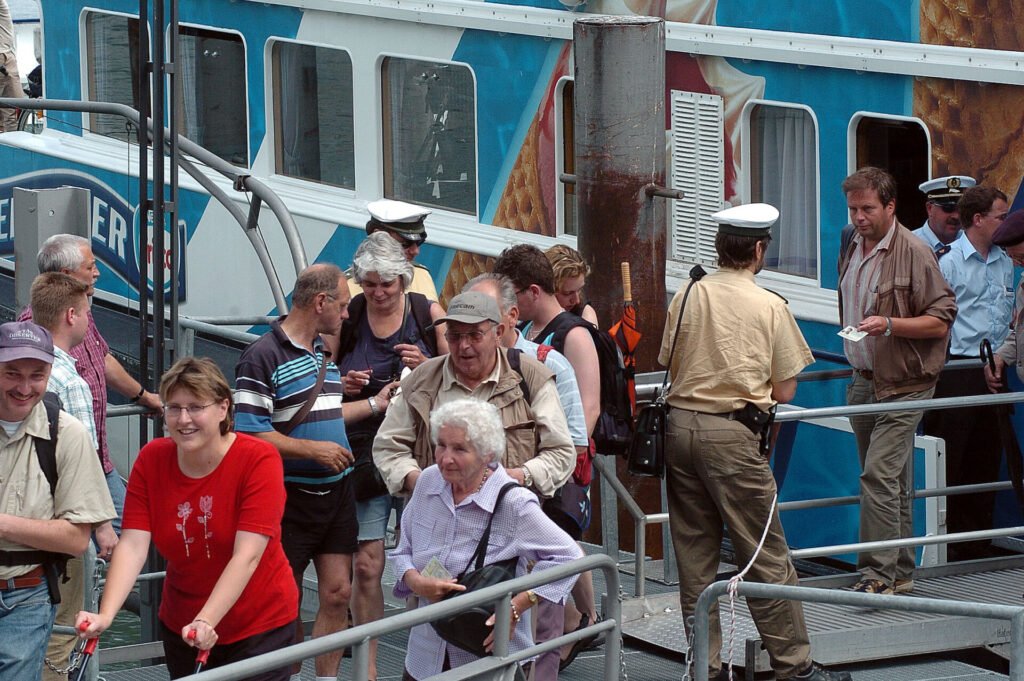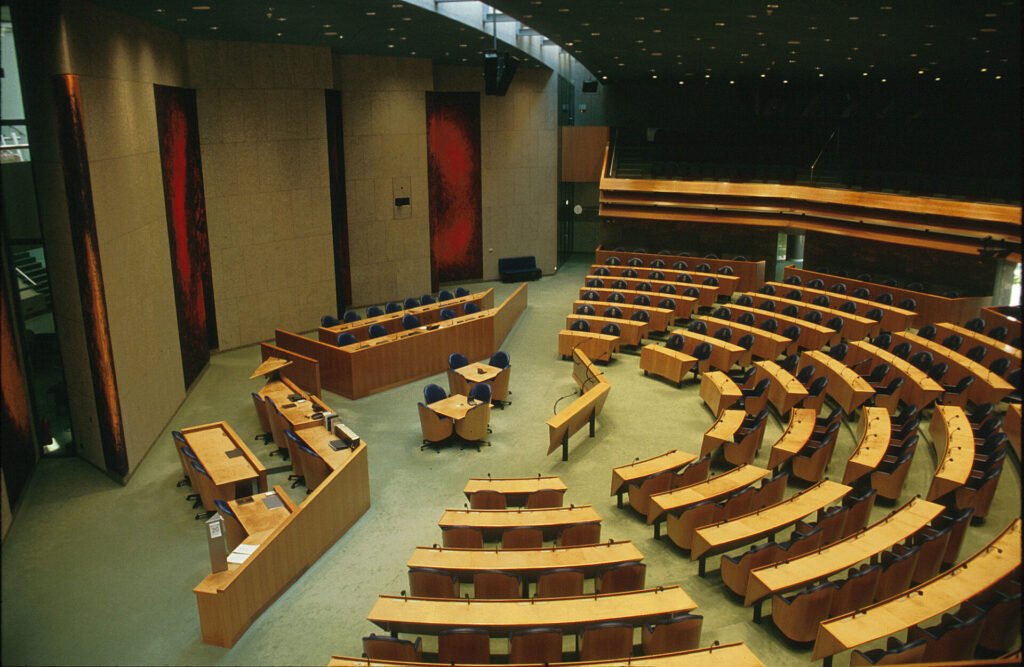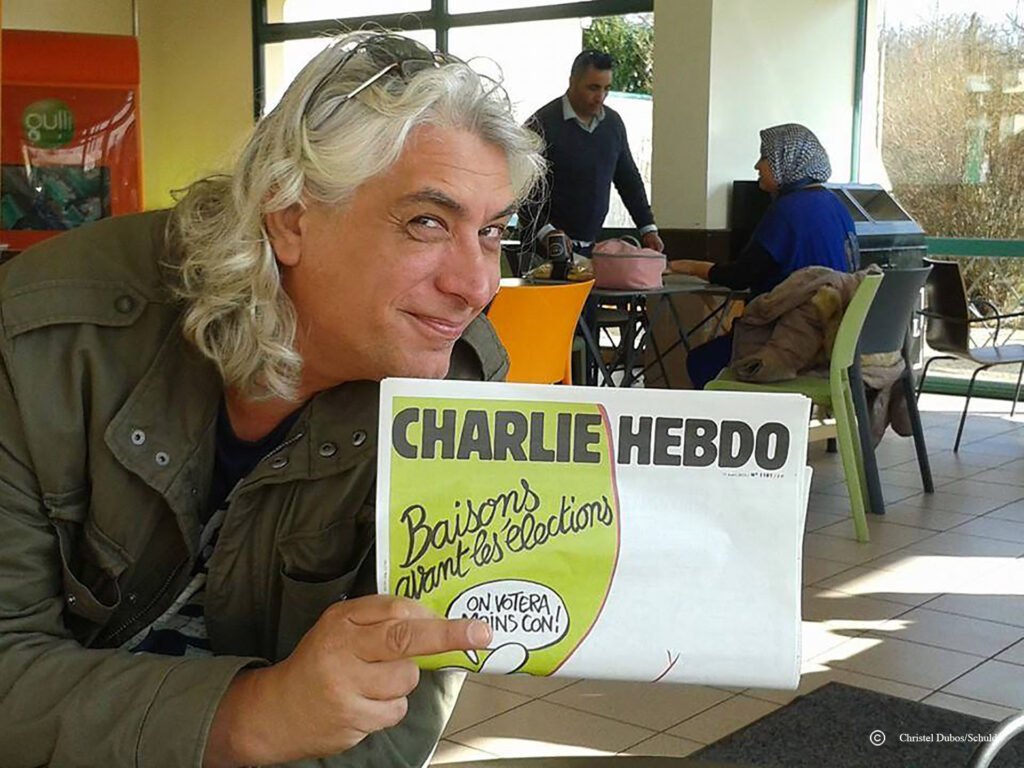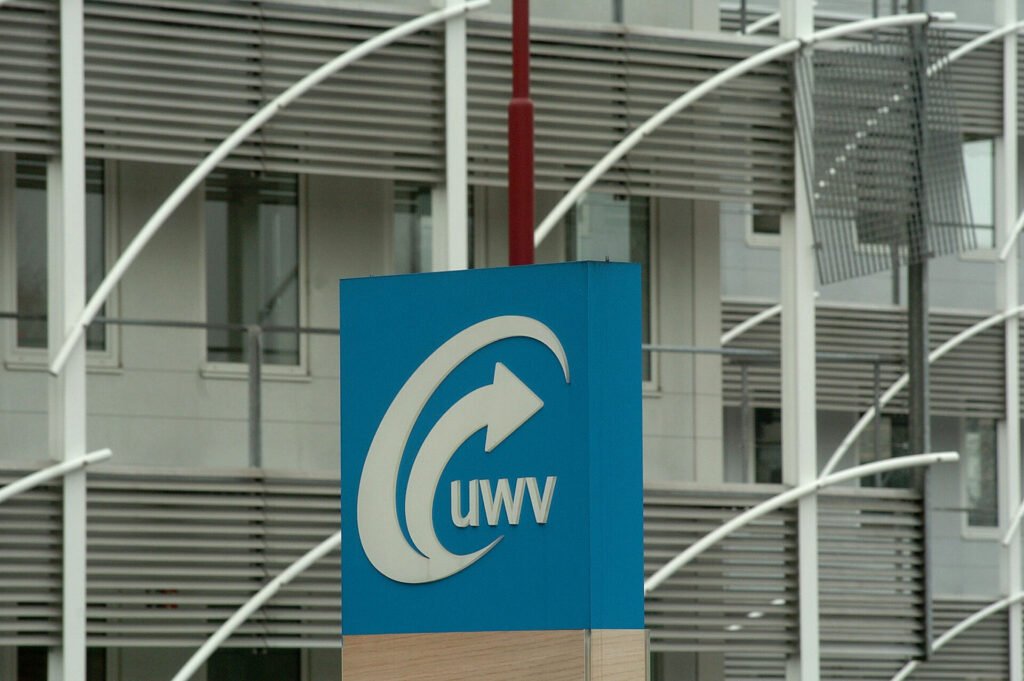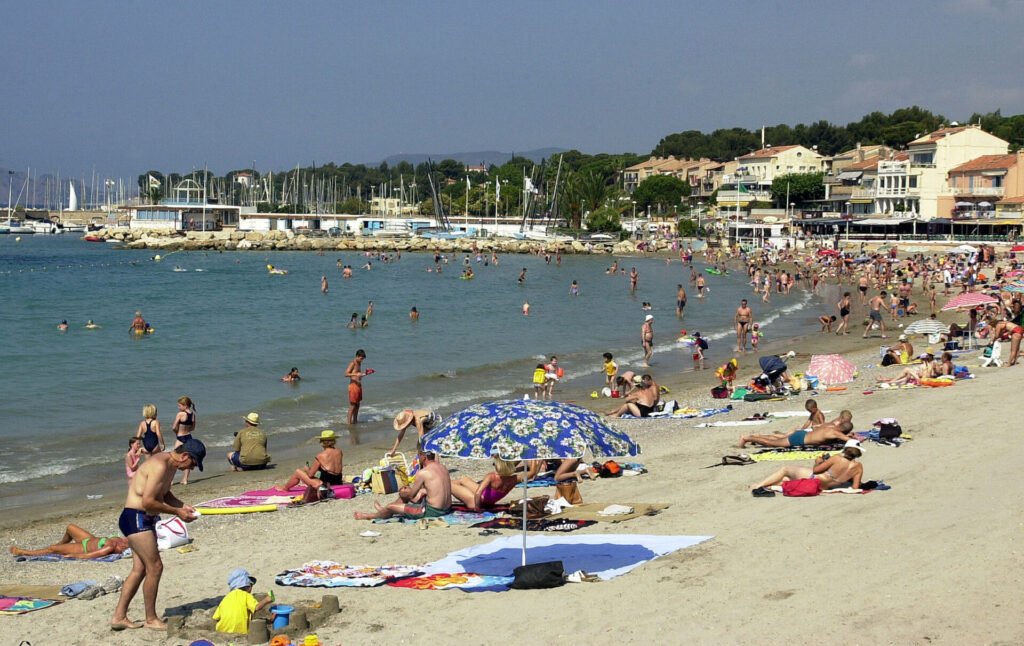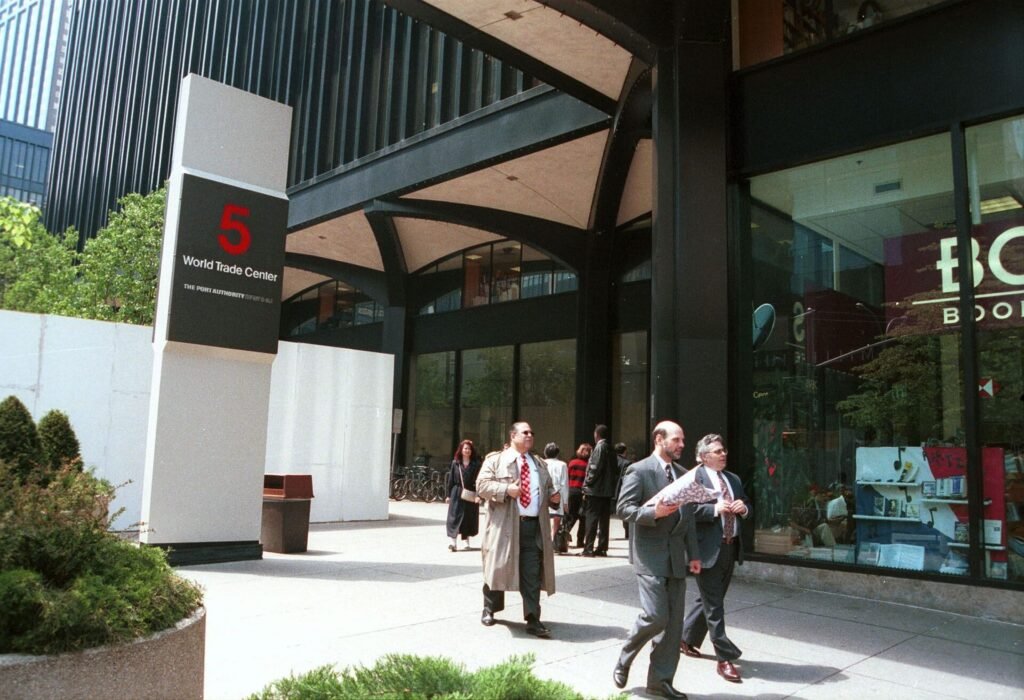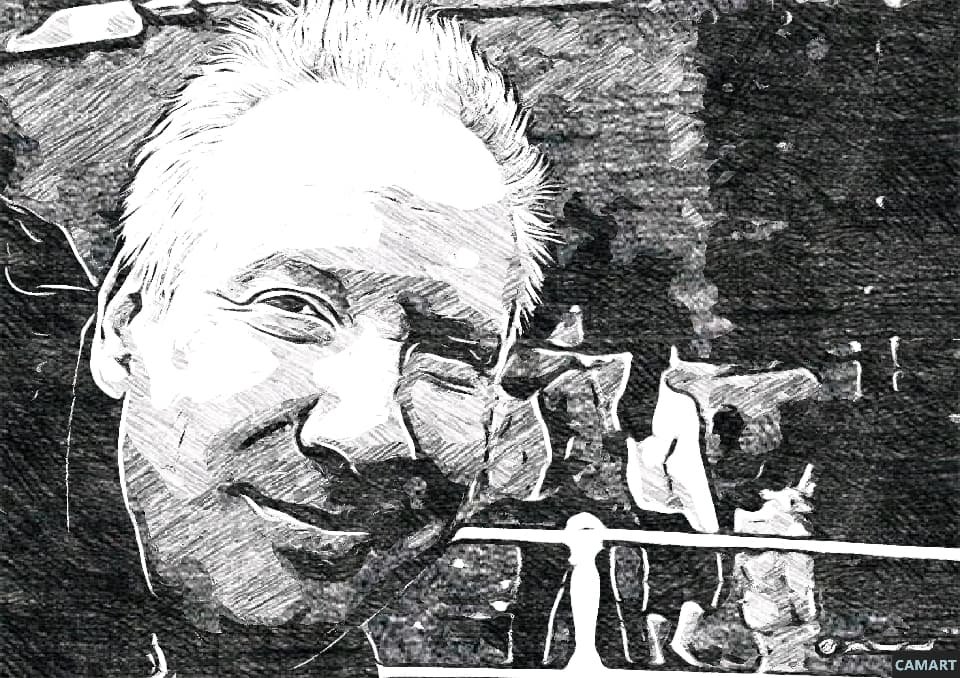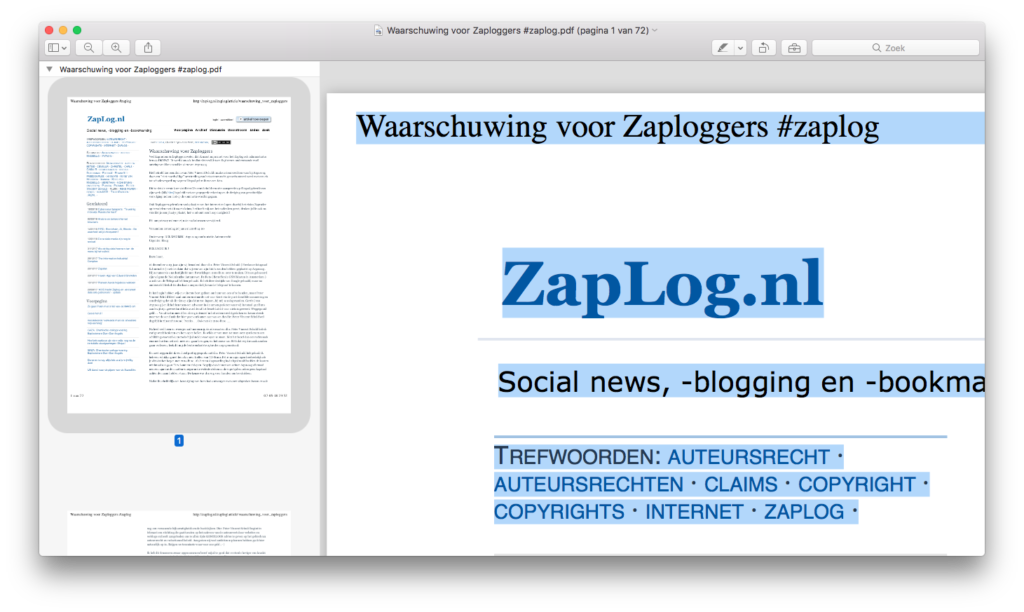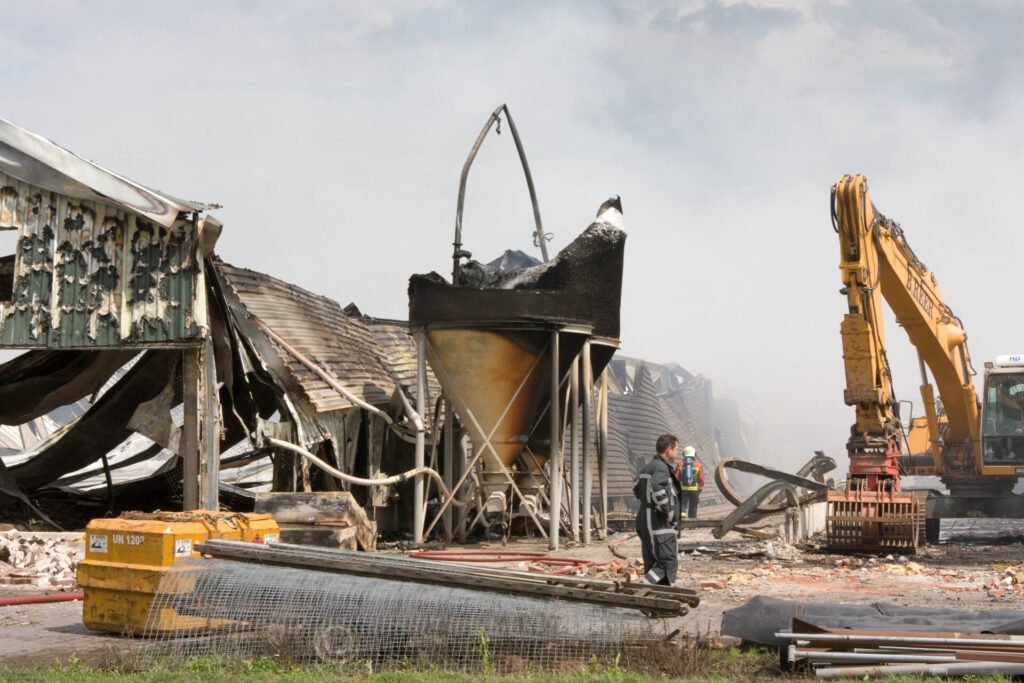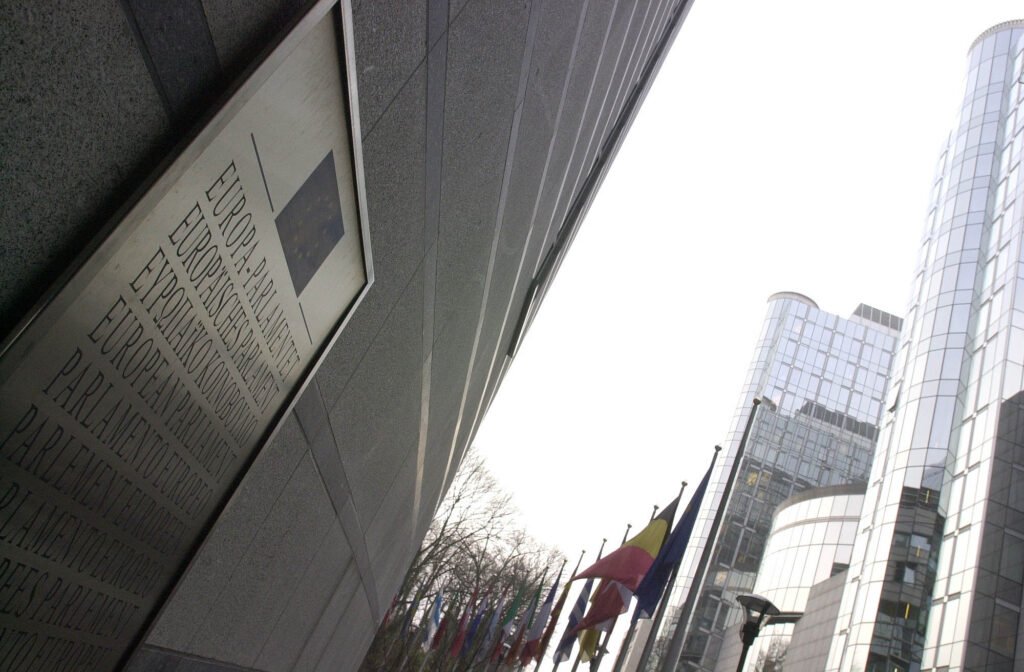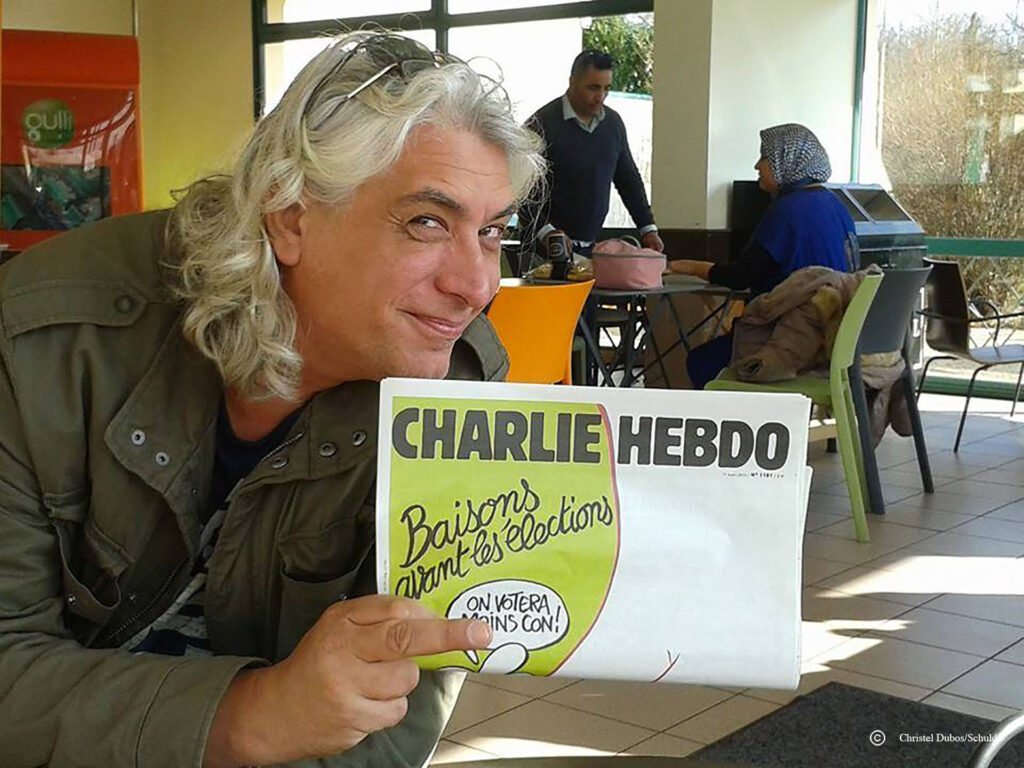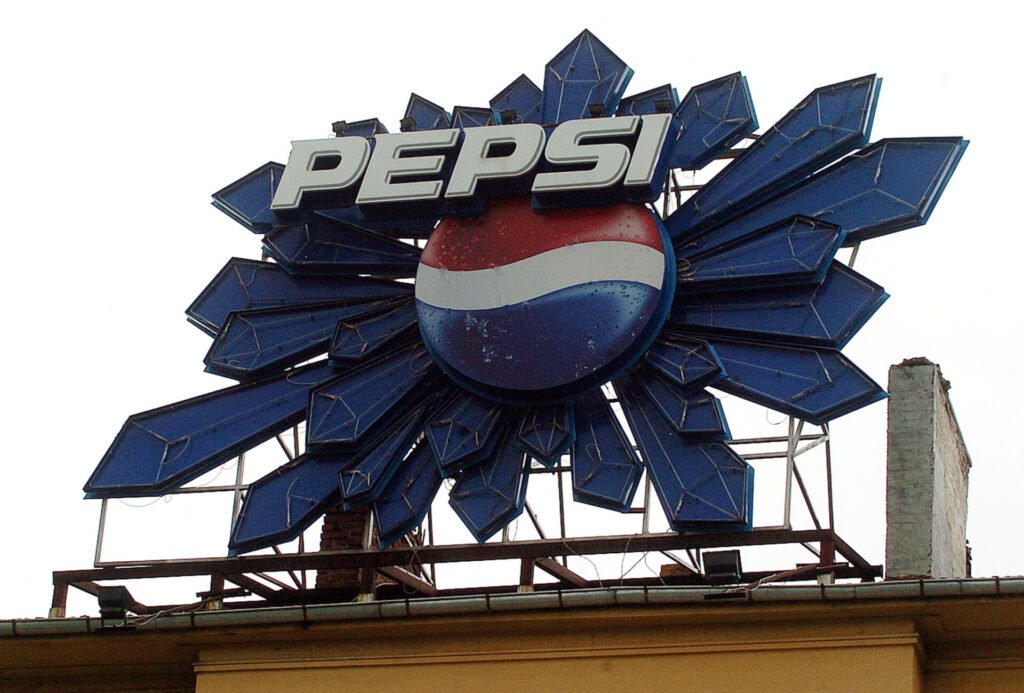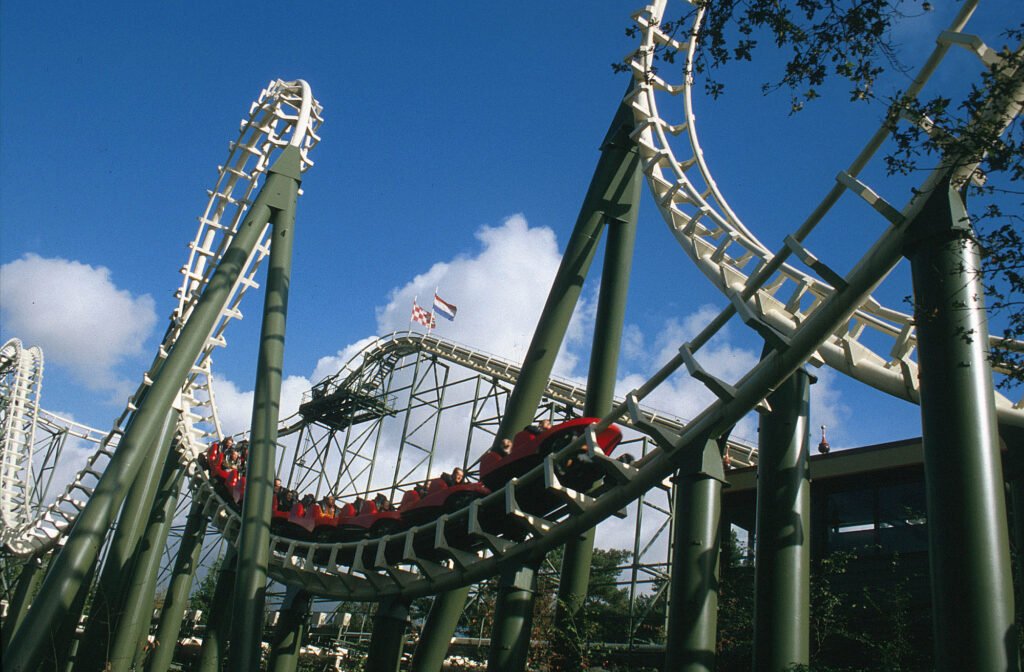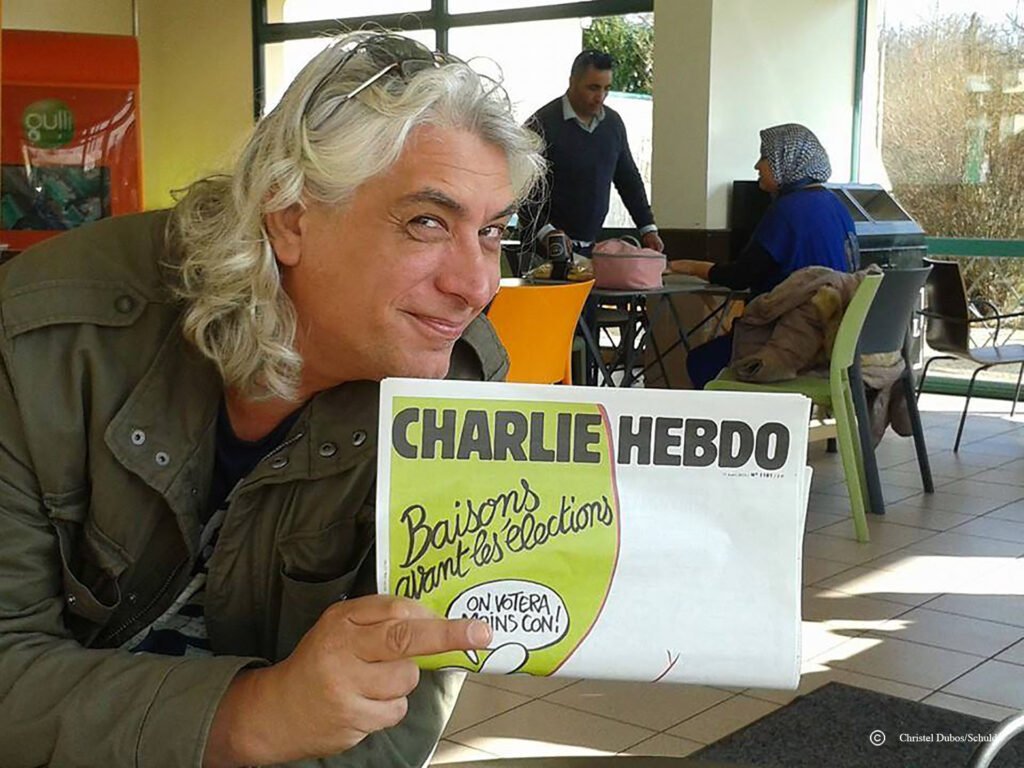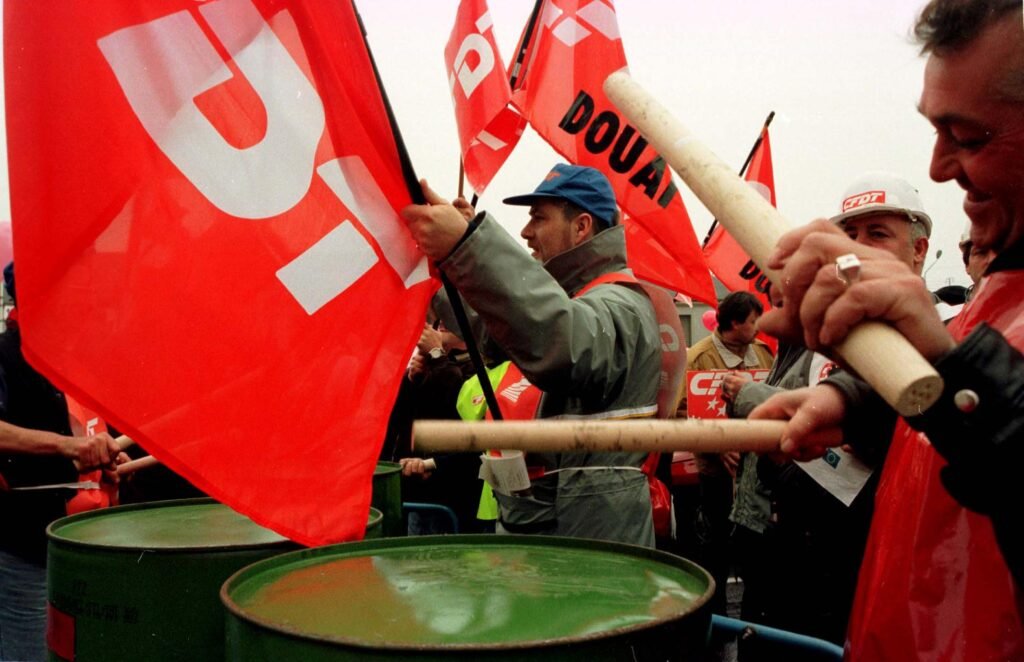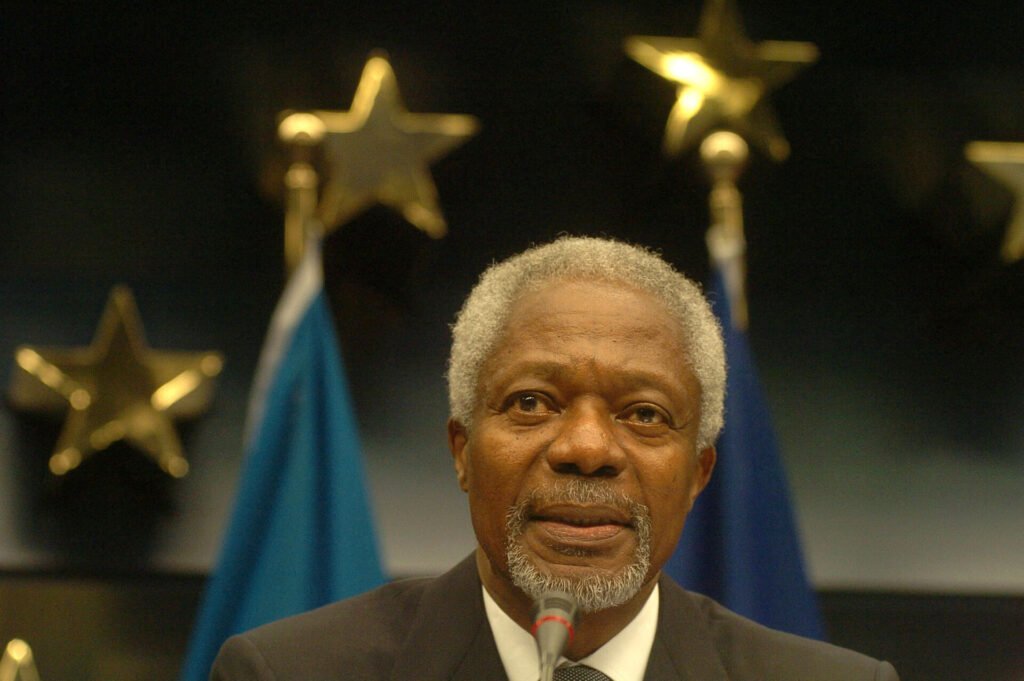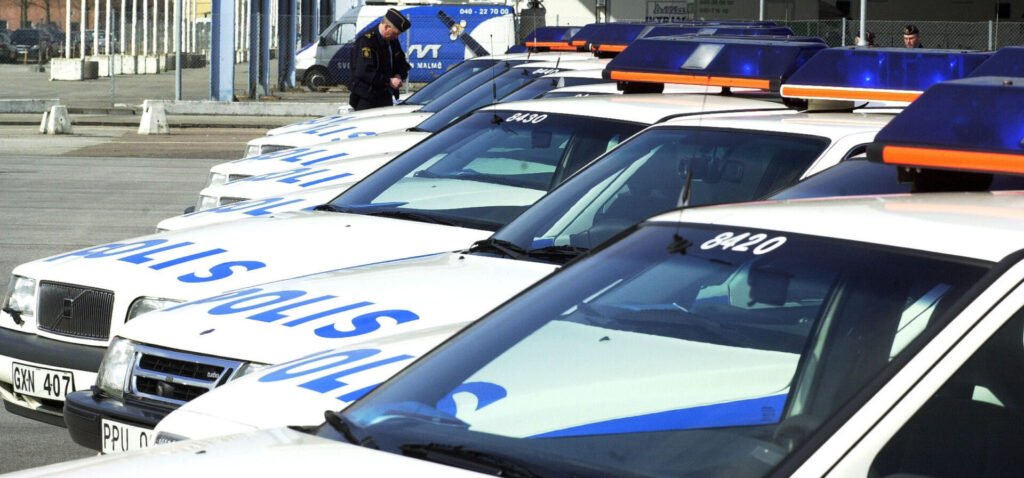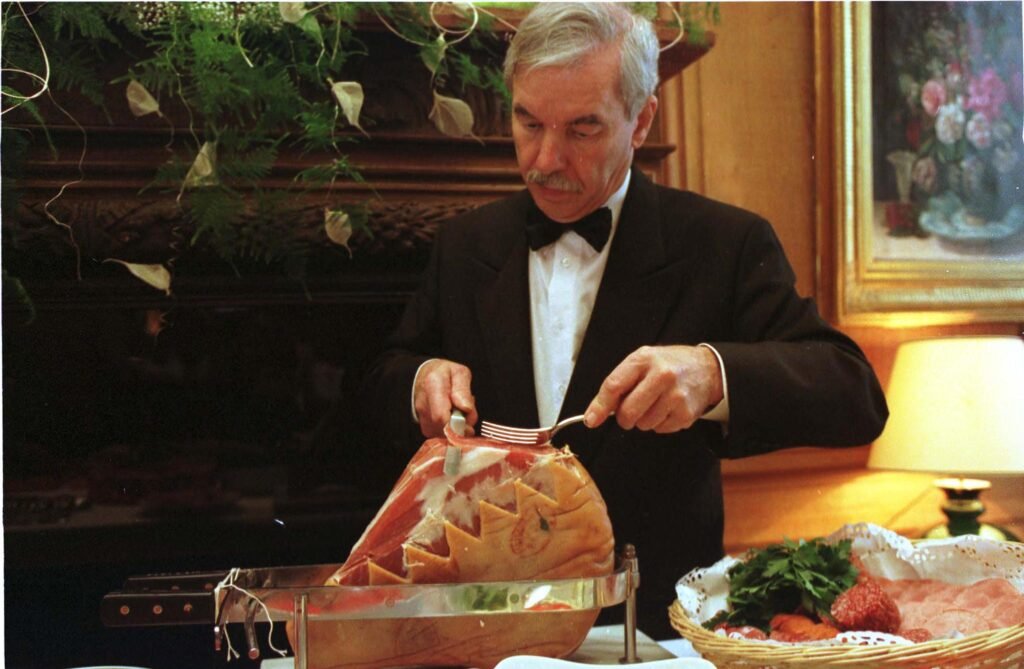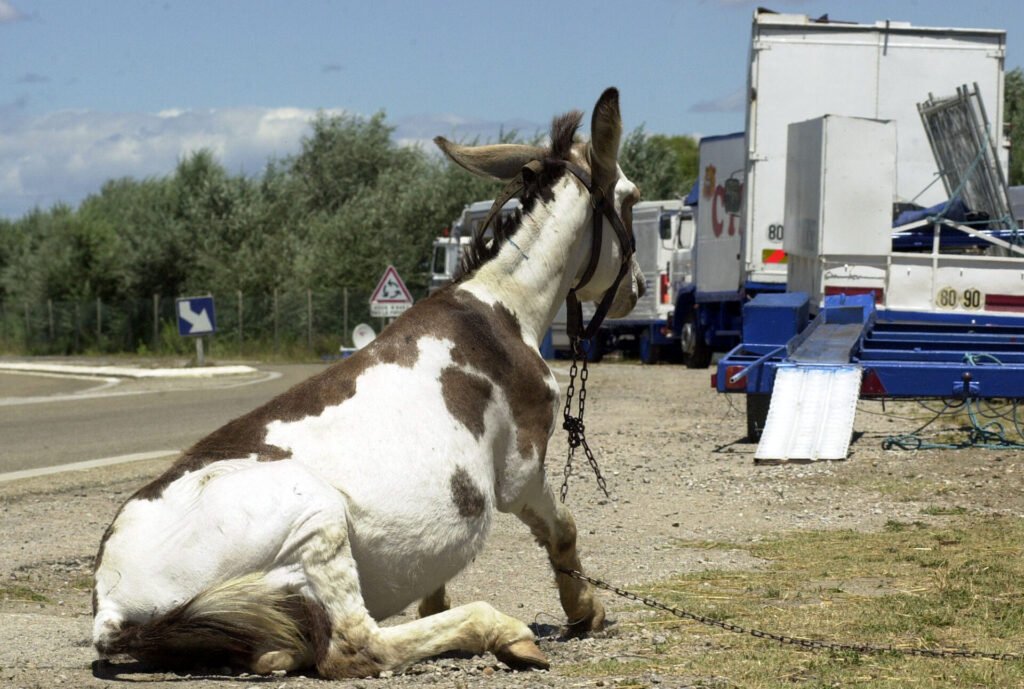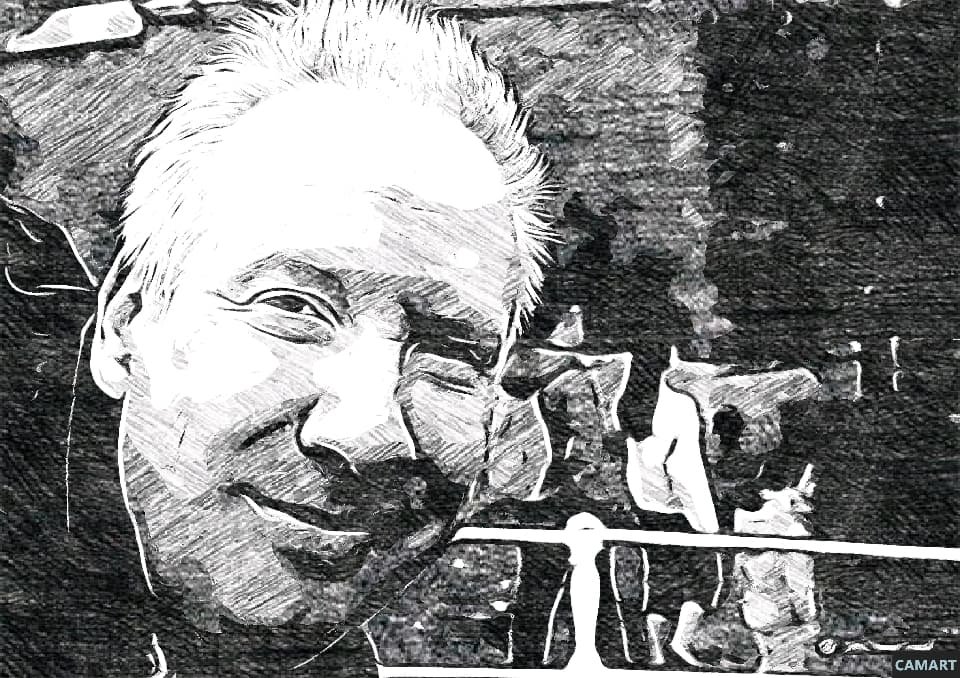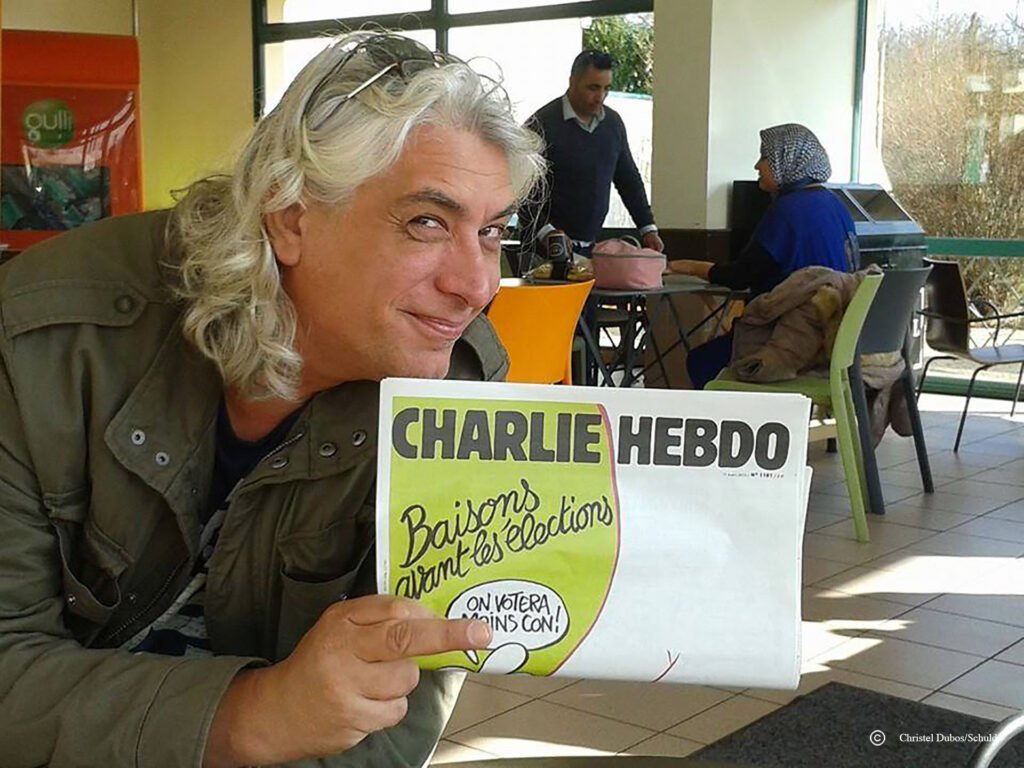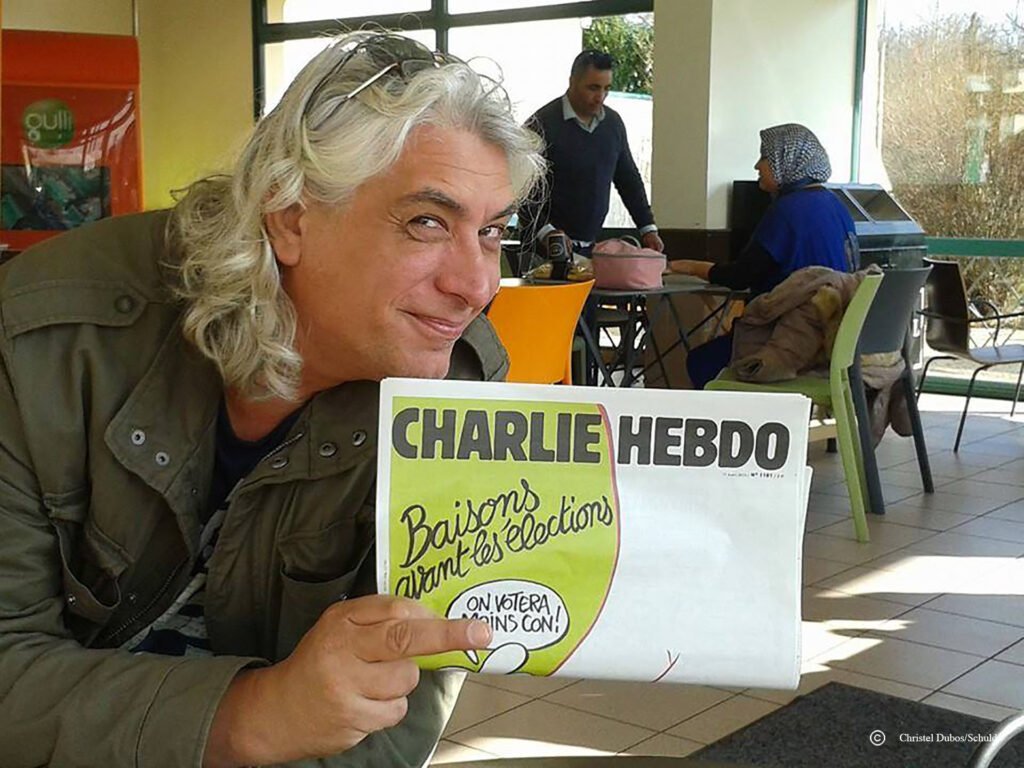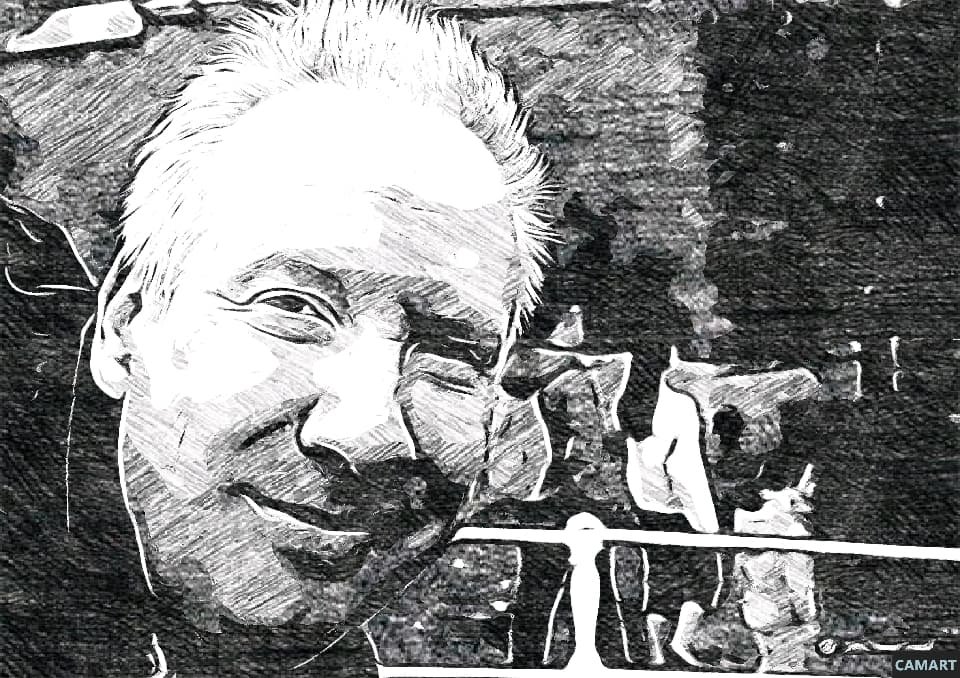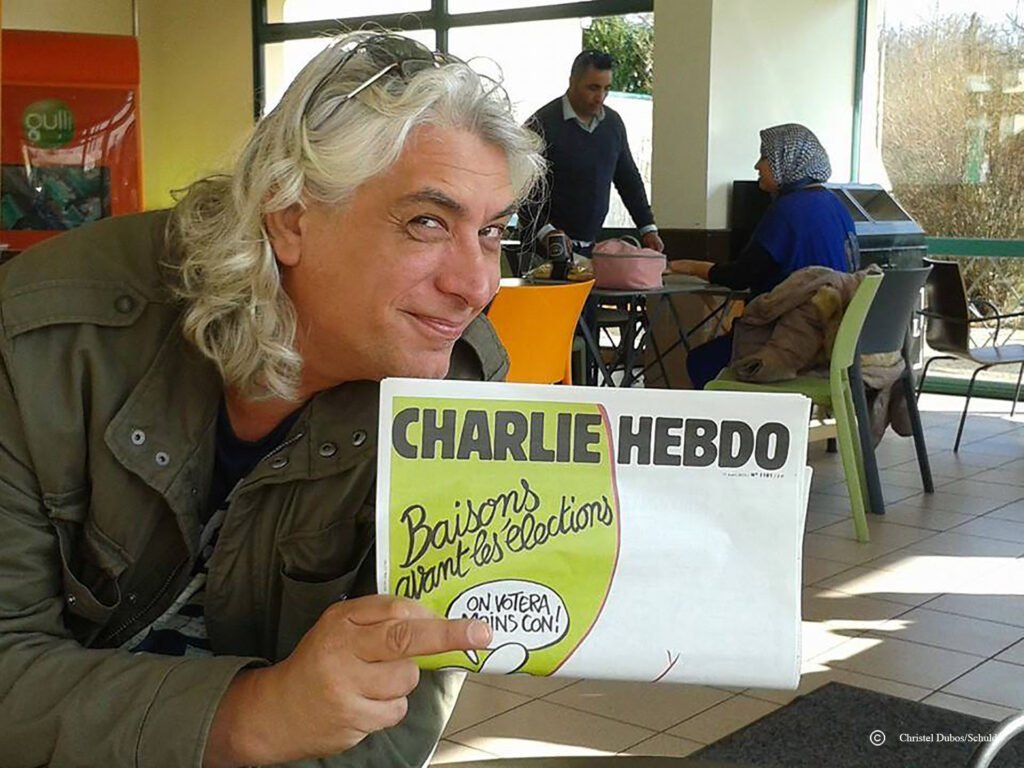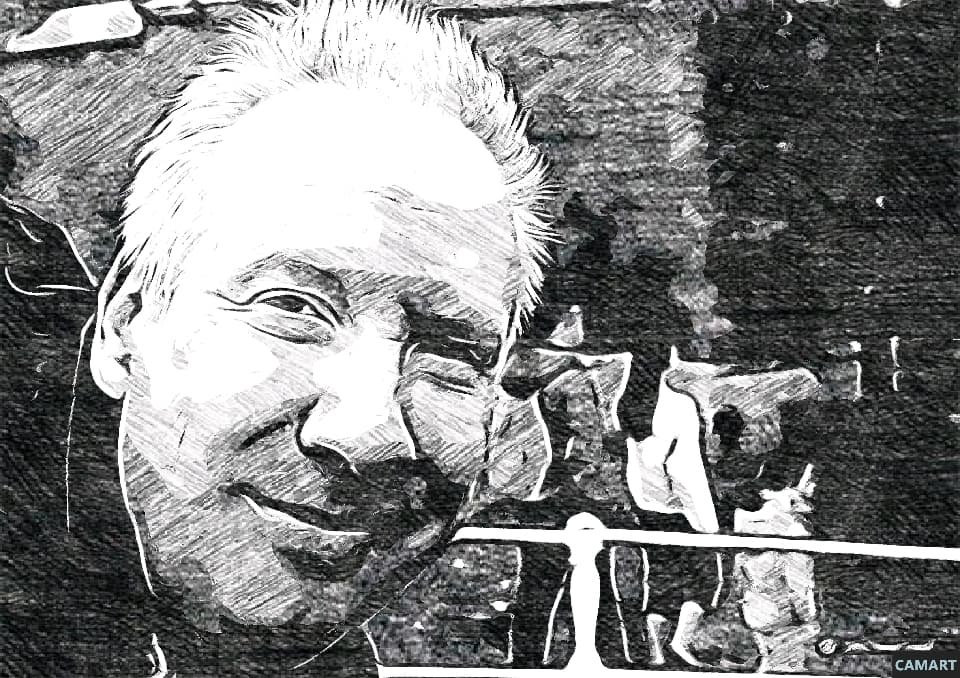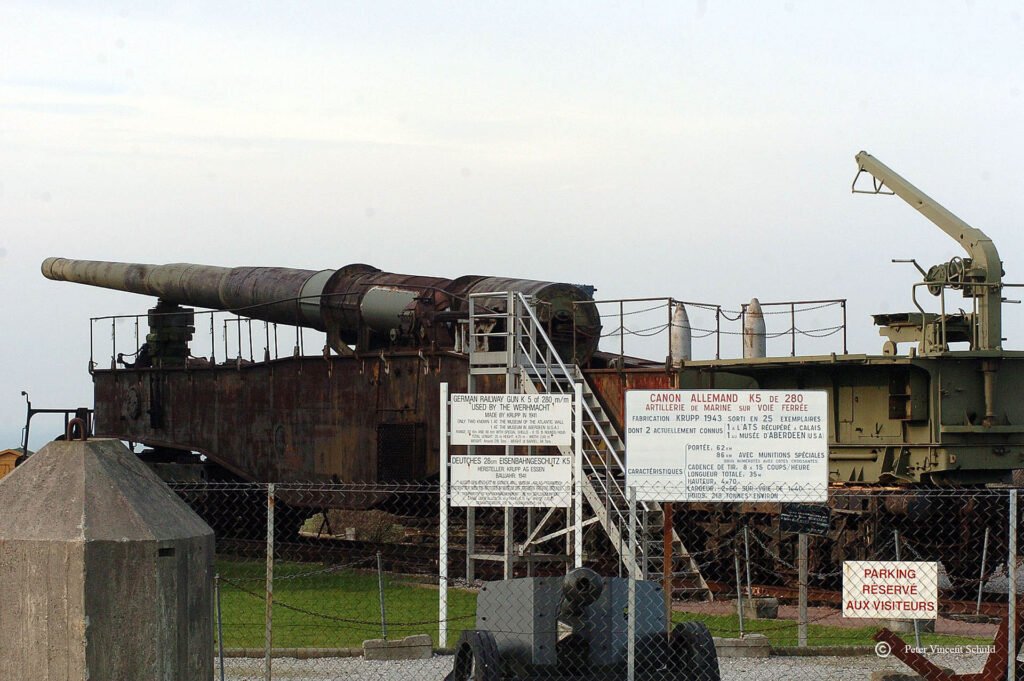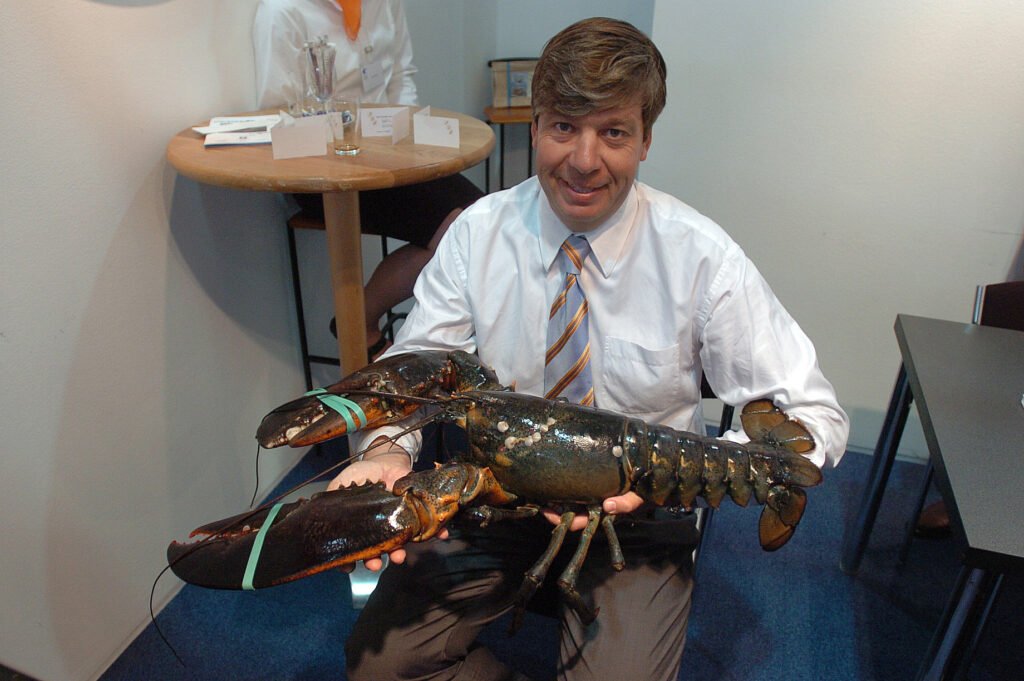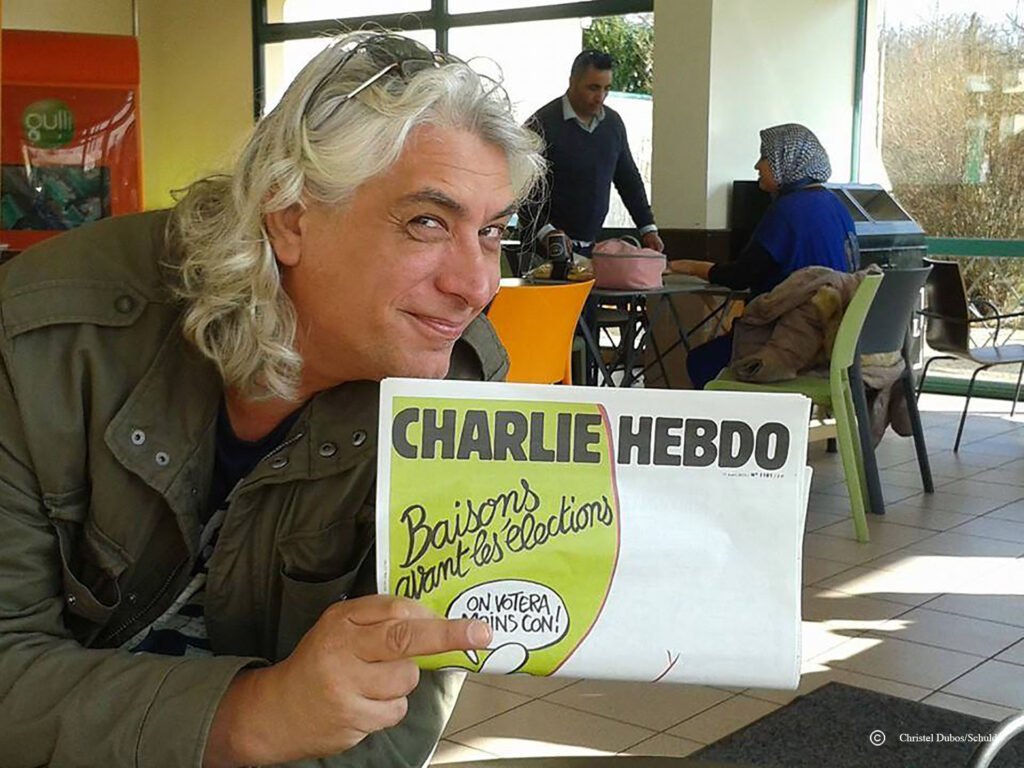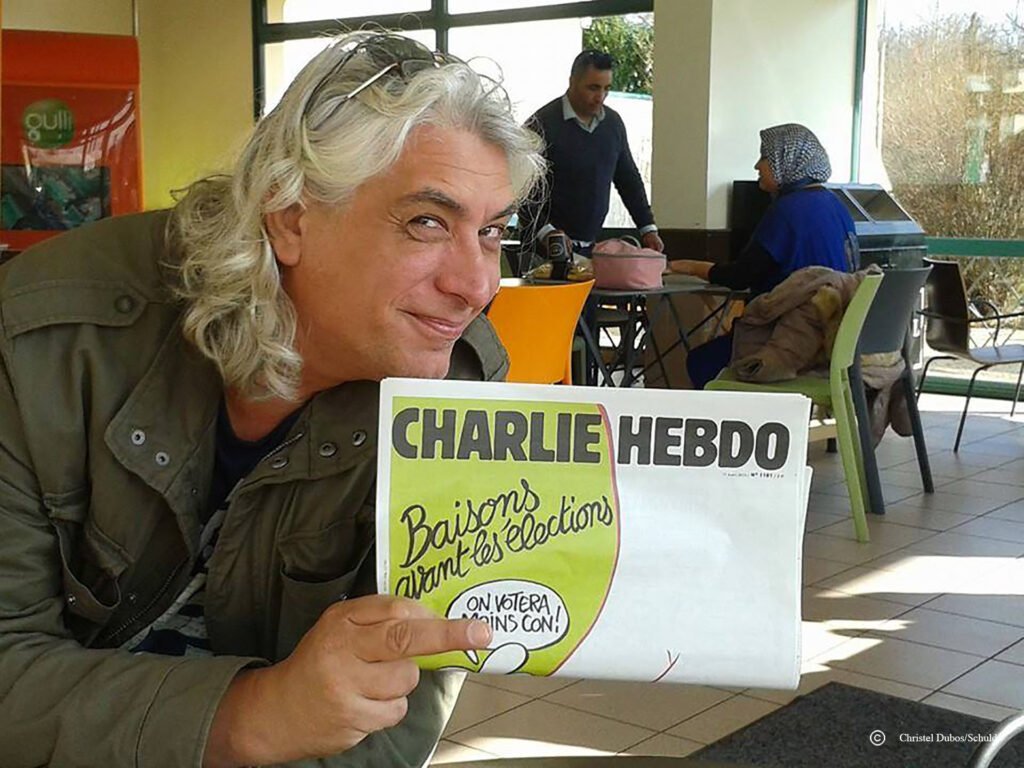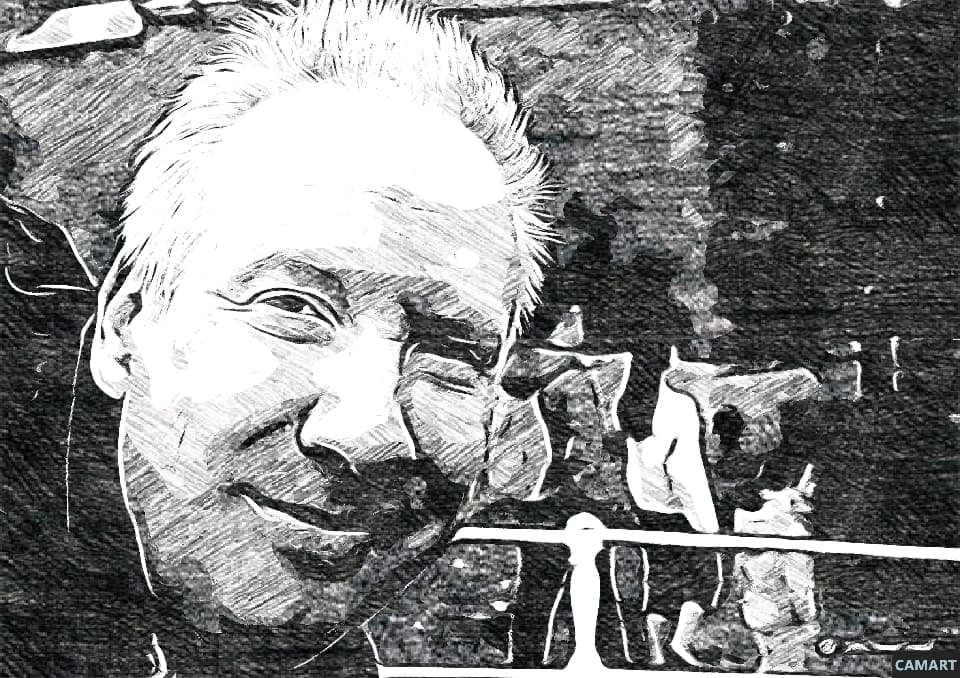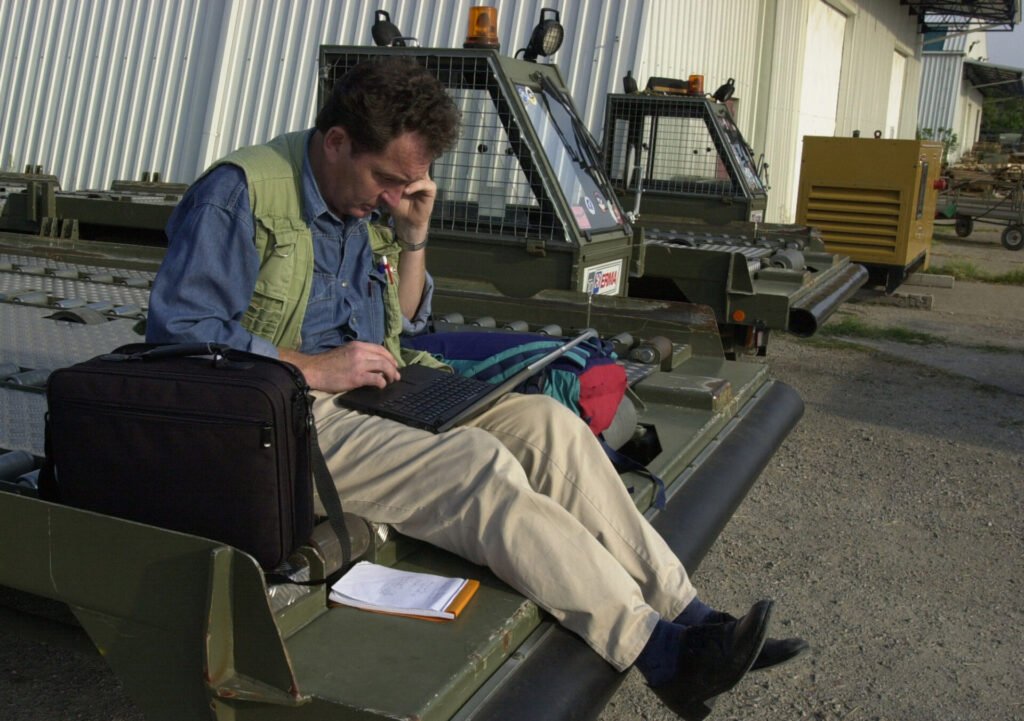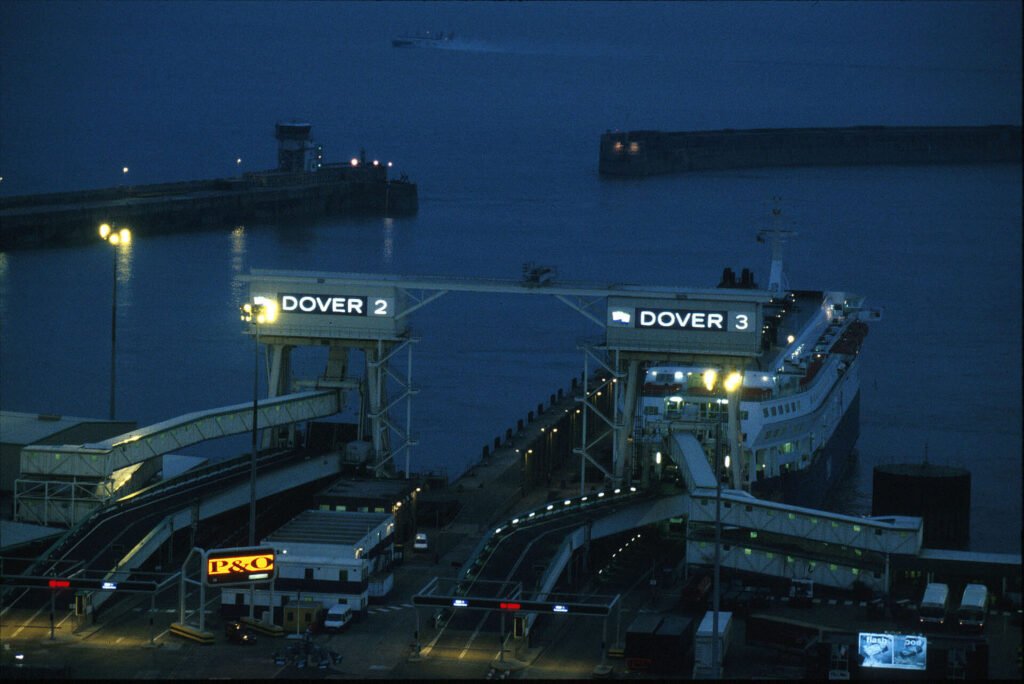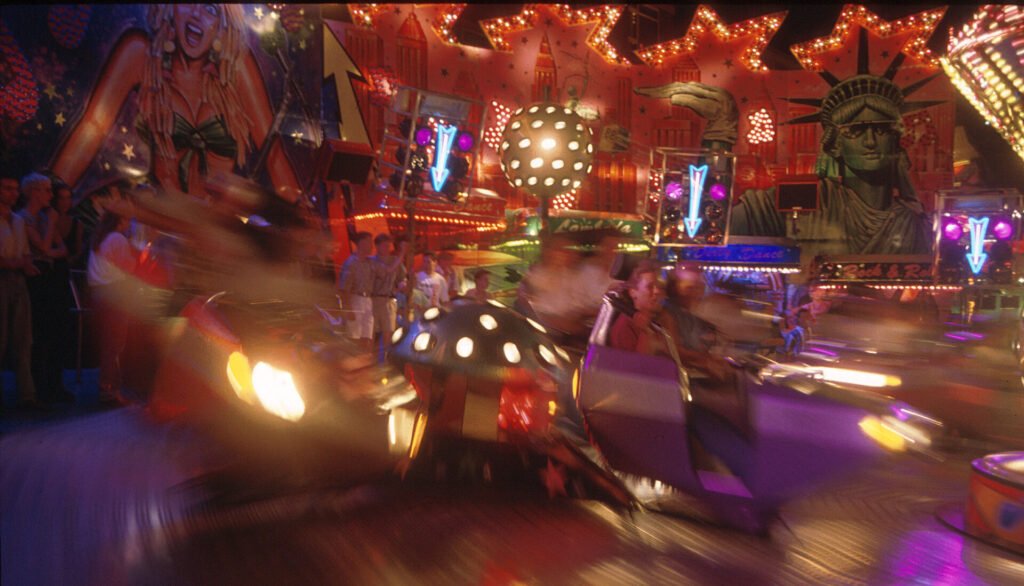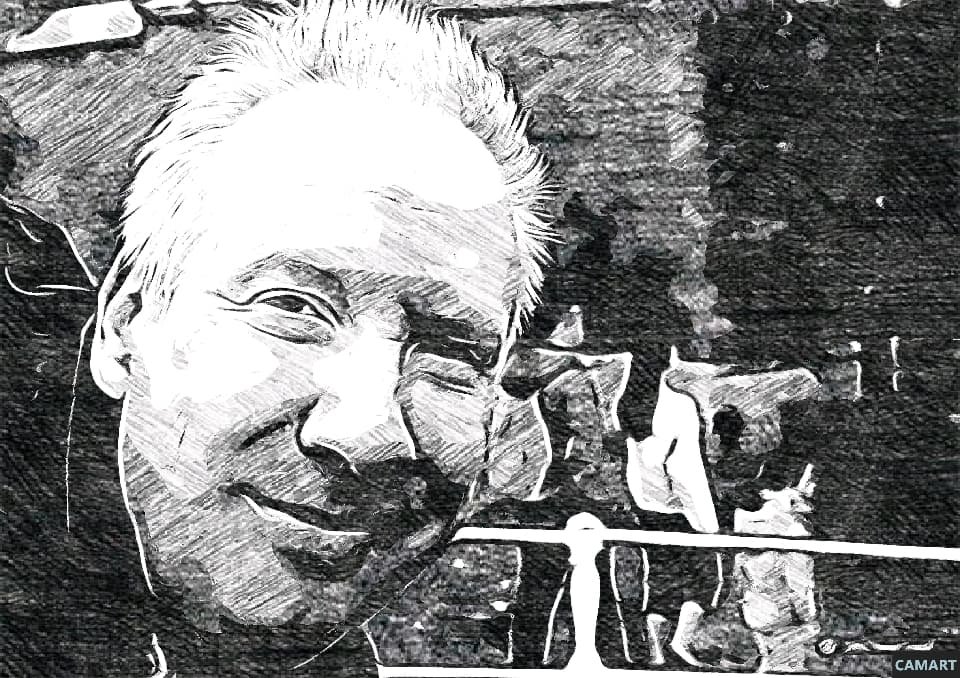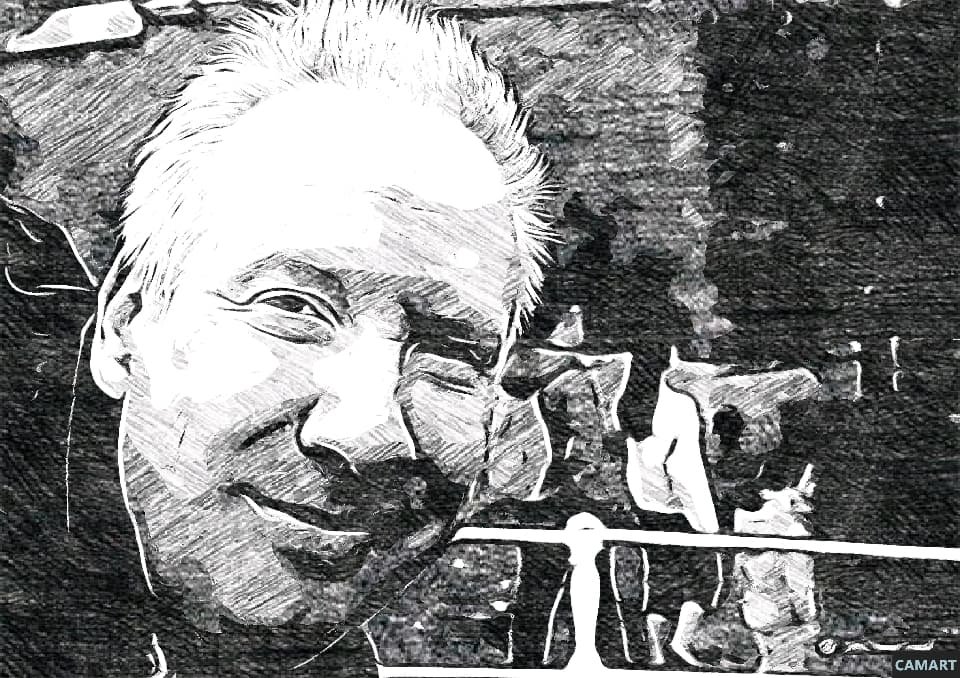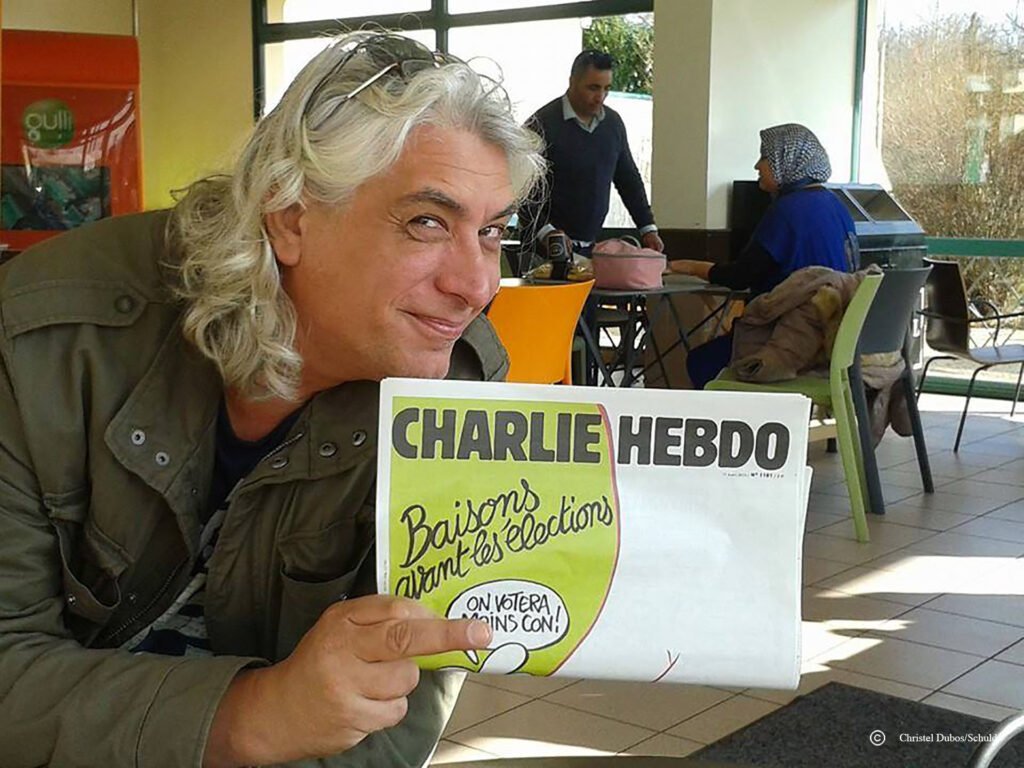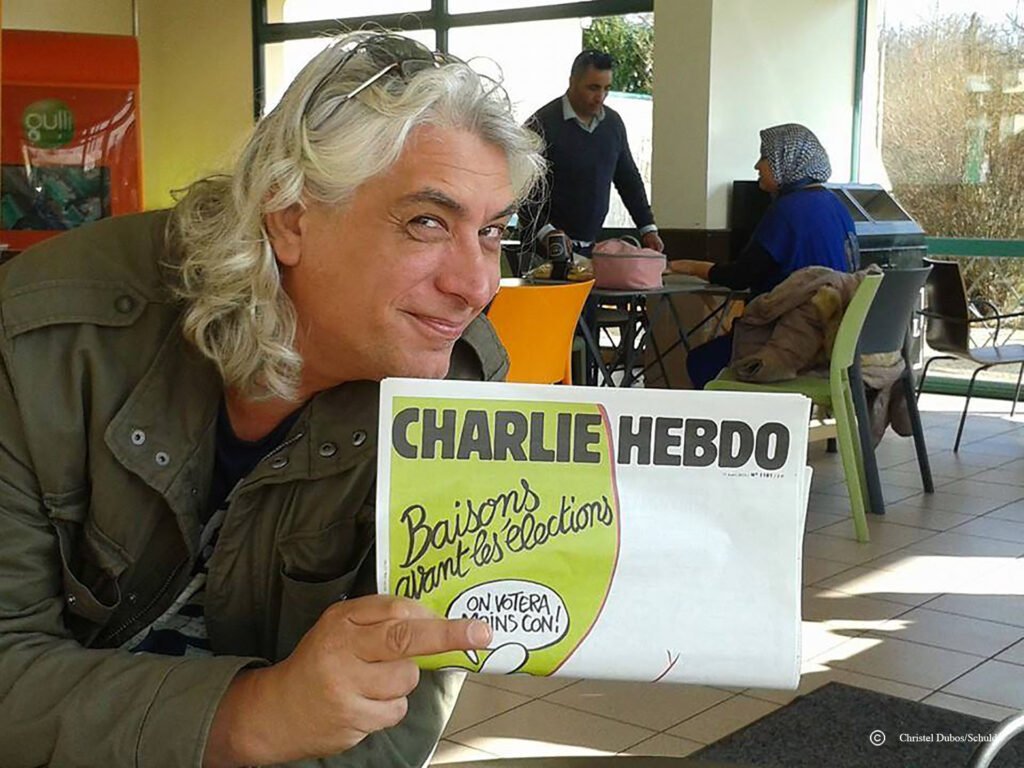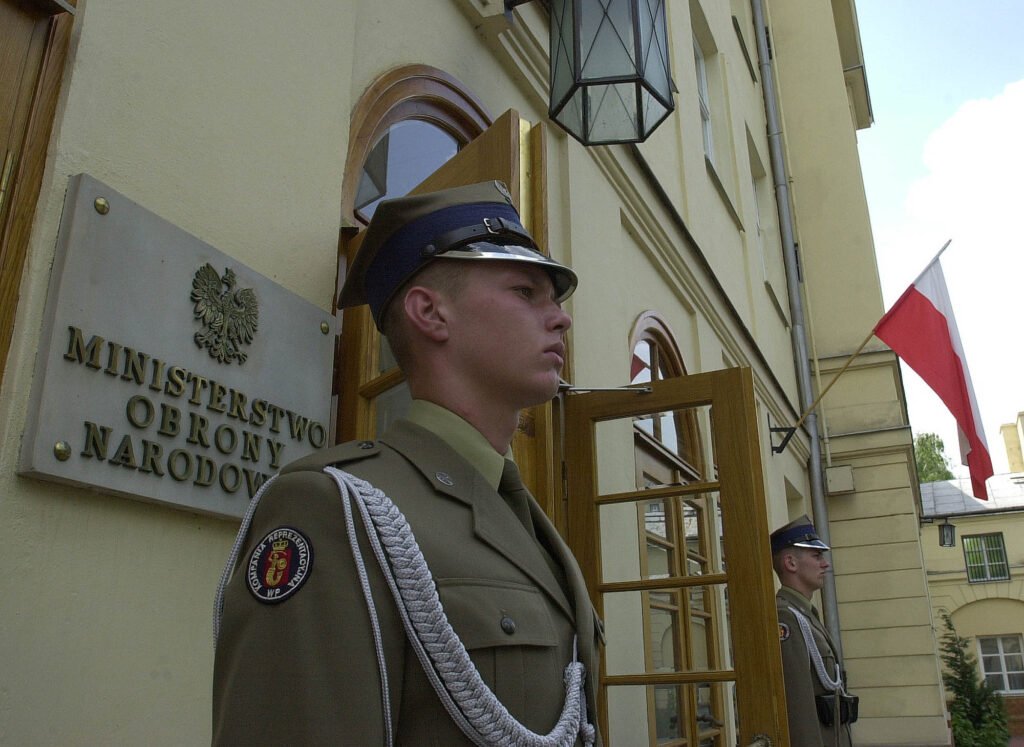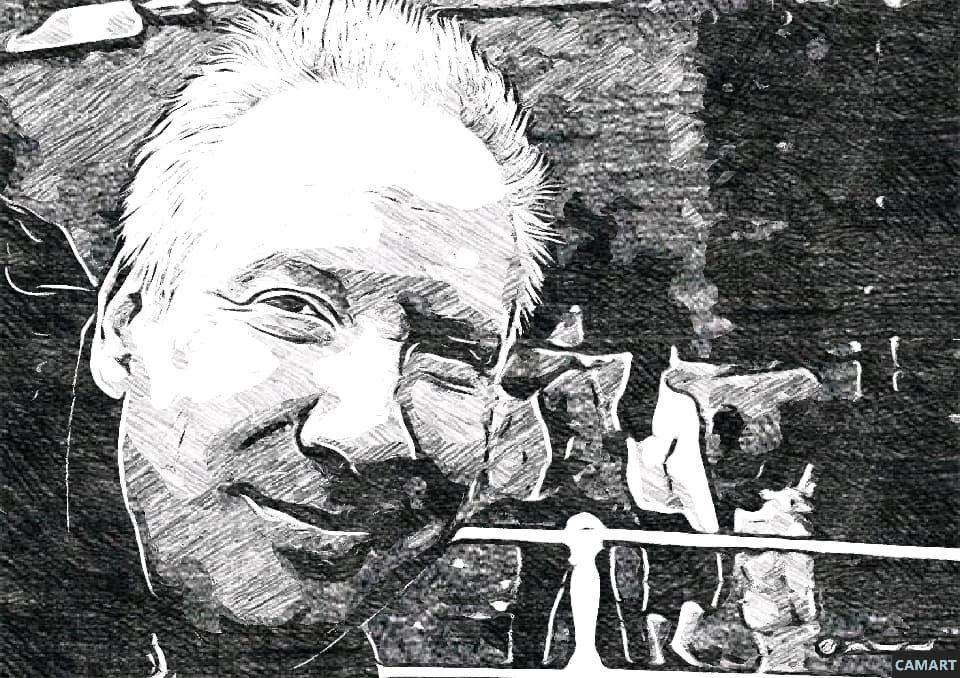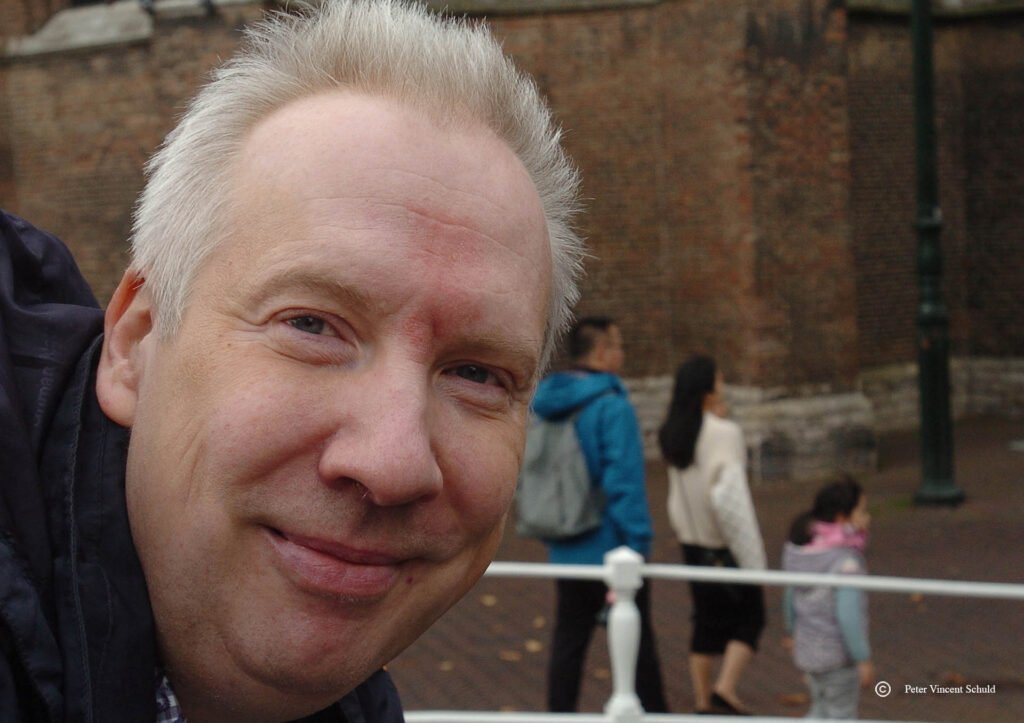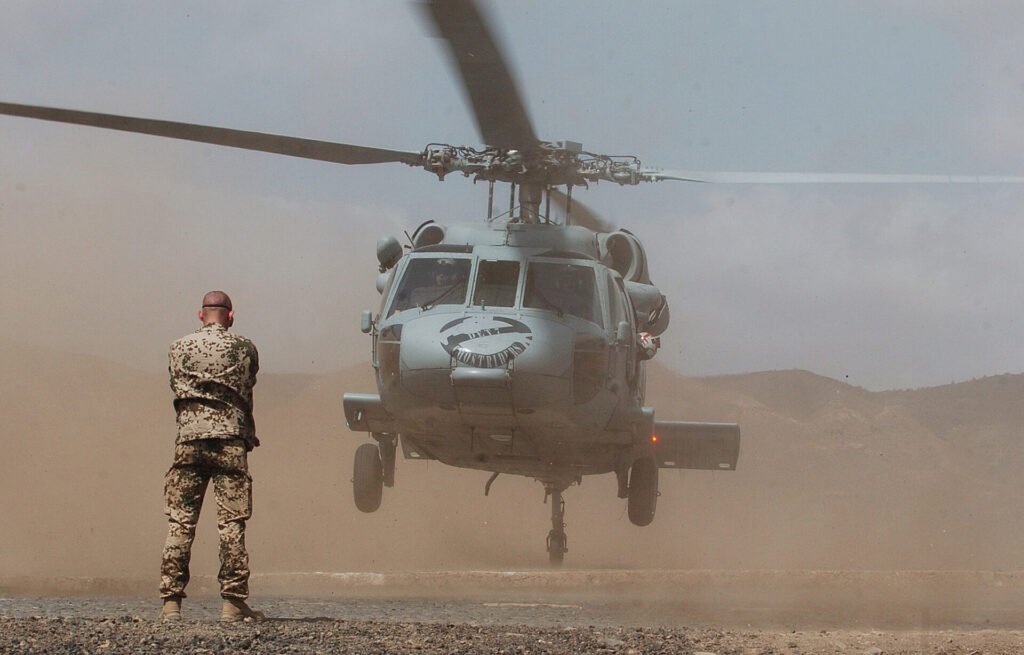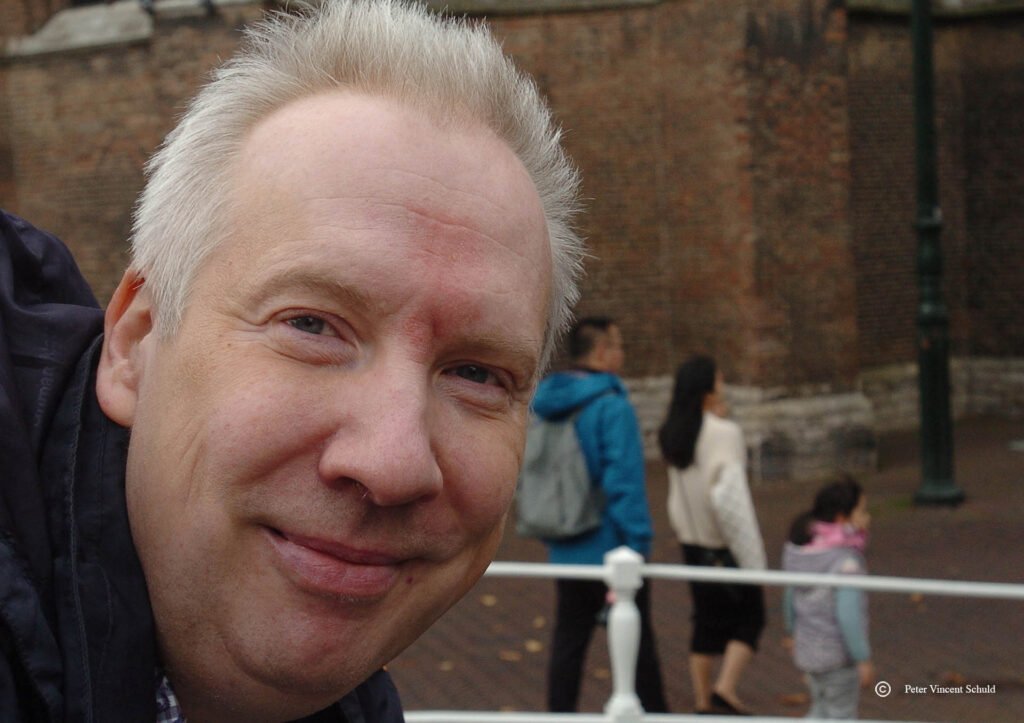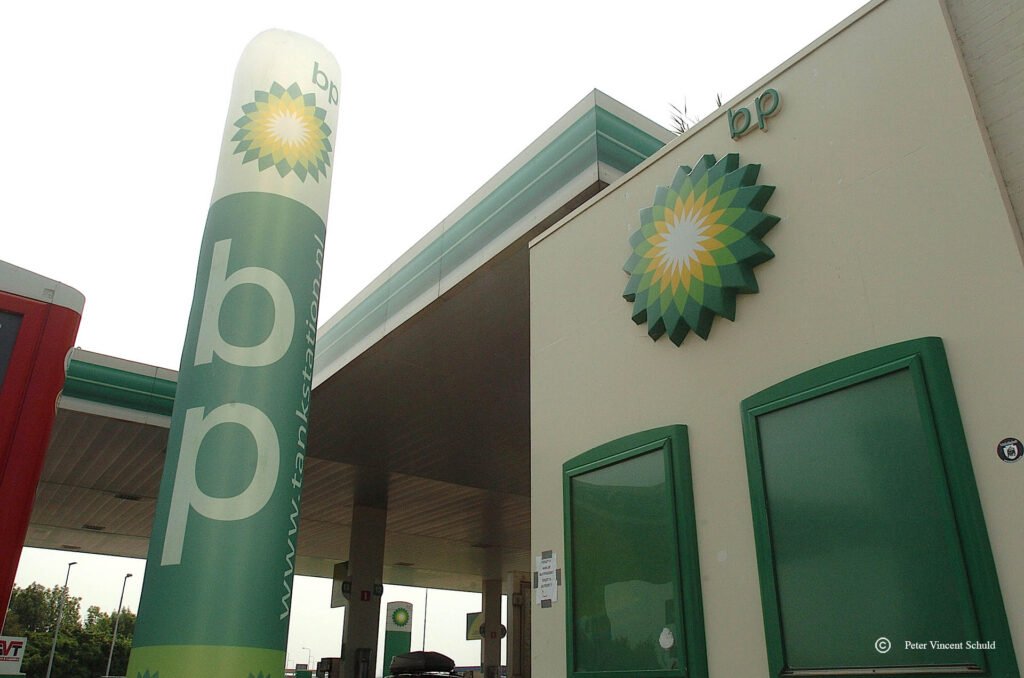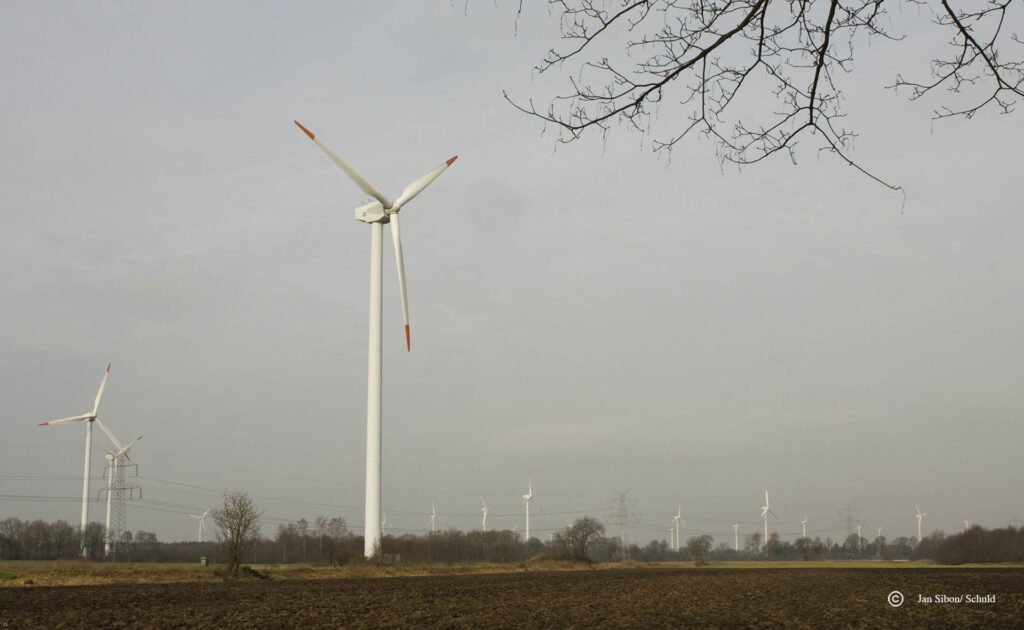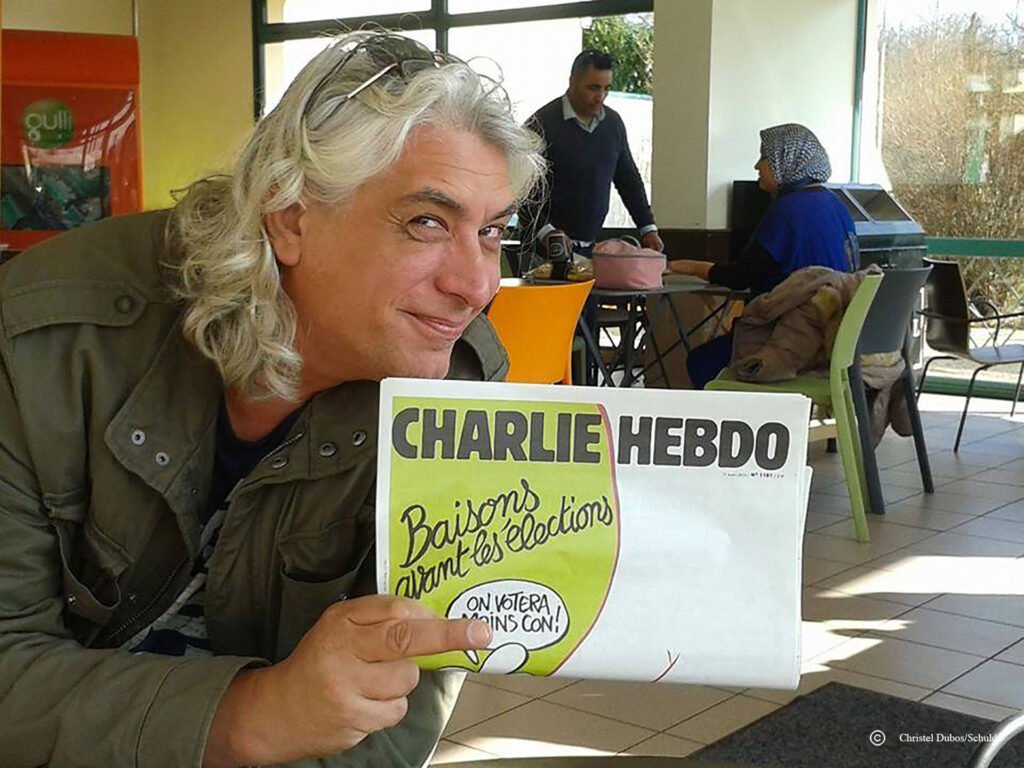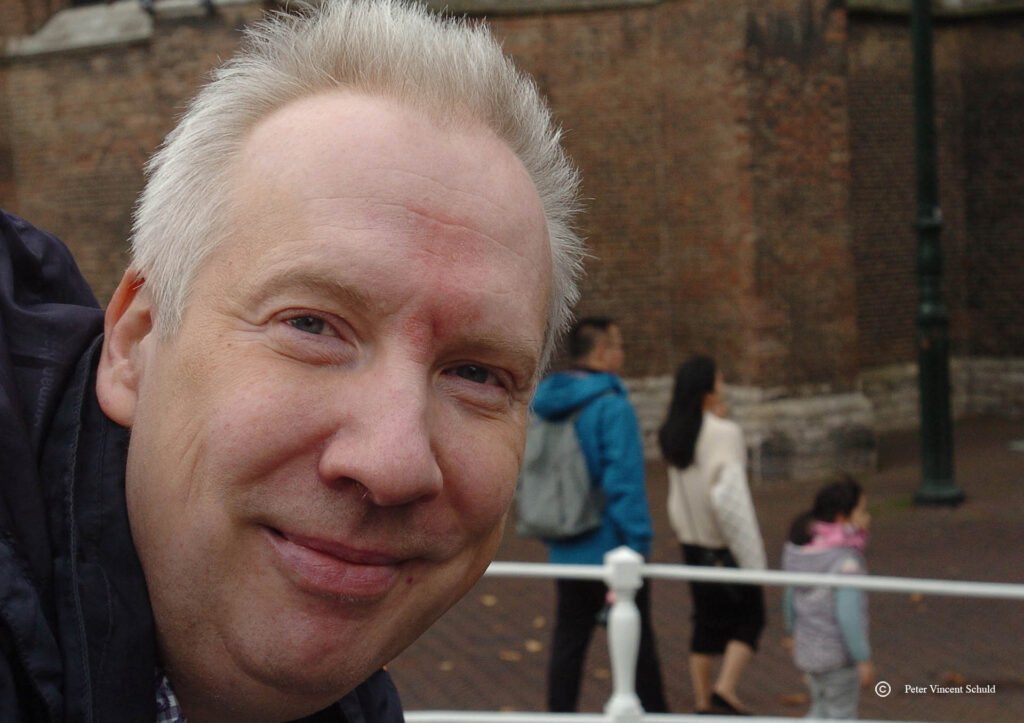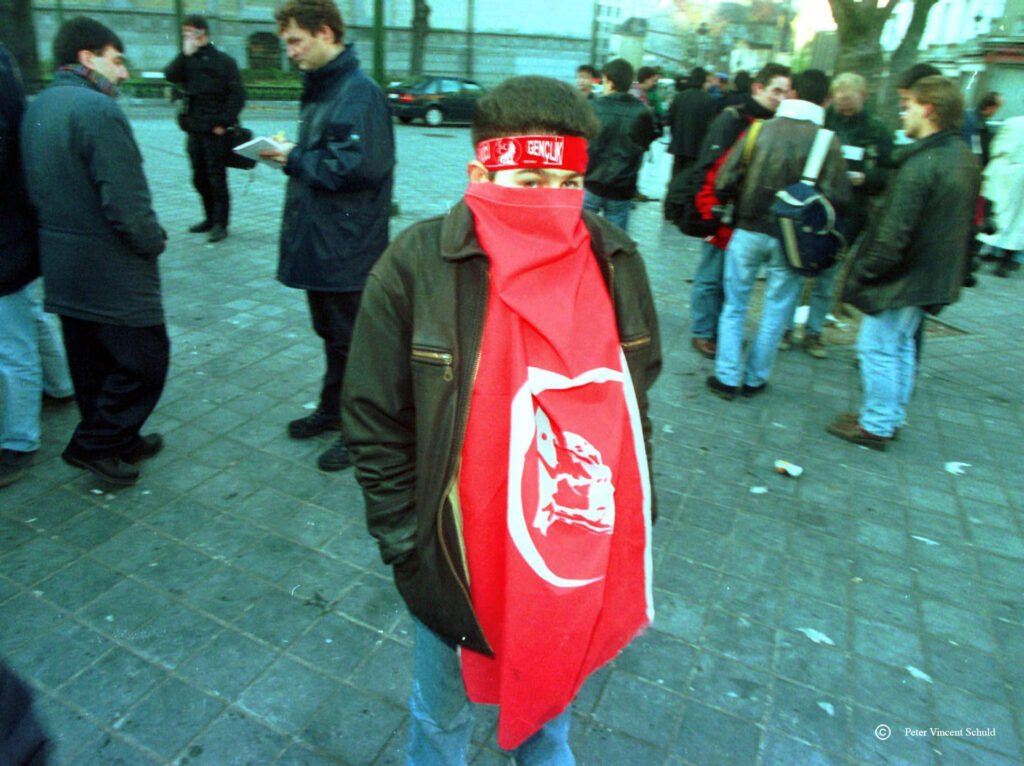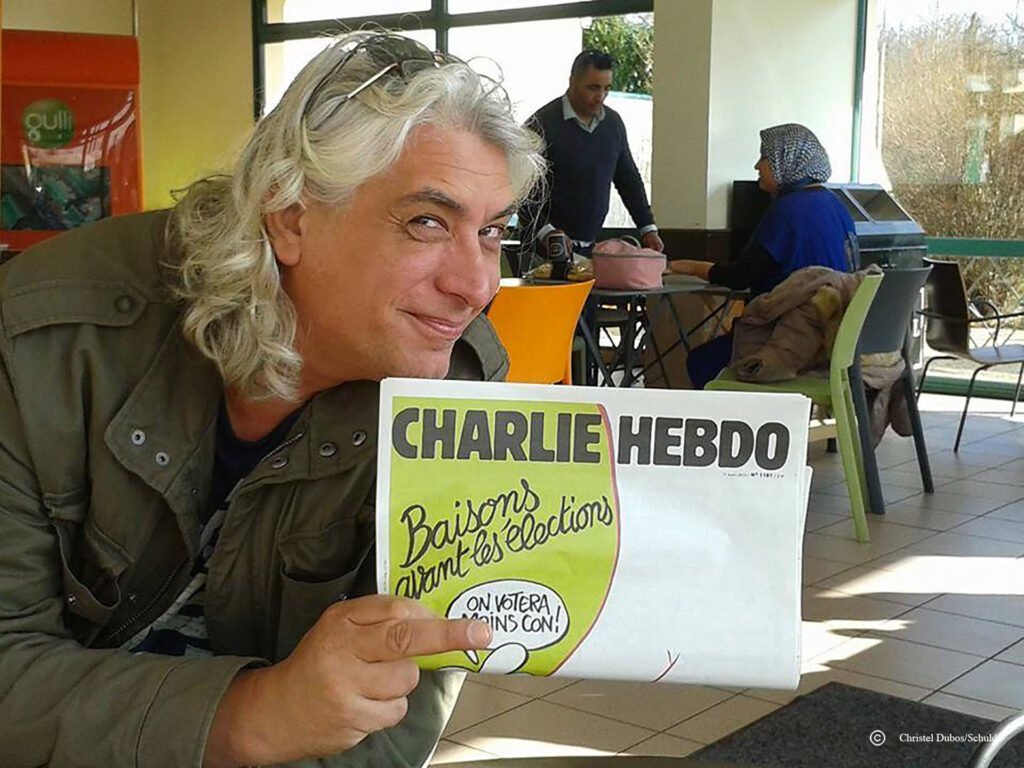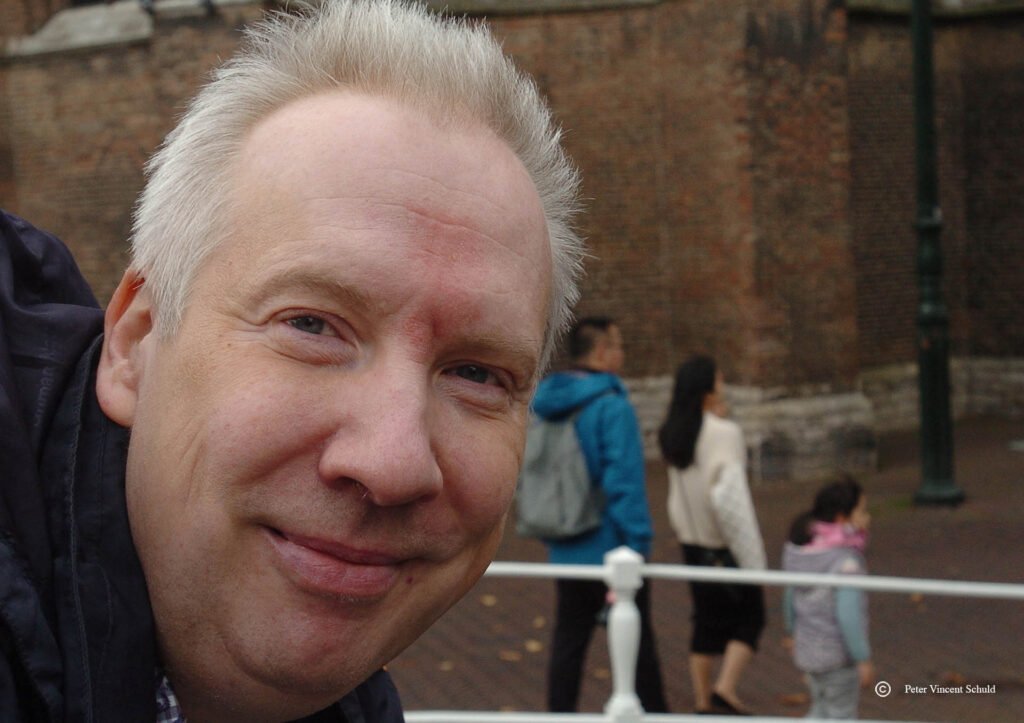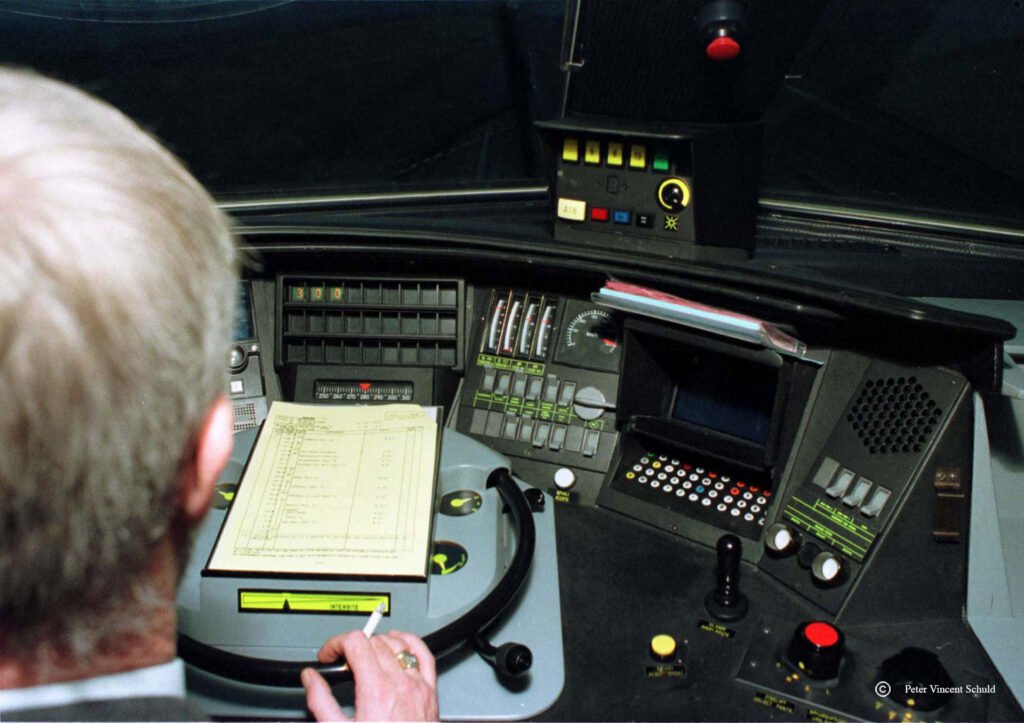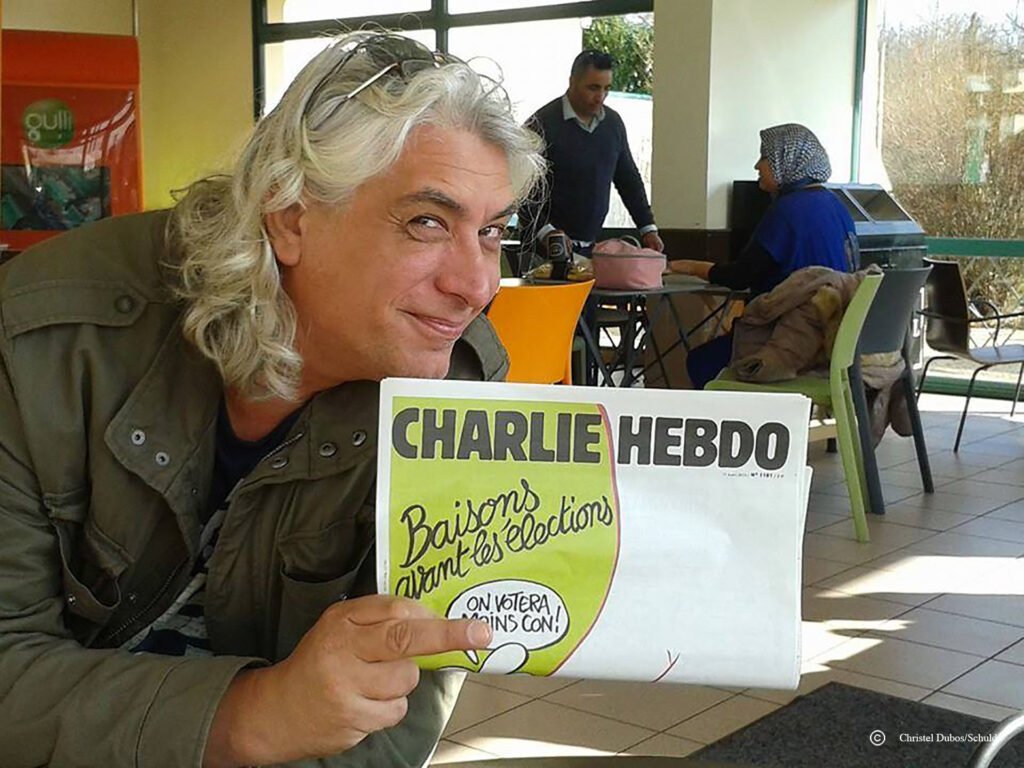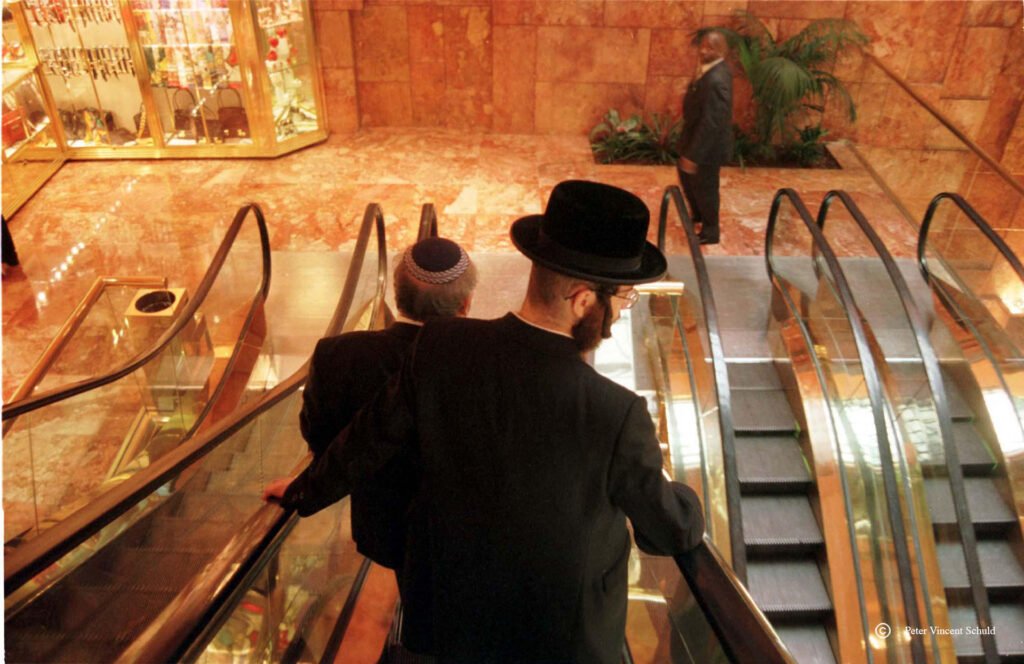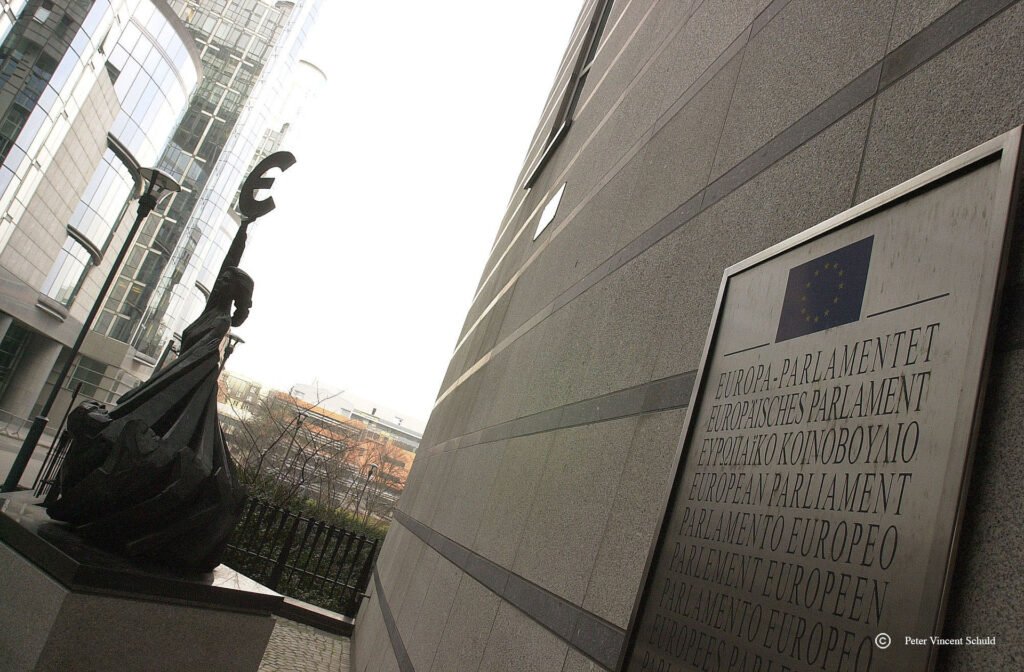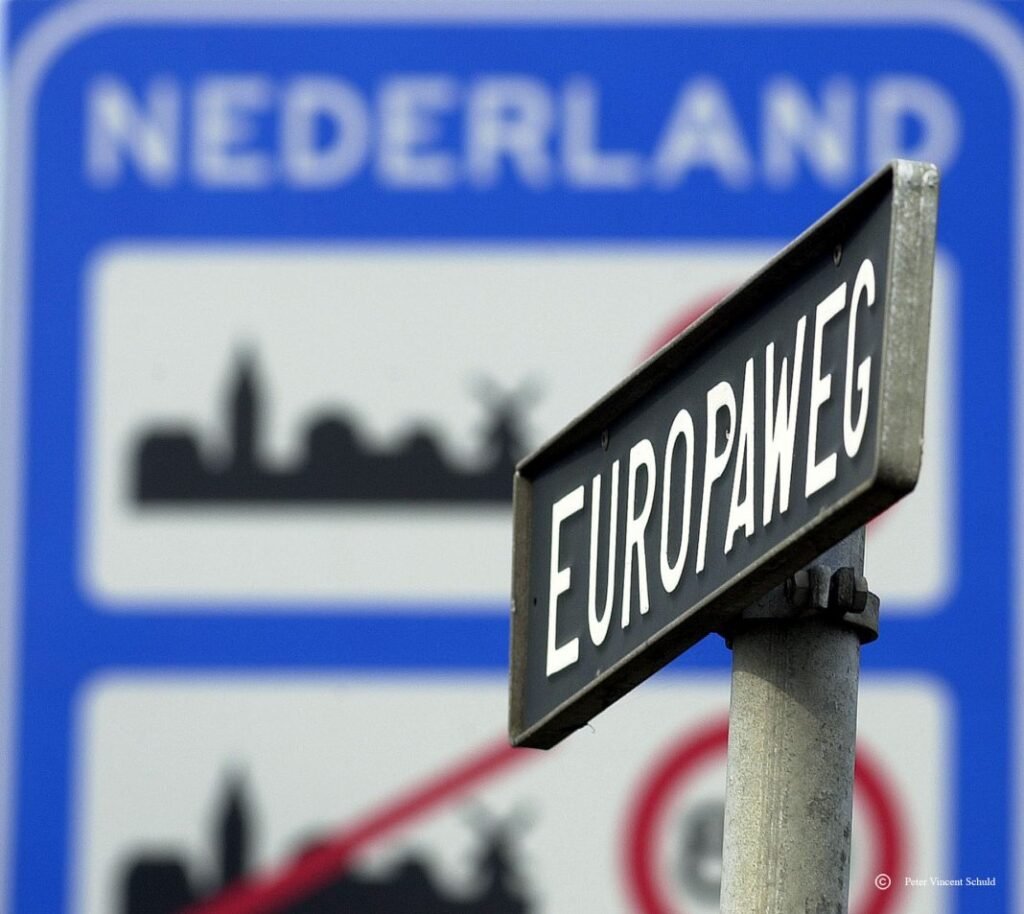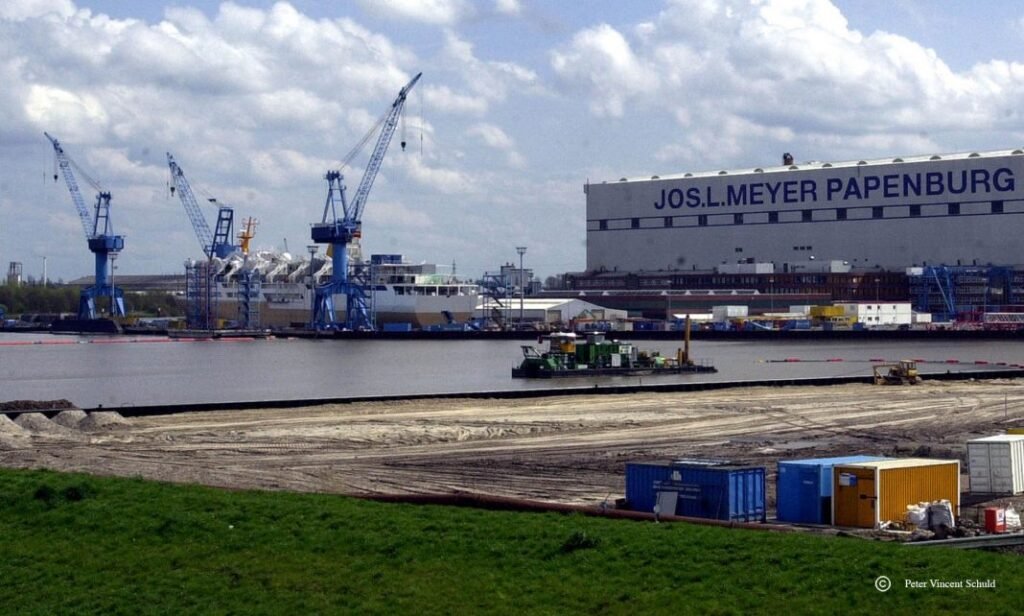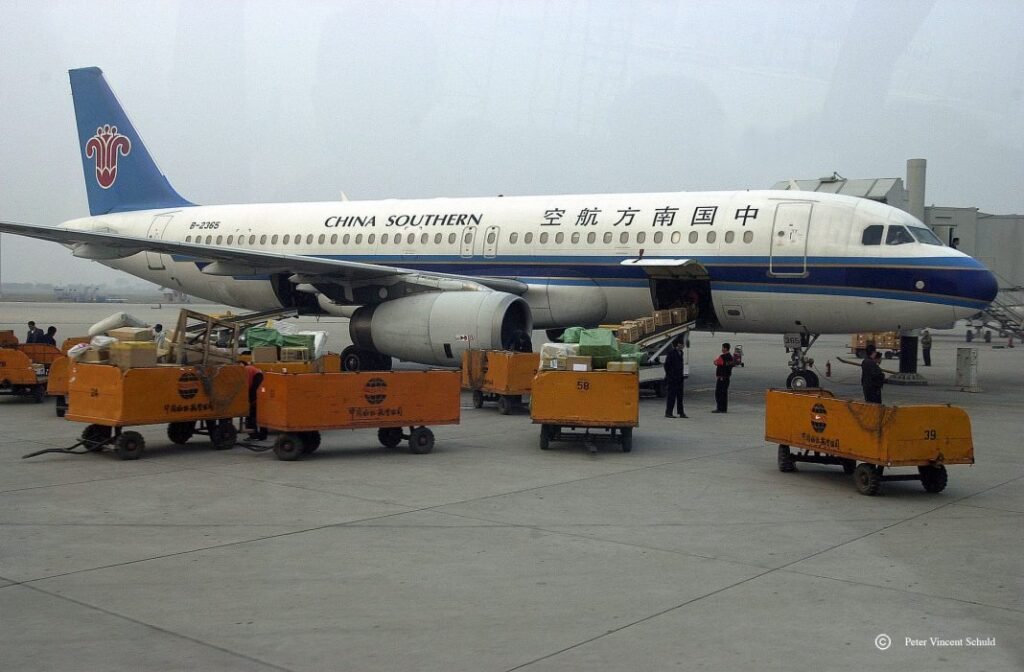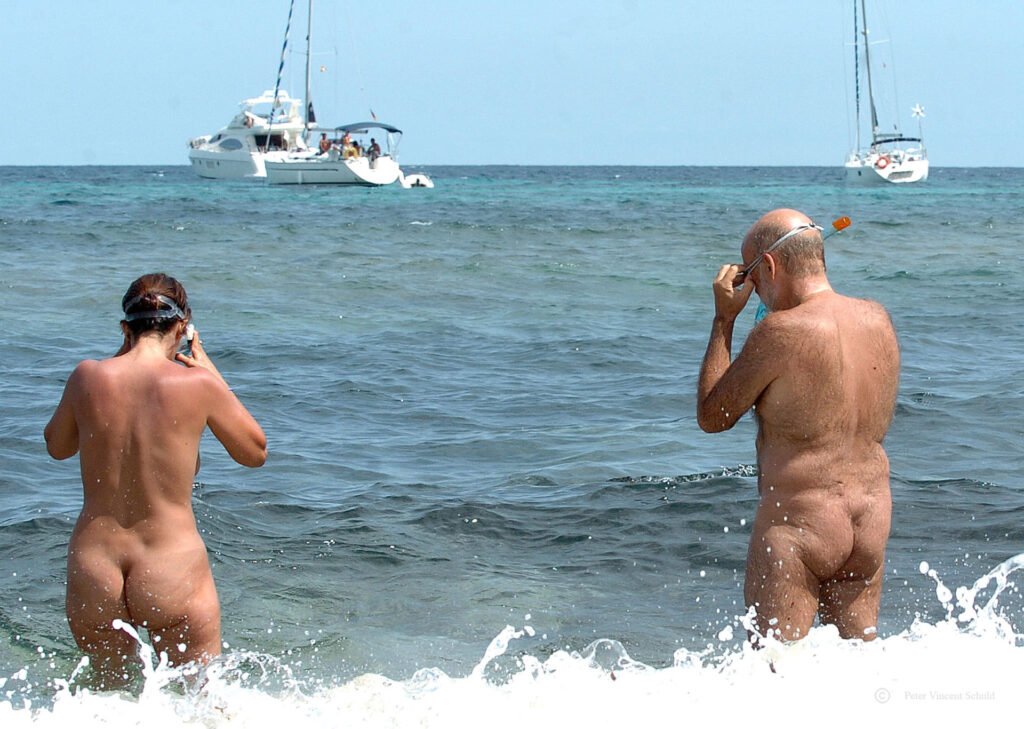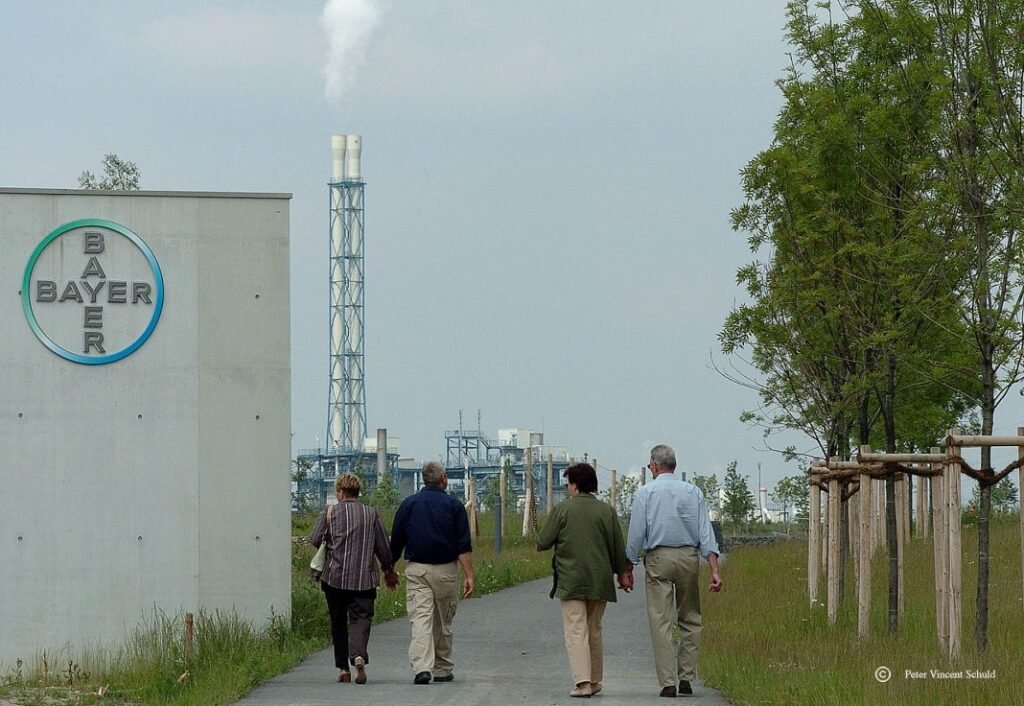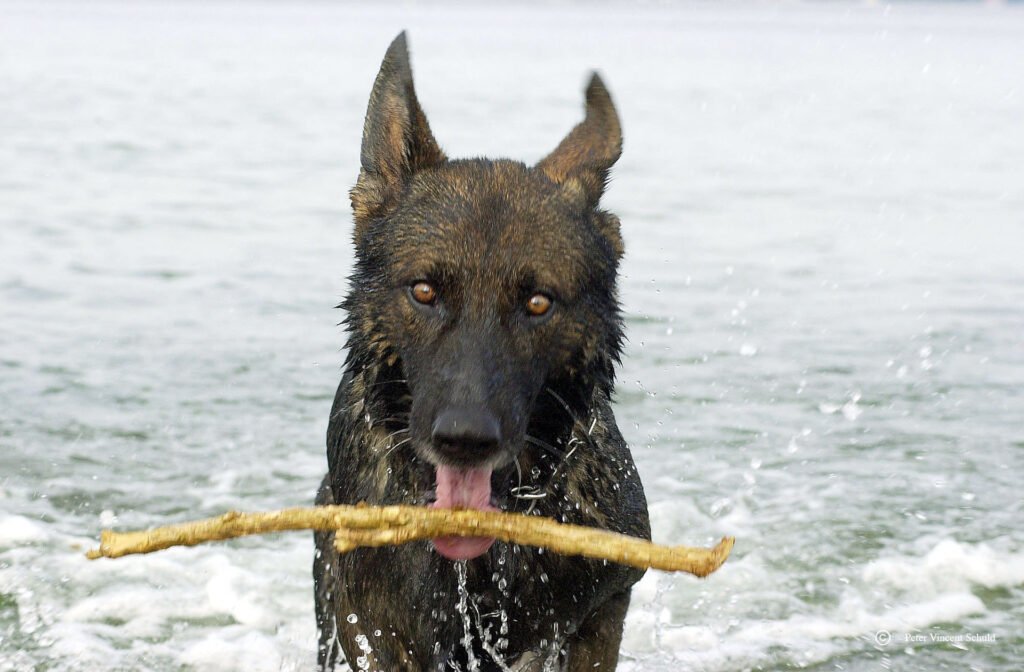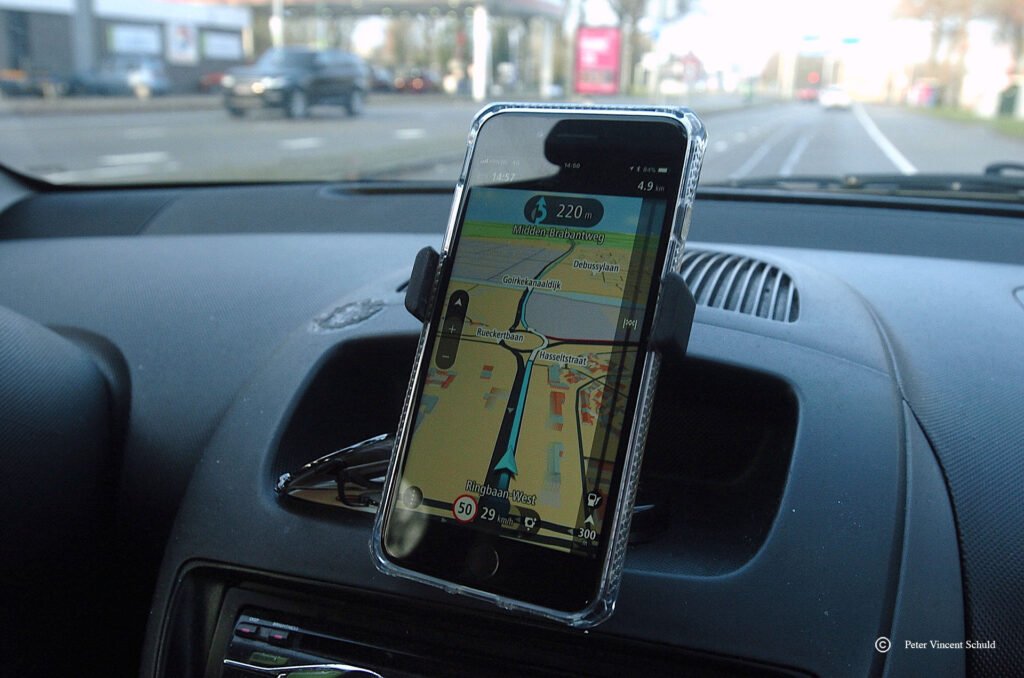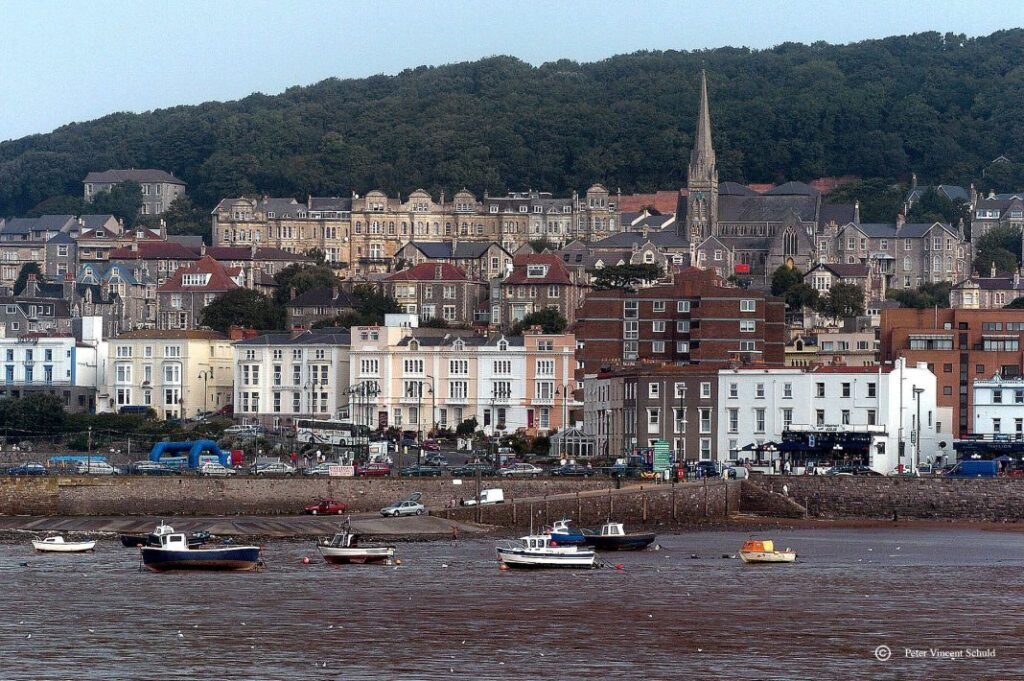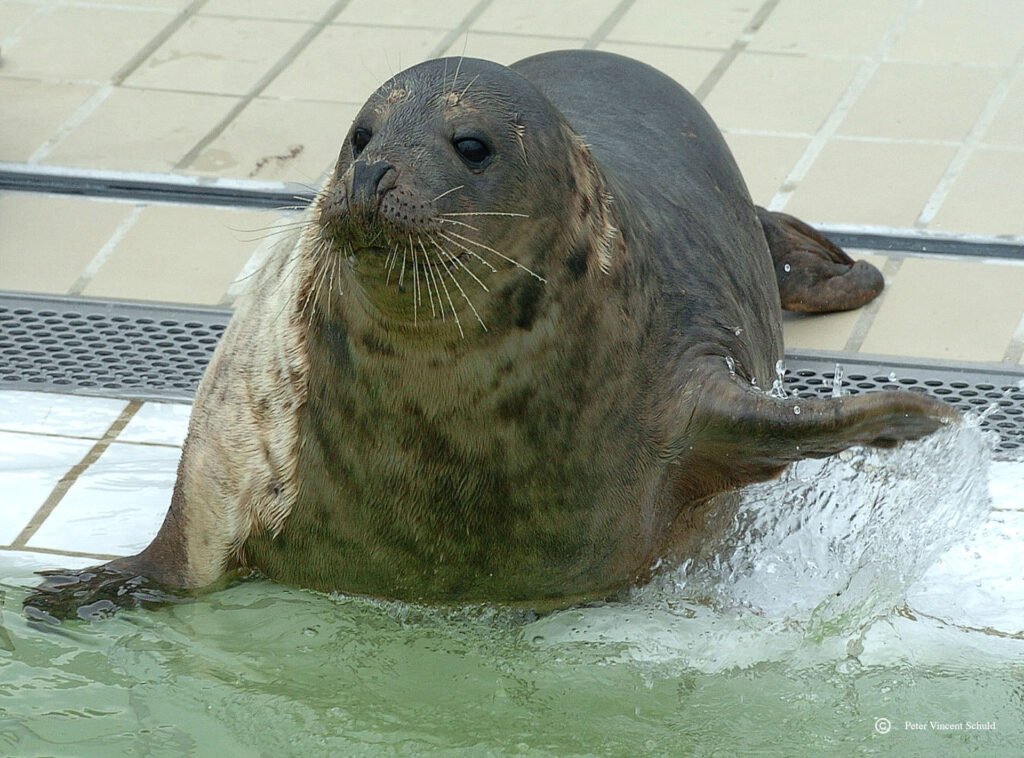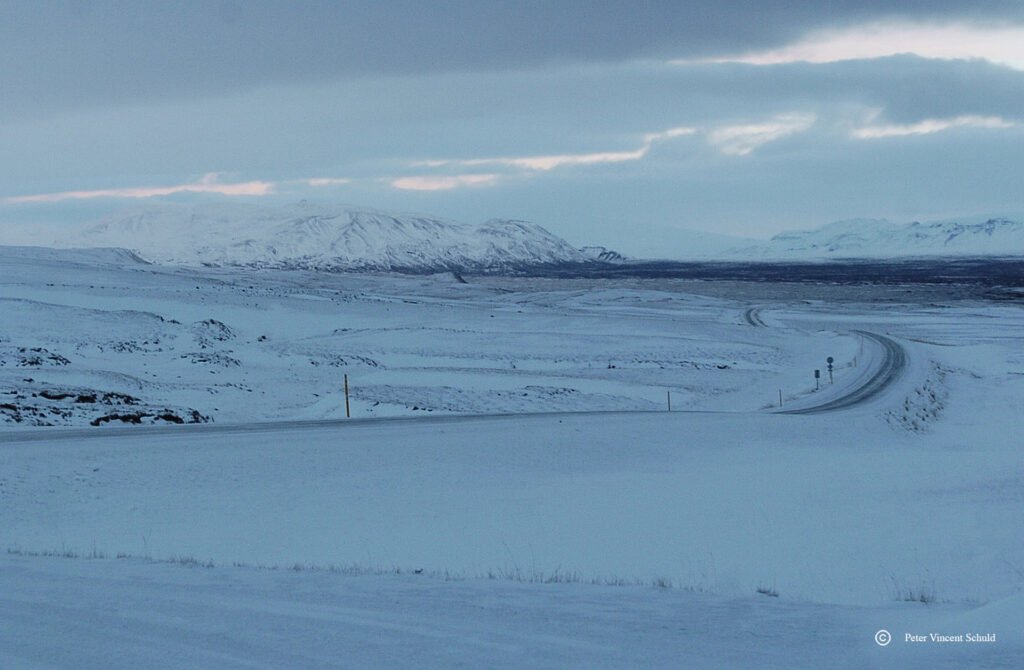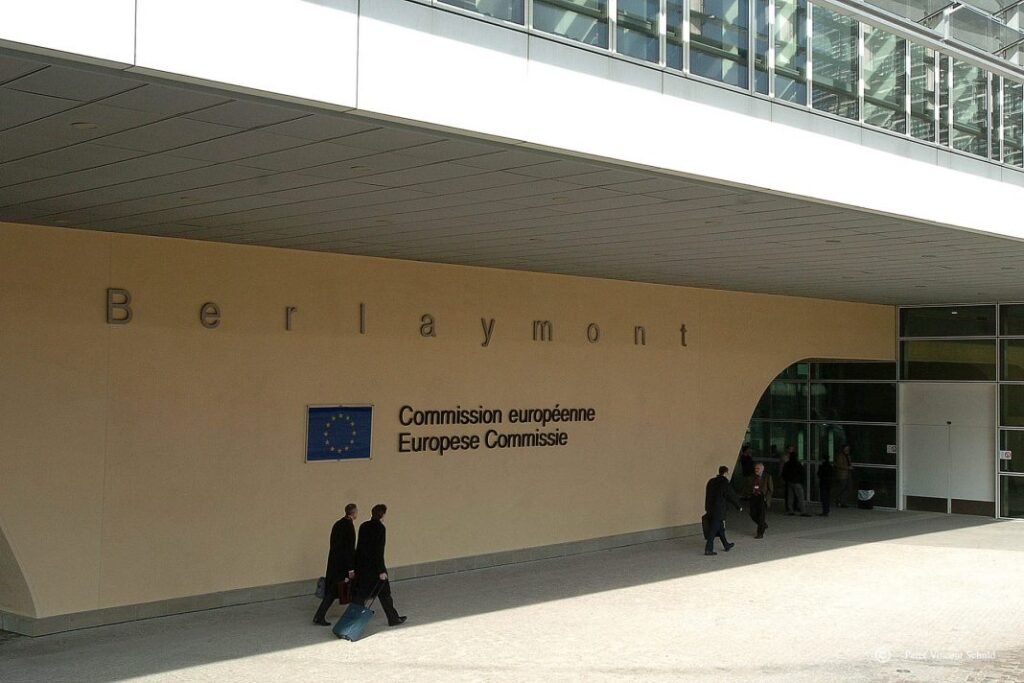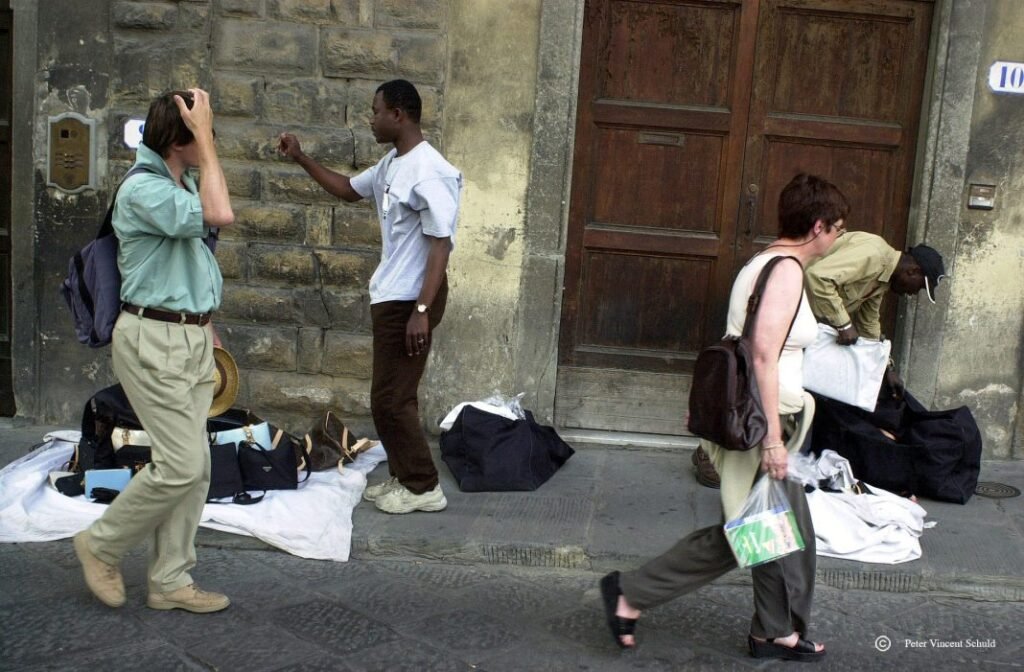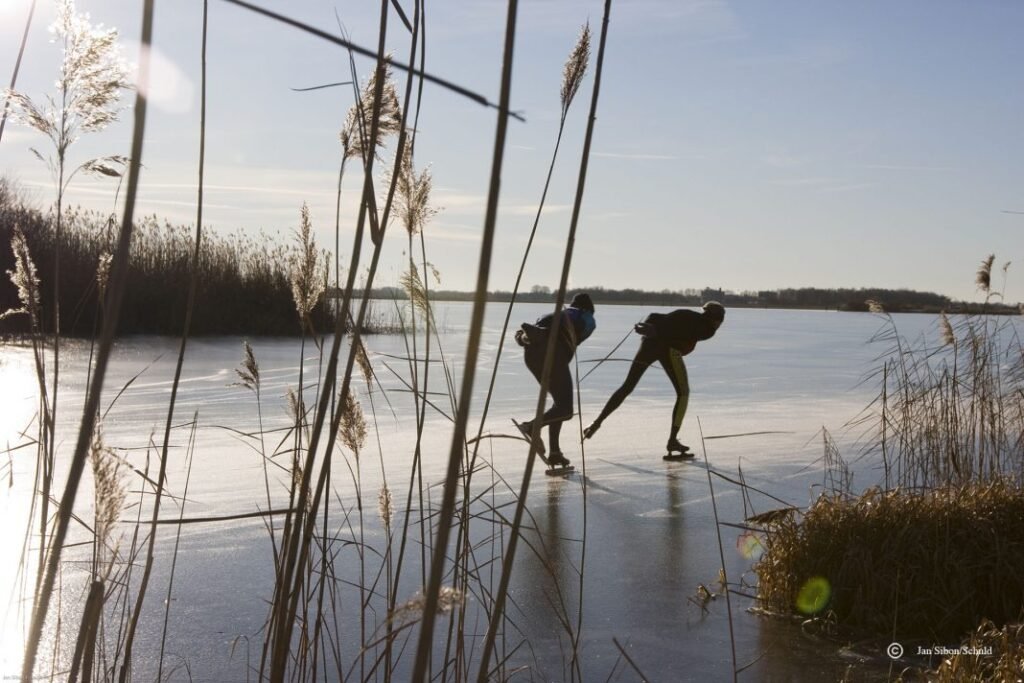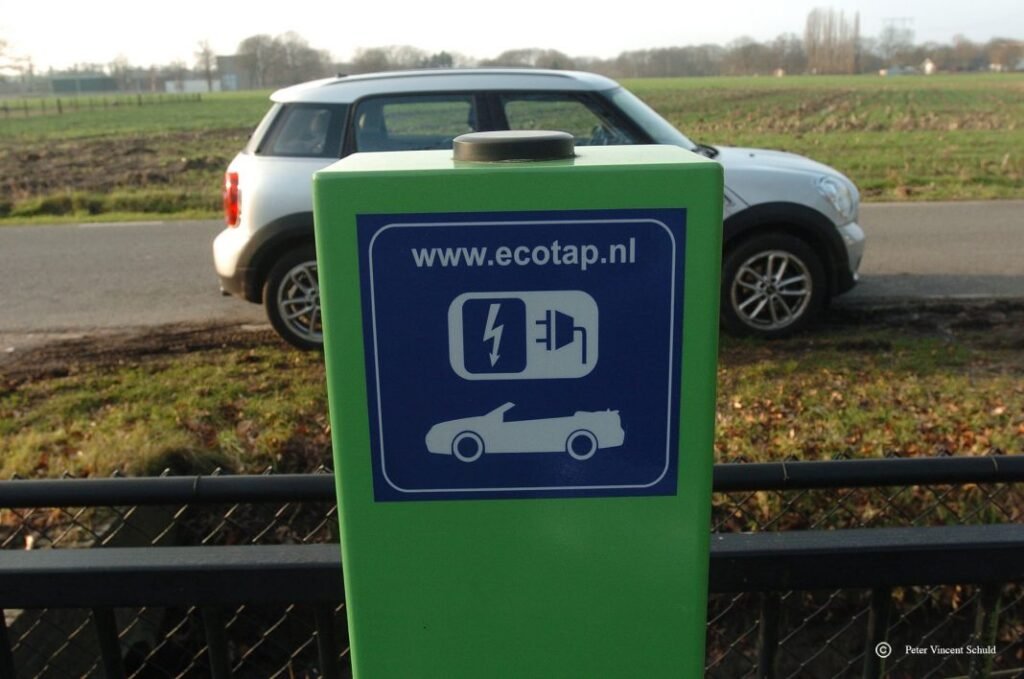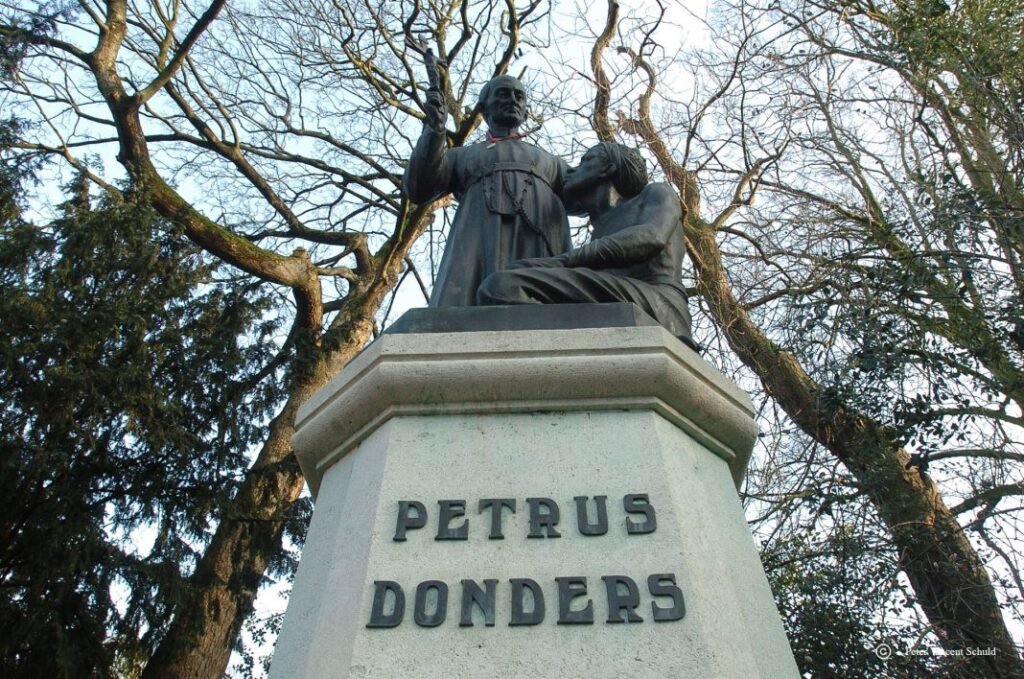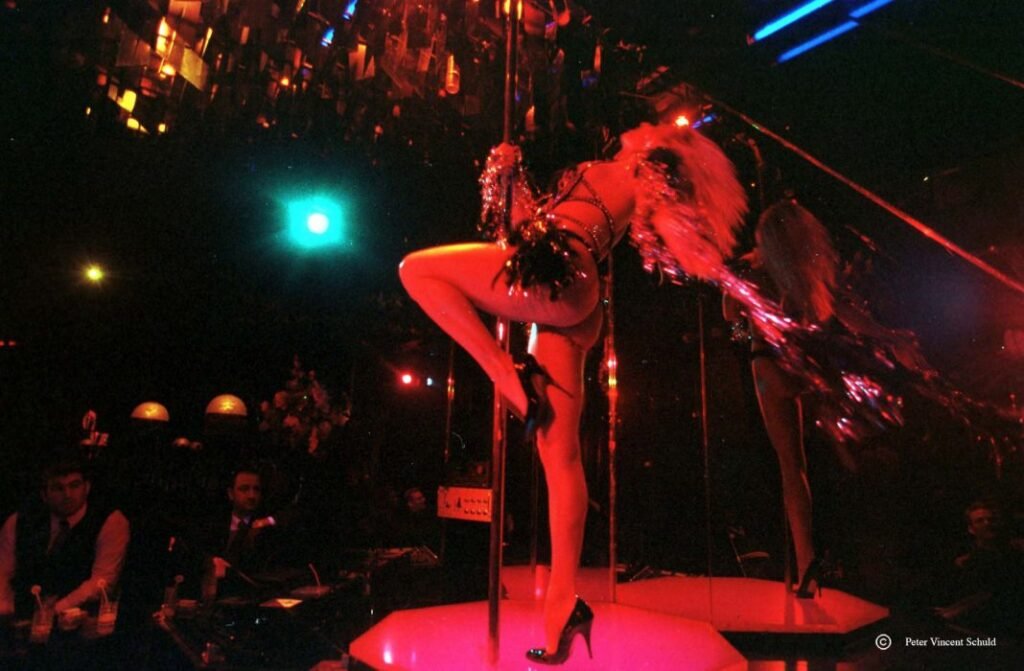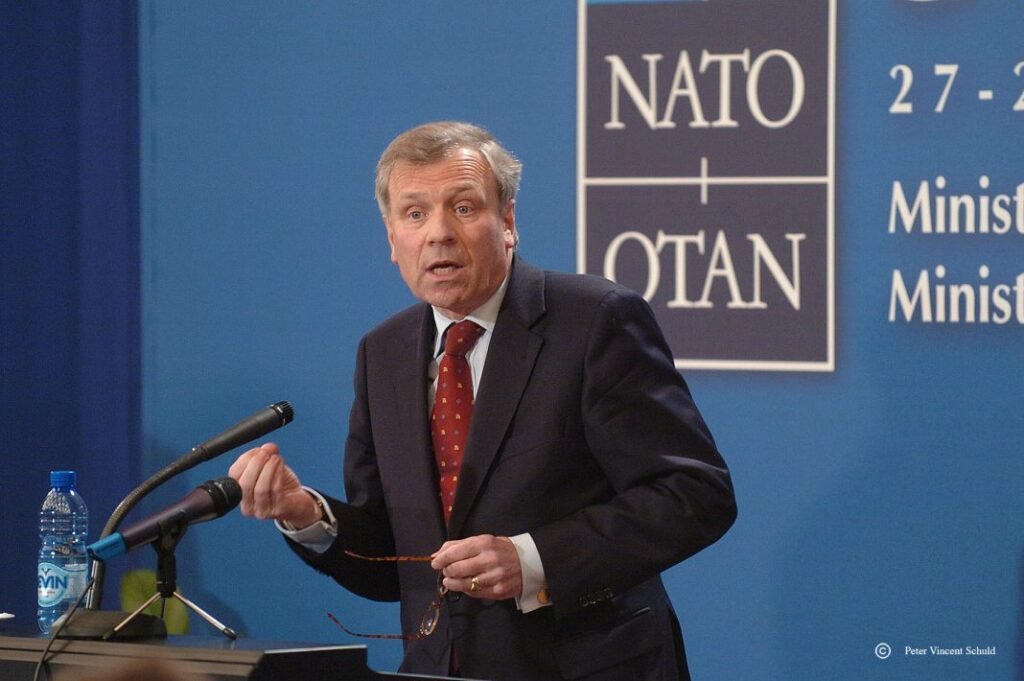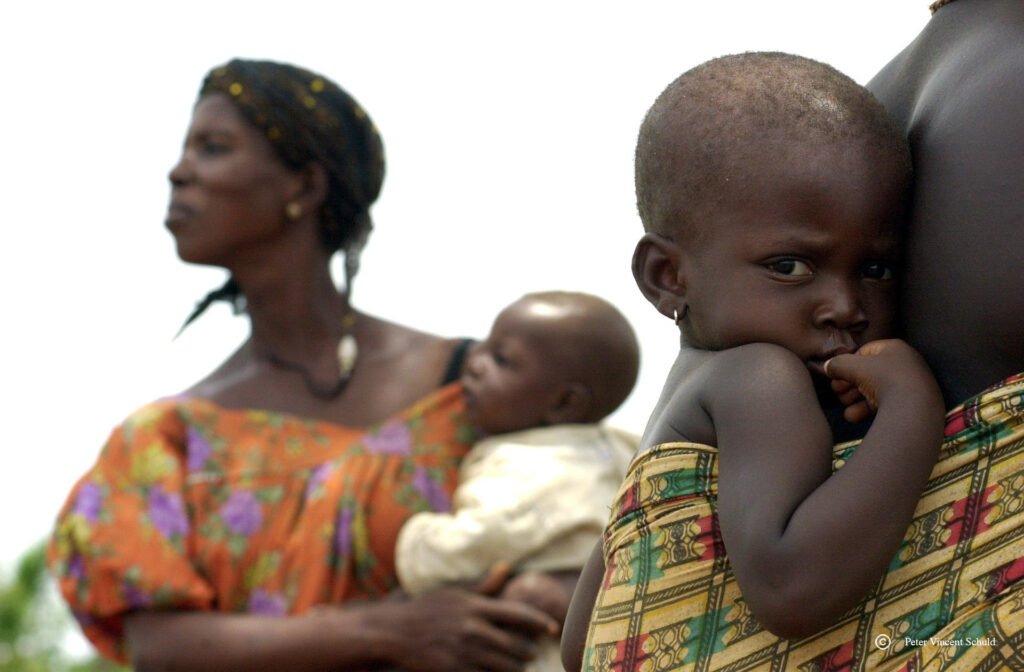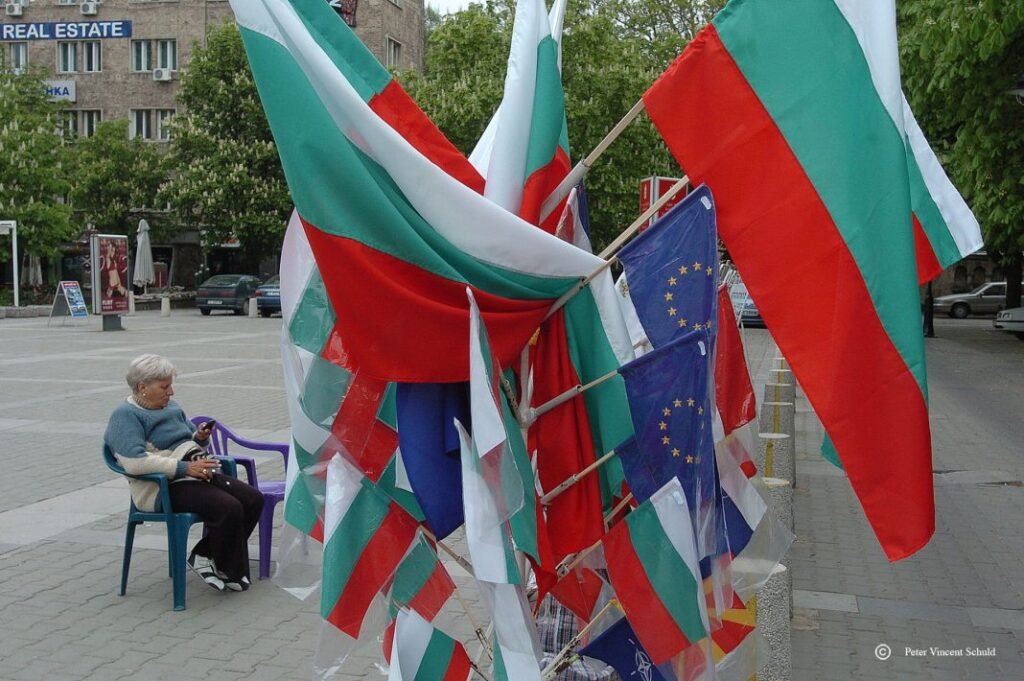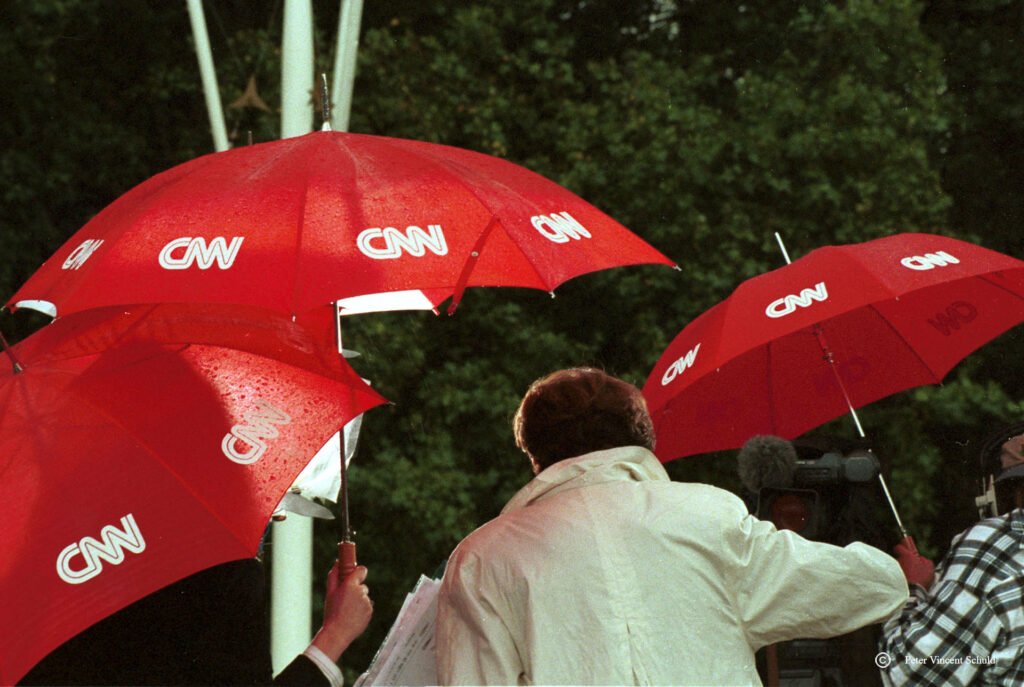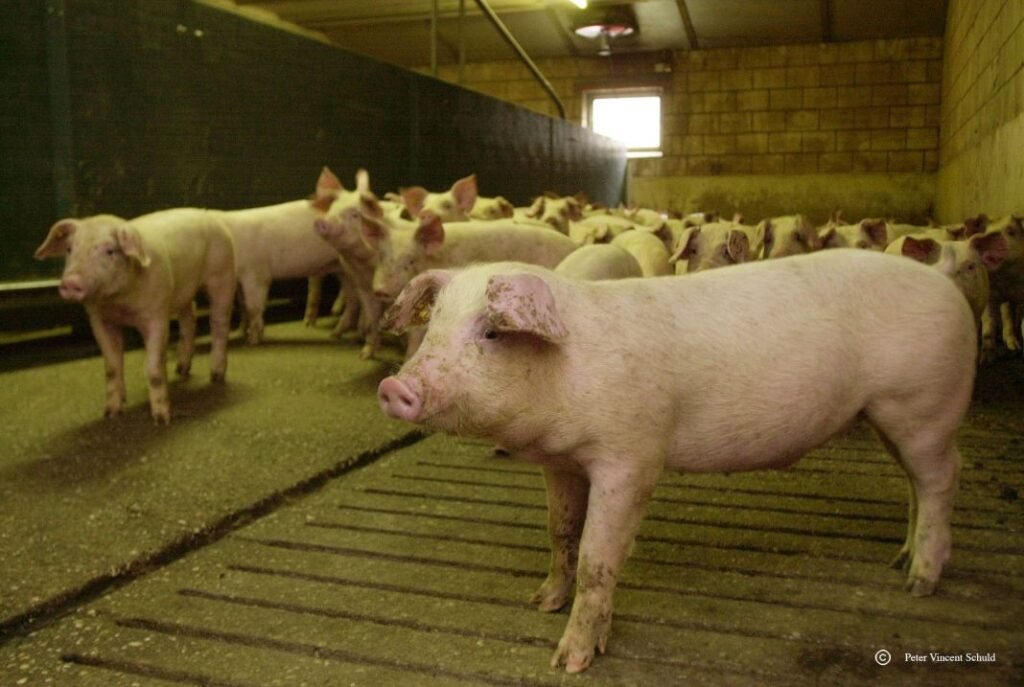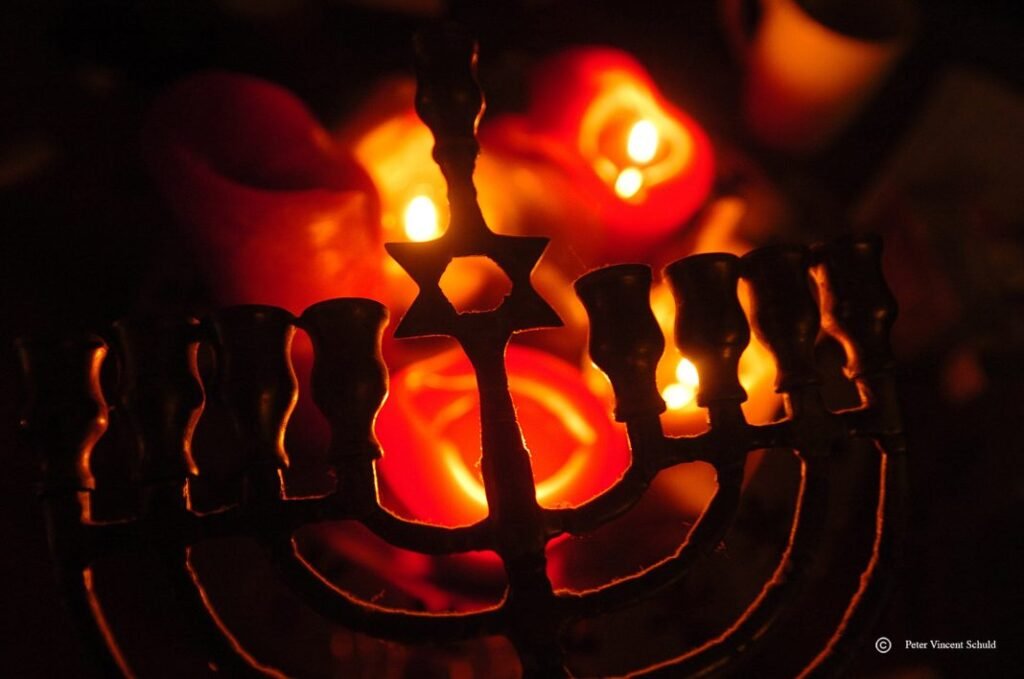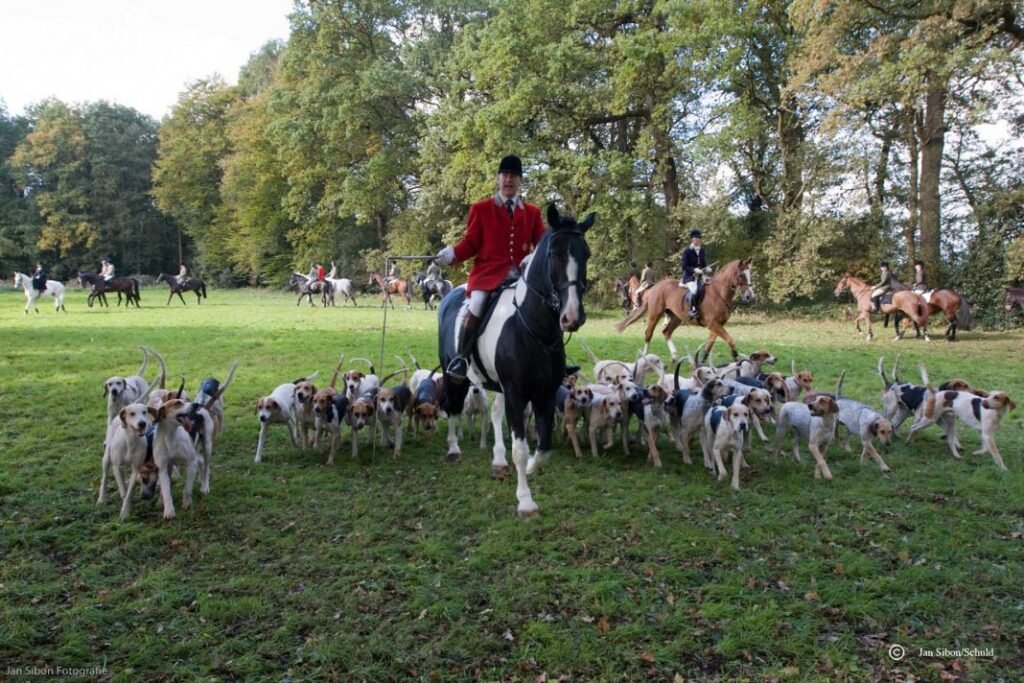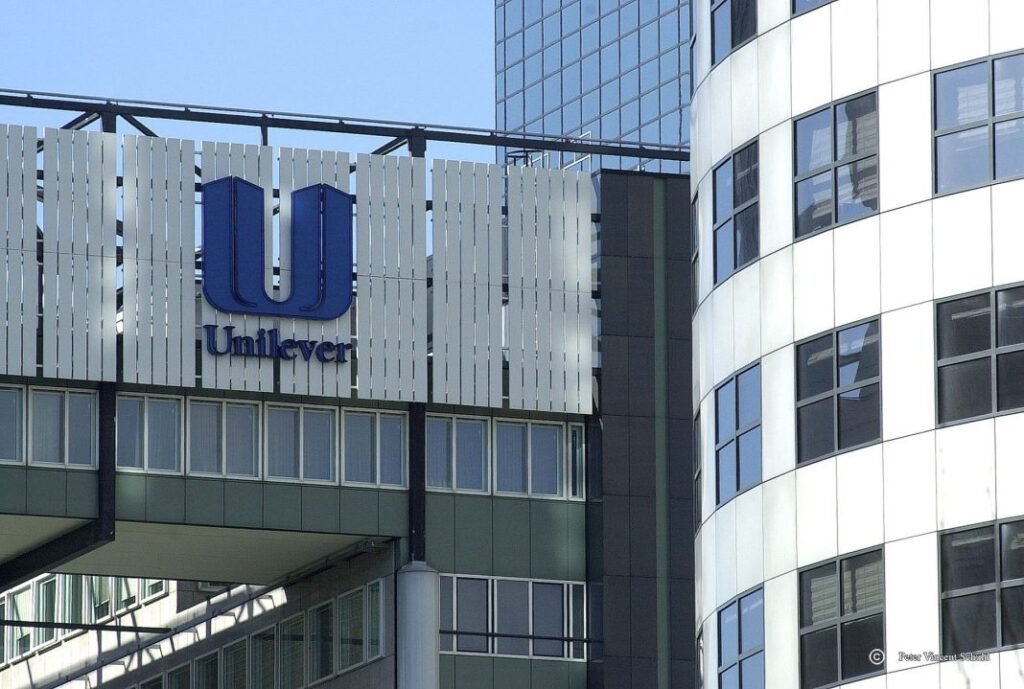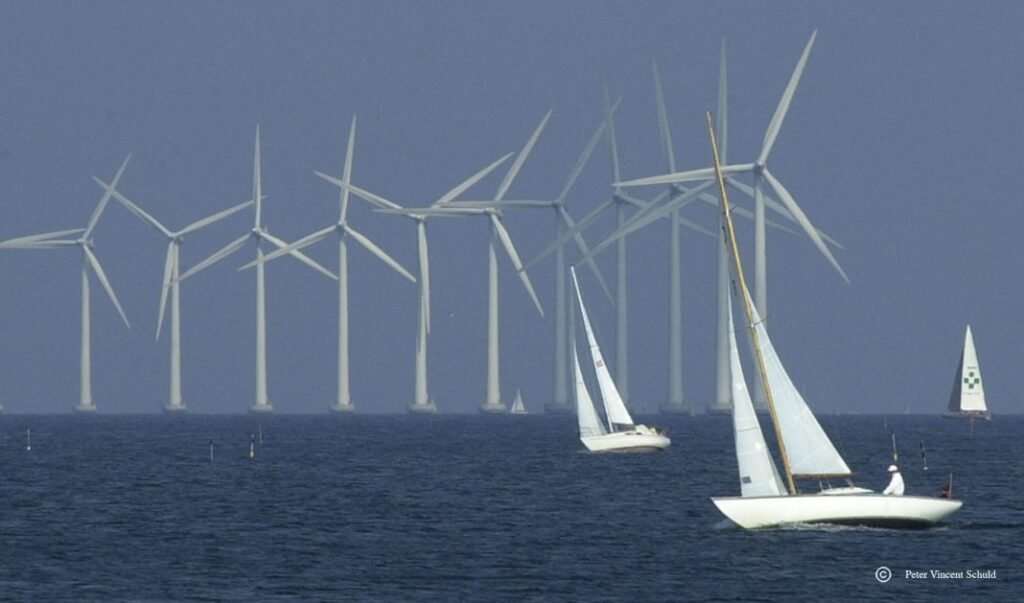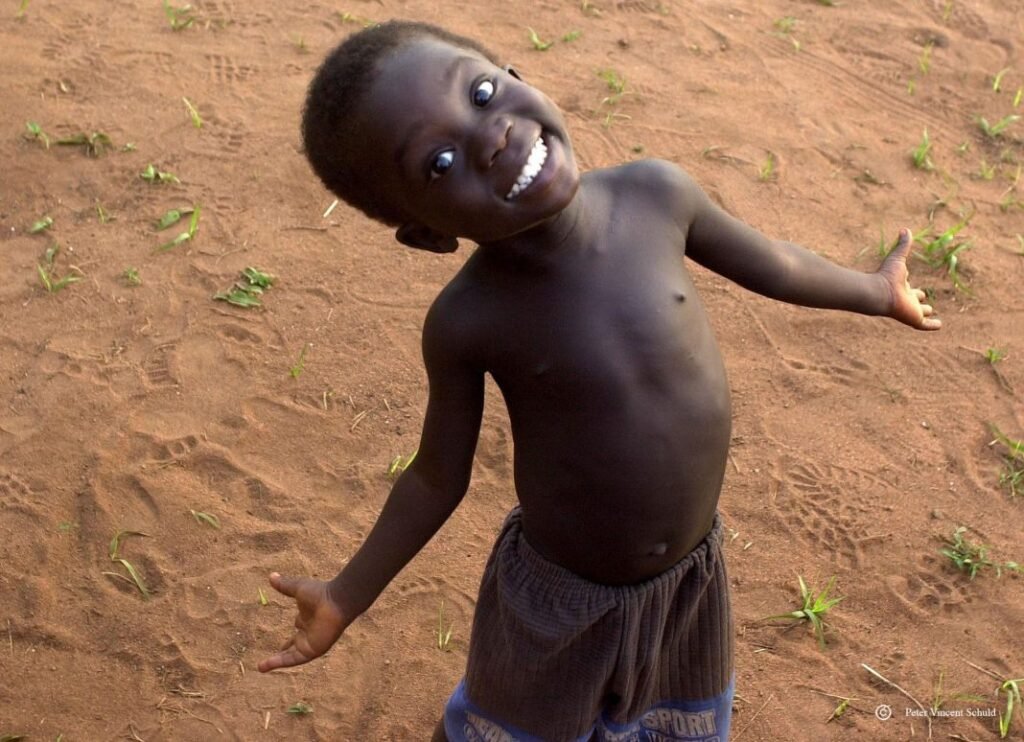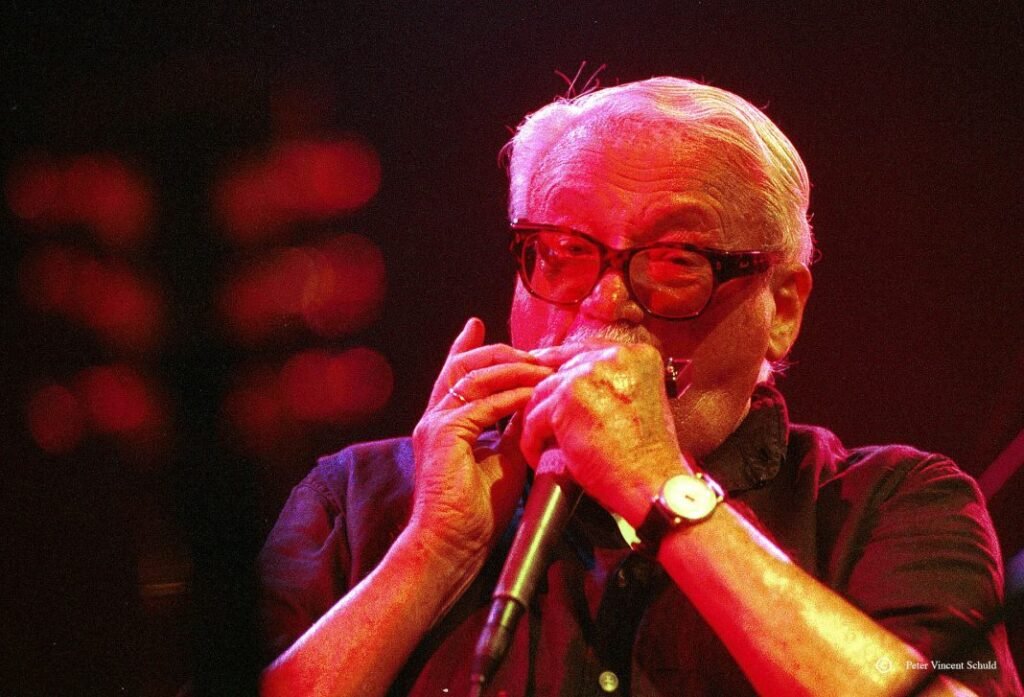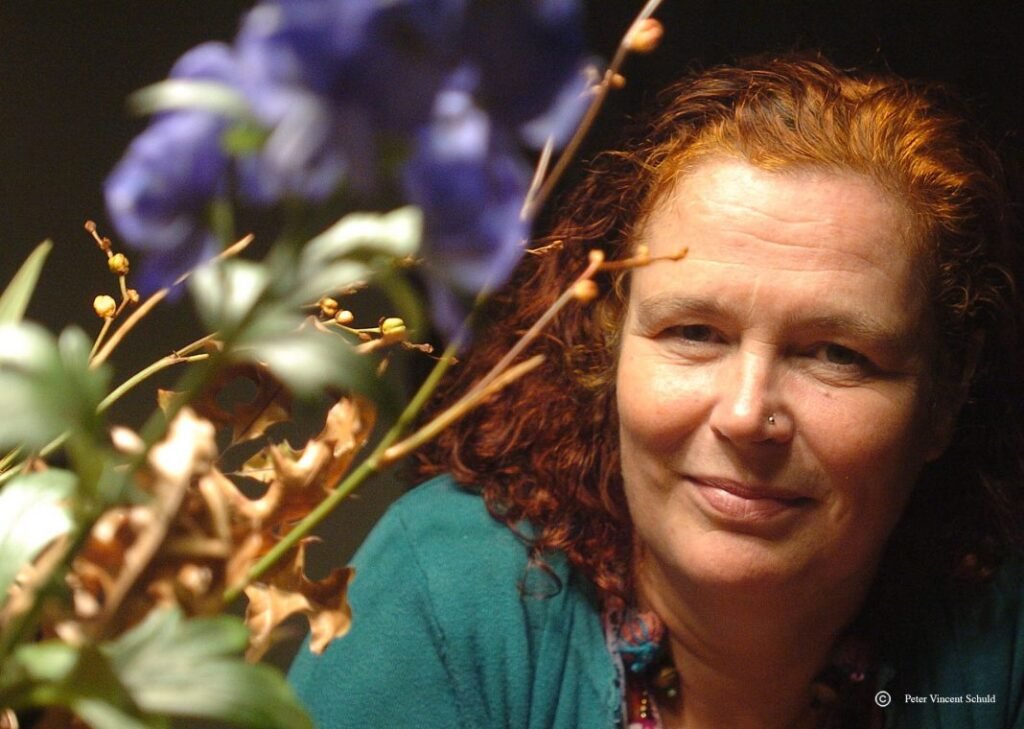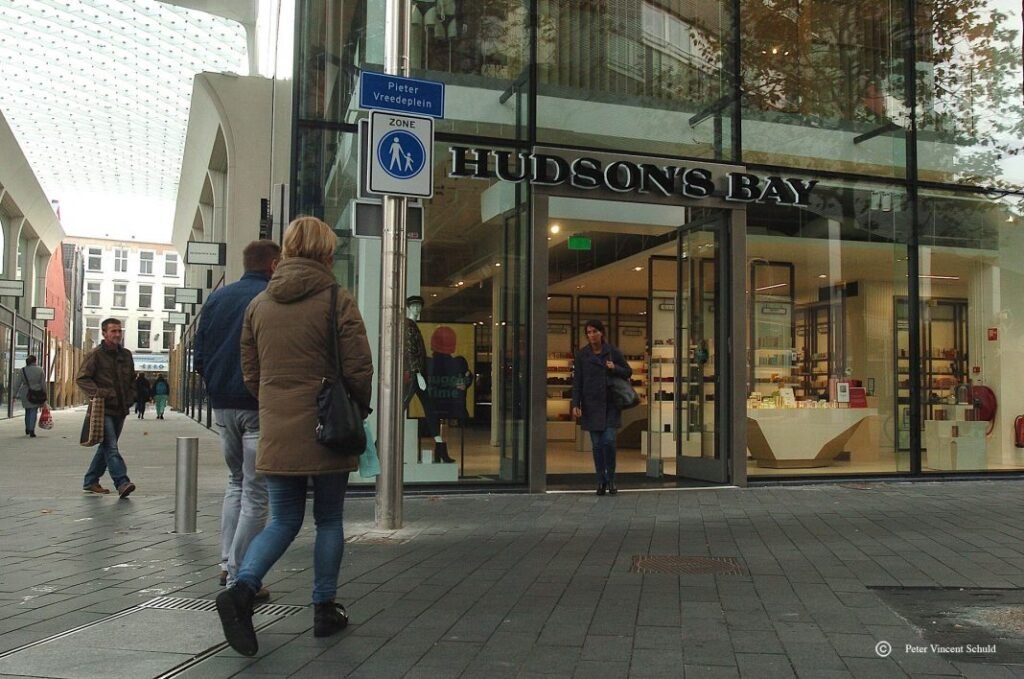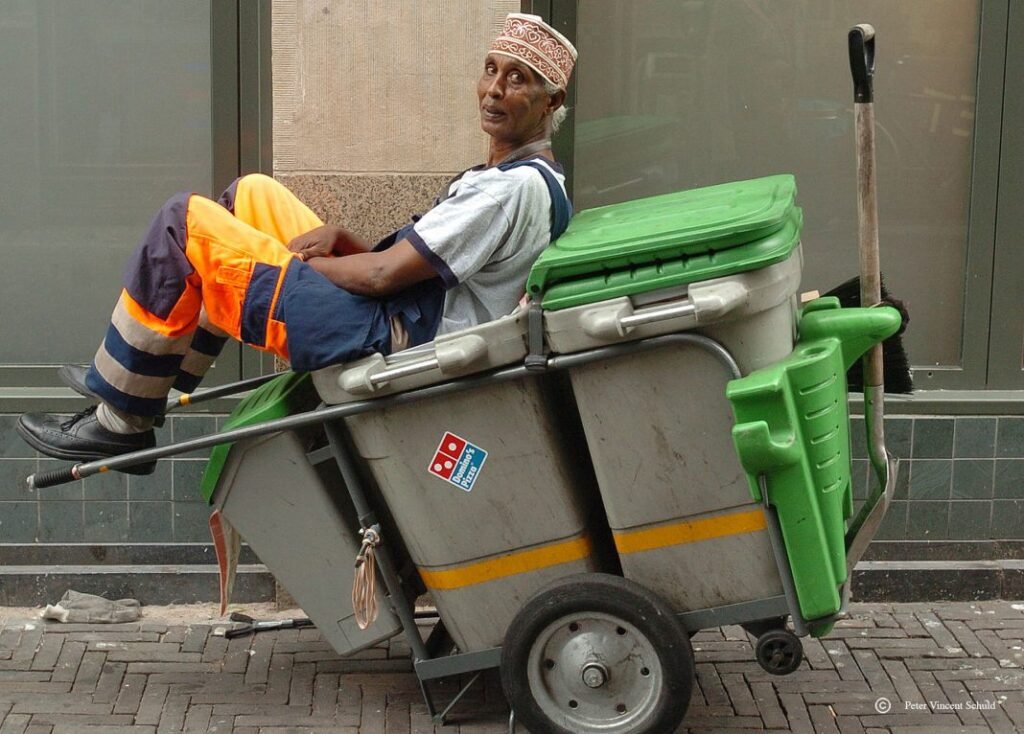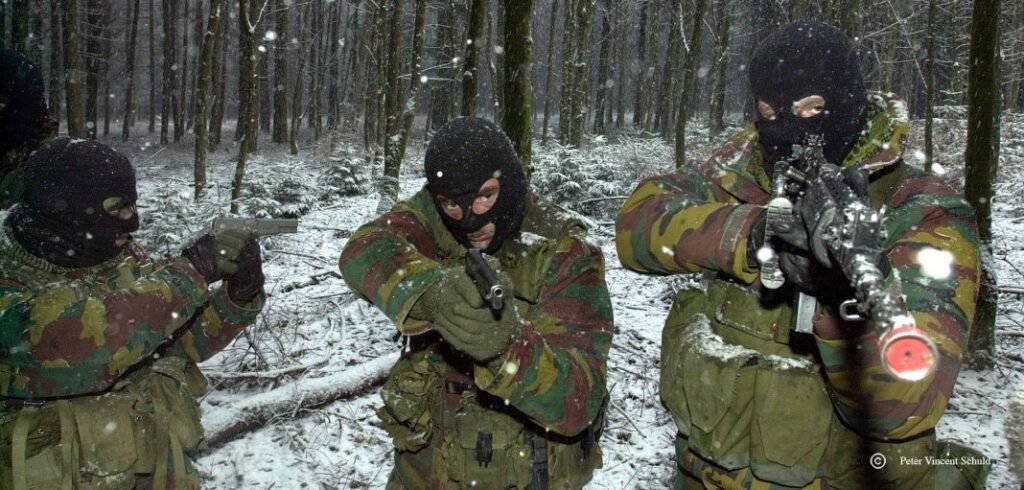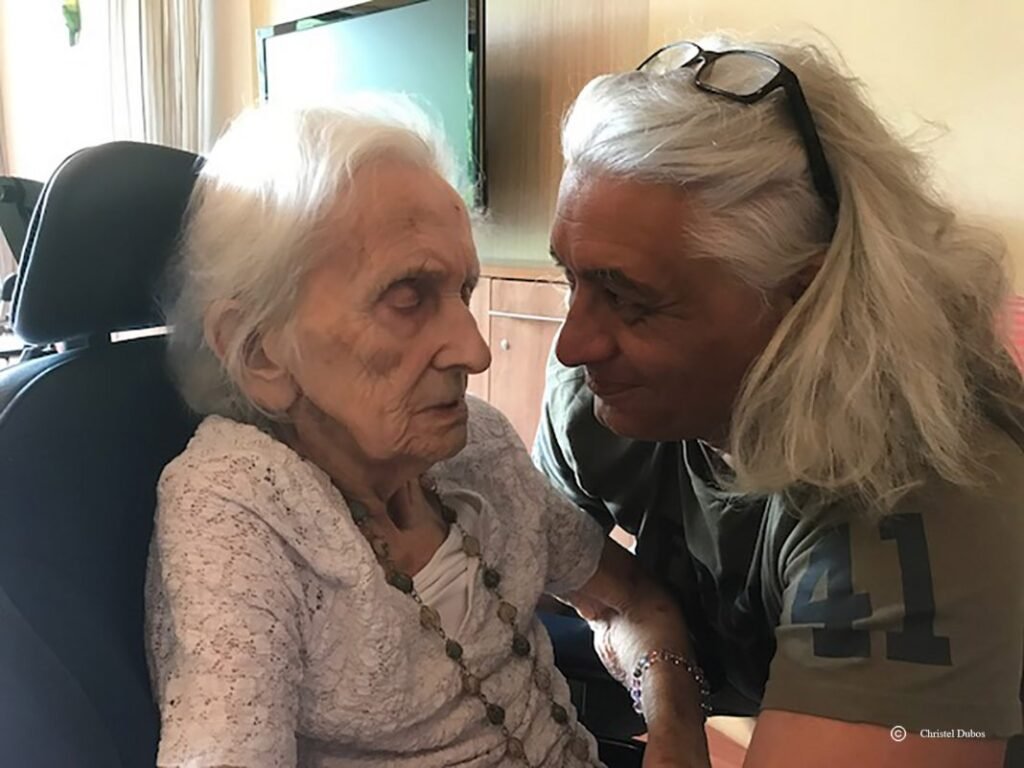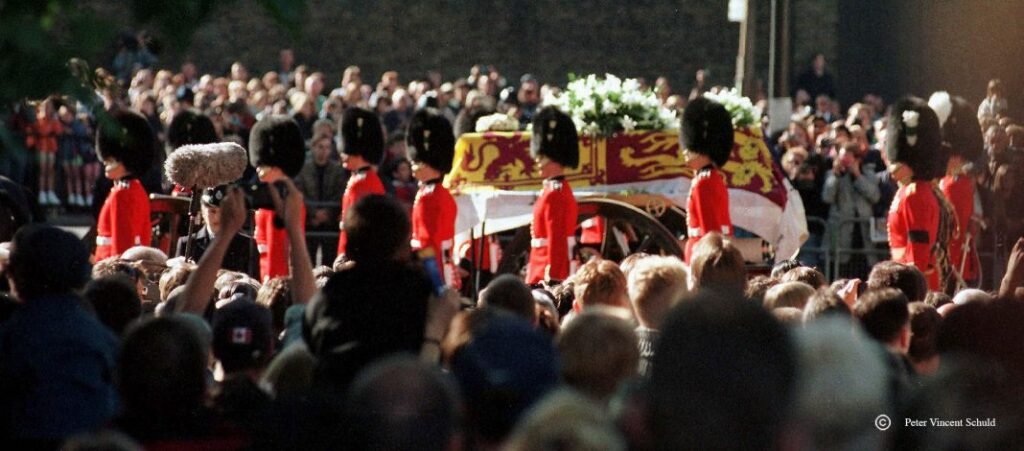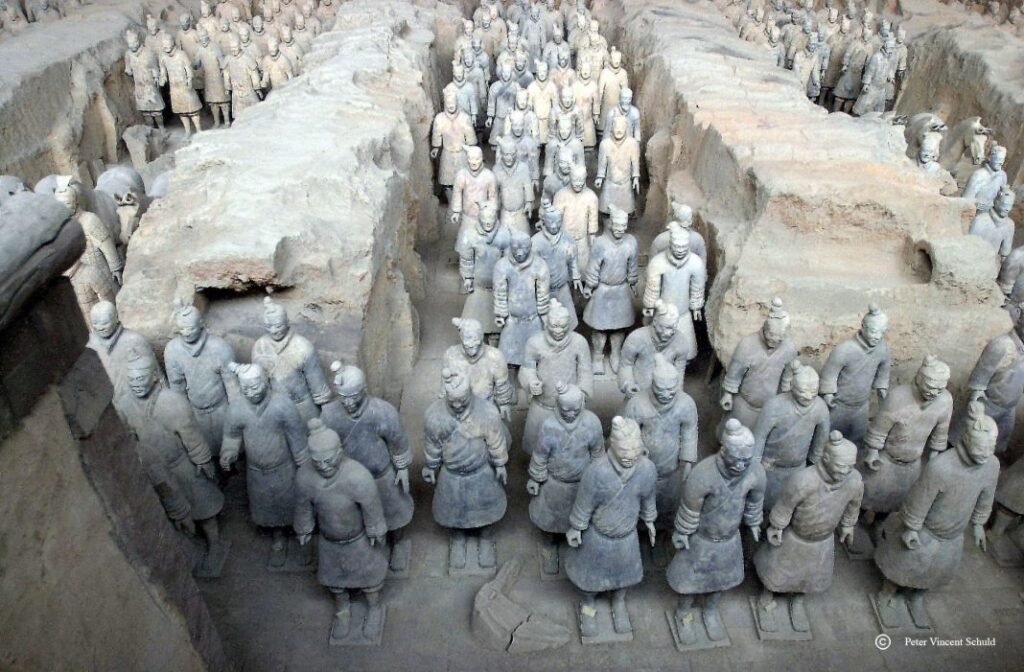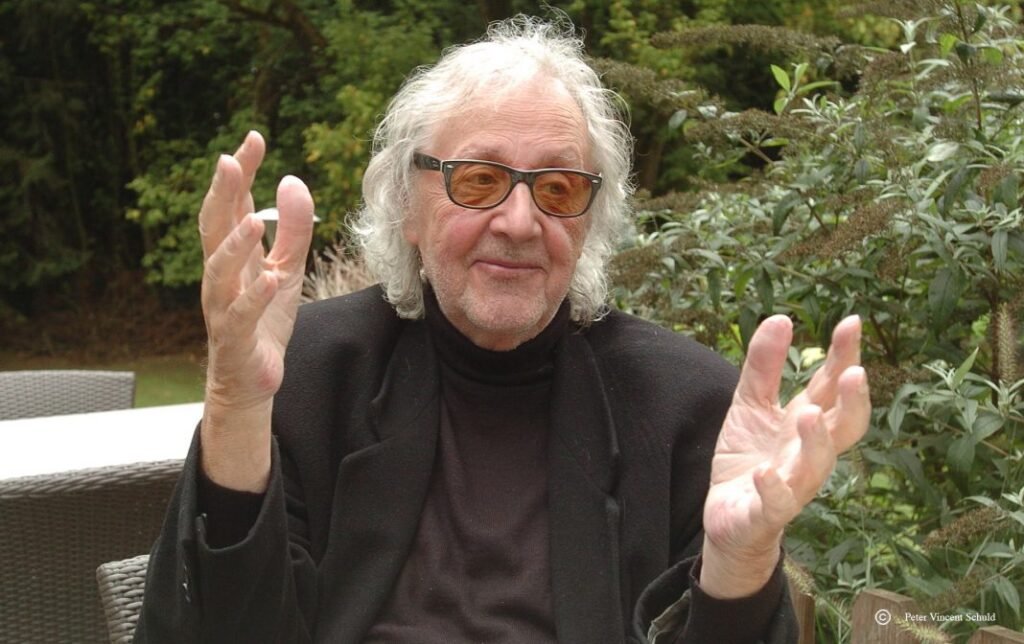Incidentenbestrijders ProRail: Als treinen of mensen ontspoord raken

Peter-Vincent Schuld
On the morning of January 8, 1962, nineteen minutes past nine, two passenger trains collided. The sad result: 93 dead and 52 wounded. The biggest train disaster in Dutch history has taken place and will go down in the books as the “Train Disaster at Harmelen”. An event that has not been erased from our collective memory until today. A tragedy that underpinned a series of safety measures to try to prevent a disaster like this and of this magnitude from ever happening again.
Nevertheless, around eight o’clock in the morning of May 4, 1976, another tragedy occurred near Schiedam in which three trains collided and 24 people were killed. Both catastrophes involved human error.
Lessons were learned from the disaster at Harmelen. An ingenious system was introduced under the name “ATB”, automatic train control whereby speeds were automatically limited and where the driver is obliged to let the system know that he is still there with “his thoughts”.
The disaster at Harmelen was also the reason to set up a crisis and assistance organisation within the train sector. An organization that specialized in the performance and provision of assistance in the event of train accidents. After the division of the carrier(s) and the operator of the railway network, ProRail became the organisation that took over the task of the Dutch Railways.
Trains, locomotives; They are behemoths of steel weighing tons that don’t just come to a standstill immediately. If an accident occurs on the railway, it is usually a high-impact event and often, unfortunately, with casualties. A news item from a few days ago “Dead in train accident Nunspeet”. The photo accompanying the news item shows a ProRail intervention vehicle at a railway crossing.
Time to get to know ProRail’s incident responders. At seven o’clock in the morning, your reporter reports to a building not far from the Central Station in Eindhoven. Only the official vehicles and a few signs betray the presence of the service whose building is made of dark industrial bricks. The service is housed on the ground floor. There is a large truck in the garage to provide assistance in case of emergencies. On the door of the crew quarters in this truck are bottles of disinfectant liquids and boxes of latex gloves that are in use. The presence of these two cases already tells us that ProRail’s men regularly come into contact with people who have been physically involved in train accidents. Fate and choices, contradictions treated in the same way. In all cases, the track must be cleared for possible restoration and resumption of train traffic.
In the back of the garage where the ProRail emergency vehicle is parked, there are signs that are placed everywhere to point out the danger of irresponsibly crossing railway crossings. It soon becomes clear that ProRail’s incident response officers are also involved in accident prevention for a considerable part of their daily practice. In another part of the garage, surveillance cameras are ready to add them to the already existing and wide arsenal of means to prevent irregularities on the track. From wantonness and theft in the form of graffiti and coin layers (coins are placed on welds on the rails near railway crossings to keep the barriers closed -ed) and copper thieves to signalling track runners.

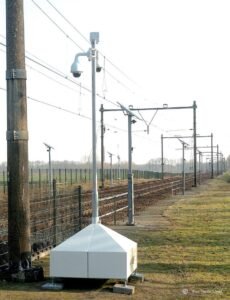
At first glance, the inside of the building looks rather clinical. Appearances can be deceiving. The cordiality of the incident responders to this “invited intruder” immediately indicates that the building derives its “color” from the people who are present there. No nonsense but comradely, the employees of the “early shift” have come together at this unchristianly early hour for your reporter.
Each and every one of them character types can be called away at any time to go out in a team with blue flashing lights and sirens to a trail of doom. Body language and eyes tell you, without you even knowing anything about the people individually, that retinas have had to deal with a lot. The coffee is drunk with the knowledge that tidings of doom can roll in at any moment. A leaking carriage, a train that ran off the rails, a car that ignored the signals at the railroad crossing, a man who could no longer keep his tormented life on track and chose a journey to the eternal end as an act of desperation.
Your reporter speaks with Harrie Hendriks, who has been intervening in serious incidents on the railways for 28 years. Proud father of two children, one of whom followed in his father’s footsteps and chose a career at a similar rescue organization, the fire brigade. Apparently, helping is in the blood.
Harrie Hendriks talks a lot, also about the less pleasant but rewarding tasks that have to be carried out. If a car collides with a train, the victim must still be extricated from the car and, in fatal cases, recovered. From a mental point of view, the profession of incident response officer on the railways is by no means light. Harrie Hendriks immediately makes several clear statements about his empathetic involvement. He mentions a series of tragic incidents on the track that have stayed with him emphatically.
Harrie Hendriks is in the middle of life. In addition to his work, his family and the football club are his passions and then tells of an incident in which a young girl chose not to live anymore despite having walked this earth for such a short time. As Harrie broaches the subject, a questioning look appears in Harrie’s eyes. He continues his story and tells about one of his children who did everything he could to bring a new life to life through the expansion of his family. “What must have driven such a girl to take her own life at such a young age,” Harrie Hendriks wonders.


Out of piety towards those involved, family and other relatives, your reporter chooses not to go into the individual cases specifically. But it should be clear that although Harrie Hendriks approaches the events professionally, he has always remained human. Yes, death is regularly and persistently on the trail of the incident responders. “We pay a lot of attention to each other,” Harrie Hendriks continues. “I used to be more silent than I am now, I’ve learned to talk”. “Nothing is strange, you have to be able to talk about everything” says Harrie Hendriks in a caring fatherly tone. “The team leader comes to ask us how we are doing, but I, in turn, ask how you are doing”.
Once again, eyes speak more stories than can ever be put into words. Harrie talks about that one major train accident in Amsterdam in which two trains collided again, injuring 117. ProRail’s emergency response teams have come to the scene from all over the Netherlands to search for injured people and possible fatalities. Although of course every fatality is one too many, the number of fatalities was limited to 1 fatality. Harrie says that they feared that there were still victims in a twisted part of the train and that they had dismantled this twisted steel with all their might to find out if there were any victims in the train in question. With a renewed relief, Harrie says that, contrary to expectations, no more victims were found.
Trains run through the Netherlands, but also cross the borders with our southern and eastern neighbors. Your reporter asks Harrie whether there are also exercises with the Belgian colleagues of Infrabel and the German colleagues of DB Notfalltechnik (Deutsche Bahn -ed). It cannot be ruled out that incidents may occur on sections of track that are just on the border and there has already been a border incident near the Belgian town of Essen, which is located on the Roosendaal-Antwerp route. Once again, the passion for Harrie’s work is evident.
Harrie says that the general managers of ProRail’s incident response officers maintain collegial and functional contact with each other. Practising together in the event of incidents has not yet happened, says Harrie. It turns out that each emergency response corps of rail network operators in the surrounding countries has their own way of working and their own equipment. The Germans have complete bright red emergency trains with large cranes that turn out in the event of incidents that require large-scale deployment of equipment. ProRail has chosen to hire heavy cranes externally in the event of major incidents. In Switzerland, there are even trains that serve as firefighting vehicles in the event of fires. This is not surprising, because some routes are simply difficult to reach in the mountainous Alpine country.
We return to the Dutch situation, but with an eye on the neighbors. Whereas in Belgium and Germany it is quite normal for the fire brigade to
help clean the tracks and trains, among other things, this is no longer the most normal thing in the world in the Netherlands. Whereas in Germany
the fire brigade and the Technisches Hilfswerk and in Belgium the fire brigade and the Civil Protection provide assistance in the various phases of incidents
, this is different in the Netherlands. There are fire brigades in the Netherlands that no longer turn out to lend a hand with, for example, cleaning the tracks and train carriages. Wilchem, a leading incident response company, part of Volker Wessels, is called upon, which in practice has taken over a number of secondary tasks from the government fire brigade and has to be hired by chain partners. ProRail has therefore decided that tanks with water and high-pressure hoses will be installed in the large emergency vehicles so that they can carry out the work themselves.

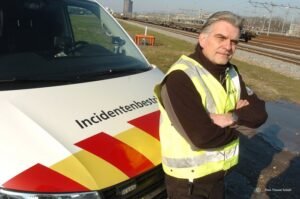
But as in everything “prevention is better than cure”. Your reporter goes on the road with incident fighter Erny Hermans. A jovial guy with an almost limitless sense of humor and a keen eye that an eagle can be jealous of. Where others see their lives limited by the routine of everyday life, Erny is a man who lives and celebrates life, and perhaps that is precisely why he can do this job with heart and soul. We are going to inspect the railway between Eindhoven and Venlo together. ProRail has put a lot of effort into prevention and countless kilometres of track are fenced off and equipped with cameras in crucial places such as level crossings…. and signs that change the minds of people who intend to put their lives on the track to an end.
In 2015, ProRail decided to integrate its service with special investigating officers (BOAs) who can issue fines in the event of dangerous or criminal behaviour on and around the railways in the incident response. Before we set off, Erny handcuffs his couple in case someone is unruly. Even before the start of the patrol, it turns out that for Erny Hermans the handcuffs are not an instrument of power but a functional tool in the management of violence. He takes his couple with “handcuffs” with him, but does not wear the couple all the time. Erny is not the man to exude authority, only on the basis of the powers given to him.
During the conversations we have in the incident van, a Volkswagen Transporter equipped with blue flashing lights and siren, it becomes more and more clear that life experience and knowledge of people are his main tools in preventing unpleasant and sad situations.


Erny shows your reporter a location, which we will not detail here, where several people chose to take their own lives. Your reporter tries to sense the atmosphere of this seemingly serene place and to empathize with the people who are the first to experience such a sad event. The person concerned who makes the choice not to continue, the driver of the train who can in no way prevent the final fate, the conductor who has to do the first inspection and then the emergency services of the police, ProRail and the funeral home who come to the scene to solve the situation in the most dignified way possible and then help the train traffic to get going again.
Despite the synergy between Erny’s keen eye and his relaxedness, it immediately becomes clear that decisive action in the event of an incident is just as much part of the content of the professional dictionary. “When a notification is received, the switch is immediately made,” says Erny Hermans, relaxed but resolute. The vehicles receive the notification from the central control room in Utrecht, the route to and the location of an incident directly into the vehicle. Via roads running parallel to the track and almost impassable that the terrain looks like, are frequently used for motocross, Erny checks whether there are no holes in the fences and whether the emergency doors of the screens along the track are closed. His eyes are constantly on the lookout for irregularities or situations that jeopardise safety on the railways. Full of compassion, Erny tells about a case in which he literally managed to prevent a girl from jumping in front of the train and then adds that unfortunately they also have to deal with a lot of aggression from people who intend to put their desperate act into practice. He tells how he was hidden in the bushes to catch and apprehend copper thieves along the railway. How, by means of movable cameras, he had suspects of copper theft in the “snot” earlier than the thieves themselves could have imagined. Erny proudly tells us with an undeniable grin on his face that he was hidden just a few meters from the thief in question.
If your reporter hadn’t become a journalist, such a job would have been right up his alley. Helping where possible, showing dignity where it is appreciated, acting decisively when necessary. Erny Hermans opens the rear of his official vehicle and shows a fold-out platform that can be used to help passengers off the train if the situation requires it. Again the emphasis on the helping hand.
Where that helping hand is sometimes enough to tackle a situation, you can’t just get a locomotive that ended up next to the rails back on the rails with your bare hands. Erny Hermans explains how jacks and sliding plates can be used to help a train back onto the rails.
Although it seems fairly simple from a technical point of view, it is still quite a job to get the enormous weight of a train back on track.
It can all happen on a working day of the incident responders.
We switch back to the morning before we left on surveillance. At that time, the special activities were also discussed.
Many freight trains cross through our country loaded with all kinds of items, including hazardous substances. According to spokesperson Rene Vegter, in 99.9% of the cases ProRail knows exactly which items and any hazardous substances are transported by rail when the trains are in motion and where they are located. Only during the shunting of the freight trains and wagons can it happen that it is not entirely known and the figure of 70% awareness is achieved. René Vegter says that he regrets that these different figures are sometimes confused in the media and that the incorrect representation of the figures can sometimes create an incorrect image among citizens.

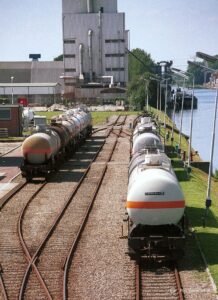
Vegter adds that only 2% of the transport of dangerous goods takes place by train. The remainder is transported by road and water. As mentioned earlier, the impact of an incident on the track can be quite significant given the tonnage of locomotives and trainsets. This becomes clear once again when we enter the marshalling yard and goods yard in Venlo.

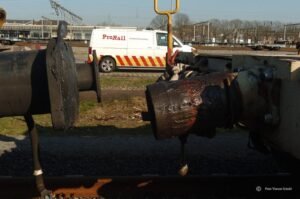
There are two locomotives on the site that have been repaired after a collision with each other. The wagons that hung behind the trains involved in the accident are still there and all bear the label that they may not be used for transport. The couplings that connect the freight wagons to each other, which are made of heavy steel, are bent and a few have broken off like a matchstick and are “loose” on the wagon. It makes it clear at once what kind of forces are released in the event of a collision with a train. Not to mention the electricity on the grid. Venlo is the border station where the Dutch voltage (1500 volts) for a train is converted into the German voltage (15,000 volts). ProRail’s incident response officers are also responsible for making the railway environment safe for other emergency services in the event of an accident. There is so much more to fighting accidents on the railways. The people in incident response must be able to trust each other blindly and therefore form a kind of second family at work. But the connection with each other is also noticeable on a broader scale. When Erny Hermans and your reporter are on their way, the hand is often raised to drivers on the train whizzing by. At Venlo Central Station, we are going to “grab a cup of coffee” in the staff room where drivers and conductors gather to enjoy their break. In unadulterated Limburgish (Erny Hermans lives in Tegelen) the jokes and innocent teasing fly back and forth and testify to a familial camaraderie of people who work “at the railway”.


On the way back to the service building in Eindhoven, Erny Hermans decides to take a look at the spot on the Tongelreseweg where in 2015 a beer bike unfortunately collided with a passing train, leaving a 24-year-old amateur football player in a hurry. A memorial commemorates the tragic accident.


Near the railway crossing, regular inspections are carried out by the BOAs of incident response. Ignoring closing barriers, red flashing lights and ringing signals are unfortunately still the order of the day. “Quickly catch the railway” not realizing that a collision with the train can be fatal in most cases. ProRail’s incident response officers have to deal with these kinds of scenes all the time.
An official report for crossing a level crossing at closing railway barriers and red flashing lights costs 230.00 EURO. When asked by Erny Hermans whether he never has to deal with aggression and abuse from people he stops and gives an official report, Erny replies that he deals with it appropriately and that if it goes too far he can put the offender on the ticket for insulting a public servant in office. Yet Erny is anything but the type of “moustache” who is out to throw people on the ticket. It becomes clear a few minutes later when we take a seat in the official vehicle again and a mentally disabled young man comes to greet Erny. Recently, Erny had stopped the boy because he ignored the red flashing light at a railroad crossing. “I didn’t give him a fine,” says Ernie. “His parents are paying for the fine and he himself doesn’t understand it.” As “old friends”, the boy says goodbye to Erny again and continues on his way. With any luck, this boy won’t even think of putting himself in danger. This boy shows that he has learned something from Erny’s lesson.
Erny Hermans, on the other hand, enjoys the moment when he has noticed that someone has been kept out of the deadly danger zone.
With the same good mood with which Erny Hermans started his shift, he closes this working day. Fortunately, a day without incident in the South region; So without arrests, without injuries and without deaths. Tomorrow can be very different.
If, after reading this article, you are in need of spiritual help or if you are walking around with thoughts of suicide, call 0900-0113 for the Netherlands or visit the website For our Flemish readers who are in mental distress call 1813 or visit
Do not hesitate to call, there is always a listening ear and a helping hand.


 Nederlands
Nederlands 

